Spruce Bluff Preserve
Fort Island Trail Park
Bok Tower Gardens
Chito Branch Reserve
Maritime Hammock Preserve
Lake Wales Ridge State Forest
Wellington Rotary Peace Park
McKee Botanical Gardens
Lake Istokpoga Park
Golden Aster Scrub Nature Preserve
Fort Christmas Historical Park
Torreya State Park
Wakulla Springs State Park
Mead Botanical Garden
Mead Botanical Garden is well-known as a wedding and private event venue in Central Florida. The trails and boardwalks through several of Florida’s ecosystems are not to be overlooked. Saunter through a longleaf pine forest, through a riparian area, and over the wetlands along the creek.
Land for the botanical garden was originally purchased by friends as a memorial to Theodore Mead, a world-renowned horticulturist. Mead Botanical Garden was dedicated and opened to the public on January 14, 1940. Over the next several years, more land was donated, an outdoor amphitheater was built, and students and scouts used the trails to learn about Florida’s unique ecosystems. By 1988, the Garden had fallen into disrepair. Winter Park residents sprung into action to save their beloved Garden. Today Mead Botanical Garden is maintained by the City of Winter Park’s Parks and Recreation Department with help from volunteer organizations and citizen volunteers.
Discover the many native species that thrive there and the wildlife who make their homes at Mead Garden. Look for turtles, raptors, butterflies, hummingbirds, and wading birds. Marvel at the many wildflowers including marsh fleabane, beautyberries, and Mexican primrose. Invasive species and other plants that do not support wildlife are being replaced with native species.
Bring your picnic lunch and enjoy a day at Mead Botanical Garden.
Click here for more information about Mead Garden, events, and activities: https://www.meadgarden.org/
Photo Credit: Dan Kon
Blue Hole in Big Pine Key
The Blue Hole in the National Key Deer Refuge
Located on Big Pine Key, the Blue Hole offers a short trail and observation deck where you can immerse yourself in nature.
The Blue Hole is a large sinkhole. The sinkhole became a quarry and the limestone was used to construct roads in The Keys as well as Henry Flagler’s Oversea Railroad. After being included in the National Key Deer Refuge, the Blue Hole was replanted with native vegetation and returned to nature.
The water in the blue hole is a freshwater lens. This means that freshwater from rainwater floats on top of the saltwater that lies underneath. The Blue Hole provides a unique ecosystem for the wild plants and wildlife that thrive there.
The Blue Hole is included in the Florida Keys Birding and Wildlife Trail. Look for Key Deer, fish, alligators, turtles, iguanas, and a variety of birds (including wading birds), and snakes.
Sea level rise is an immediate threat to the Blue Hole. Lying only 3 to 6 feet above sea level, freshwater in wetlands in the Keys will become brackish or saltwater habitats if the sea level continues to rise. Mud turtles, marsh rabbits, and endangered Key Deer will be impacted by the loss of freshwater. When we make choices that protect our planet from climate change, we ultimately are protecting Florida and all of its inhabitants.
Photo credit: Dan Kon, Christian Kon
Hidden Waters Preserve
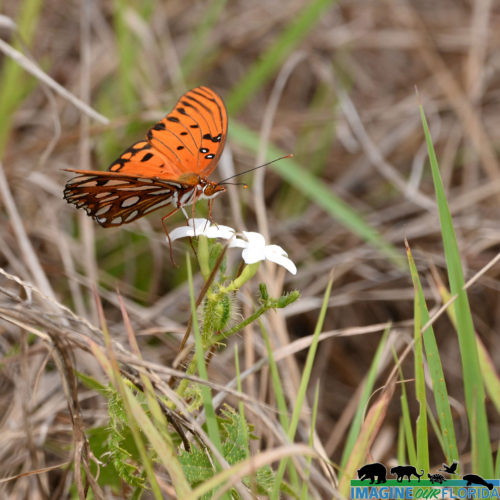
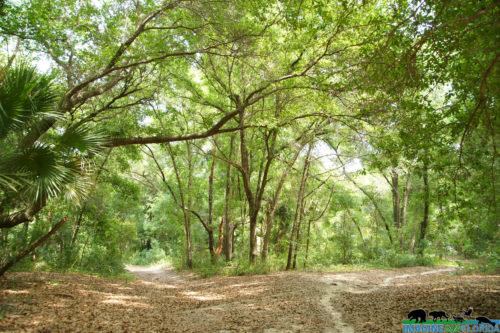
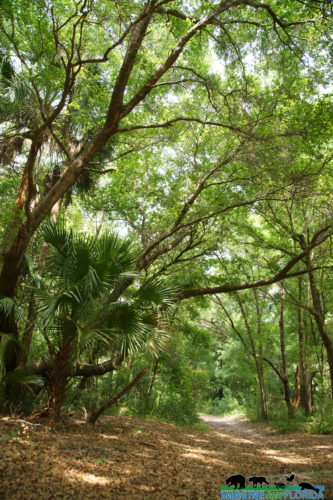
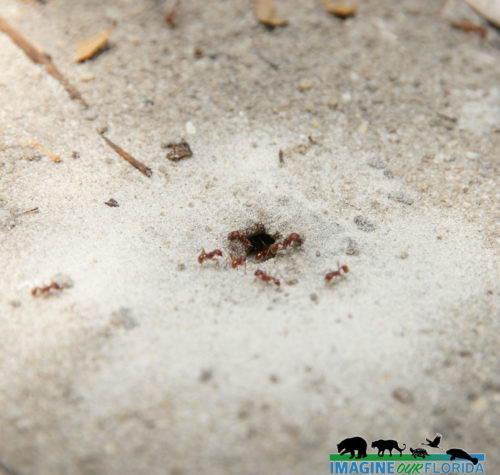
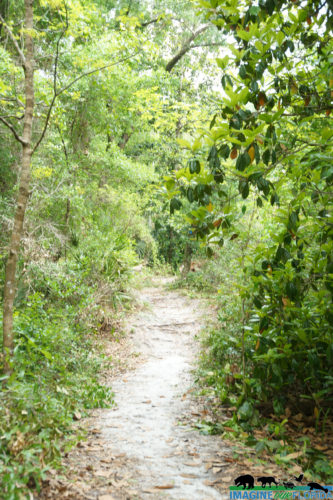
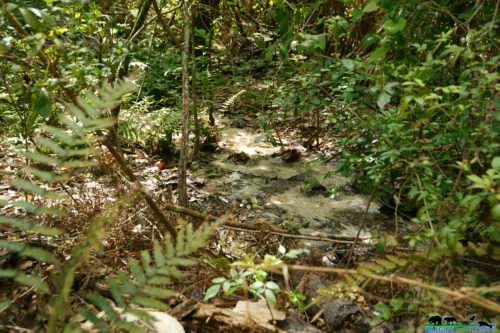
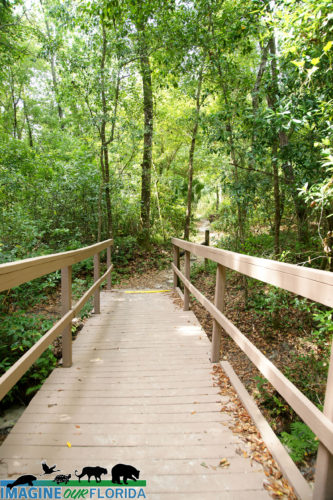
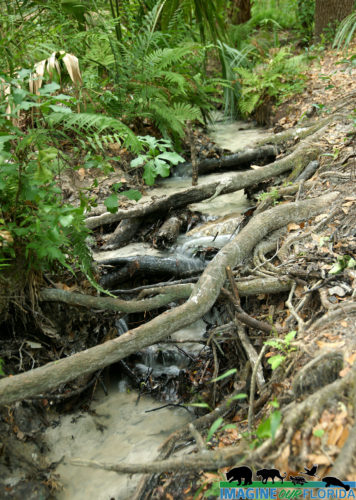
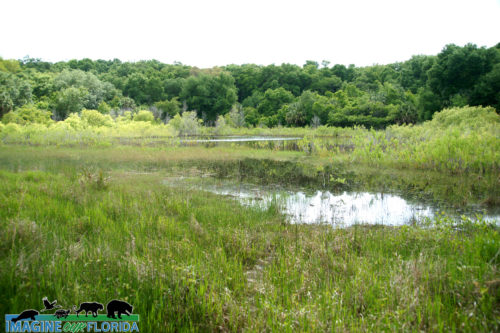
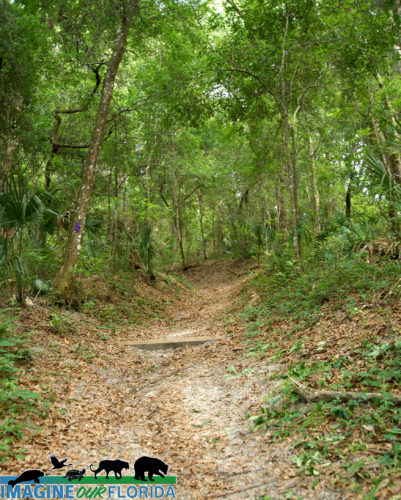
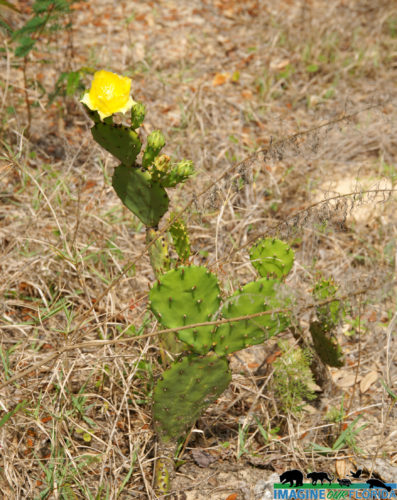
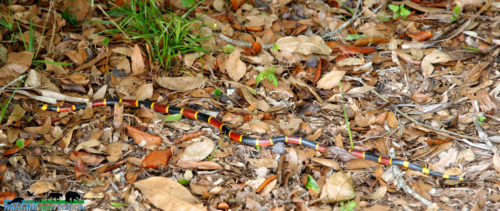
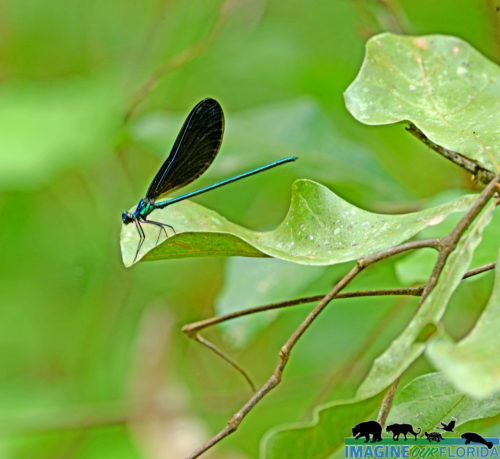
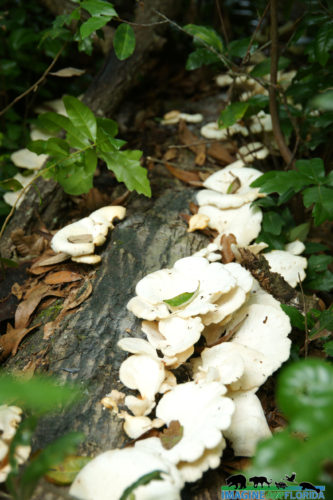
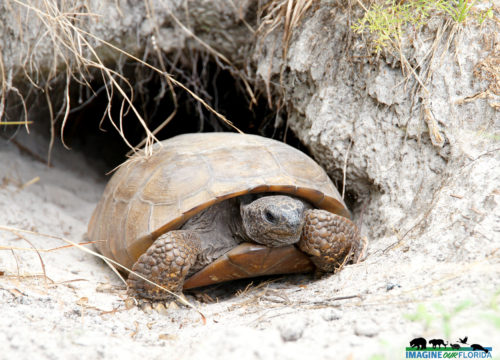
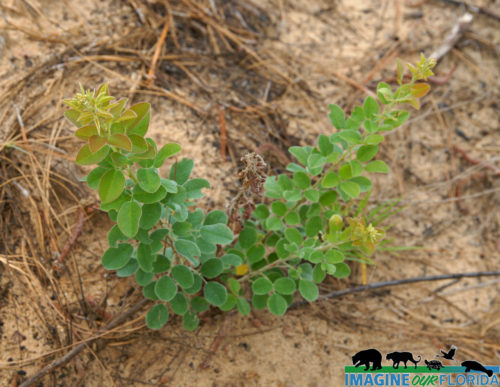
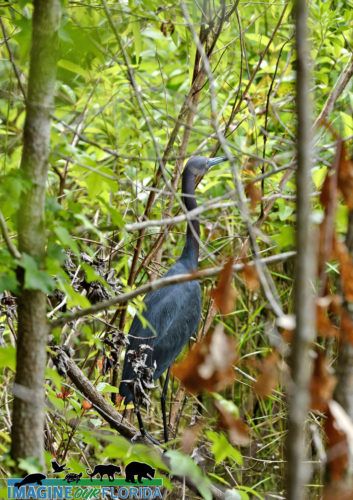
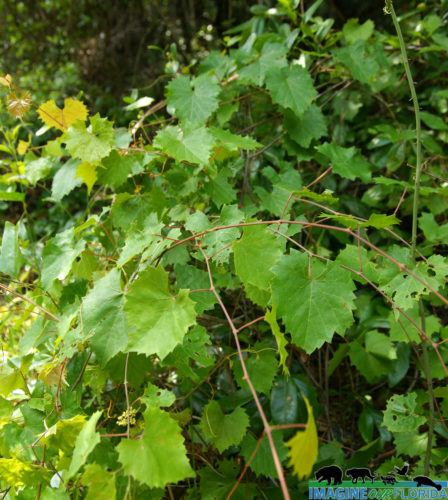
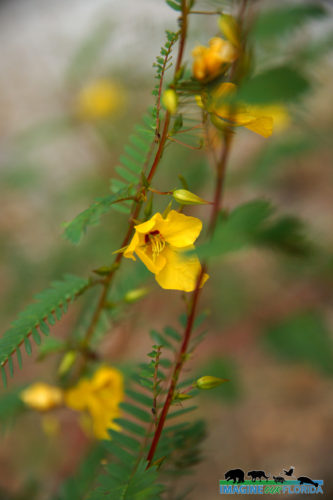
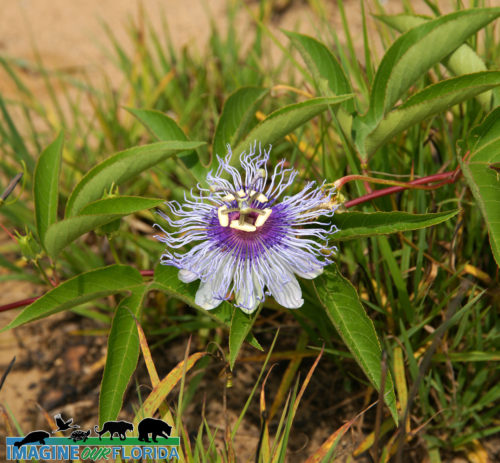
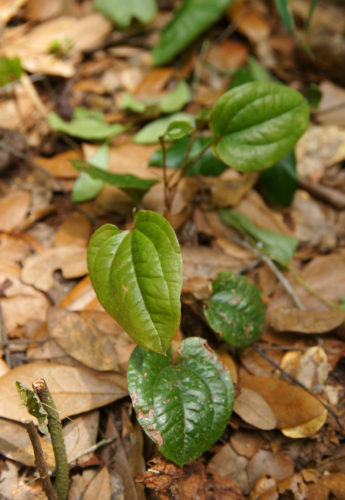
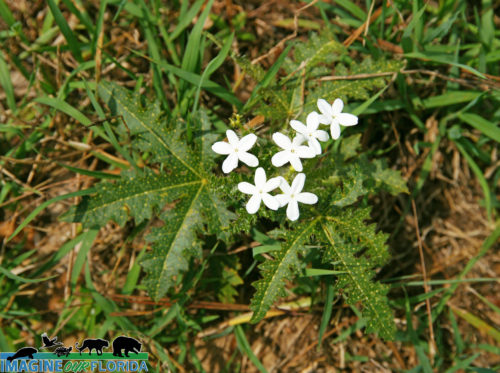 Once known as the Eichelberger Sink, this 90-acre preserve located near Eustis is managed by Lake County Water Authority. Hidden Waters Preserve was established in 1996 to protect the water seepage and Lake Alfred where water slowly seeps into the aquifer.
Once known as the Eichelberger Sink, this 90-acre preserve located near Eustis is managed by Lake County Water Authority. Hidden Waters Preserve was established in 1996 to protect the water seepage and Lake Alfred where water slowly seeps into the aquifer.
Hidden Waters Preserve offers 6 trails ranging from 2 miles to 15 miles. Hike the meandering paths through sandhill restoration areas. Notice the newly planted Long-leaf pines and the gopher tortoises who make their burrows there. Water flowing from a seepage slope offers the opportunity to discover various plants and ferns.
The elevational difference between the top of the sink and the bottom is 110 feet. Explore the depression marsh and lake at the bottom of the sink where you will find a variety of plants and wading birds. Bird watchers will be happy to discover some of the more than 35 birds on this designated FWC Statewide Birding Trail.
For more information and trail maps click here: https://www.lcwa.org/land_resources/open_preserves.php
Photo Credit: Dan Kon
Mullet Lake Park
– Mullet Lake Park-
Located in Geneva in Seminole County, Mullet Lake Park is best known for its 8 primitive camping sites, its group camping site, and boat launches. The 55-acre park borders Lake Mullet and the St Johns River. This quaint park offers the opportunity to sit and relax under ancient oak trees as you take in the sights and sounds at this remote location.
Listen for the sounds of birds, fish jumping, and frogs croaking. Look for birds of prey, shorebirds, and a variety of blooming wildflowers waiting to be admired.
For more information click here: https://www.seminolecountyfl.gov/…/301554-Mullet-Lake-Park.…
Photo credit: Dan Kon
Little Big Econ State Forest
Little Big Econ State Forest
Located in Geneva in eastern Seminole County, the Little Big Econ State Forest gets its name from both the Econlockhatchee River and the Little Econlockhatchee River. Econlockhatchee means “earth-mound stream” in the Muskogee language and was named by the native Americans for the numerous mounds found along the river.
Before being established on March 24, 1994, by the Florida Legislature, the property was used for cattle ranching, crops, as a turpentine distillery, and for a portion of the Florida East Coast Railway. Today the 10,336 acres in the Little Big Econ State Forest is an outdoor enthusiast’s paradise.
Seventeen miles of the Econlockhatchee River, which has been designating an Outstanding Florida Waterway, makes its way through the forest before flowing into the St. Johns River on the eastern boundary. The Little Big Econ State Forest boasts a variety of habitats including wet prairie, pine flatwoods, sandhill, scrub pine, flatwoods, scrub, sandhill, and oak-palm hammocks.
Over 160 bird species have been spotted in the forest including Bachman’s sparrows, crested caracara, wood storks, swallow-tailed kites, and sandhill cranes. Look for fox squirrels, gopher frogs, gopher tortoises, turkeys, deer, and alligators.
The Little Big Econ State Forest has been named one of the country’s most family-friendly hikes by the American Hiking Society. Saunter along the 5.2-mile loop Kolokee Trail, discover wildlife along the 8 miles of Florida National Scenic Trail, or explore any of the 15 miles of trails located in the forest.
Paddle all or a portion of the 20 mile-long Econlockhatchee River Paddling Trail. There are 12.1 miles of bicycle trails and 9.3 miles of equestrian trails complete with a water trough.
Primitive camping sites are available and some have a picnic table and fire ring.
Reserve the picnic pavilion for your special events.
Enjoy your lunch at a picnic table. Your leashed pets are welcome.
Whether for a day or a week, there is plenty to explore and discover at the Little Big Econ State Forest.
For trail maps and more information:
https://www.fdacs.gov/…/State-…/Little-Big-Econ-State-Forest
Photo credit: Christian Kon
Fort Drum Marsh Conservation Area
Fort Drum Marsh Conservation Area
As part of the Upper St. Johns River Basin Project, Fort Drum Marsh Conservation Area includes a freshwater marsh at southernmost headwaters of the St. Johns River, a hardwood swamp, pine flatwoods, and a prairie. Together, The U.S. Army Corps of Engineers and St. Johns River Water Management District have restored the original wetlands which resulted in better water quality, flood control, and diverse animal and plant habitats.
Family-friendly recreational activities include hiking on some or all of the 5 miles of trails, picnicking, horseback riding, bicycling, primitive camping at designated sites, wildlife viewing, and canoeing. Saunter through a hardwood swamp on a boardwalk shaded by Cedar Cypress Trees as you make your way to Hog Island where you will find more trails to explore.
Look for migratory birds, bald eagles, owls and other raptors, sandhill cranes, turkeys, wood storks, caracara, white-tailed deer, dragonflies, turtles, and alligators. Discover the vast number of wildflowers and the pollinators who rely on them.
Dogs are welcome provided they are leashed at all times. Fort Drum Marsh Conservation Area, located about 10 miles east of Yeehaw Junction, is fun for all and is waiting for you to create memories to last a lifetime! Plan your trip today!
For a trail guide and more information:
https://www.sjrwmd.com/lands/recreation/fort-drum-marsh/
Photo credit: Dan Kon, Aymee Laurain, Andy Waldo
Dry Tortugas National Park
Dry Tortugas National Park
Discover a 100 square mile National Park of open water and 7 small islands known as Garden, Loggerhead, Bush, Long, East, Hospital, and Middle. Located 70 miles west of Key West, Dry Tortugas National Park is only accessible by boat or plane.
Visit Garden Key and explore Fort Jefferson, the largest all-masonry fort in the US. Fort Jefferson was built between 1846 and 1875 to protect the lucrative shipping zone to the Gulf of Mexico. A lighthouse named Harbor Light was built in 1825 to warn ships of the navigation hazards caused by the low-lying islands and reefs.
A snorkeling paradise, the crystal blue waters of Dry Tortugas National Park offer the opportunity to immerse yourself in the beauty of the reefs and the marine life that thrive there. Swimming and boating are popular activities. Bring your camera to capture the abundance of birds who live and nest at the park.
Loggerhead Key is rife with wildlife and is named after the often seen loggerhead turtles. Scuba divers will enjoy exploring the Windjammer shipwreck.
Primitive camping is available for those who want to spend a few days, enjoy the spectacular sunsets and stargaze.
Leashed dogs are permitted.
For more information: https://www.nps.gov/drto/index.htm
Photo Credit: Aymee Laurain
Colt Creek State Park
Colt Creek State Park
Hike, bike, paddle, or horseback ride through 5000 acres of wild Florida.
Located in Lakeland, Colt Creek State Park is waiting to be explored.
Colt Creek State Park was purchased in 2006 and became Florida’s 160th state park. The land had previously been used as a cattle ranch, for silviculture, and for lime rock mining. A few of the large pits dug for lime rock mining reached the aquifer. Today, the water that flows up from the aquifer has created lakes that provide habitat for wildlife.
There are 15-miles of multi-use trails that lead you through wetlands, open vistas, and longleaf and slash pine forests. Discover an abundance of wildflowers and the pollinators who rely on them. Look for fox squirrels, turkeys, bobcats, otters, gopher tortoises, a variety of birds including eagles, and of course, alligators.
Rent a canoe or kayak or bring your own. Paddle Mac Lake, Middle Lake, or Little Lake as you share the water with wading birds and turtles.
Bring your horse and ride through creeks, and streams while admiring the beauty of the three lakes.
RV, tent, primitive, equestrian, and group camping sites are available. Star-gaze at one of the darkest sky sites in Florida. Pavillions are a perfect place to host your outdoor event.
Bring your lunch and cook it on one of the provided grills or simply enjoy it at one of the picnic tables. Dogs on a 6-foot leash are welcome. Be sure to bring your camera or binoculars since Colt Creek State Park is designated as a Great Florida Birding and Wildlife Trail.
Photo Credit: Andy Waldo
For more information: https://www.floridastateparks.org/par…/colt-creek-state-park
Cranes Roost Park
Cranes Roost Park –
Located in the heart of Uptown Altamonte, Cranes Roost Park surrounds Cranes Roost Lake. Its 1 mile of paved paths and boardwalks is a welcome reprieve from the hustle and bustle of the city.
The lake is home to numerous ducks and birds. Look for egrets, black skimmers, cormorants, ibises, anhingas, gulls, and more.
Run, walk, or take a leisurely stroll around the Cranes Roost Lake. Listen for songbirds. Rest on one of the many benches while you immerse yourself in a bit of wild Florida nestled within the city. Bring a blanket and lunch and enjoy a picnic in the grass beside the lake with your family or coworkers. Bring your dog on a leash and be sure to use the pet waste stations.
Fakahatchee Strand Preserve State Park
Fakahatchee Strand Preserve is Florida’s largest state park. The word “Fakahatchee” is the Miccosukee term for “forked river” referring to the water flow around the strand. This area has a canopy of bald cypress trees, royal palms, and occasional gumbo limbo trees. The area also contains more orchids and bromeliads than anywhere else in North America. There are 44 orchids and 14 bromeliads native to this area. Unfortunately, orchid poaching has been a large problem in the past. Keeping the Park Services number on hand and calling if you witness poaching could help protect the many endangered orchids that exist here.
The cypress trees were previously vulnerable to unregulated logging and very few old trees exist. You can also find small freshwater sponges on old floating tree branches. There is also an abundance of wildlife.
Fakahatchee Strand Preserve State Park is on the Great Florida Birding and Wildlife Trail. The strand offers biking, geocaching, canoeing, picnicking, and contains the Karen O’Neil Memorial Garden located at the entrance. Restrooms are available. There is so much to see in this beautiful swamp.
Hours are 8 a.m. to sunset. For more information, check out the website. https://www.floridastateparks.org/…/fakahatchee-strand-pres…
Lake Louisa State Park
Lake Louisa State Park
If you are looking for somewhere to get some fresh air and see some of Florida’s natural beauty, then this is the place to go! Just north of Orlando, off Highway 27 in Clermont, is Lake Louisa State Park. It is open every day of the year until sundown. Lake Louisa State Park lies in the Green Swamp and within the northern boundary of Lake Wales Ridge. The wetlands create natural flood control while supplying the aquifer with filtered water. The Hillsborough, Withlacoochee, Peace, and Ocklawaha Rivers all originate from The Green Swamp.
Camping, hiking, biking, canoeing, kayaking, paddle boarding, and horseback riding are activities waiting to be enjoyed. Guided horseback and kayak tours are great ways to see the park. It is a good idea to bring water and snacks or pack a picnic. Lake Louisa State Park features three major lakes, several smaller lakes, 20 miles of trails, and 7 miles of paved roads.
The park offers trails ranging from a half a mile to 5.5 miles where you can explore 11 different ecosystems. Dudes Loop at 0.5 miles and Compton’s Loop at 1 mile are the shortest trails. South Trail is 1.2 miles and Sandhill Loop is 1.5 miles. The mid-level trails are Big Creek Loop and Bear Lake Loop at 2 miles long, and South Loop at 2.5 miles. The more challenging trails are the Nature Trail at 3.5 miles and Bronson Loop at 5.5 miles. Be sure to get a map at the Ranger Station. The Rangers are very helpful and knowledgeable about the park.
Compton’s Loop Trail has some geological formations of limestone and red clay swirling together to make very pretty colors in the rock. The rock has eroded over time, forming a tiny cliff. The trail leads you through the trees and sable palms up to a hill with tall pine trees and a view of the rolling hills. Make sure to check out the very scenic Lake Louisa Beach that has a long boardwalk with a swampy marsh underneath. Mangrove trees growing out of the water keep the boardwalk nicely shaded. The boardwalk leads you to a sandy swimming area with a playground and picnic table. Bear Lake is a great scenic spot that offers boating access for your handheld watercraft. Bear Lake Loop and Bronson Loop circle the lake and are wonderful trails to immerse yourself in nature and for wildlife viewing.
Look for bobcats, white-tailed deer, tortoises, fox squirrels, and rabbits. Near the lakes, you may see alligators, snakes, and otters. The ranger is happy to give guides to identify some of the snakes who are native to the area, as well as a guide for identifying tracks along the trails. There is so much to #explore and #discover at Lake Louisa State Park for any level adventurer!
For more information and trail map: https://www.floridastateparks.org/pa…/lake-louisa-state-park
Written by Briana Gunnell ~ Valencia student and IOF volunteer
Photo Credit: Briana Gunnell
Sabal Point Sanctuary
In the Sabal Point neighborhood near Longwood lies 600 acres of wild Florida where wildlife play and wildflowers bloom. Sabal Point Sanctuary, purchased and maintained by Audubon Florida, is a 600+ acre piece of land that has a 1/2 mile frontage on the Little Wekiva and Wekiva Rivers. Together, the sanctuary along with St. Johns Water Management District protects 2500 acres where the rivers meet.
Hike or bike the 3.5-mile trail through the wetlands. Explore the shaded trail and discover deer, otters, and limpkins. Listen for a variety of birds and woodpeckers. The secluded trail provides plenty of opportunities to discover prints from wildlife who make their homes there. Take a moment to admire the beauty of orchids and other wildflowers that thrive in the ecosystem.
The iconic Florida Black Bear occasionally passes through the sanctuary. Most are shy and will be hard to spot. Curious bears may stand up to get a better look at you. You can ask the bear to move along simply by standing tall, raising your hands, clapping, and in a loud stern voice, telling the bear to Go Away.
Take some time to Get Outside and visit this piece of natural Florida. Sabal Point Sanctuary is open every day from sun up to sunset.
For more information: https://fl.audubon.org/conservation/sabal-point
Photo Credit: Andy Waldo
Moss Park
Moss Park, an Orange County park located in Orlando, is a 1551-acre preserved habitat of wildlife and flora located between Lake Mary Jane and Lake Hart. The many hiking trails and roads in Moss Park make it the perfect spot for walks, bicycle trips, and car visits.
Discover Florida sandhill cranes, gopher tortoises, alligators, deer, raccoons, and many other animals. Moss Park also has a hiking trail with beautiful views that leads you to Split Oak Forest, the home to a 200-year-old live oak tree.
Moss Park provides 54 camping zones suitable for RV or tents. All campsites have fire rings, grills, picnic tables, water, and electricity. Moss Park also has five group sites available that can accommodate up to 450 campers when combined. A dock and boat ramps are available for the visitors and a playground is waiting for the kids to enjoy.
The park is open from 8 am to 8 pm every day except Christmas. Only service animals are permitted in Moss Park.
Gather the family and discover all that Moss Park has to offer. Bring your binoculars, a picnic lunch, and immerse yourself in Nature.
For more information: http://www.orangecountyfl.net/CultureParks/Parks.aspx…
Contributor: Steven Marquez – IOF Volunteer
Photo Credit: Steven Marquez
Econ River Wilderness Area
Econ River Wilderness Area
Purchased by Seminole County in 1994, the 240-acre Econ River Wilderness Area is located south of Oviedo on the west side of the Econlockhatchee River.
Explore 3 miles of trails including the 2.2-mile Main Loop Trail and the 1/2-mile Flatwoods Loop Trail. Saunter through pine flatwoods, sandhill, oak hammocks, and river swamp habitats. Rest on one of the benches at the river.
Discover gopher tortoises, great horned owls, northern bobwhites, golden mice,
raccoons, fox squirrels, white-tailed deer, bobcats, river otters, and more who make their homes in the wilderness area.
Put on your hiking shoes, bring your horse or bike, your dog on a leash, and enjoy your day in the wilderness from sunrise to sunset. Join the nearly 40,000 people who visit the Econ River Wilderness Area each year. Don’t forget your camera.
For more information: http://www.seminolecountyfl.gov/…/Econ-River-Wilderness-Are…
Photo Credit – David Gale
Fern Forest Nature Center
Fern Forest Nature Center
Fern Forest Nature Center, a Broward County Park, is a 244-acre wilderness preserve located in Coconut Creek. Ground hiking trails, as well as an elevated boardwalk, will lead you through a cypress/maple swamp, tropical hardwood hammock, pine/palm/oak hammock, and dry prairie. Fern Forest has over 30 different species of ferns that can be found throughout the property.
From 1870 to 1906, the Cypress Creek area was used for farming. Crops included pineapples, tomatoes, beans, and peppers. As part of a larger plan to drain the Everglades for farming, Governor Broward created a drainage plan for Cypress Creek in 1909. By 1930, a canal was completed, dairies were established, and logging and mill operations had begun. In 1978, Broward County residents voted to purchase 254 acres for a new nature center to preserve the unique botanical quality of the site. Fern Forest Nature Center opened to the public in 1985 and was later annexed by the city of Coconut Creek.
Explore the Maple Walk, Prairie Overlook, Wetland Wanderer, and Cypress Creek Boardwalk Trails. Discover the animals commonly spotted at Fern Forest which include gopher tortoises, raccoons, coyotes, marsh rabbits, great horned owls, as well as a variety of migratory birds. Stop at the Butterfly Bridge and admire the beauty of pollinators hard at work. Look for 10 distinct plant communities in the forest. Bring your lunch and enjoy an outdoor dining experience in the picnic area.
The park is open for hiking only, so no bikes or pets are allowed. Other Park amenities include an amphitheater, exhibit hall, meeting room rental, and wedding rental. Admission and parking are always free and the park is open from 9 am to 5 pm every day except Christmas. The trails close at 4:45 pm.
For more info: https://www.broward.org/Parks/Pages/Park.aspx?=14
Contributor: Naturalist Ashley Grace at Fern Forest Nature Center
With gratitude to Ashley Grace and Paul Waller for your help in highlighting Fern Forest Nature Center
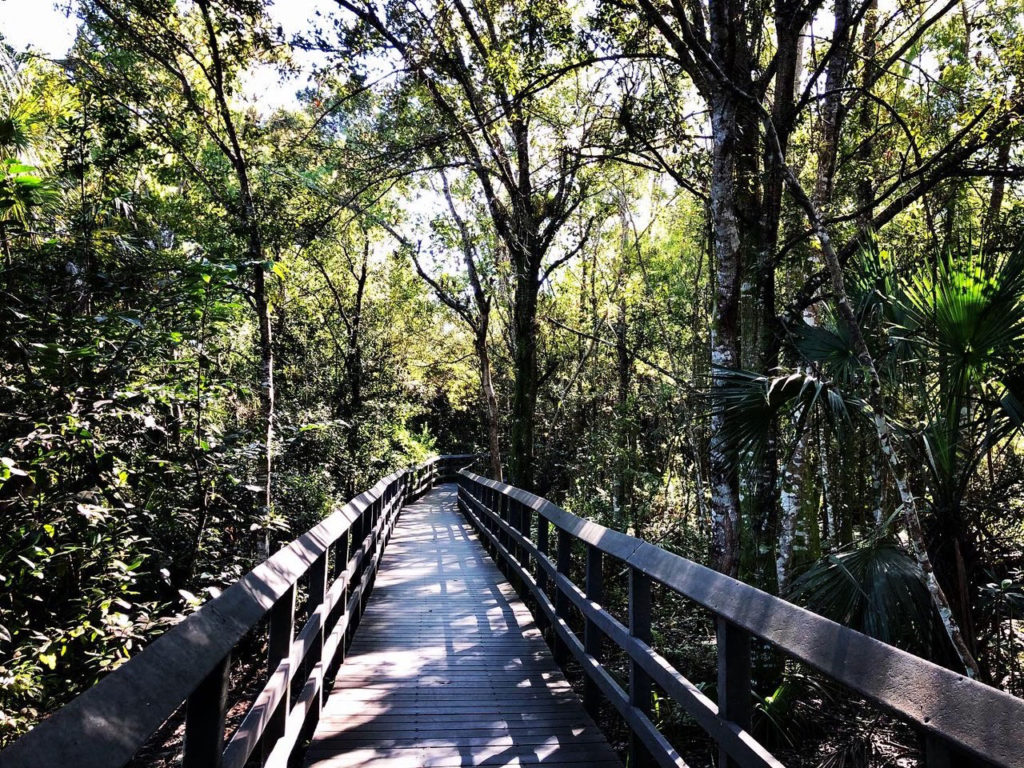
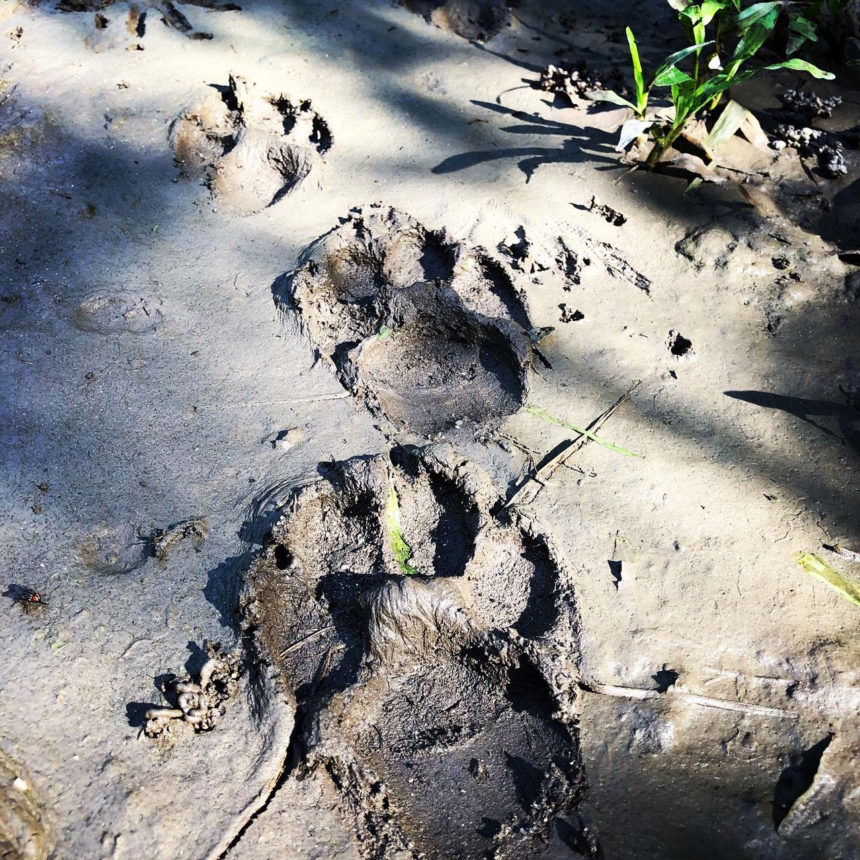
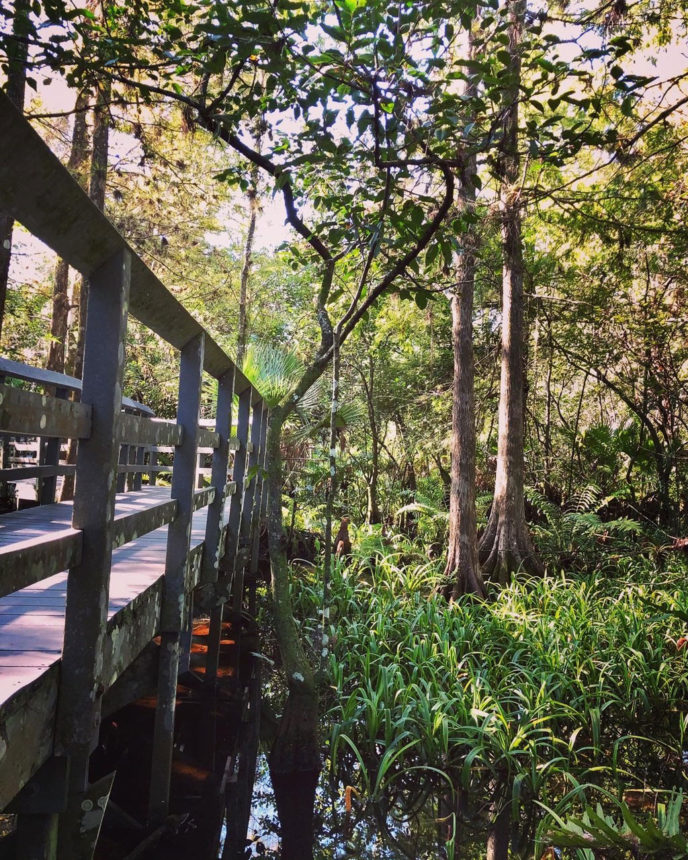
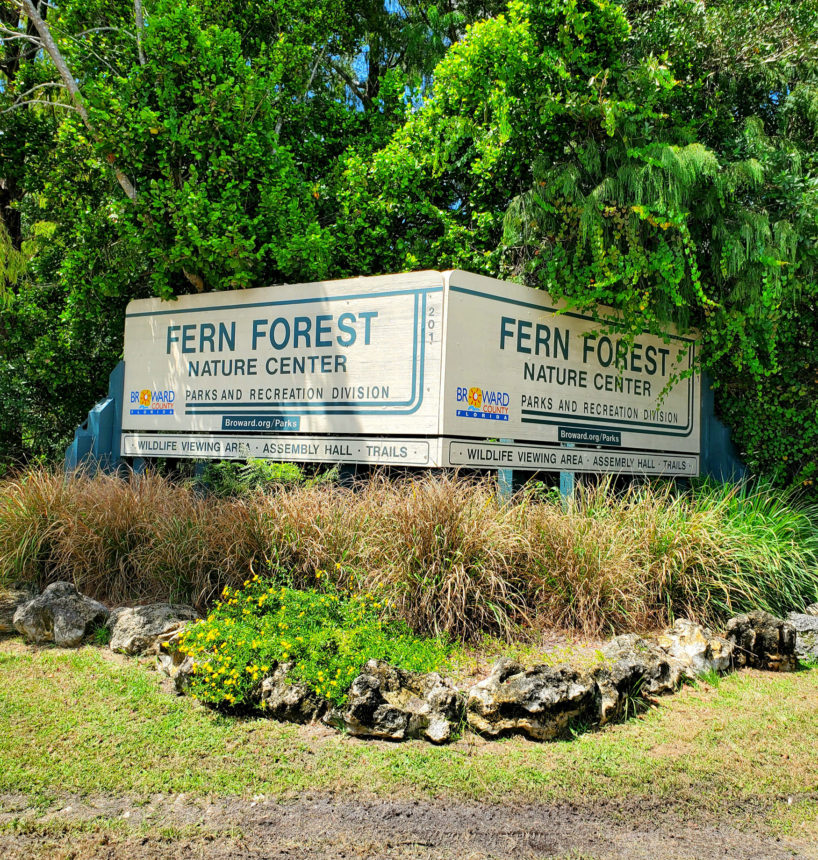
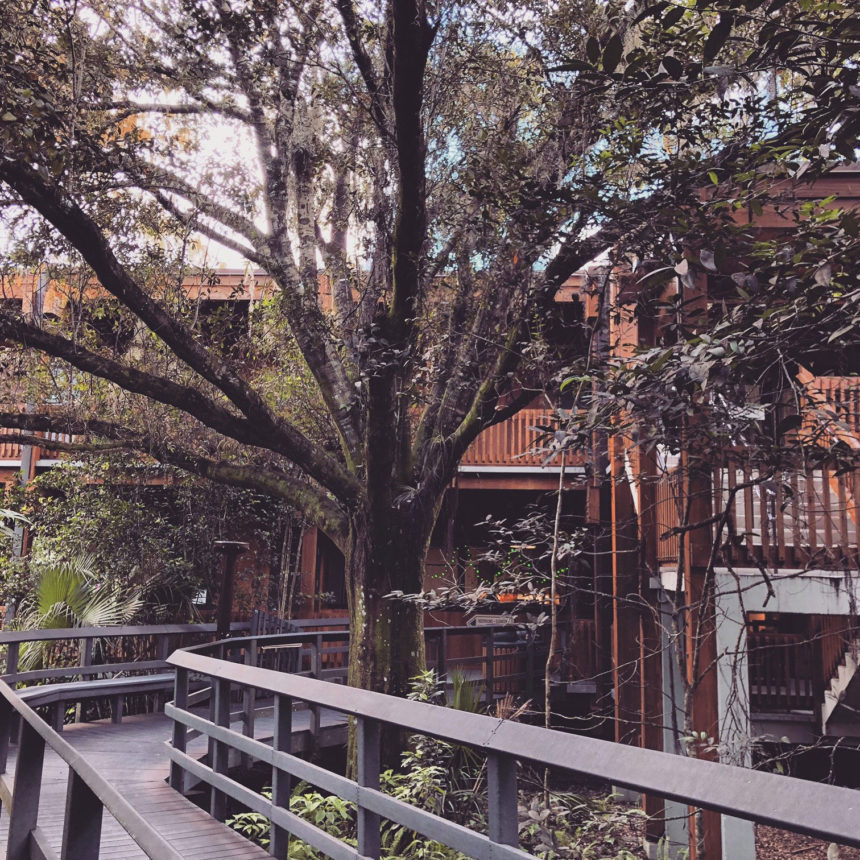
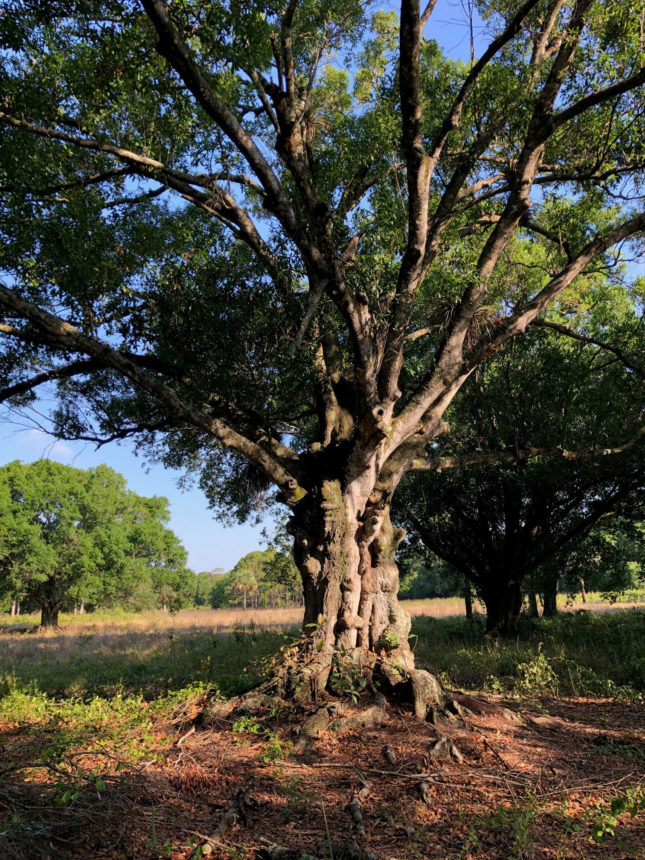
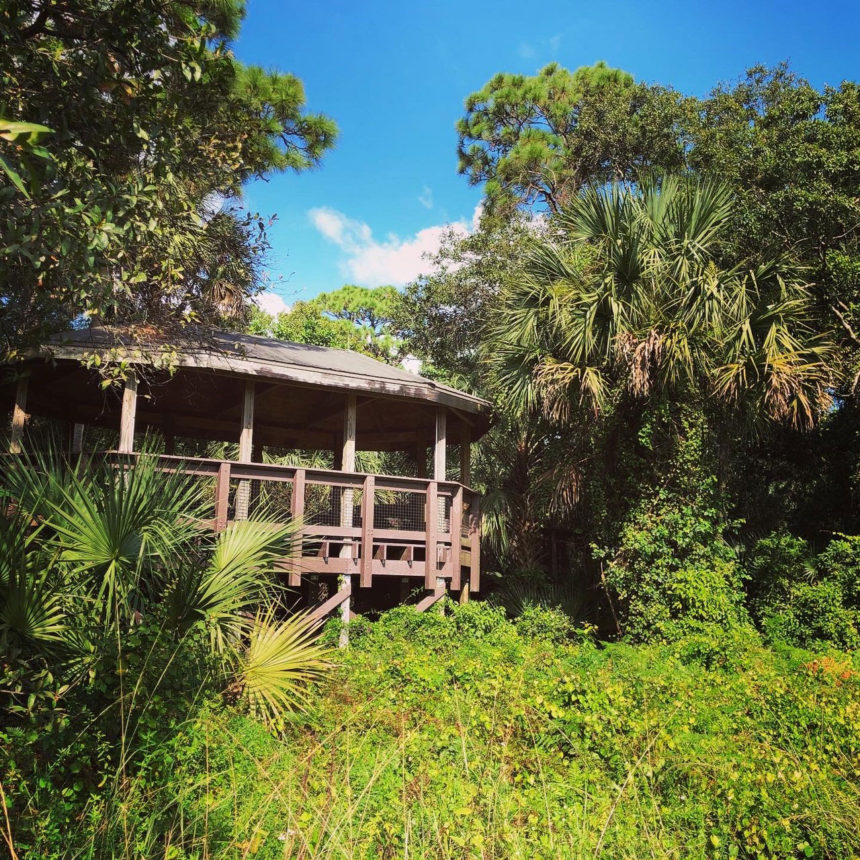
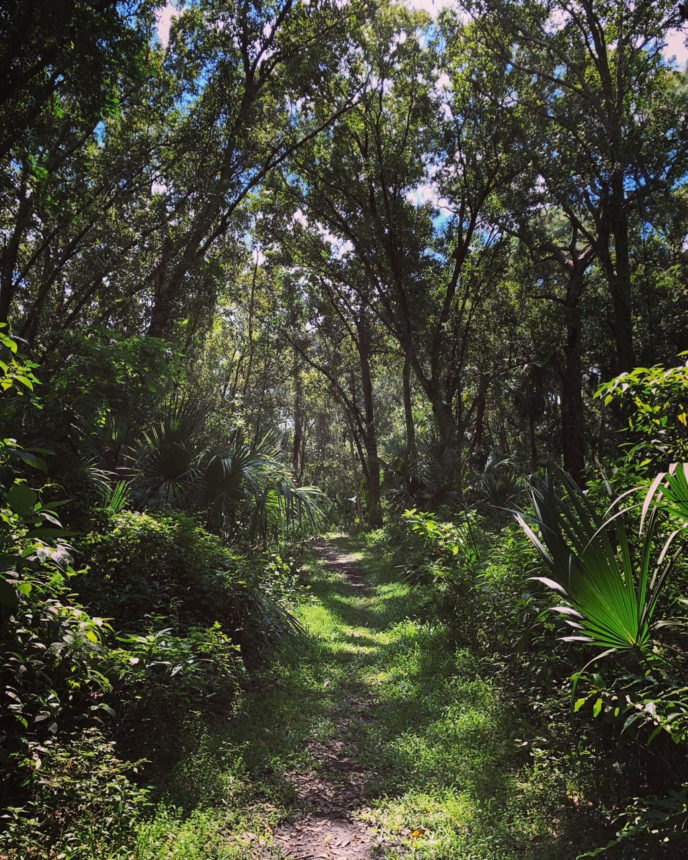
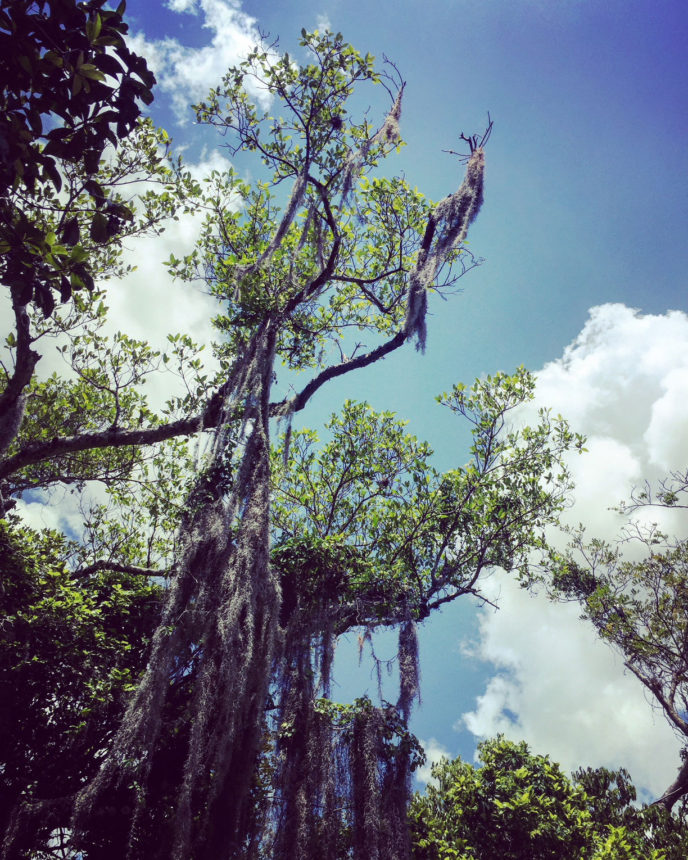
Lower Suwanee National Wildlife Refuge
Lower Suwanee National Wildlife Refuge –
From a Commodity to a National Treasure
Before being logged at least seven times, the area near the gulf coast in Dixie and Levy counties was made up of swamps and lush forests. In the 20th century, a few people realized the monetary value the land could yield and planted non-native pines in rows for easy harvesting. The native wildlife and wild plants suffered when their natural ecosystems were destroyed to make way for the timber industry.
By the early 2000s, the damage to the forest and surrounding areas was acknowledged and restoration of the area began with the replacement of the non-native trees. Longleaf pine and wiregrass were re-planted in areas where they grew long ago. Brazilian free-tail bats and Rafinesque’s big-eared bats have been encouraged to move back to their native land with the addition of man-made bat houses. Native pollinators are once again in abundance with the help of recently planted wildflowers, a pollinator garden, and bee blocks.
The Lower Suwannee National Wildlife Refuge was established to protect the water quality of the Suwannee River. It consists of 53,000 acres, 30 miles of Gulf coastline, and the last 20 miles of the nostalgic Suwanee River.
Because the Suwannee feeds the estuarine waters of the Gulf of Mexico, it once again supports habitat for several species including native and migratory birds, otters, fish, and more. Threatened gopher tortoises dig their burrows in the longleaf pine forests while finding food among the wiregrass. Alligators, fiddler crabs, salamanders, and more have once again made their homes in the swamps. Eagles, minks, box turtles, and the endangered salt marsh vole thrive on their native lands. Deer, coyotes, foxes, bobcats, and bears find an abundance of food, ample areas to frolic, and safe places to sleep in their natural habitat.
The Lower Suwannee National Wildlife Refuge is teeming with life so it’s no wonder that the most popular activity is wildlife viewing. Drive slowly through Main Loop Road, an easy ride over lime rock. Hiking is permitted in all public areas of the refuge. Bicycling is permitted in designated areas. The River Trail is shaded and leads to the Suwanee River. The Dixie Mainline and Nature Drive Trails wind through uplands, swamps, and tidal creeks before reaching the coast. There are boardwalks, foot trails, observation decks, archaeological sites, and paddling trails in the refuge.
Open from sunrise to sunset, the Lower Suwannee National Wildlife Refuge is waiting to be explored. Plan a day with your leashed dog and let us know what you discover.
For more information including maps and seasonal information: https://www.fws.gov/refuge/Lower_Suwannee/
Photo Credit: Dan Kon, Nancy Kon, Andy Waldo
Ravine Gardens State Park
Ravine Gardens State Park features Whitewater Branch Creek which is spring-fed. It took thousands of years for the flowing water to form two ravines that are up to 120 feet deep with 45-degree angles. As the water flows through the banks, it carries soil and sand into the St. Johns River.
During the Great Depression, Ravine Gardens State Park became one of nine New Deal state parks in Florida. The Federal Works Progress Administration created a fascinating garden that featured over 270,000 plants on the slopes of the ravine. The park opened to the public on July 4th of 1933.
Today, the ravines have been left to naturally transform back to the way Nature intended. Ravine Gardens State Park continues to inspire with its five acres of formal gardens, stone features, fountains, water features, and historic gardens including hundreds of azaleas.
Bike, hike, or drive Main Park Drive Loop, a 1.8-mile paved road that winds around the ravines and offers incredible views of the ravine. Hike Azalea Trail, a two-and-a-half-mile shady trail through the ravine. Trod through muddy and steep paths and cross over historic suspension bridges and stone staircases. Look for birds. foxes, skunks, armadillos, opossums, squirrels, otters, turtles fish, alligators and other wildlife.
Numerous picnic sites equipped with tables and grills are available to visitors. A wheelchair-friendly playground is waiting for you to enjoy. A large covered pavilion, auditorium, and meeting rooms are available for larger gatherings or events at the Roy E. Campbell Civic Center.
Pets are welcome in Ravine Gardens State Park and on the trails when they are kept on a six-foot, hand-held leash. Ravine Gardens State Park is located in Palatka in Putnam County.
For more information: https://www.floridastateparks.org/…/ravine-gardens-state-pa…
Photo Credit: Bobby Putnam – IOF Volunteer
Florida Caverns State Park
Florida Caverns State Park
Stalactites and Stalagmites, Oh my!
Tour a cave at Florida Caverns State Park in Marianna, Jackson County, Florida. Experience year-round 65-degree temperature as a tour guide leads you through the limestone cave lit by a new state-of-the-art LED lighting system. See for yourself the formations that have taken thousands of years to grow. If you are lucky, you may meet a few of the cave’s residents. Bats, mice, cave crickets, salamanders, cave spiders, and occasionally, snakes and frogs make their home there.
Look for Southern Fox squirrels (formerly known as Sherman’s Fox squirrels), red-shouldered and red-tailed hawks, flocks of turkeys, and white-tailed deer. You may even meet a rare barn owl!
Photo Credit: Andy Waldo and Erin James
Ocala National Forest
There are plenty of wild spaces to explore in the 387,000 acres that make up Ocala National Forest. More than 600 lakes, springs, and rivers make it a water lover’s paradise. As the southernmost forest in the continental United States, it is home to the world’s largest contiguous sand pine scrub forest.
Middens left behind by the earliest inhabitants of the Ocala National Forest are proof of the Timucuan making their homes in the forest. From 1890 – 1920, timber and turpentine from the Ocala forest supported the local communities. However, the land was not managed well, and deforestation, overburning, and other practices led to the demise of the industry and loss of property values.
President Theodore Roosevelt proclaimed the Ocala Forest the first National Forest east of the Mississippi in 1908. In the 1930s, the Civilian Conservation Corps was created as part of the New Deal. People happy to return to work constructed a dining hall, campgrounds, a mill, cabins, swimming areas, and monuments. These structures still exist today.
When the sea retreated 25 million years ago, it left behind Big Scrub. The plants and animals who live in the sand pine scrub depend on fire to thrive. Look for gopher tortoises and scrub jays. Backpackers will enjoy the 72-mile section of the Florida Trail, complete with designated campsites along the way. There are multiple shorter trails throughout the forest and equestrian trails. Watch for wild turkeys, white-tailed deer, alligators, and bald eagles. Many iconic Florida Black Bears live in the Ocala National Forest, along with threatened Eastern Indigo Snakes and endangered Red-cockaded Woodpeckers.
Cool off when you dip in one of the four springs with a year-round temperature of 72*. Bring your snorkel to see what lies beneath the water. For a closer look, dive into one of three magnitude springs. Explore the wilderness by kayaking or canoeing through a waterway. Hike or bike through the scrub and discover the wildlife who make their homes there. Spend a night, a day, or a week when you camp at a primitive or developed campsite, in your RV, or in one of the cabins.
Plan your trip to the Ocala National Forest. For more information: https://www.fs.usda.gov/main/ocala/home
Photo Credit: Aymee Laurain, Dan Kon
Fred Howard Park
Fred Howard Park
There are 155 acres on the Gulf of Mexico in Tarpon Springs where you can revel in the beauty of white sandy beaches and breathtaking sunsets. Named for the former Mayor of Tarpon Springs, who set aside the property for the enjoyment of residents in 1966, Fred Howard Park delights nearly 2 million residents and visitors every year!
Explore pine flatwoods, sandhills, wetlands, mangrove estuaries, seagrass beds, and coastal scrub. Discover the wildlife who make their homes there. Watch for eagles, osprey, butterflies, gopher tortoises, fox squirrels, manatees, and dolphins.
Stop along the mile-long causeway to sunbathe, then cool off with a quick dip in the Gulf. Paddle your kayak or canoe in the Gulf or experience the thrill of windsurfing. Bring your lunch to enjoy in one of 9 picnic shelters and be sure to stop by the playground for a nostalgic ride on the swings.
For more information and a map of the park click here:
https://pinellas.gov/parks/fred-howard-park/
Photo Credit: Marc Goldberg
Hillsborough River State Park
Hillsborough River State Park
Nature and history abound at Hillsborough River State Park located just outside of Tampa. Explore one of the 7.3 miles of trails, learn about the Seminole Indian Wars at Fort Foster, and find peace along the waters of the Hillsborough River.
Fort Foster was originally built in 1836 to defend the bridge which crossed the Hillsborough River on Fort King Military road. It served as a place to resupply soldiers during the Second Seminole War. In 1936, Civilian Conservation Corps realized the historic significance of Fort Foster and the allure of the Class II rapids located nearby.
The Corps opened Hillsborough River State Park to the public in 1938. Today, visitors are invited to explore within the reconstructed walls of Fort Foster complete with blockhouse stairs and cannons. Plan your trip in January to see reenactments at the Fort Foster Rendezvous or in December at the Candlelight Experience.
Hillsborough River State Park is designated a Great Florida Birding and Wildlife Trail. There are 4 trails within the park that wind through pine flatwoods, a floodplain swamp, a hardwood and hydric hammock, and a cypress swamp.
Hike or bike along the 1.6-mile Wetlands Trail through cypress domes and Flatwoods where you may encounter bobcats, hawks, and a variety of rare plants. Saunter down the Rapids Trail to the swift, flowing Class II rapids on the Hillsborough River.
Paddle a kayak or canoe down the Hillsborough River or for the more adventurous, down the rapids. Cool off in the ADA accessible swimming pool.
Primitive campsites and 112 campsites for tents or RVs are located in the park. Playgrounds and picnic areas are waiting for you to enjoy. Pavilions are available to rent for reunions and other special events. A poolside cafe, camp store, and bike and canoe rental are located in the park for your convenience. Pets are welcome and must be on a 6′ leash.
For more information click here: https://www.floridastateparks.org/…/hillsborough-river-stat…
Photo Credit: Aymee Laurain
Rock Springs Run State Reserve
Rock Springs Run State Reserve
Plan a trip to Rock Springs Run State Reserve in Sorrento. Explore the 14,000-acre reserve and experience the sights, sounds, and smells of swamps, bay heads, oak hammocks, pine Flatwoods, and sand pine scrub. Stop by the spring/run river system which runs along the perimeter of the park. Look for the many varieties of wildflowers in bloom, red-shouldered hawks, sandhill cranes, indigo snakes, gopher tortoises, Florida scrub-jay, and bear tracks. Visit in the fall and you may see a black bear testing on the reserve’s acorn harvest.
Rock Springs Run State Reserve boasts 14 miles of hiking trails for hikers. For cyclists, there are 15 miles of multi-use trails. Equestrians appreciate the nine miles of trails for horse riding. Rock Springs Run Trail Rides offers guided horseback riding.
There are 2 primitive campsites accessible by kayak or canoe and Equestrian primitive campsites. The reserve has spots for RVs. The Hammock House, a log cabin with 4 bedrooms is located on the Wekiva River. Bring your family and enjoy a night on the deck and paddle the 2 provided canoes up the Wekiva River. Your pets are welcome by must be on a 6 ft leash.
For more information, fees, reservations, and more click here: https://www.floridastateparks.org/…/rock-springs-run-state-…
Photo Credit: Andy Waldo
Lake Woodruff National Wildlife Refuge
Lake Woodruff National Wildlife Refuge was purchased by US Fish & Wildlife Service through the Federal Duck Stamp Program. It was established in 1964 as a migratory bird refuge. Located in Volusia County near DeLeon Springs, the 22,000-acre refuge is bordered by the St. John’s River and includes swamps, marshes, uplands, hammocks, and creeks.
Look for bears, bobcats, manatees, otters, raccoons, opossums, and rabbits. Gopher tortoises, alligators, lizards, snakes, turtles, salamanders, toads, and frogs may cross your path.
There are 230 species of birds at Lake Woodruff National Wildlife Refuge. How many songbirds, shorebirds, wading birds, and hawks will you see? The refuge boasts the 2nd largest pre-migration roost of swallow-tailed kites in the United States.
For more information click here: https://www.fws.gov/refuge/Lake_Woodruff/
Brooker Creek Preserve
Brooker Creek Preserve
Brooker Creek Preserve is the largest natural area in Pinellas County. Surrounded by urban development, these 8700 acres of wild Florida protect much of the Brooker Creek Watershed.
There are trails for everyone at Brooker Creek Preserve. Explore the preserve via boardwalk or trail. Two trails are nearly 5 miles long. Shorter hikes vary from the .1 mile bird path to the 4 mile Pine Needle Path. Equestrians can enjoy over 9 miles on one of two trails that wind through fields and pinelands.
There are 4 distinct ecosystems within the Preserve. The Forested Wetlands is made up of a creek system with 13 meandering channels. Water flows through the channels during the rainy season of May through Oct. Fish, birds, and other wetland inhabitants thrive in the wetlands. The Pine Flatwoods is a sunny area alive with saw palmetto and native grasses. Gopher Tortoises enjoy the grasses as well as the leaves and fruits from the plants that grow here. Be sure to look for the threatened Catesby’s Lily.
Cool off in the Oak Hammocks where tall oaks block the sun. Watch for turkeys and white-tailed deer foraging for acorns among the leaf litter. The Cypress Dome boasts Black Gum, Bald Cypress, and Buttonbrush. Look for an abundance of wildlife in this cool and moist swamp. Dragonflies, frogs, spiders, marsh rabbits, and owls thrive here.
Interpretive Trail Signs along the paths show how everything in nature is connected. Discover how your yard can expand wildlife areas, how human choices are impacting the watershed, and how water connects all of us.
Plan your visit. See the schedule for annual events and programs, download a map, reserve a guided tour or sign up for classes at the Environmental Center
http://brookercreekpreserve.org/
Photo Credit: Marc Goldberg

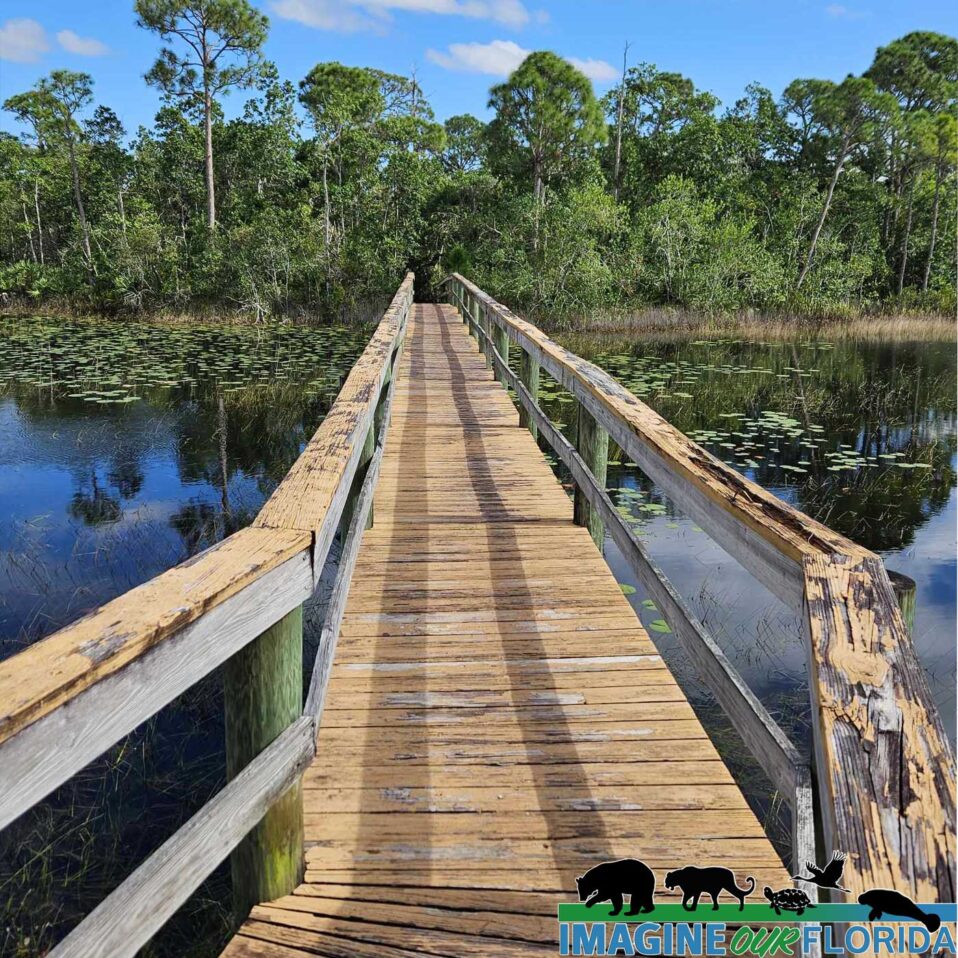
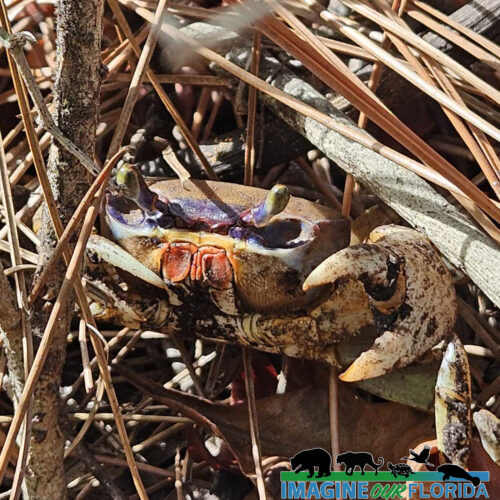
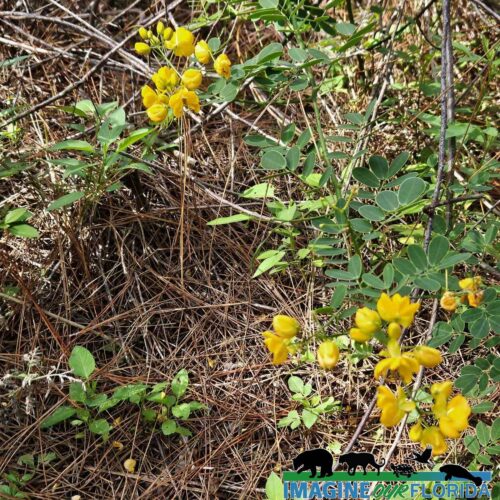
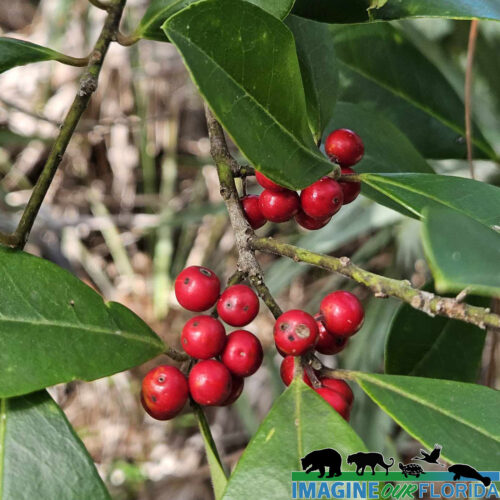
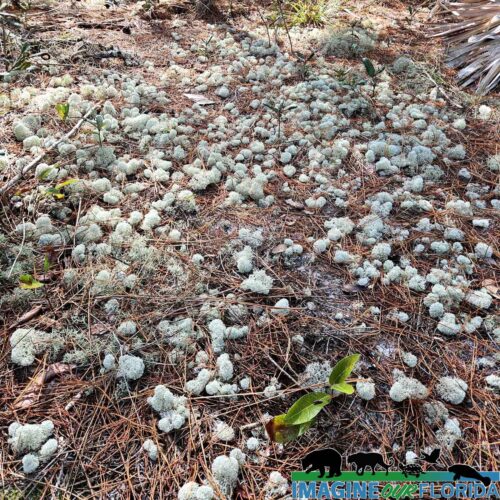
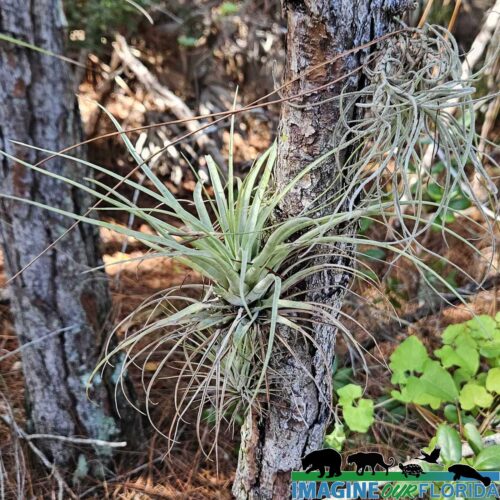
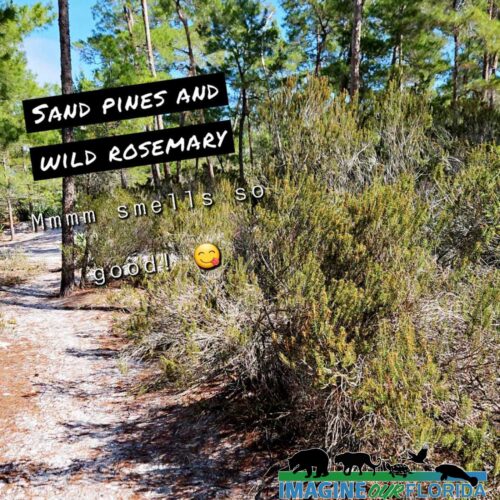
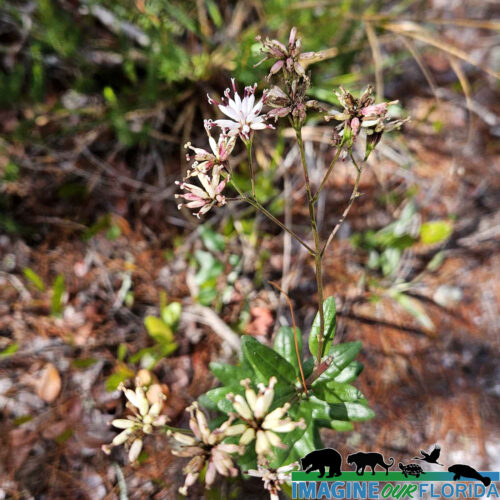
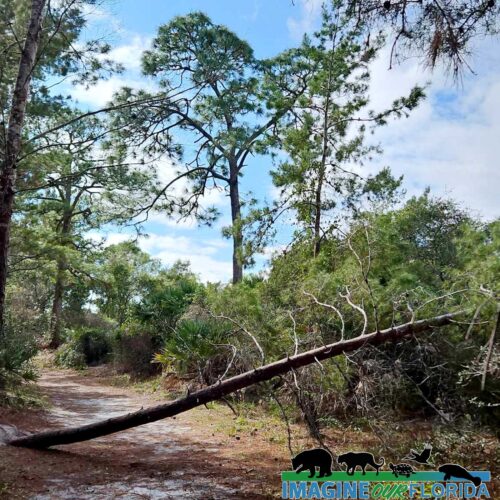
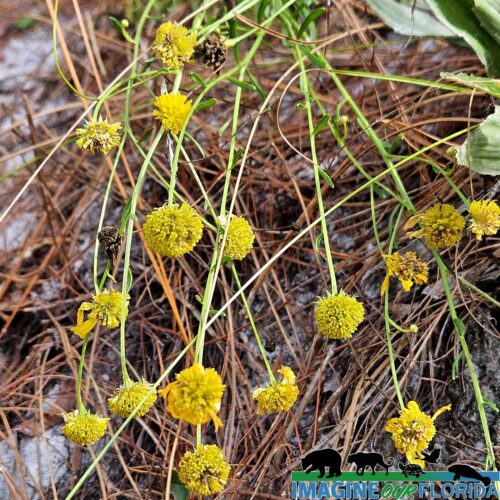
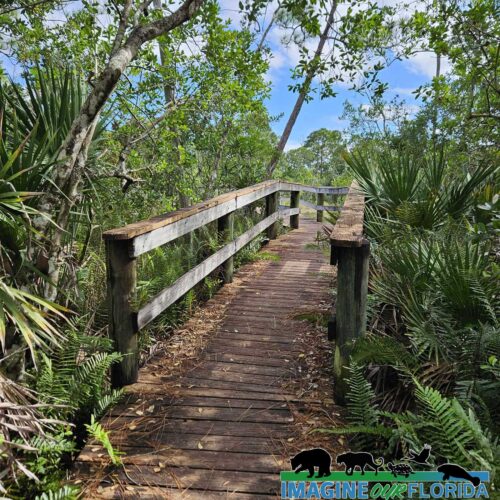
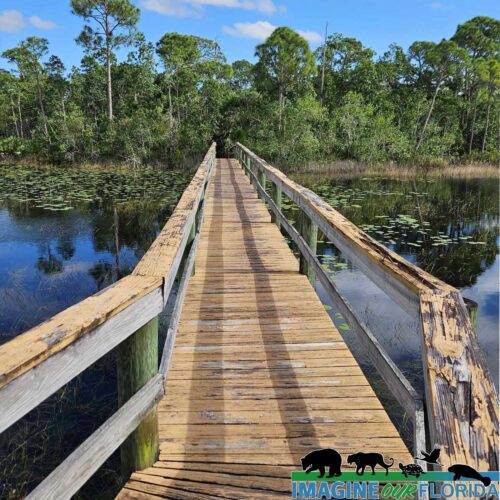
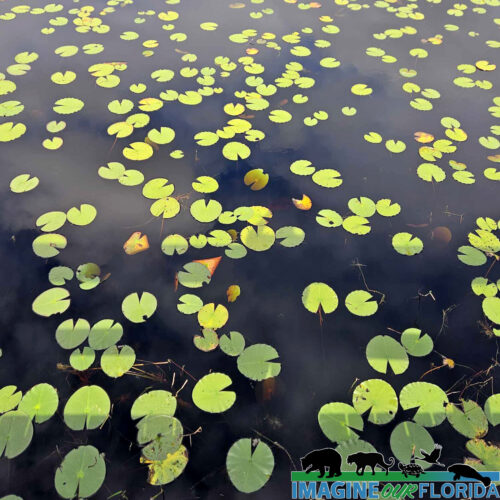
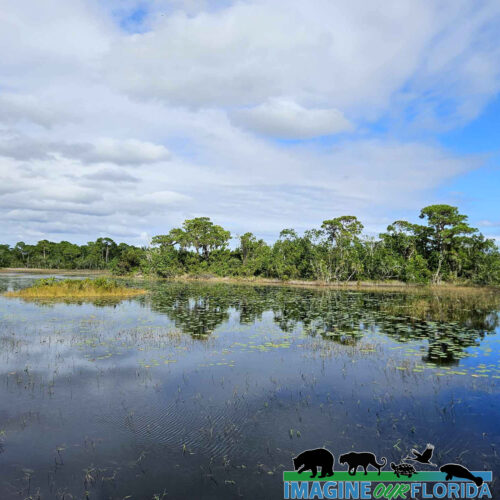
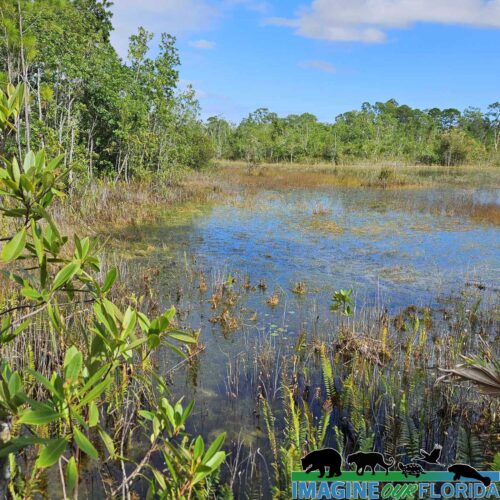
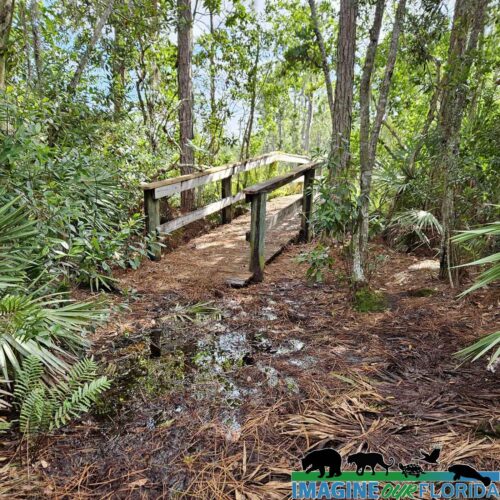
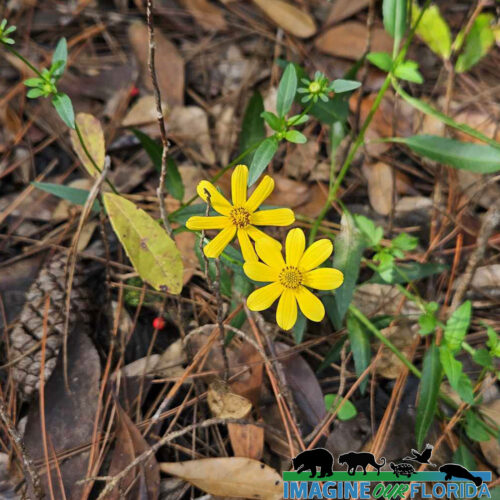
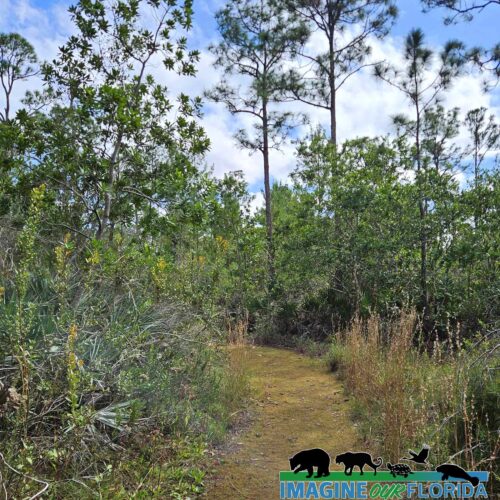
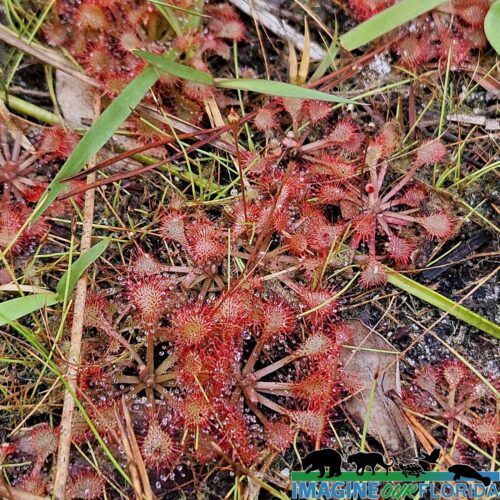
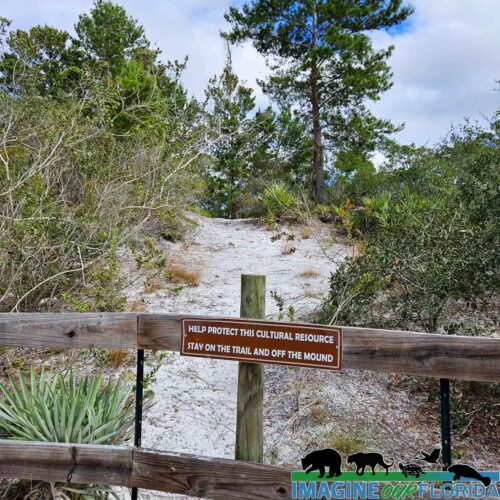
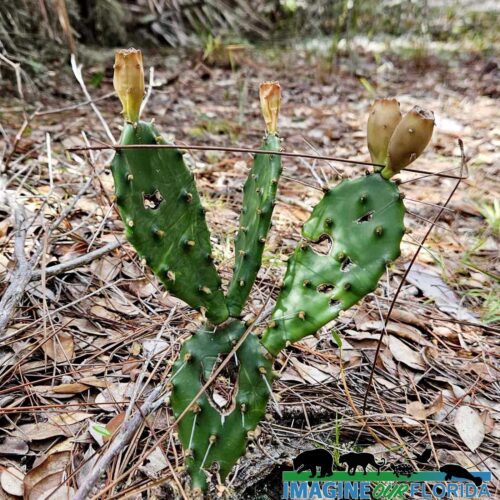
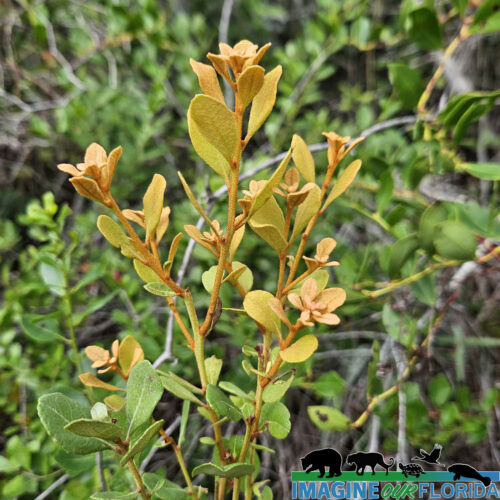
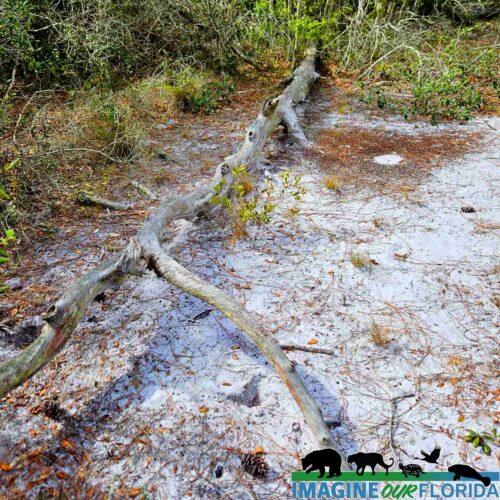
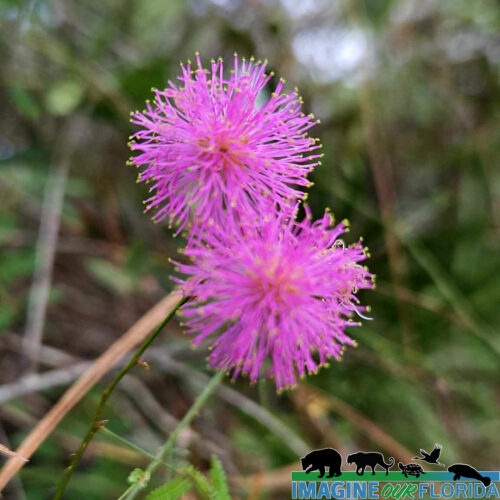
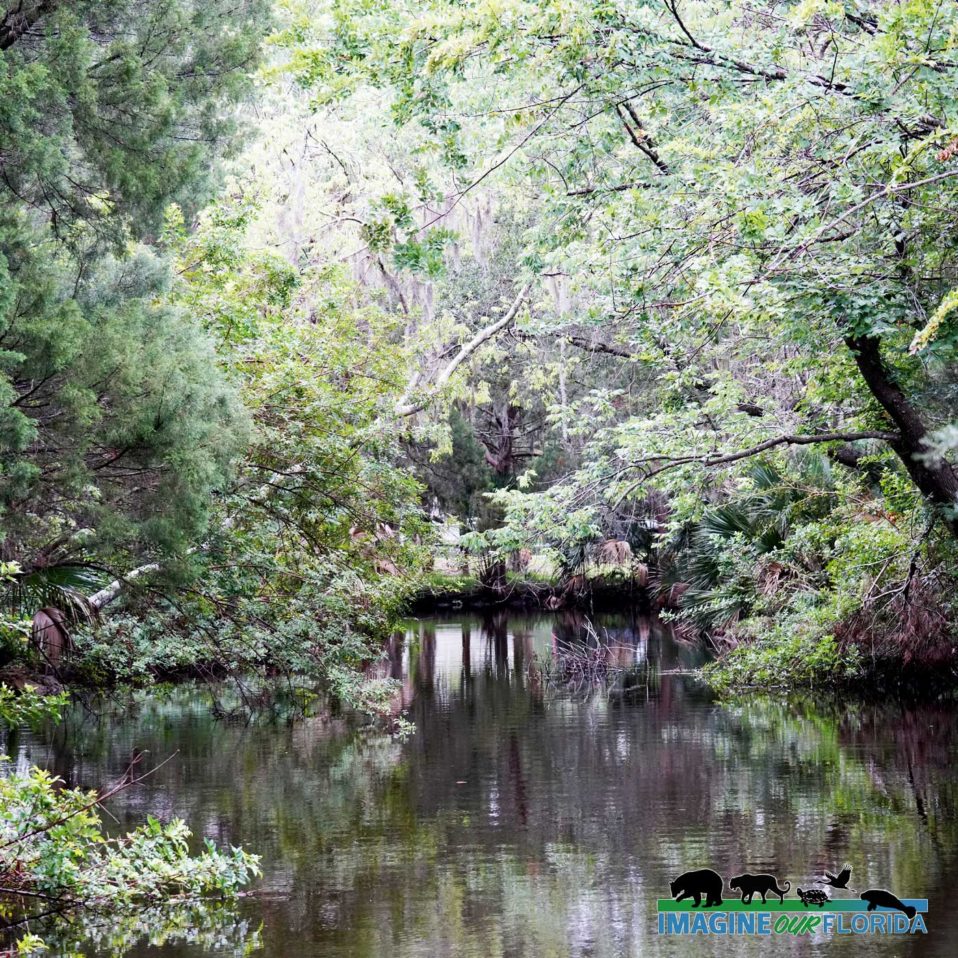
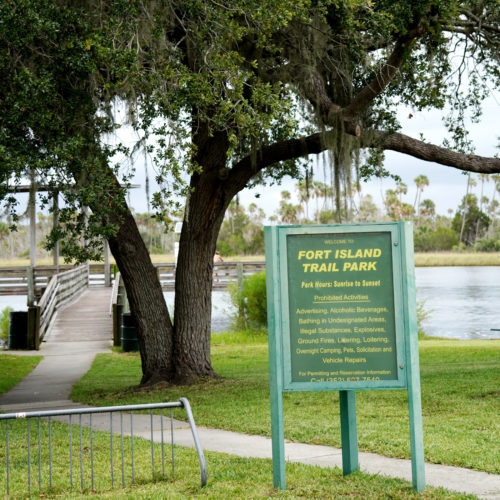
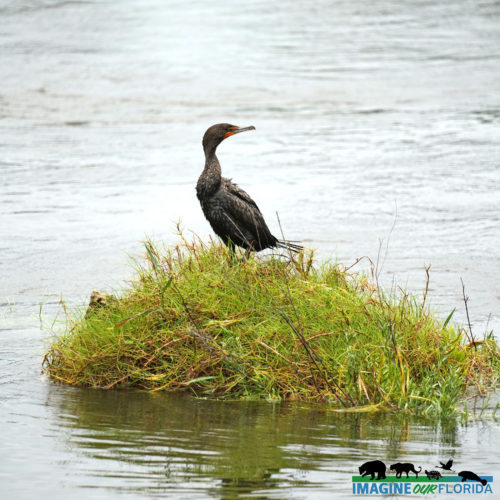
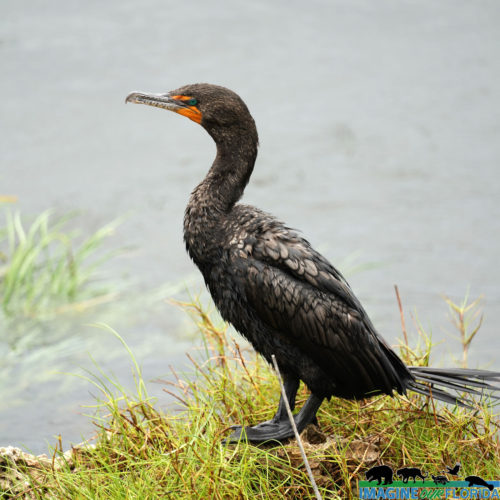
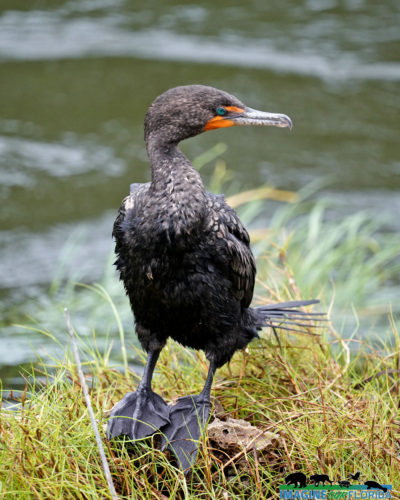
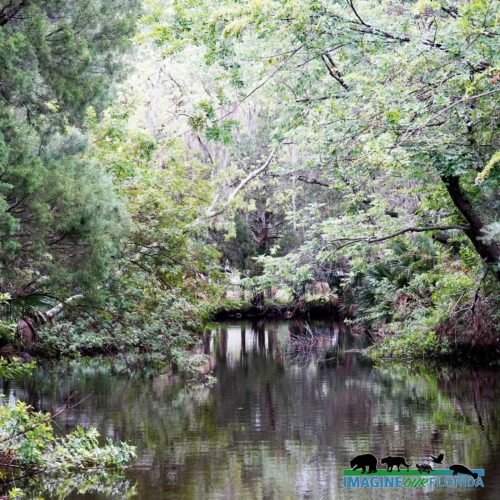
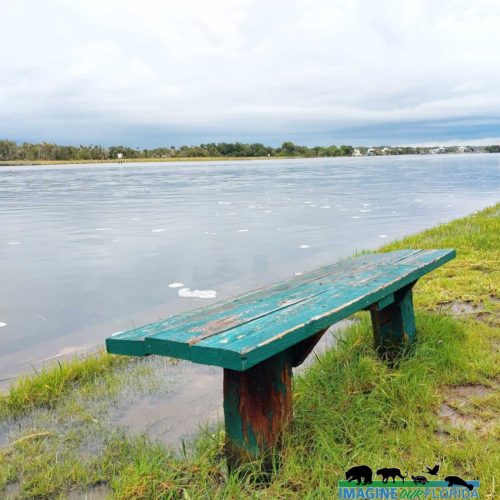
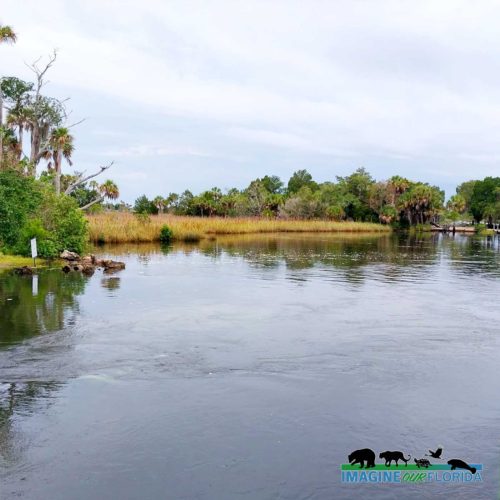
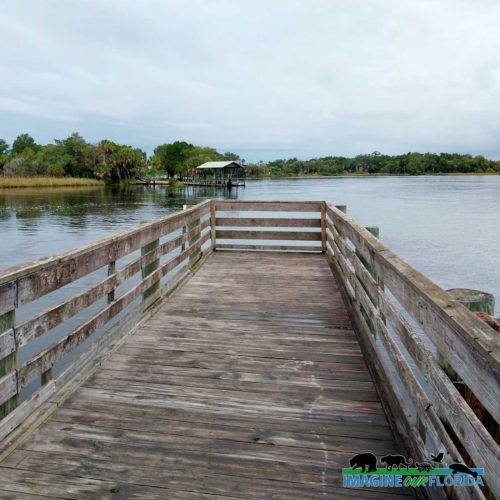
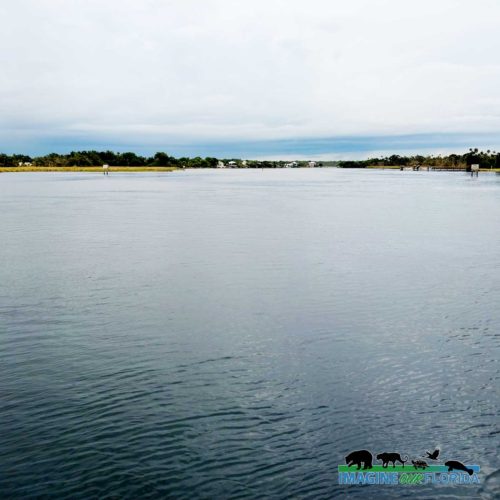
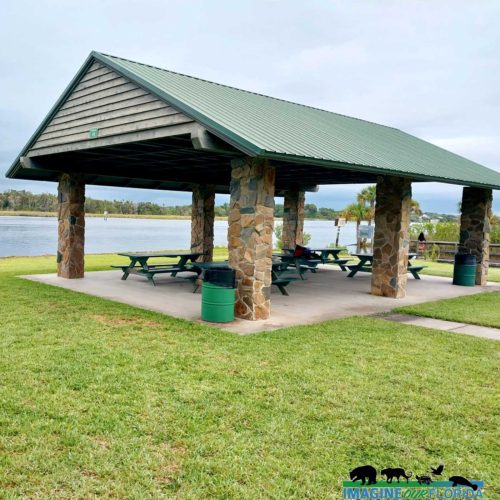
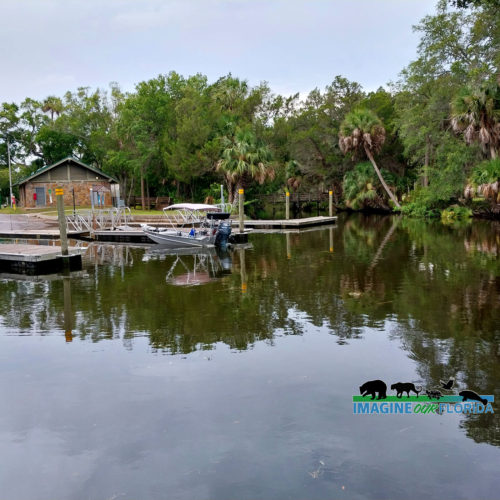
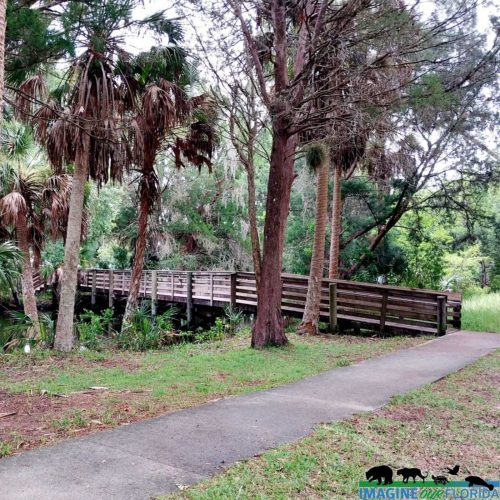
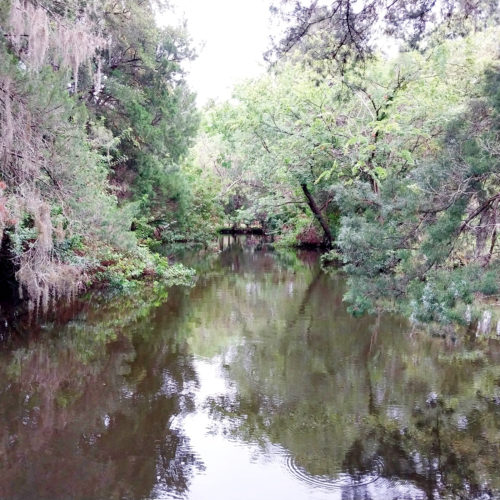
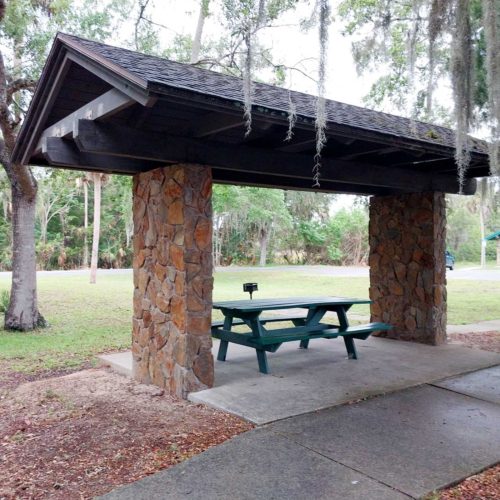
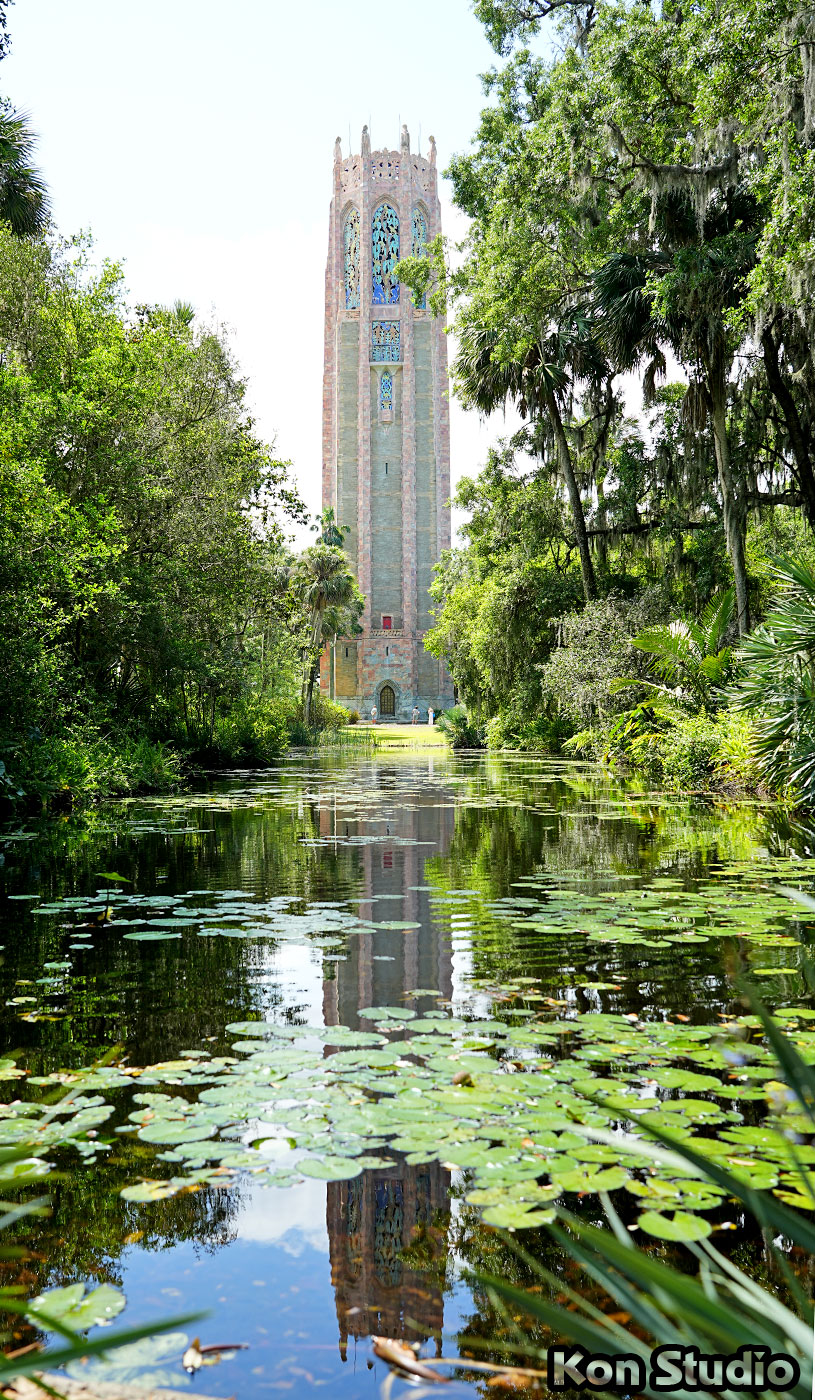
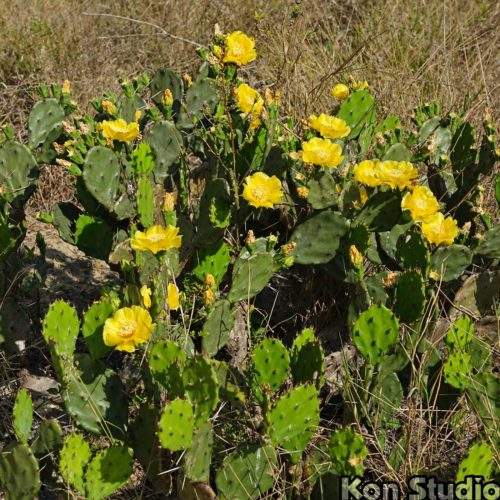
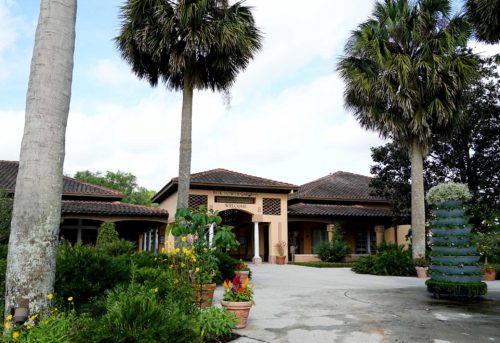
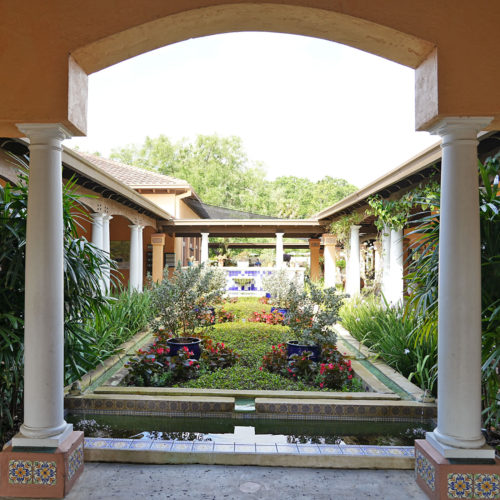
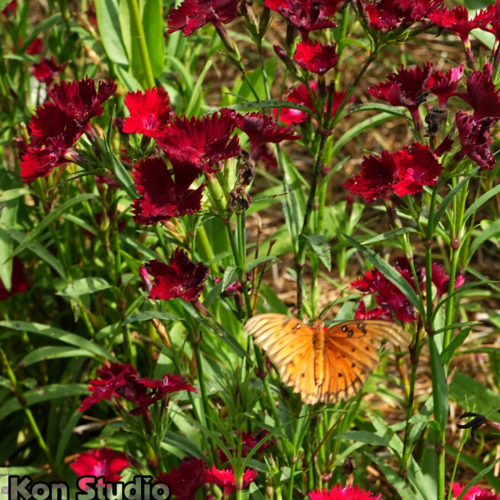
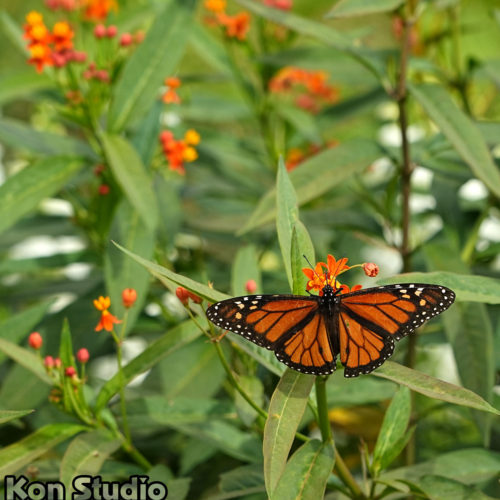
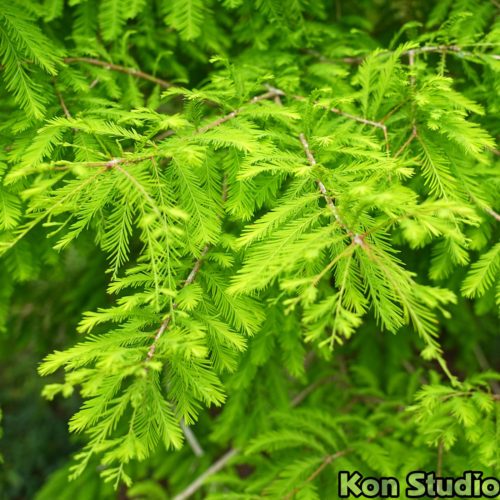
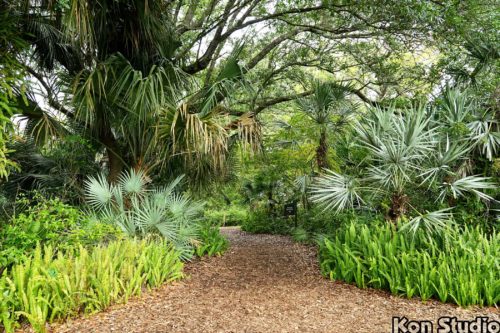
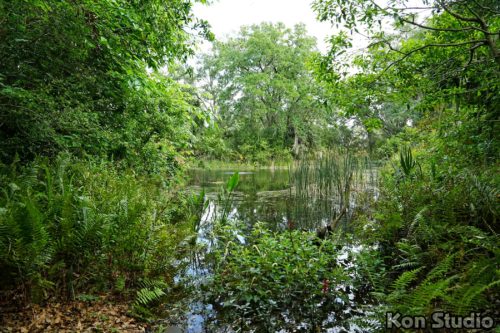
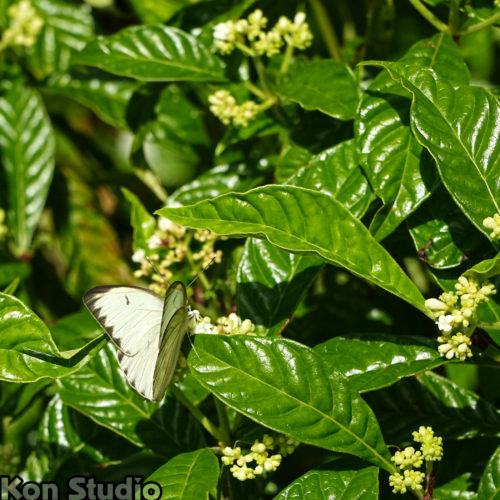
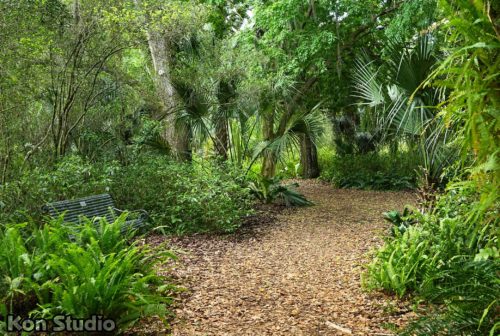
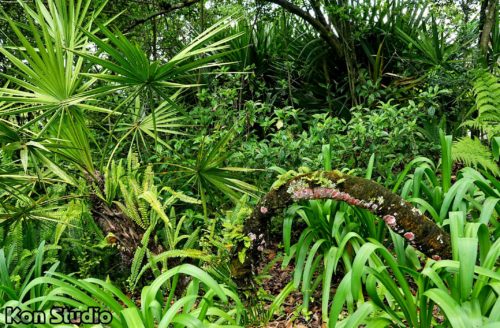
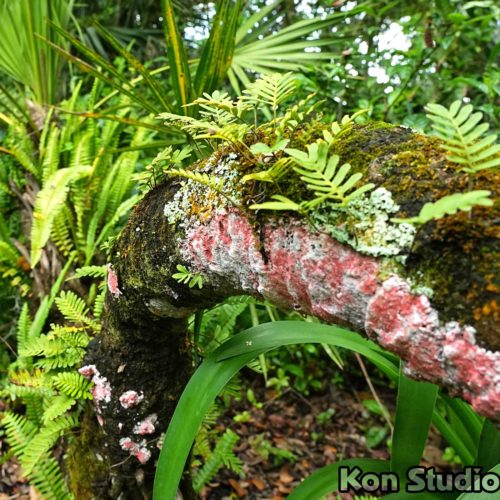
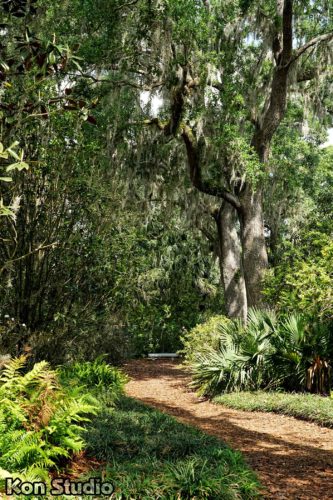
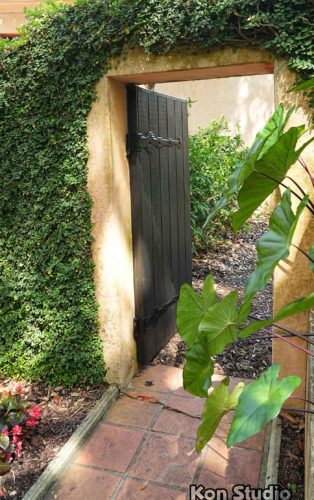
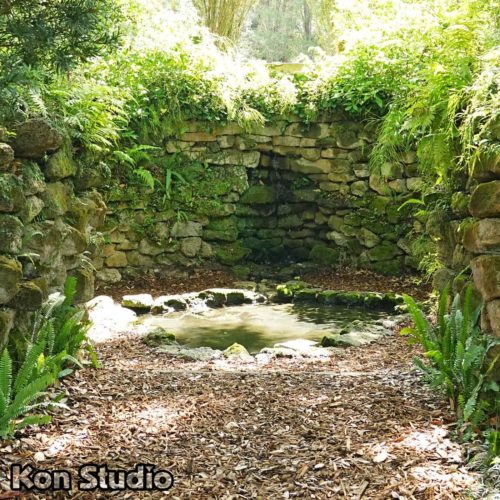
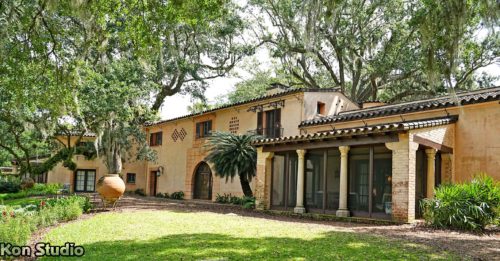
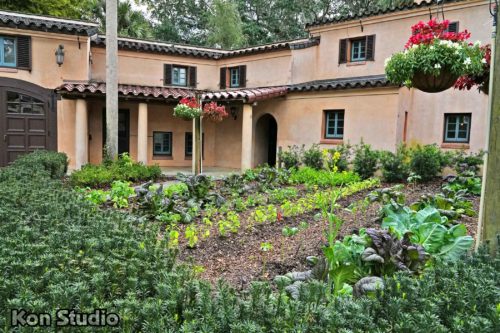
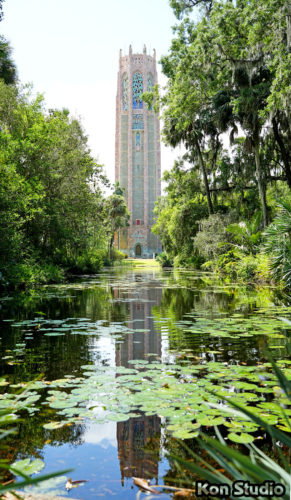
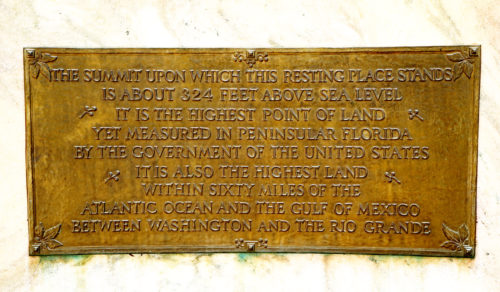

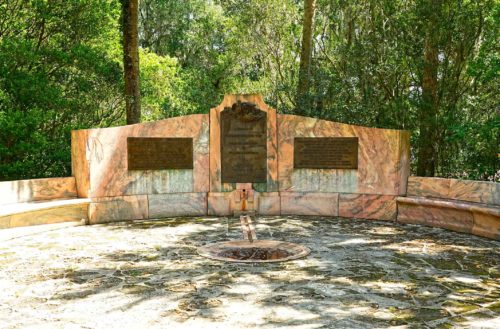
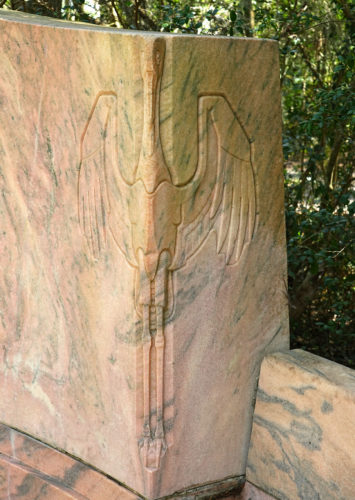
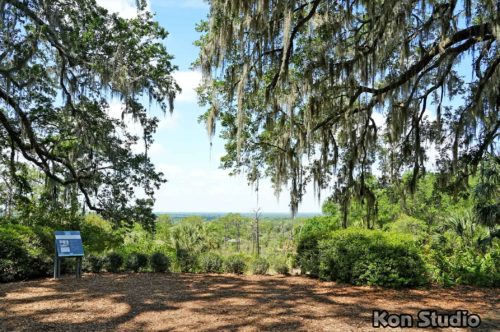
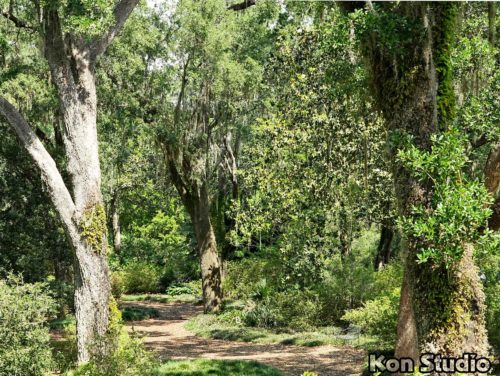
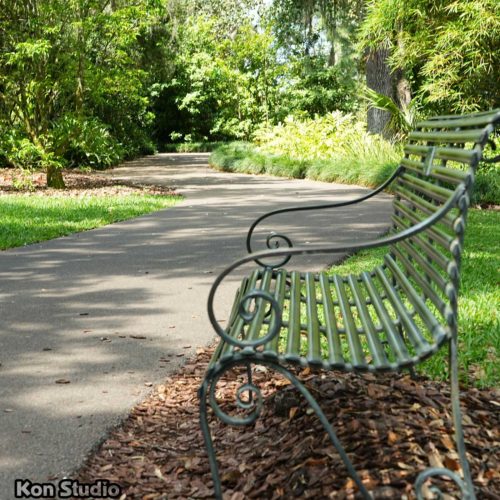

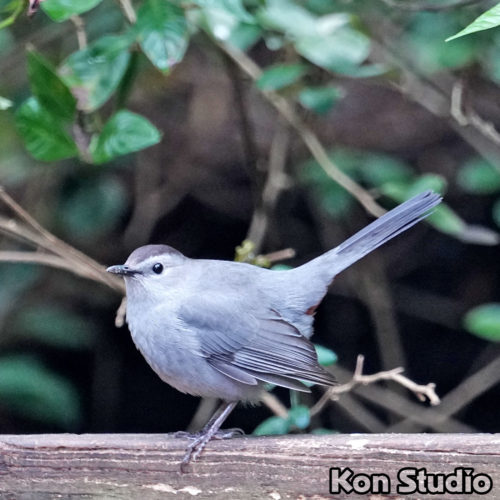
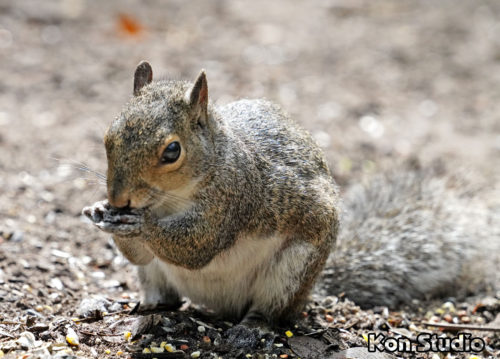
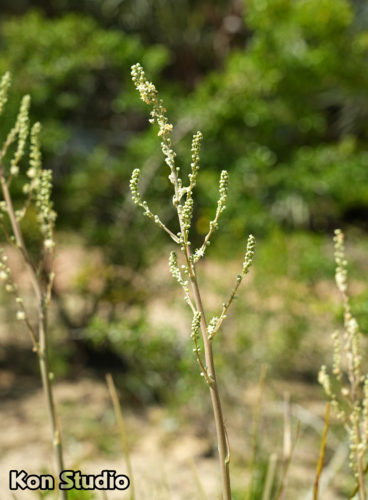
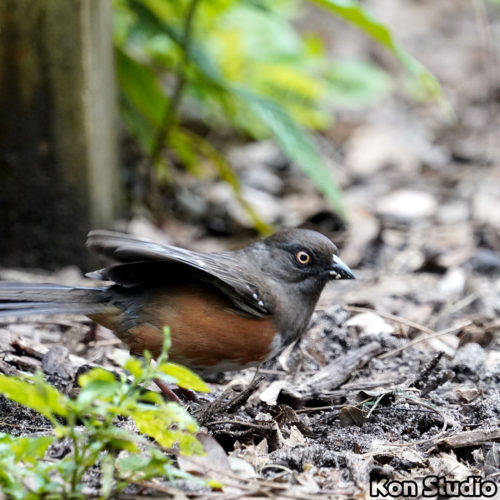
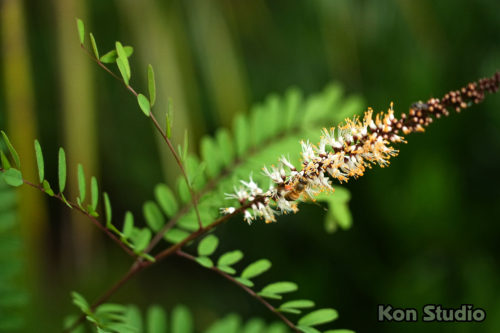
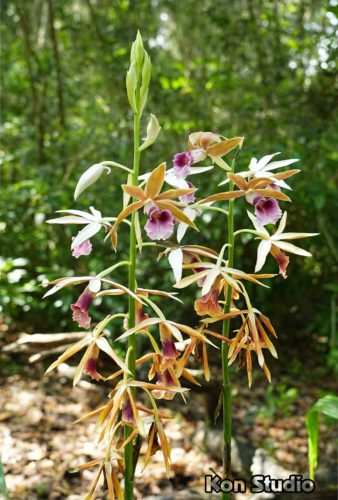
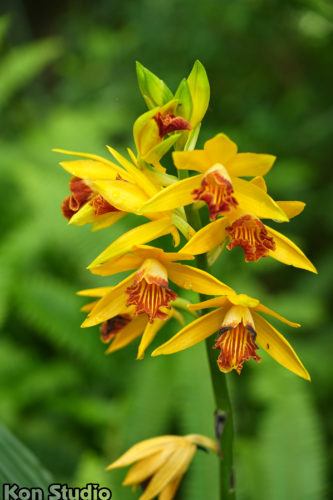
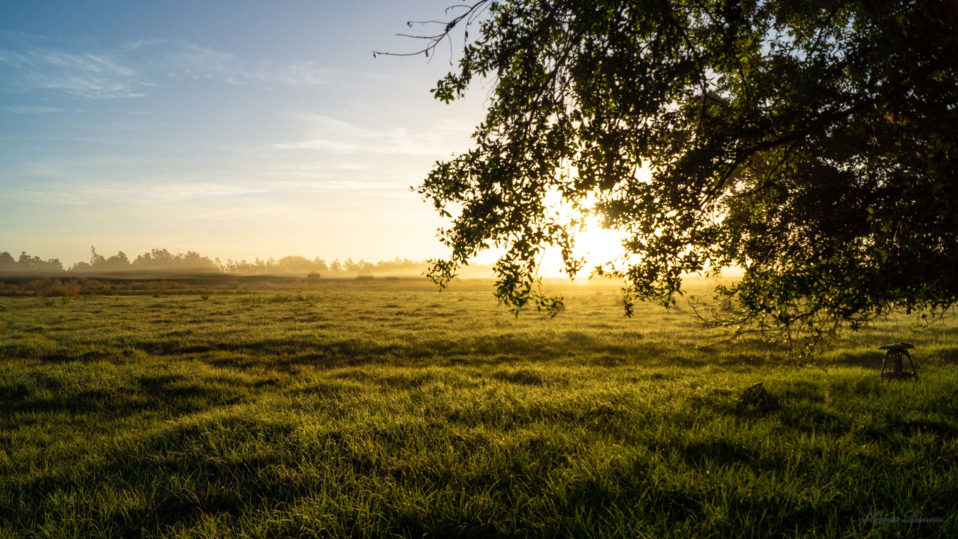
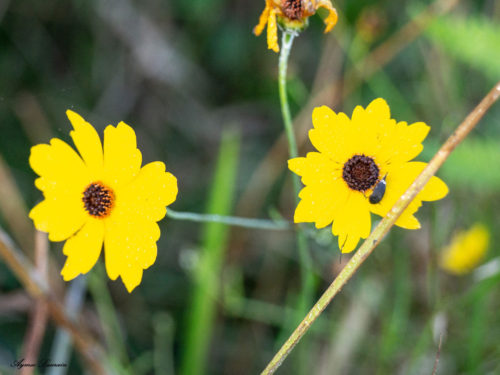
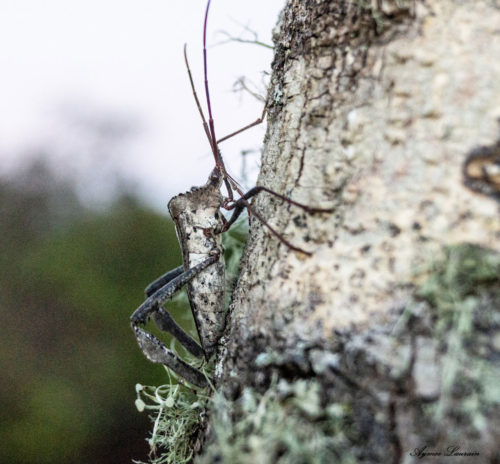
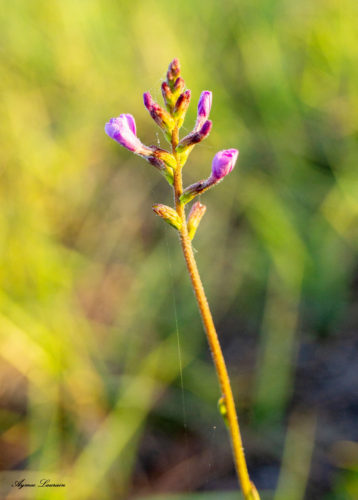
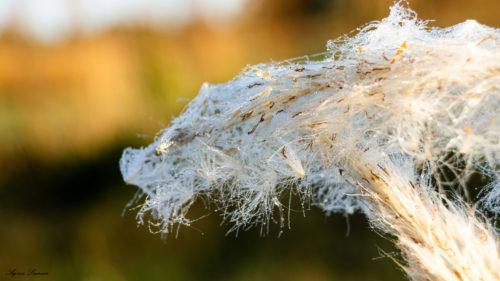
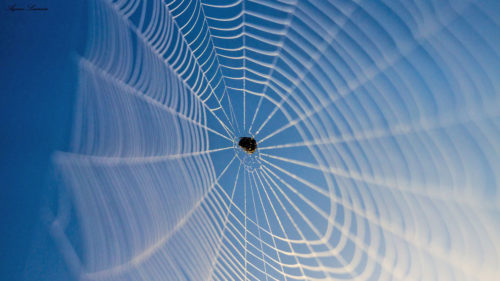
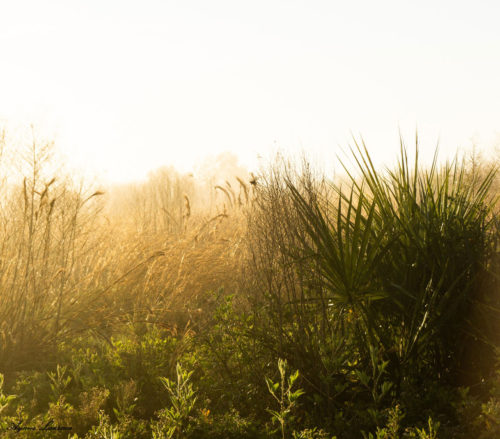
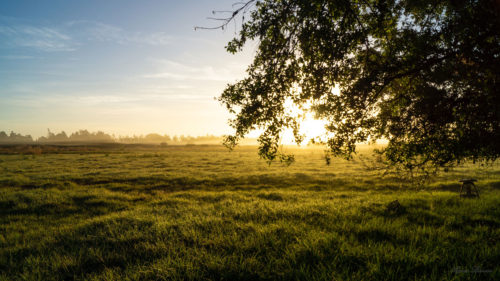
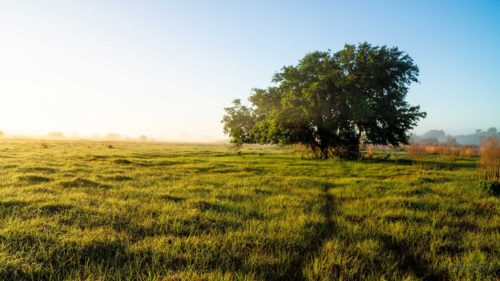
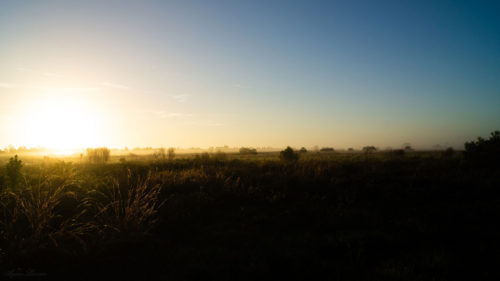
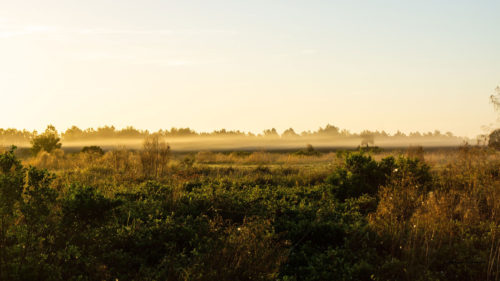
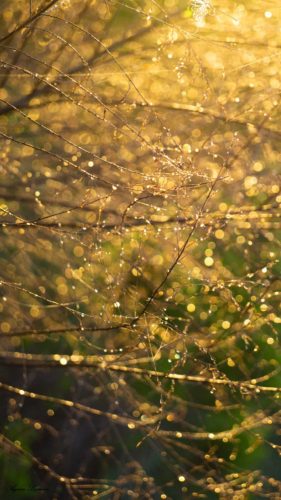
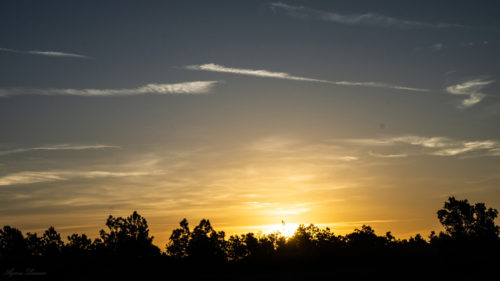
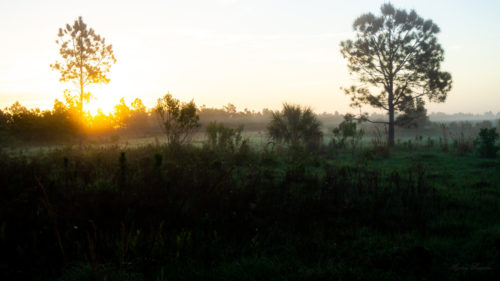
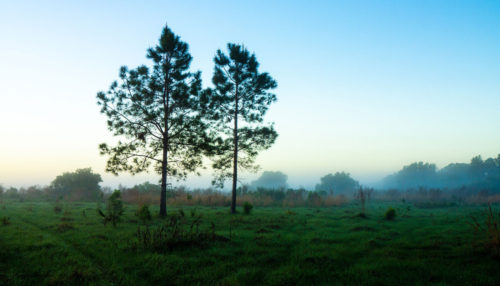
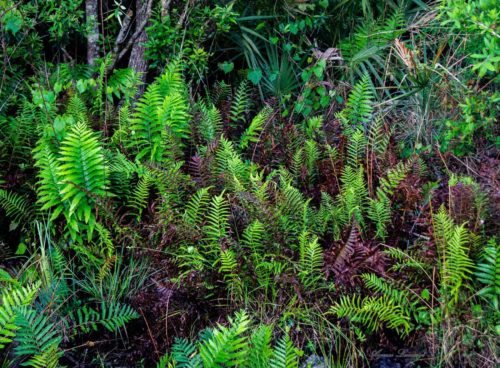
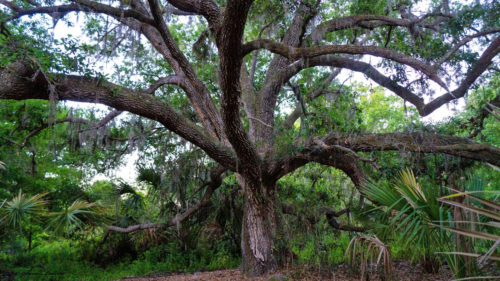
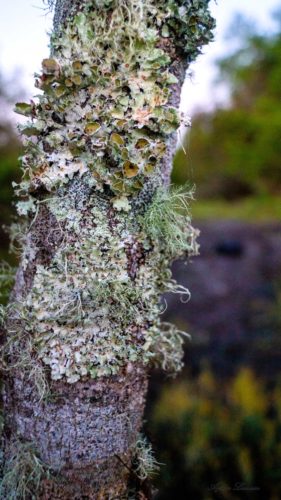
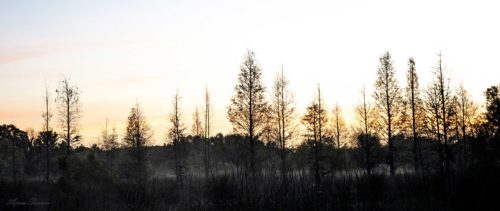
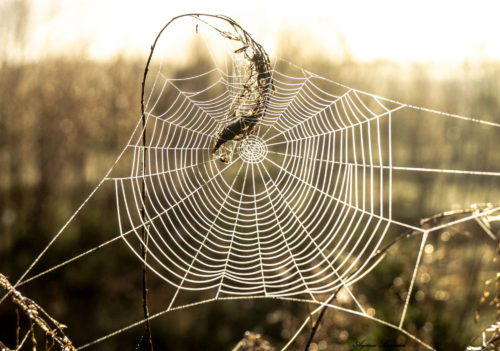
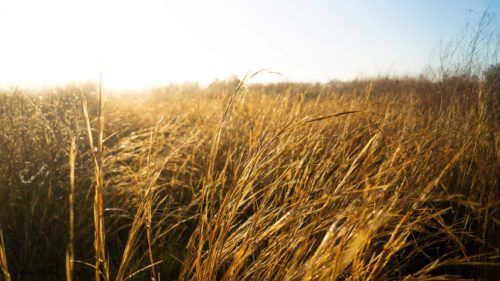
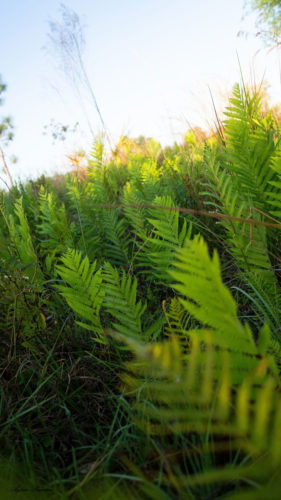
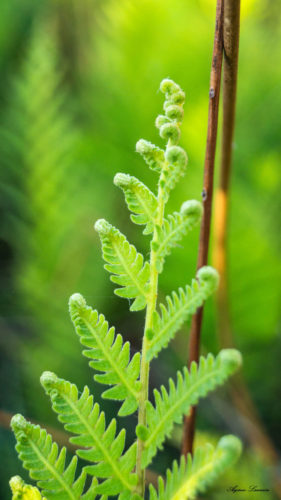
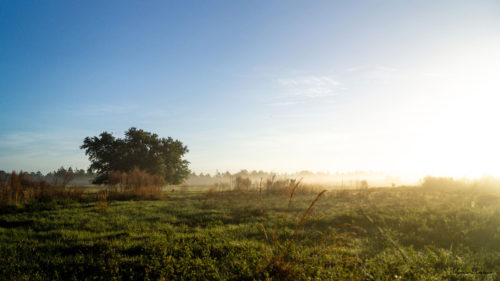
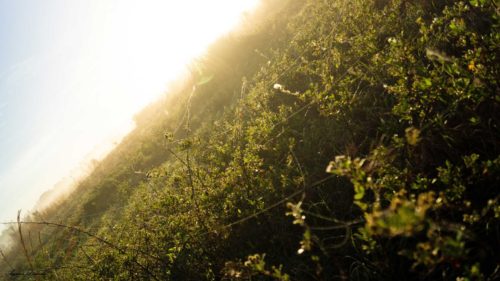
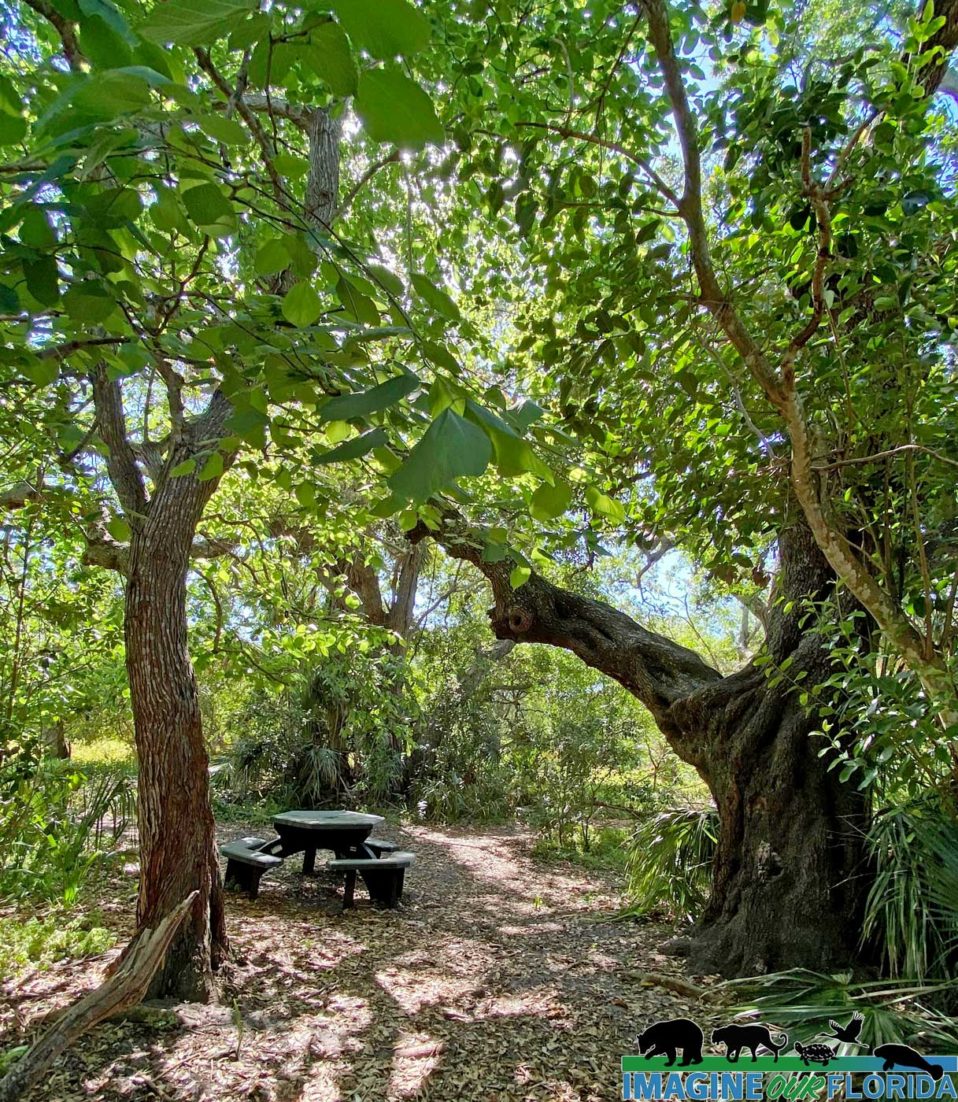
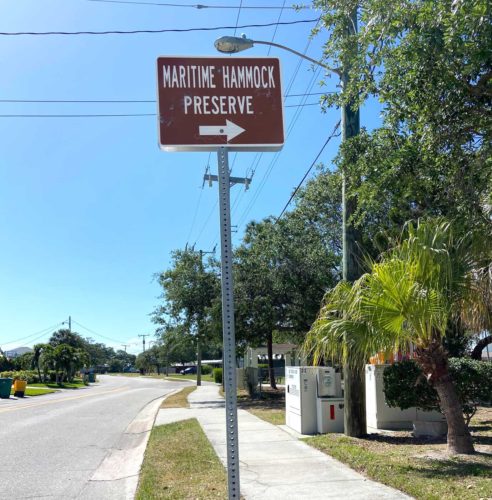
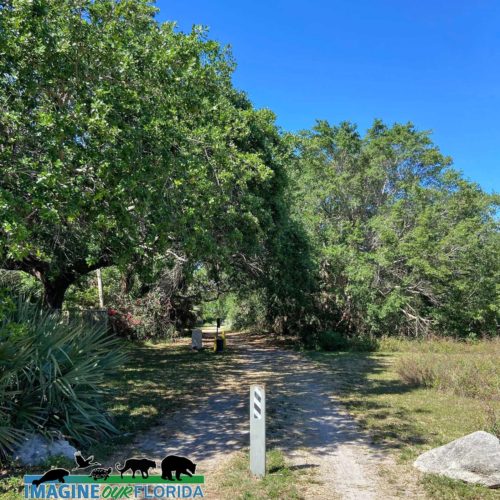
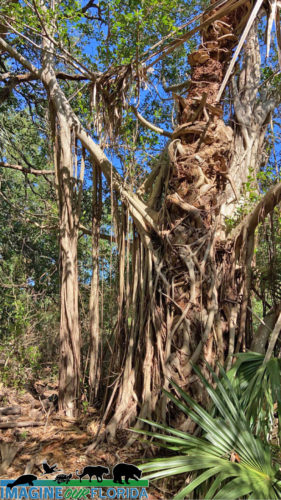
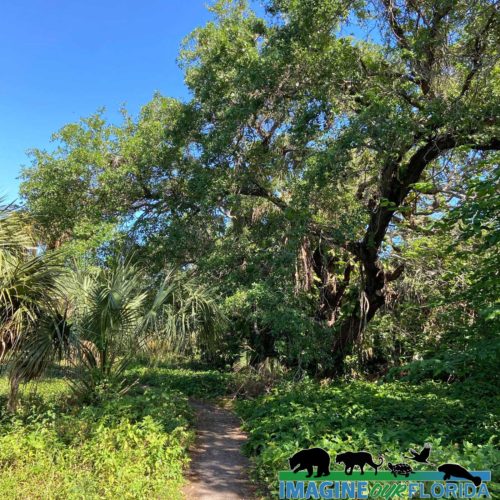
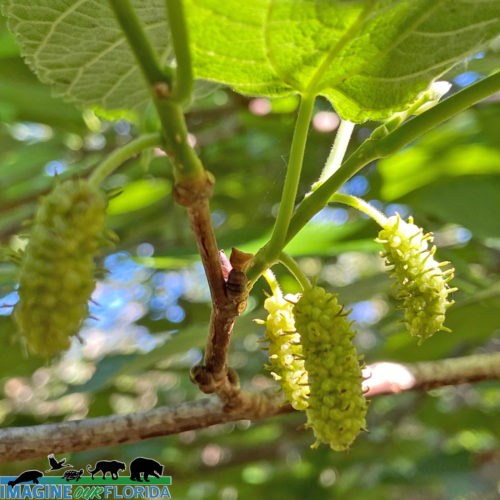
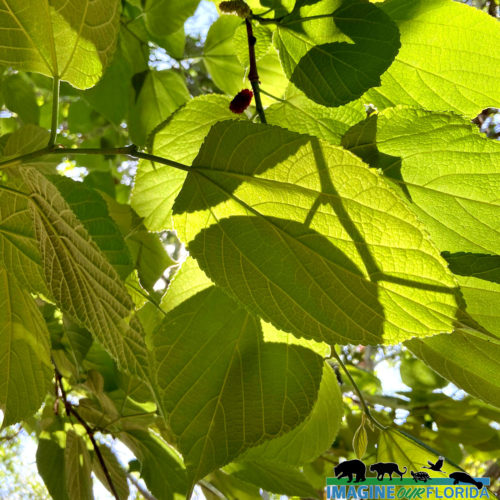
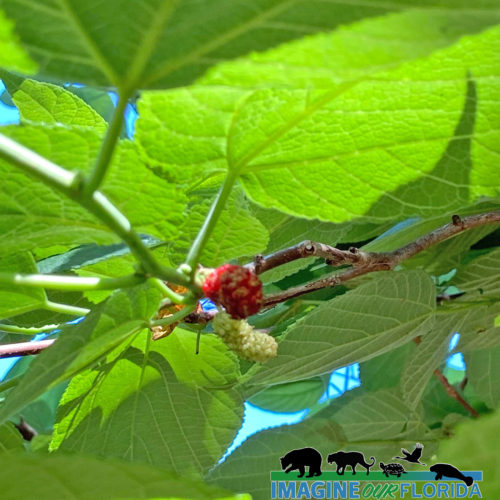
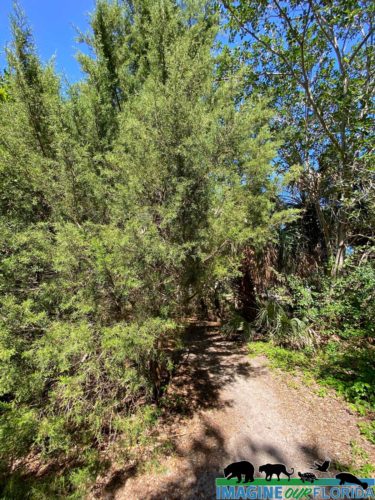
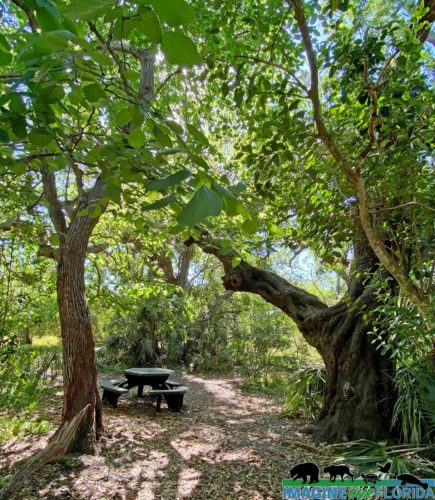
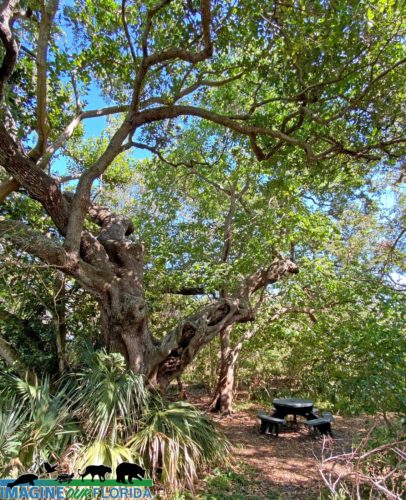
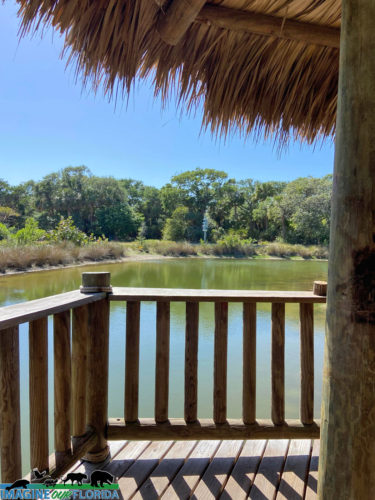
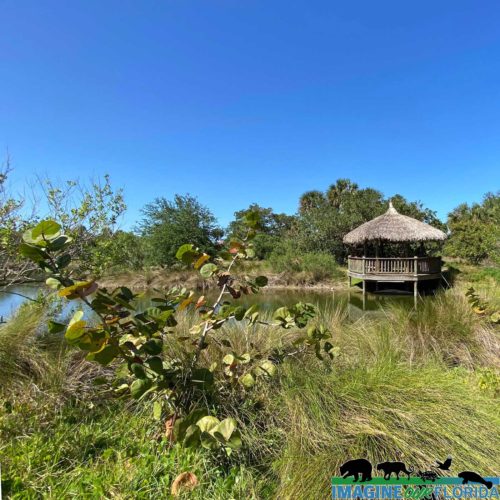
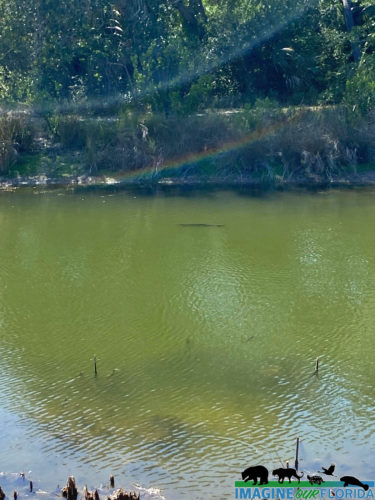
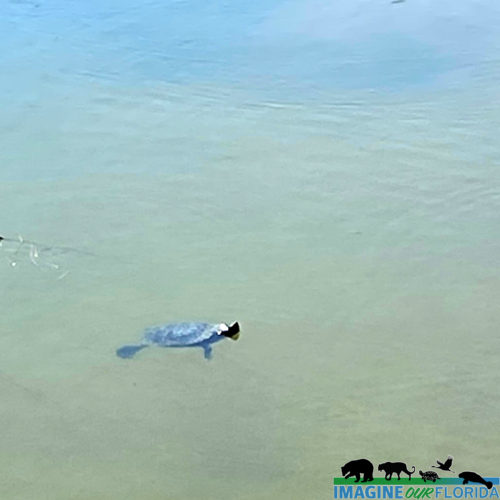
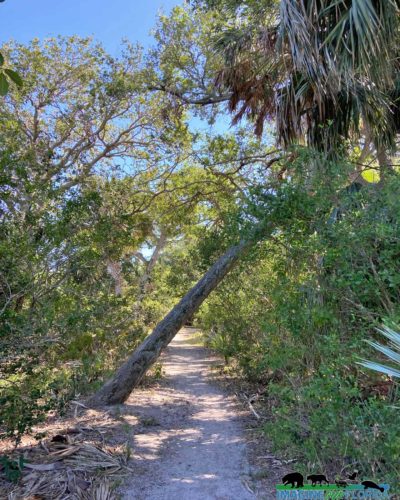
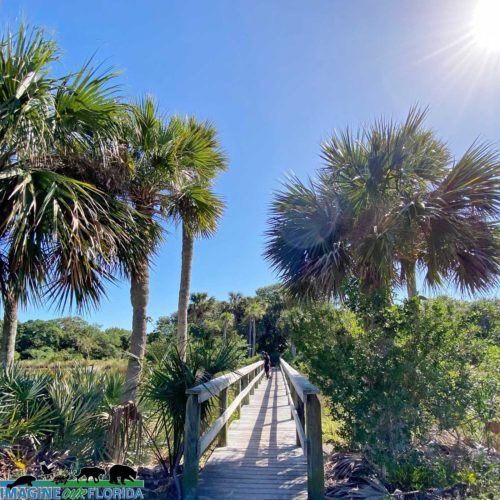
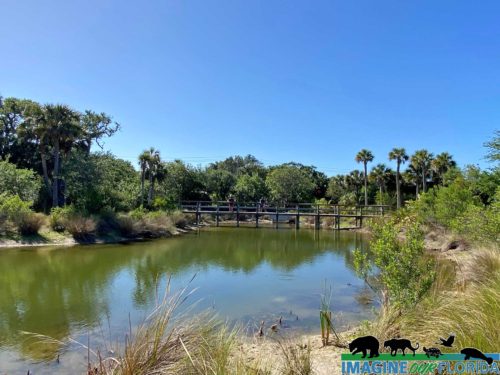
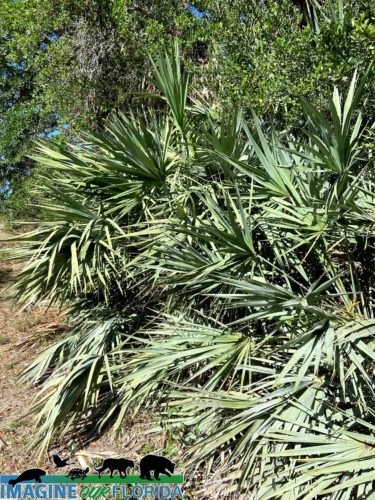
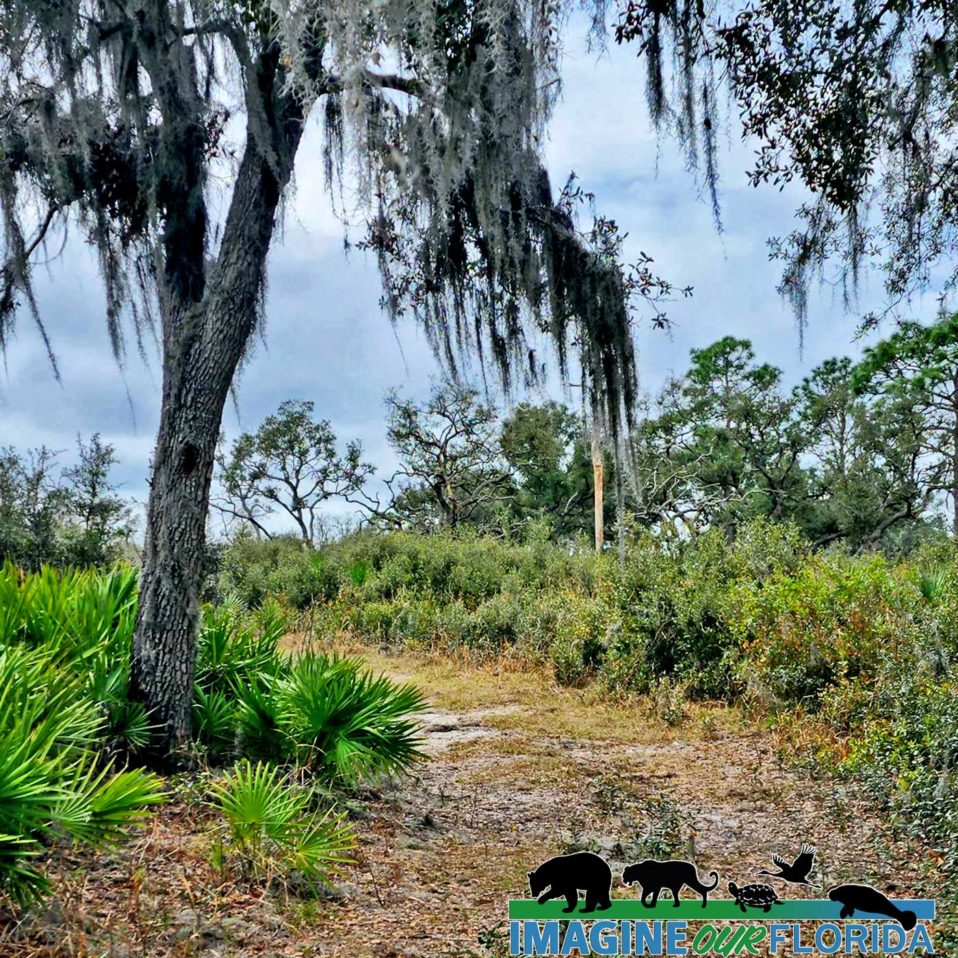
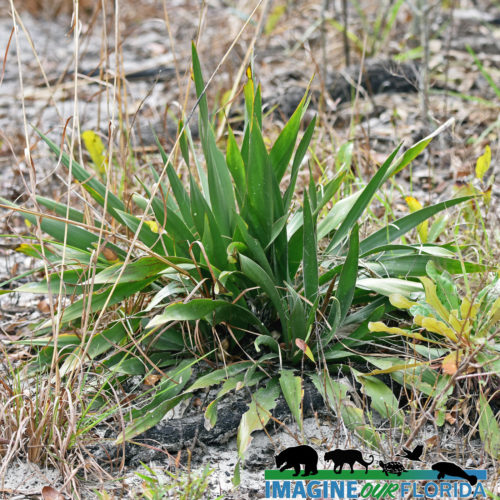
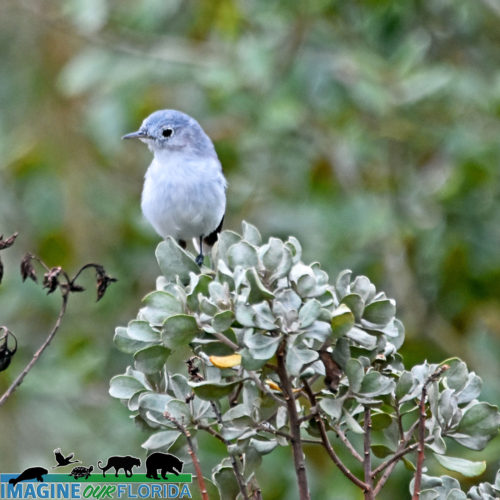
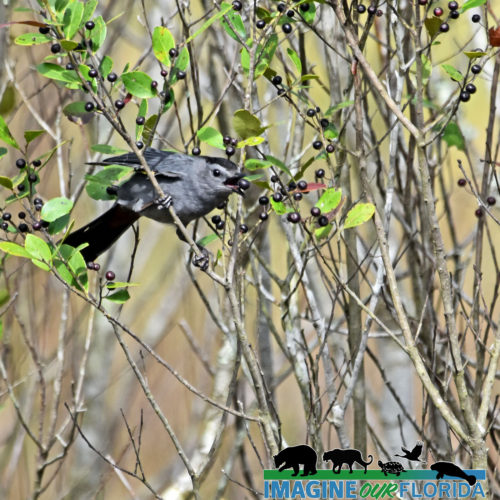
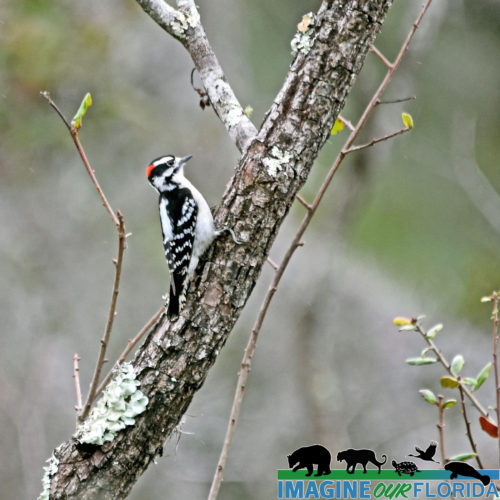
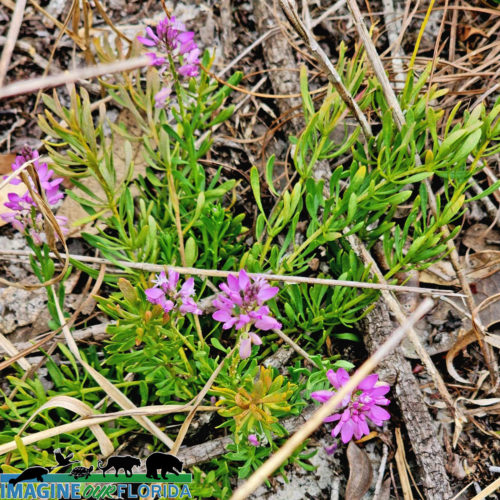
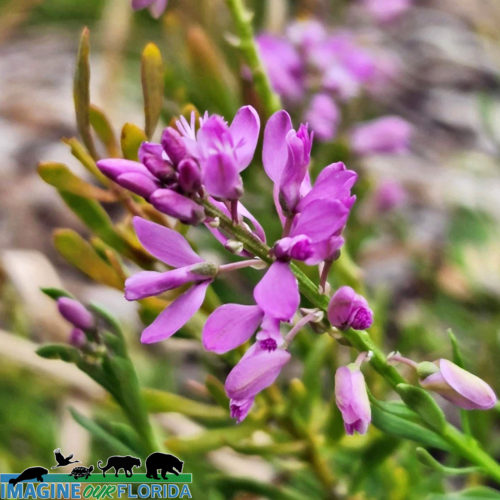
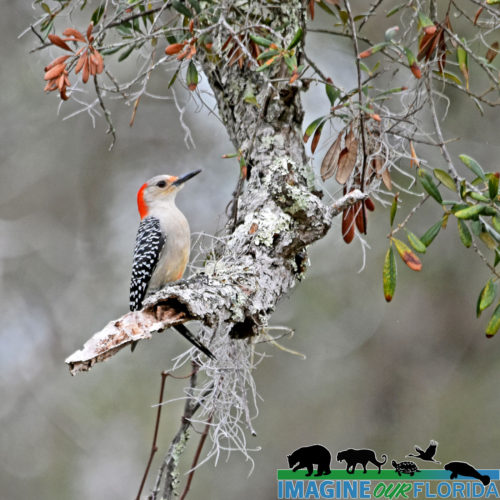
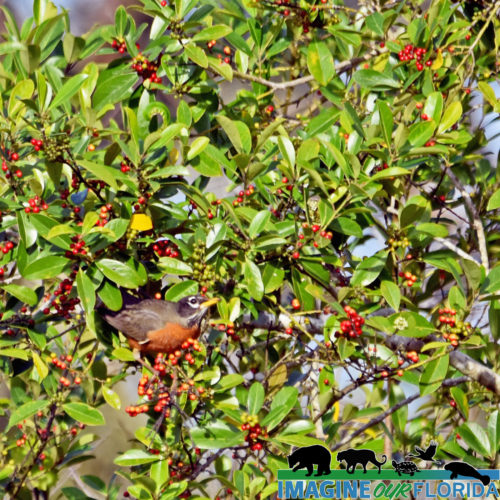
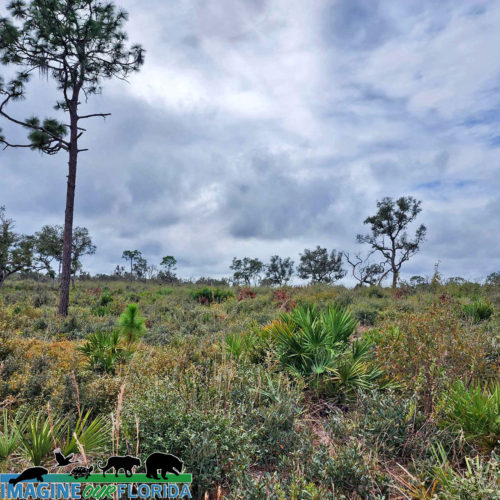
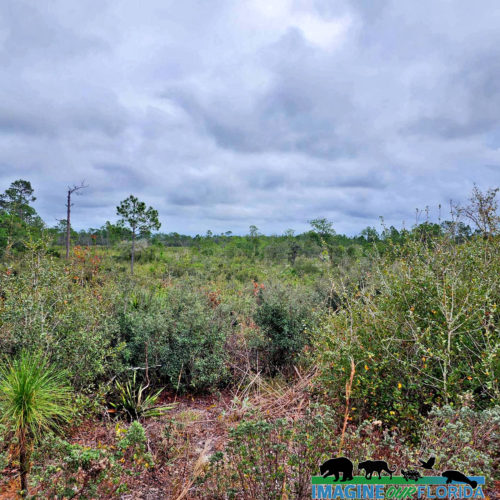
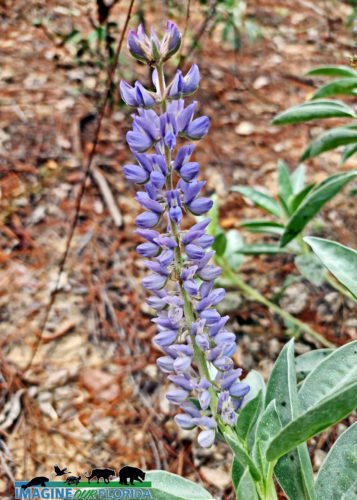
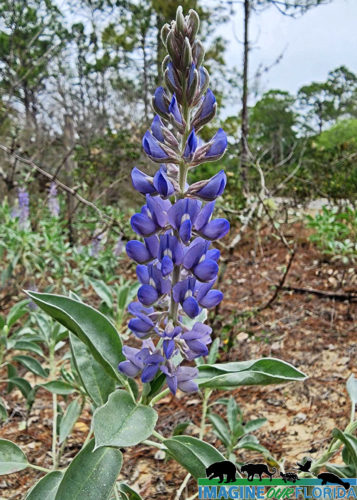
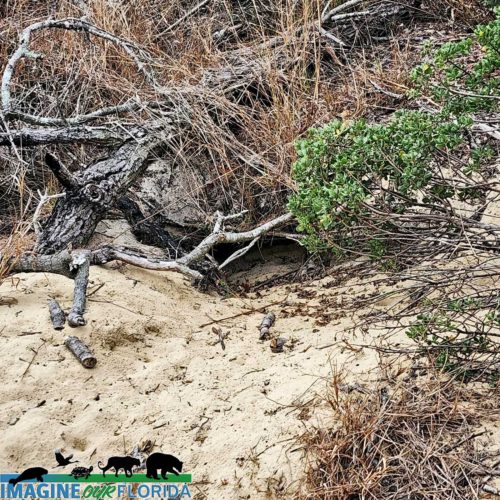
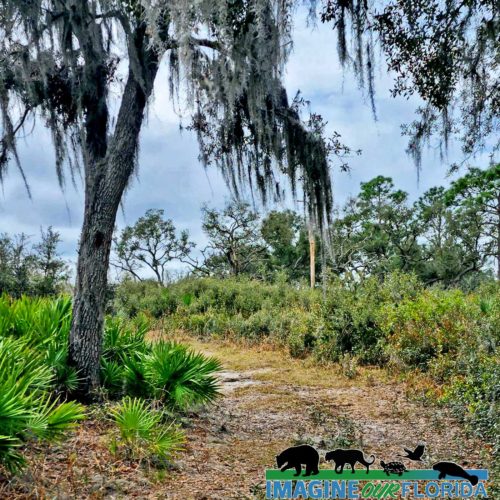
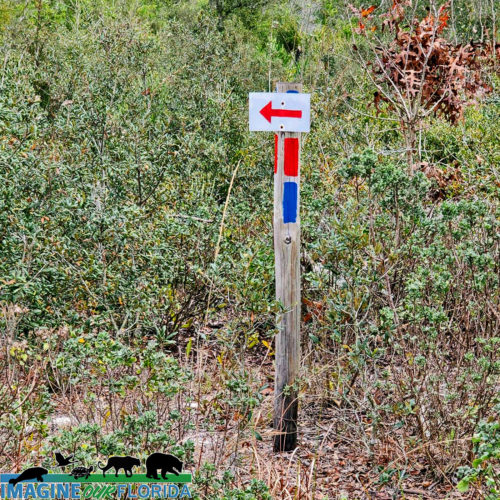
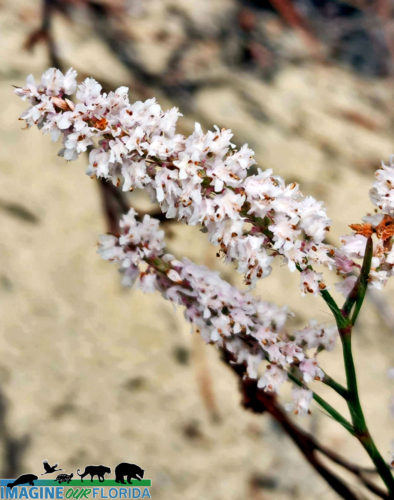
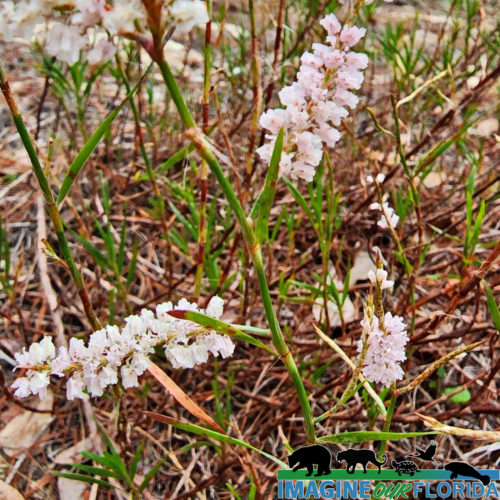
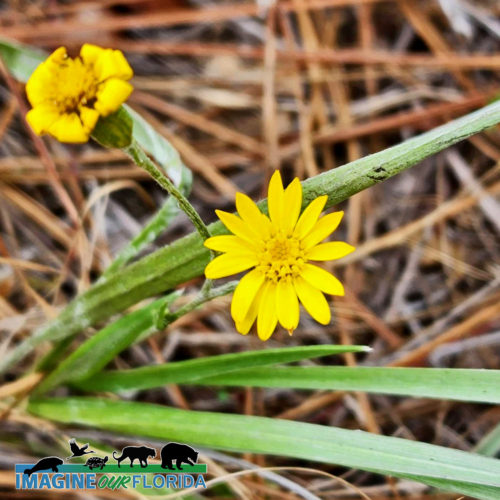
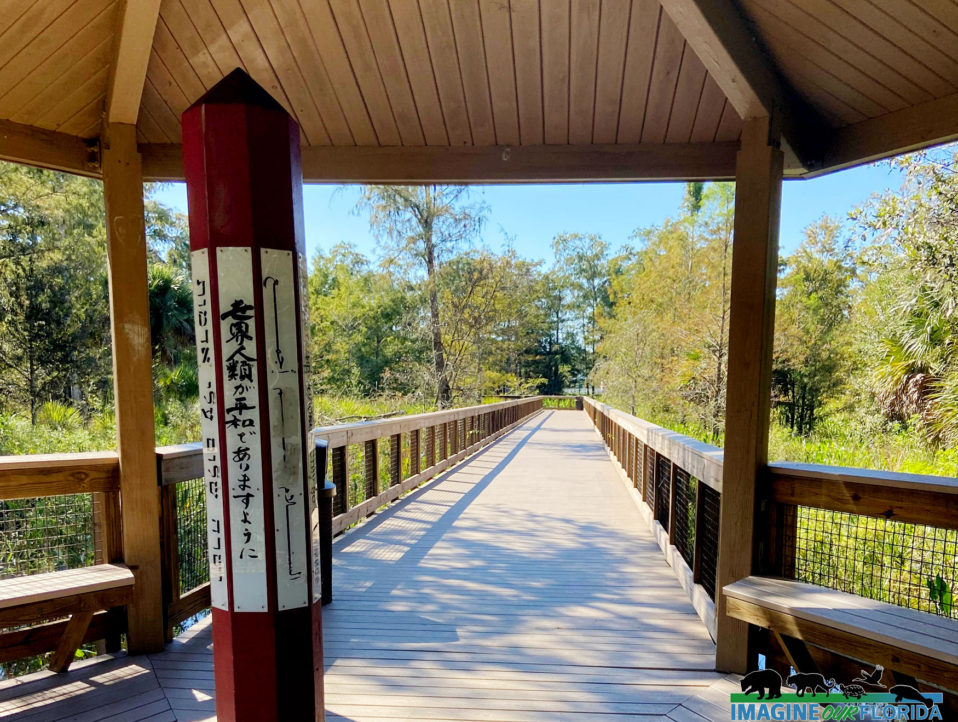
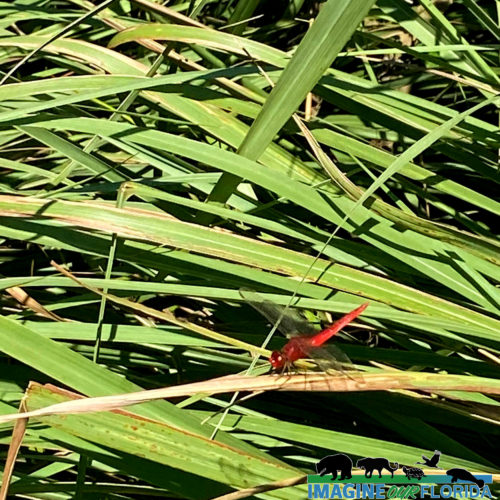
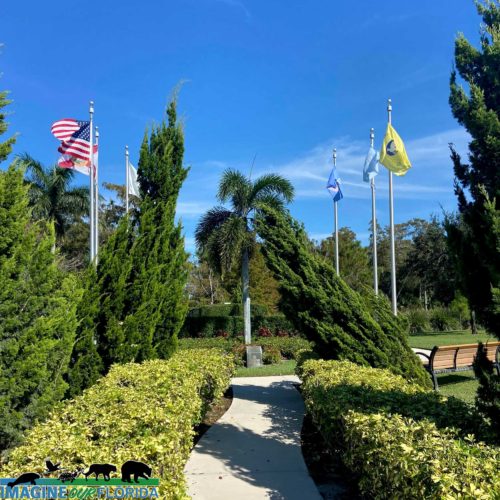
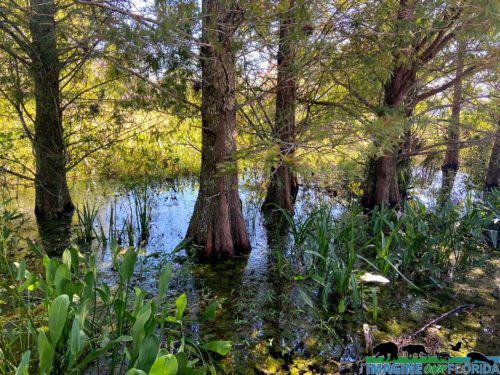
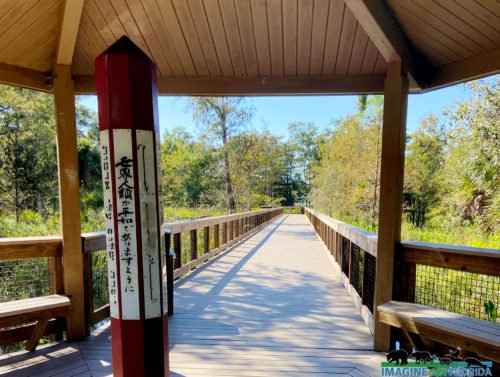
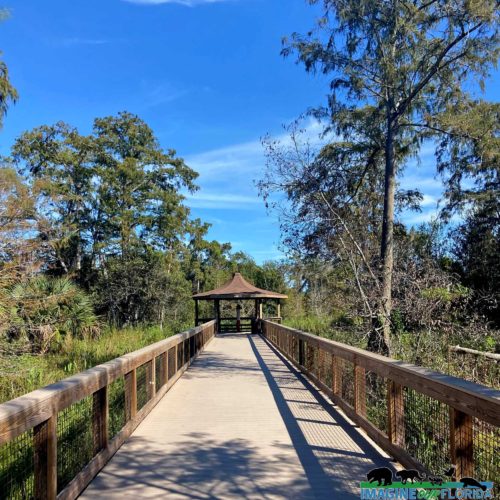
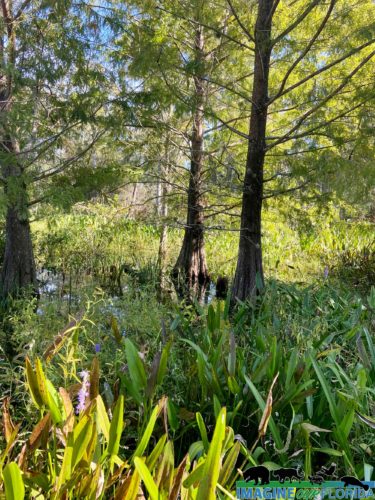
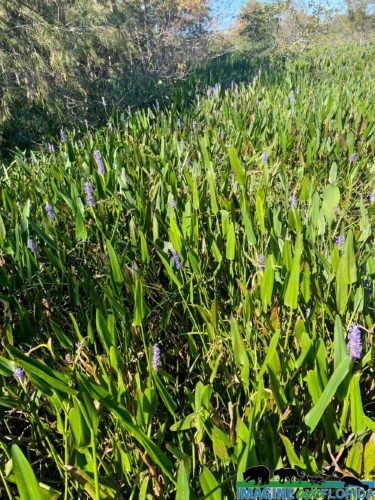
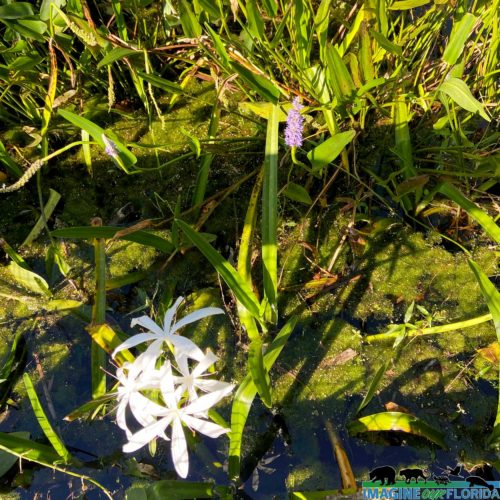
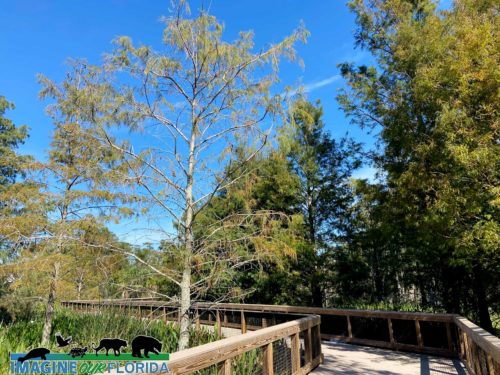
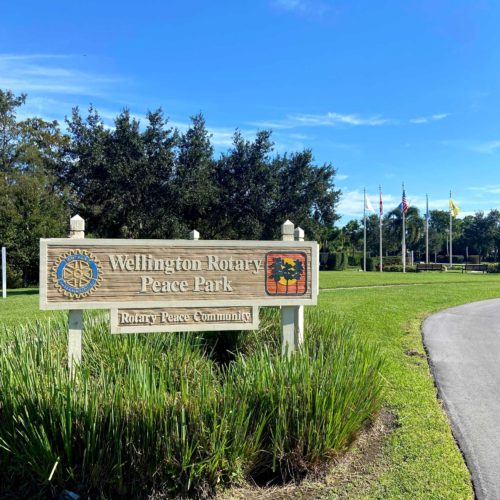
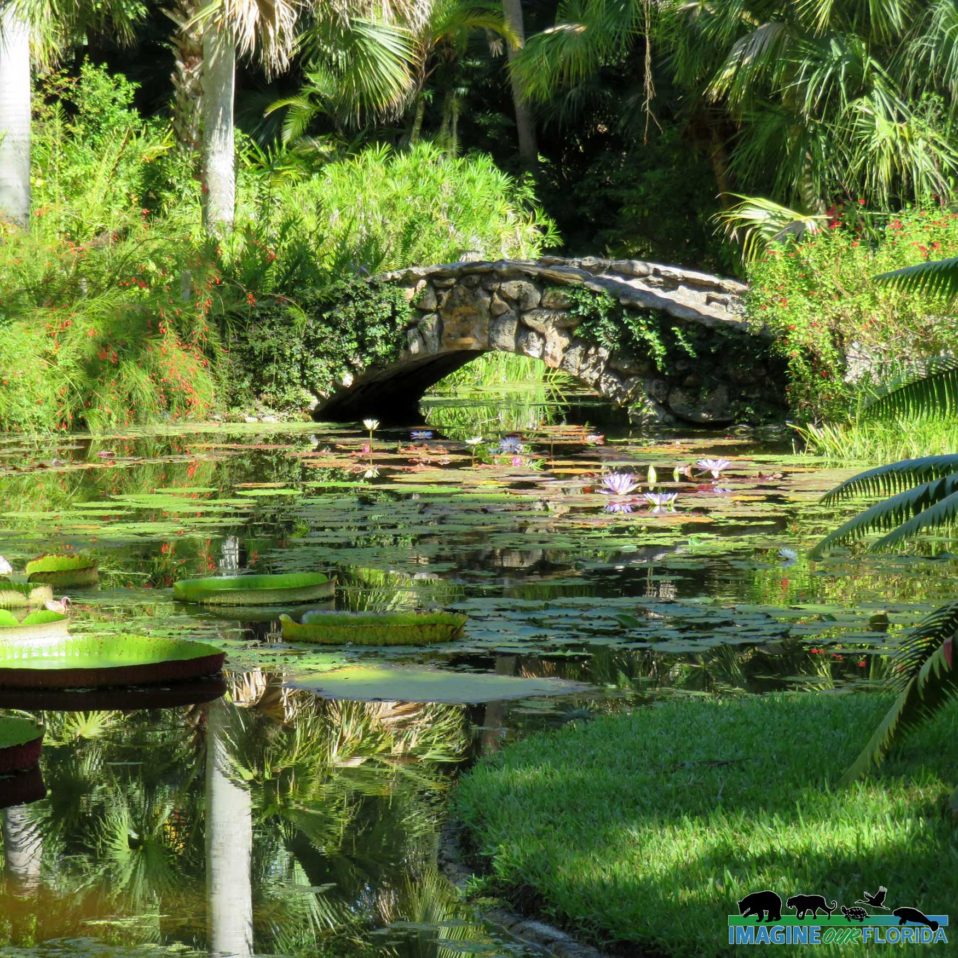
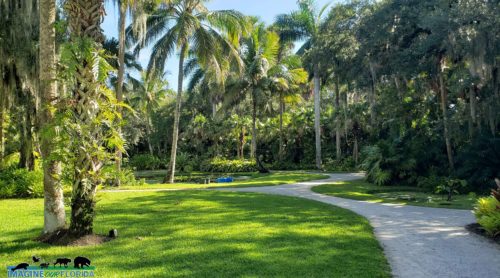
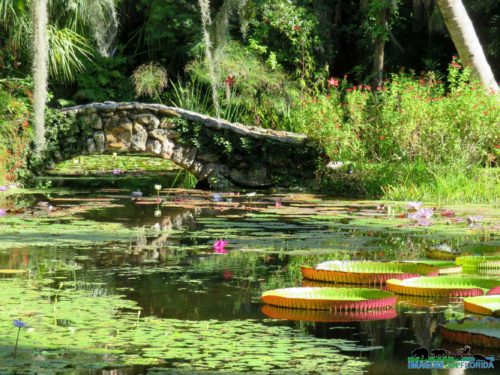
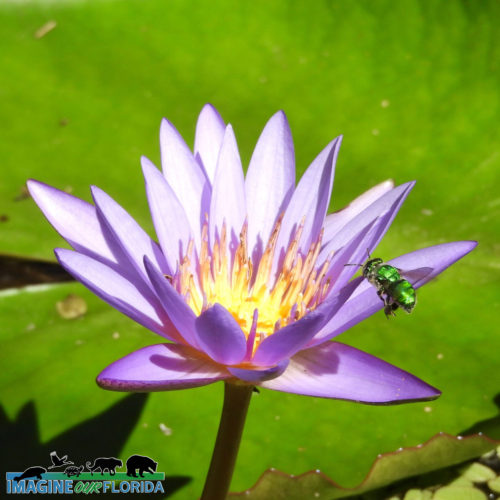
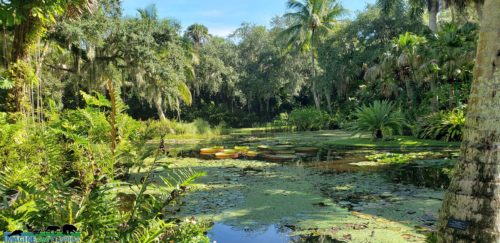
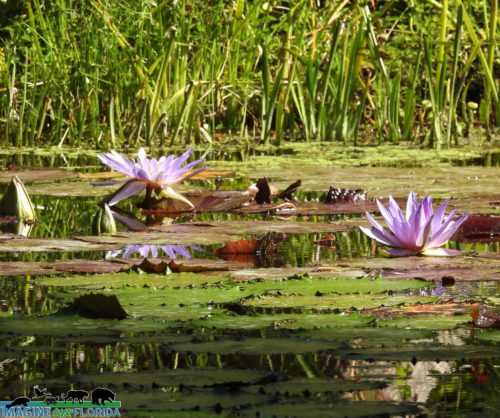
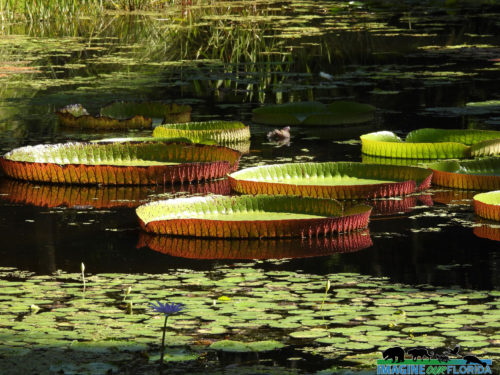
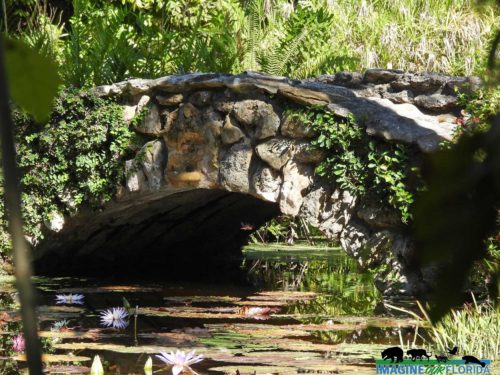
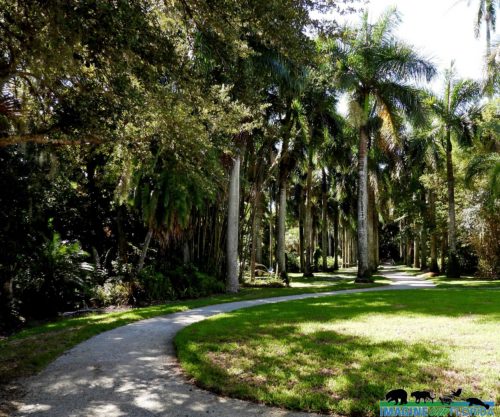
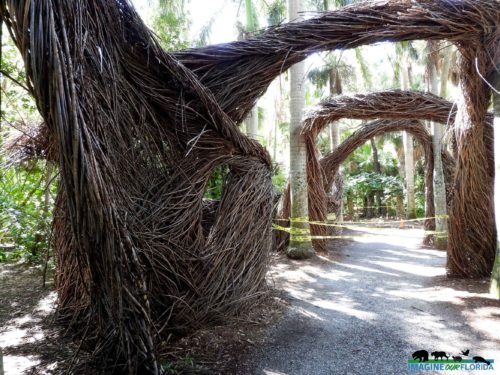
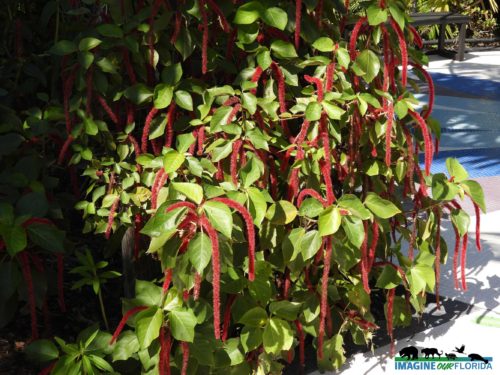
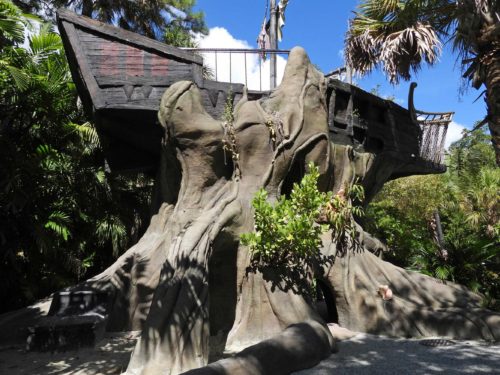
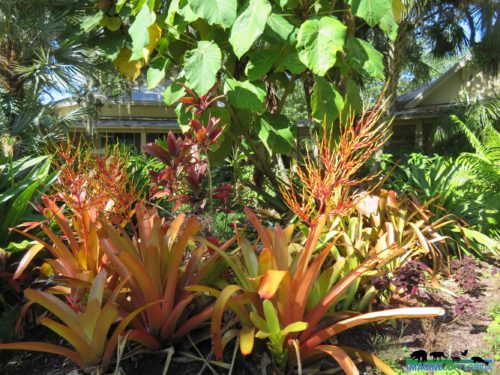
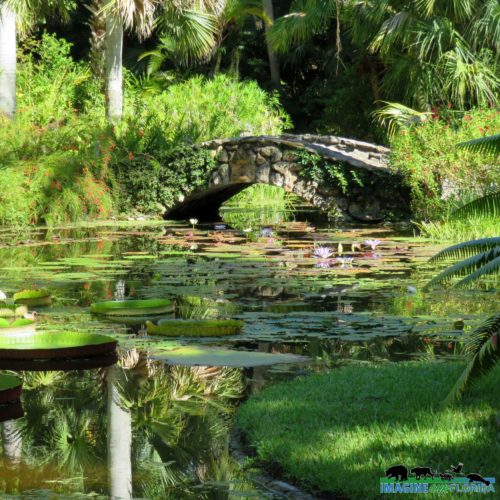
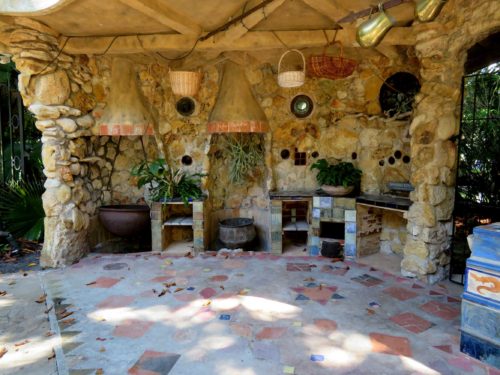
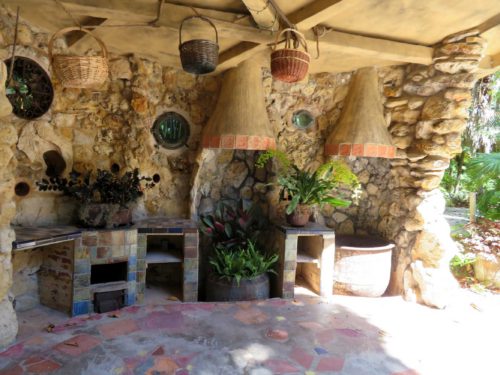
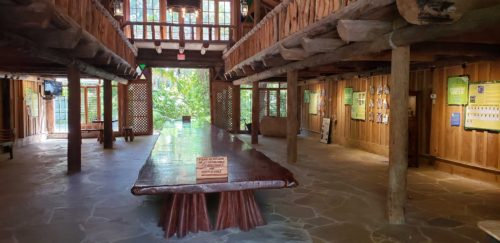
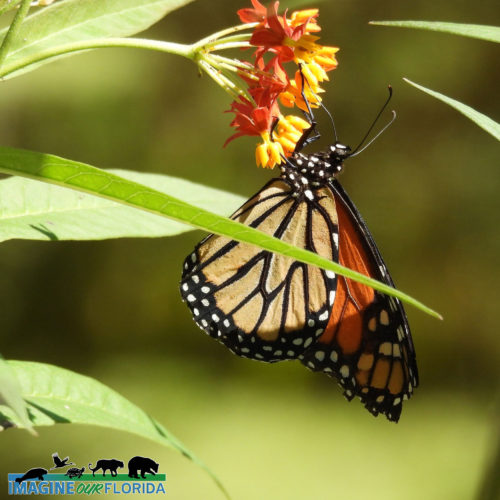
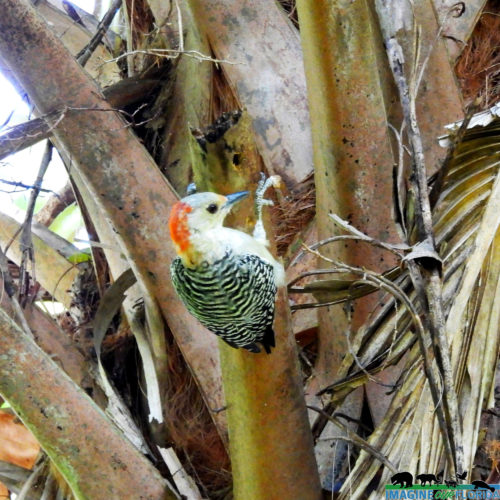
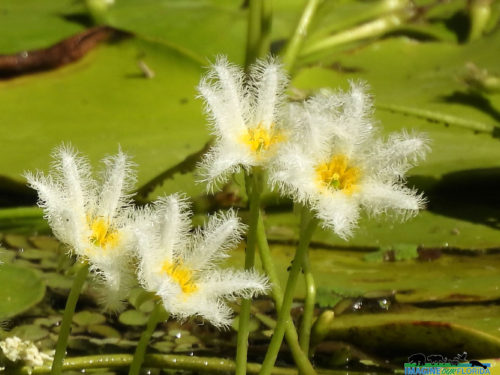
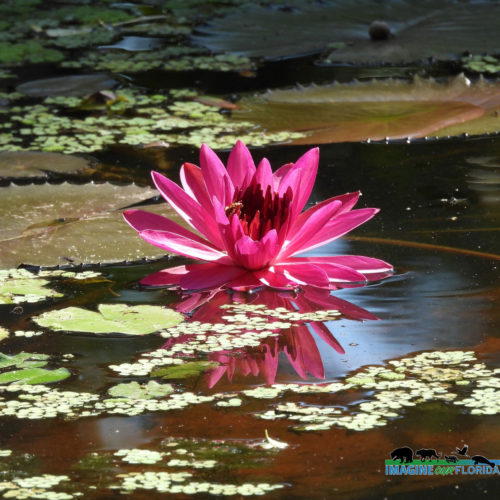
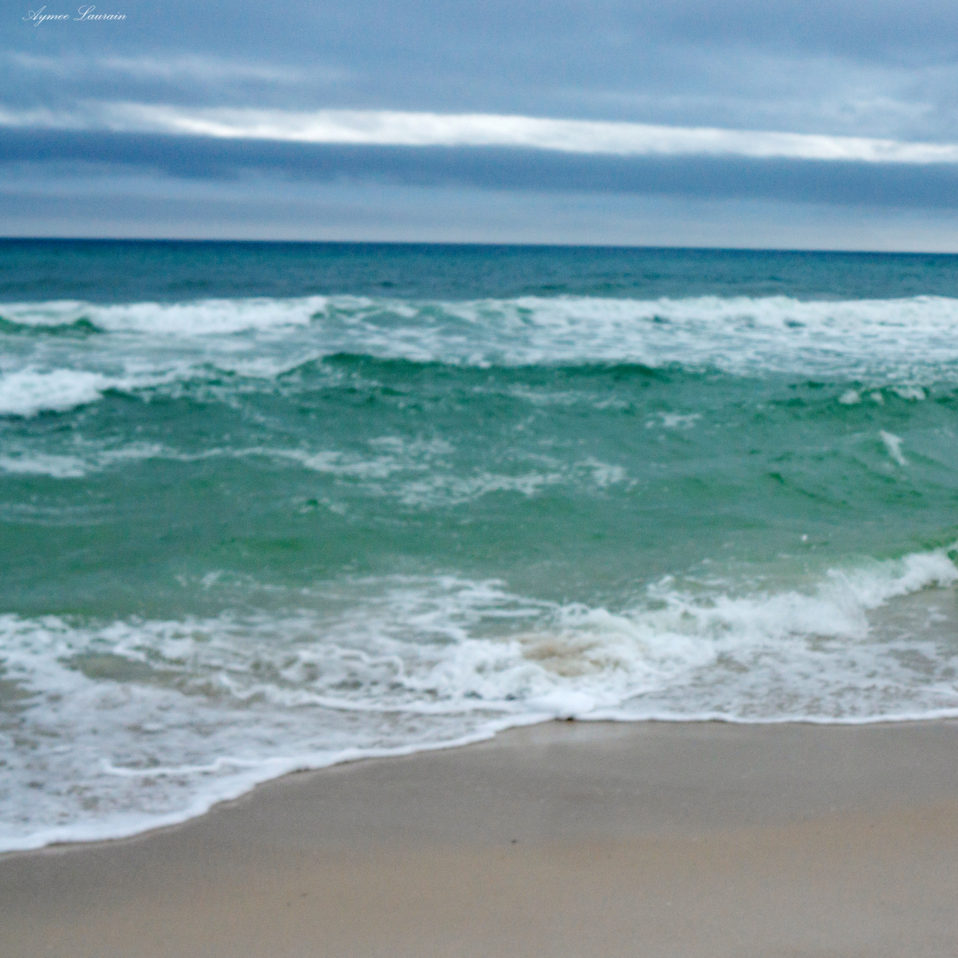
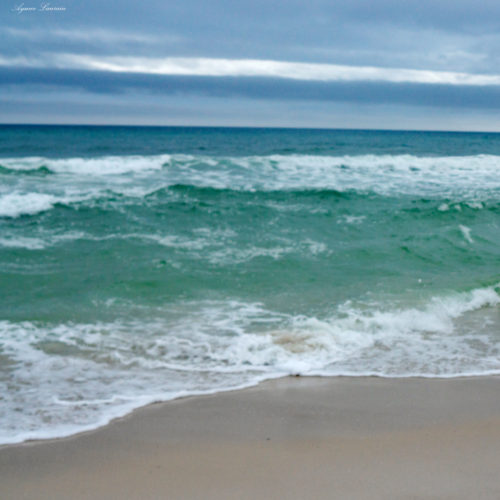
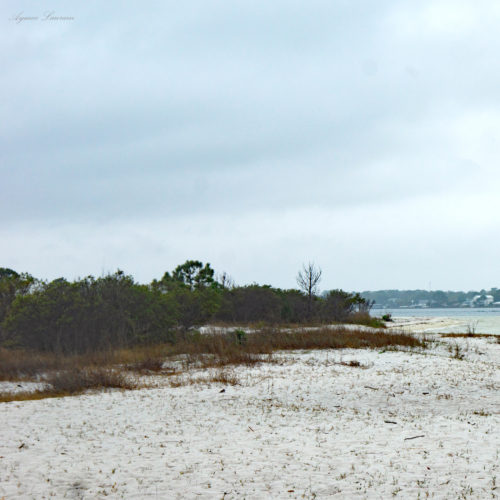
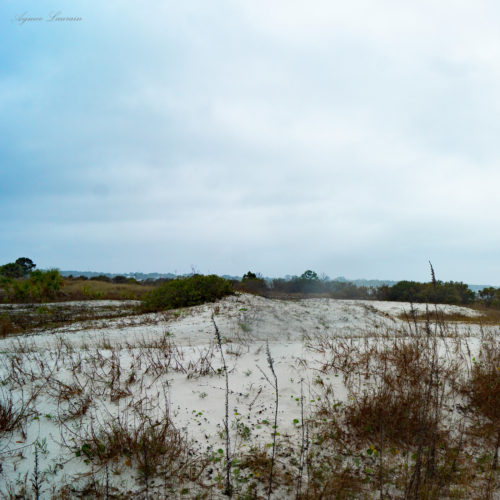
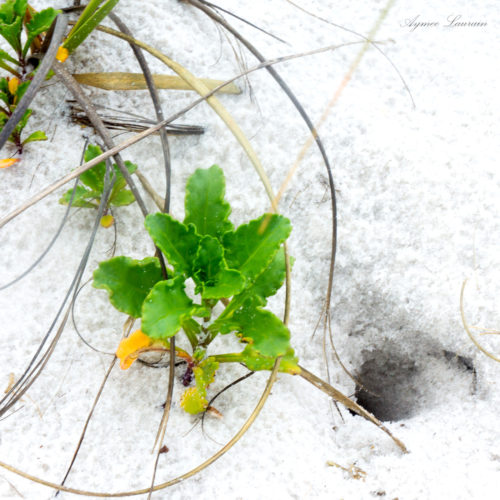
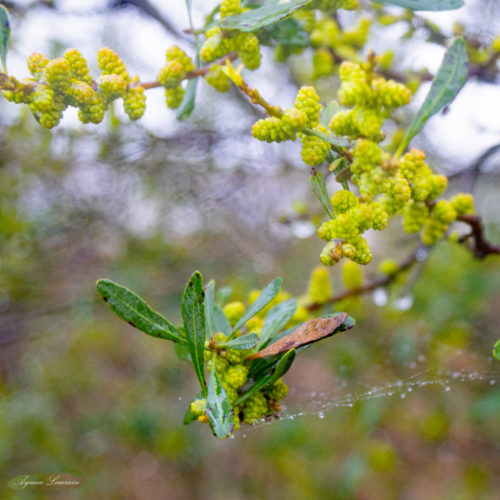
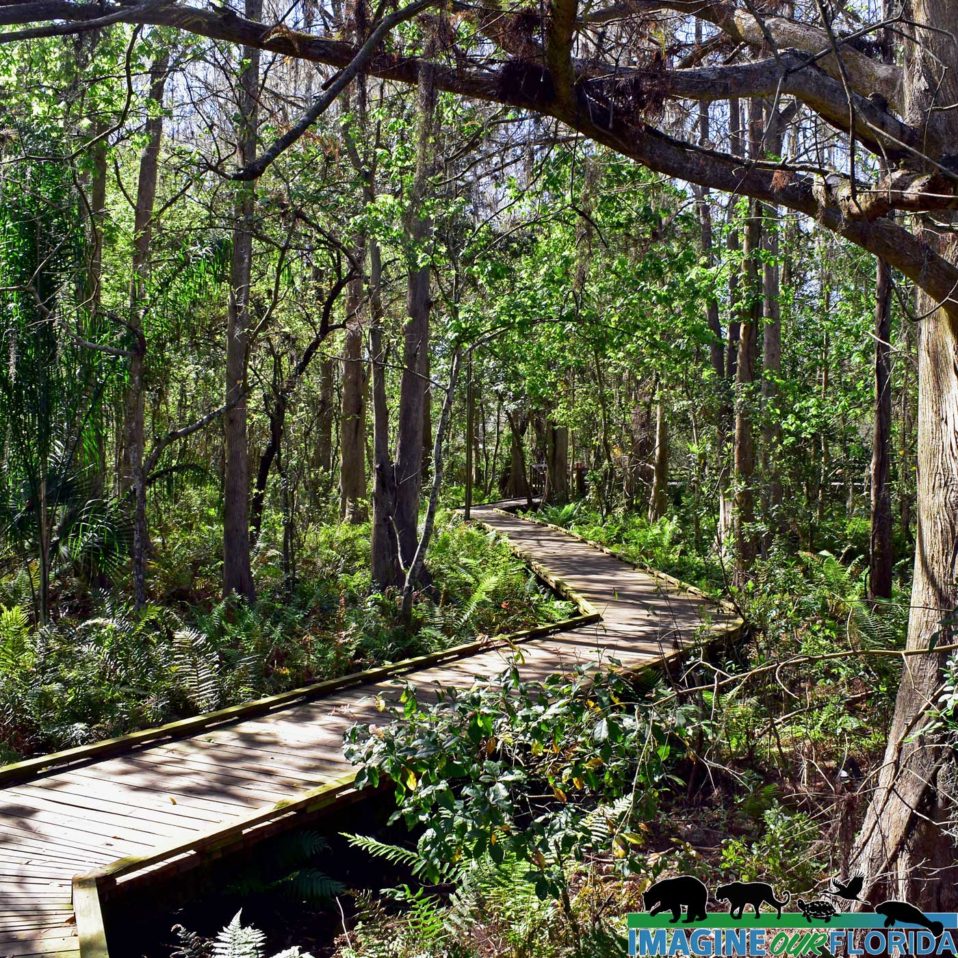
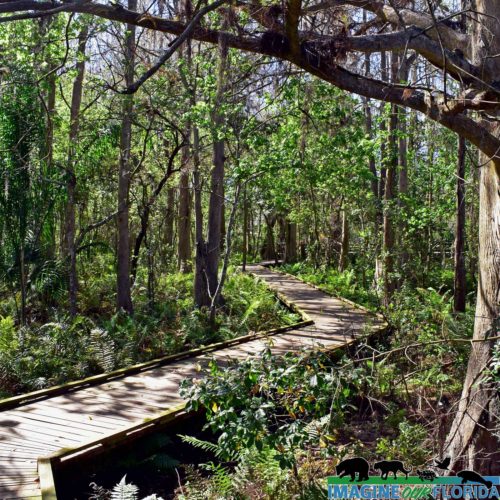
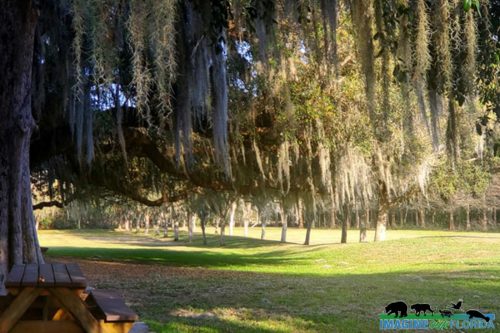
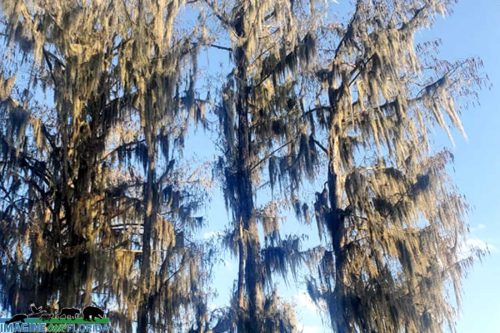
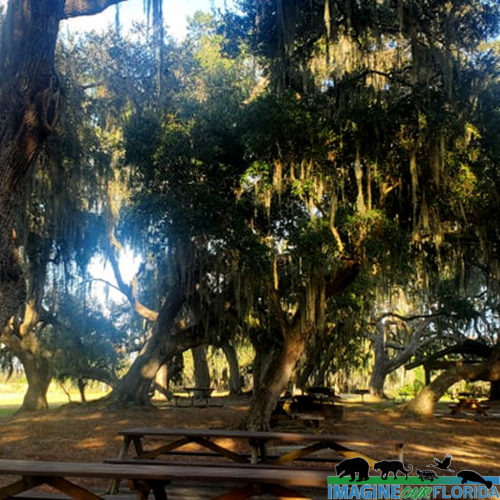
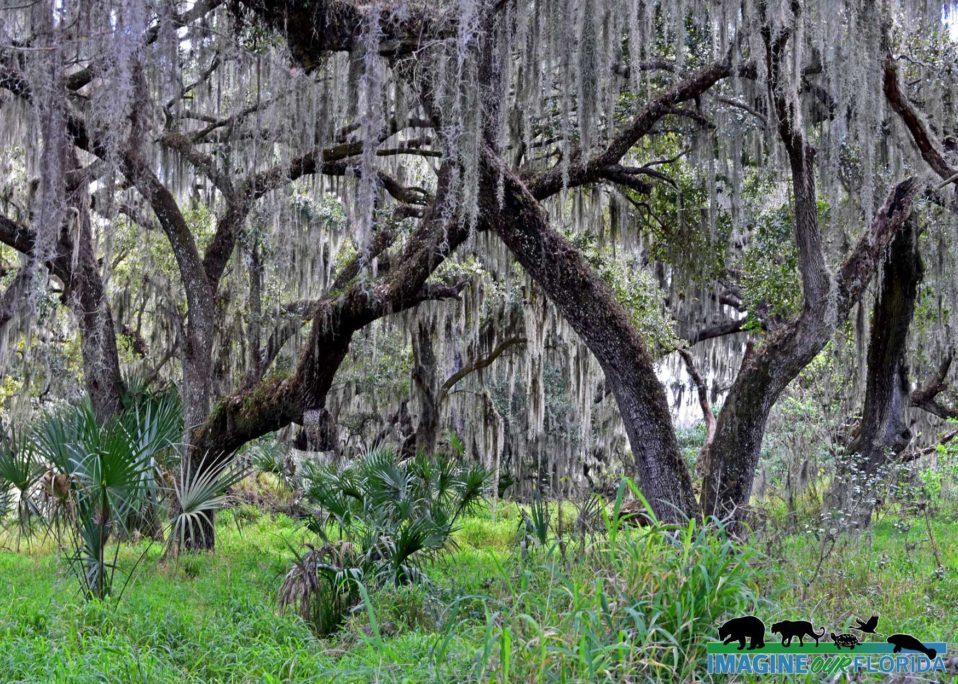
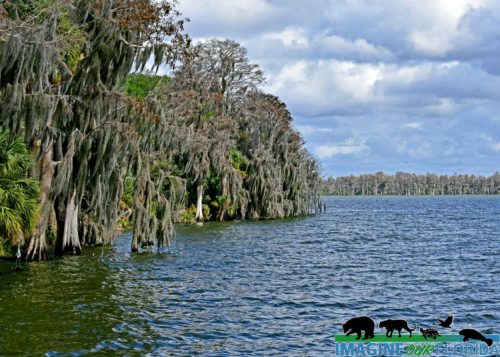
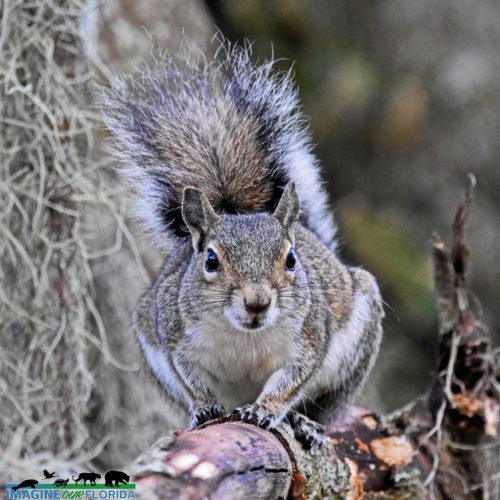
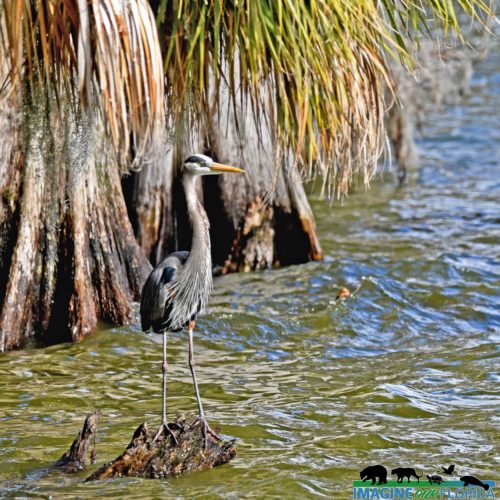
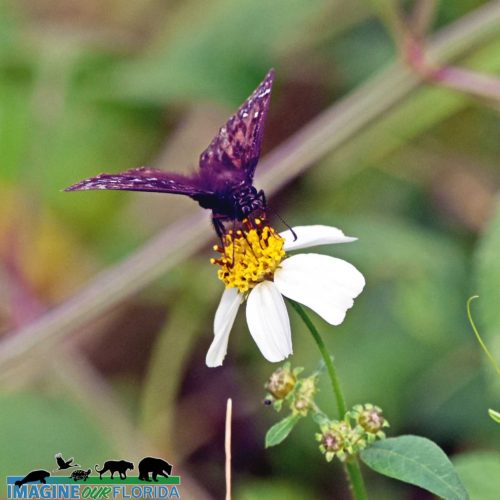
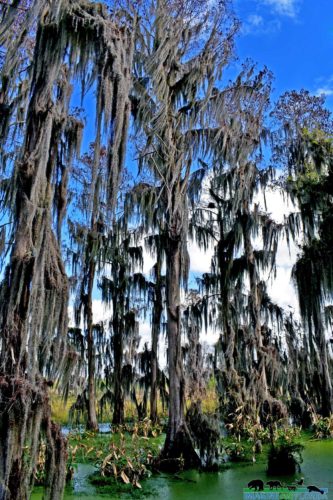
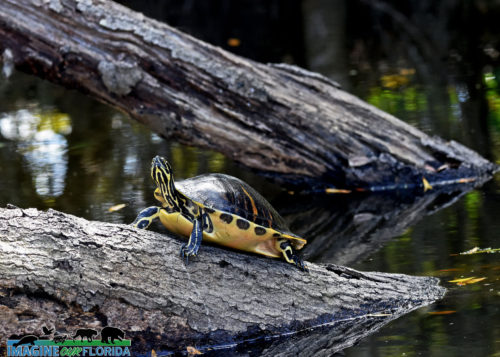
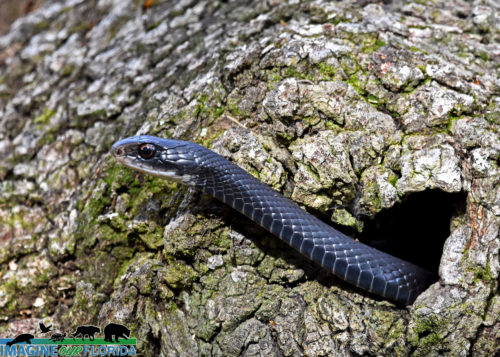
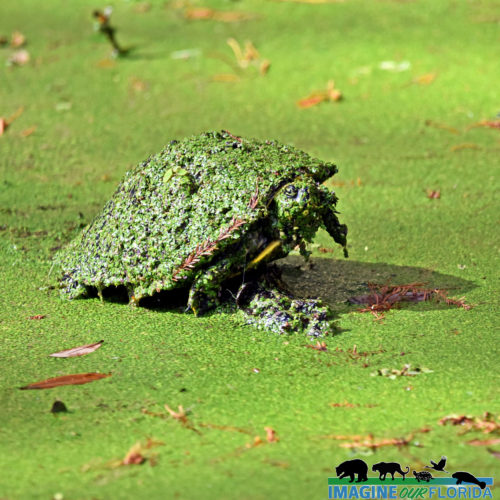
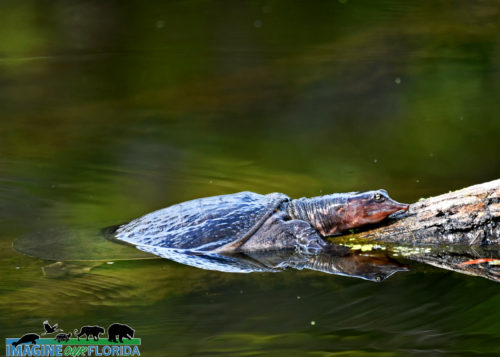
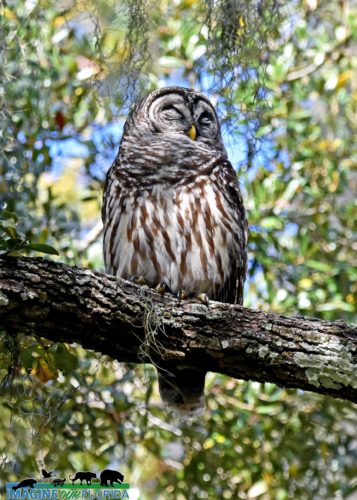
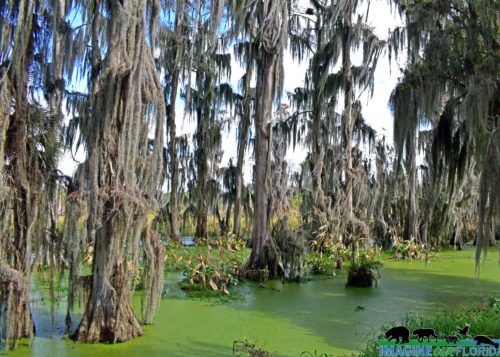
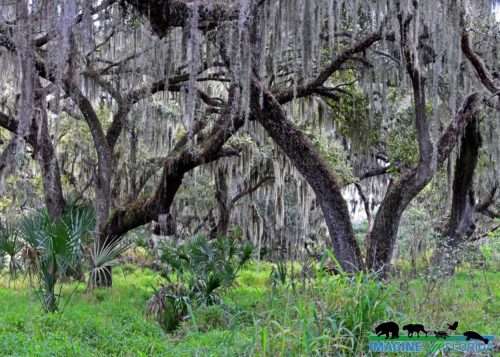
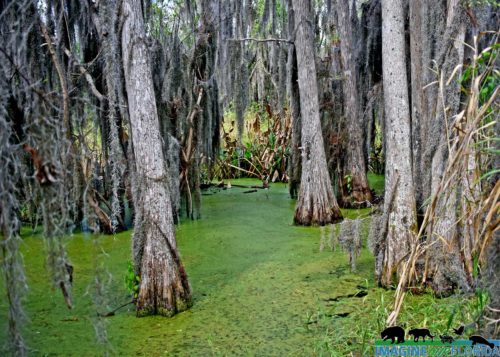
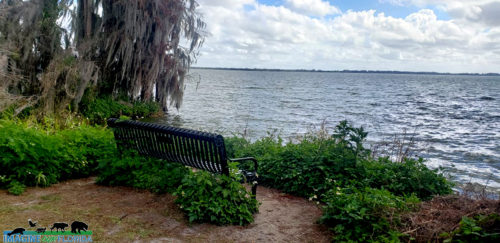
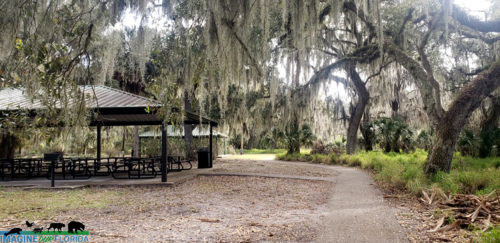
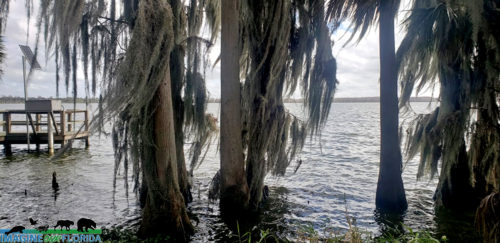
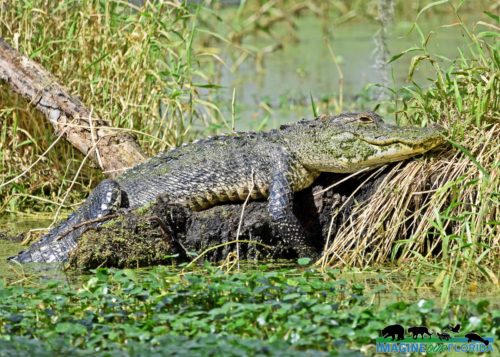
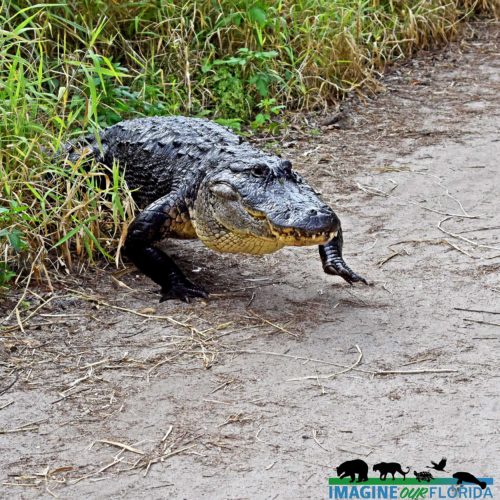
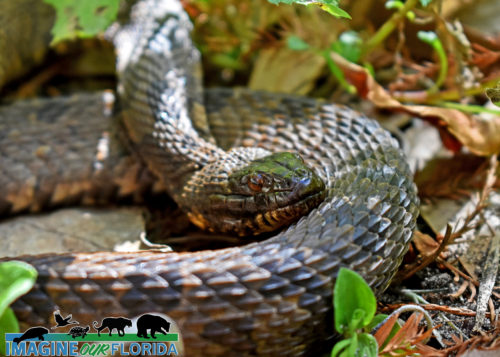
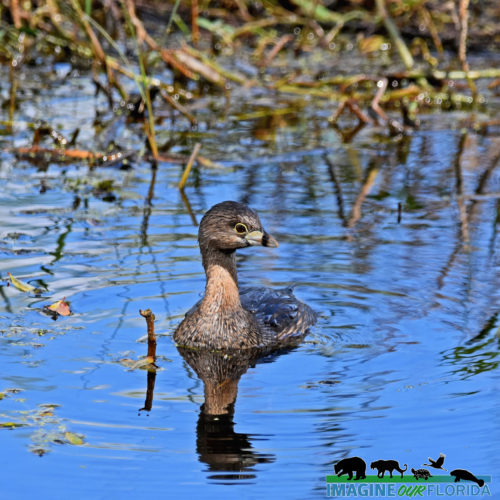
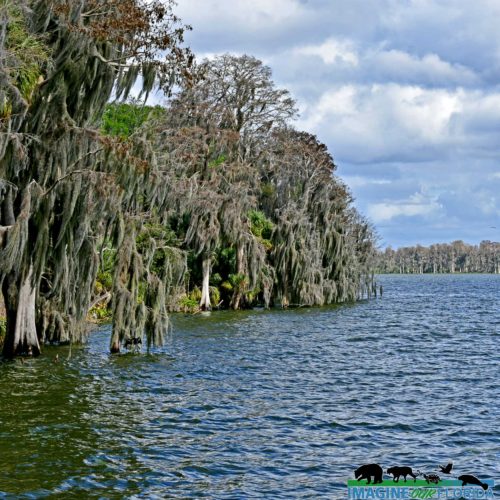
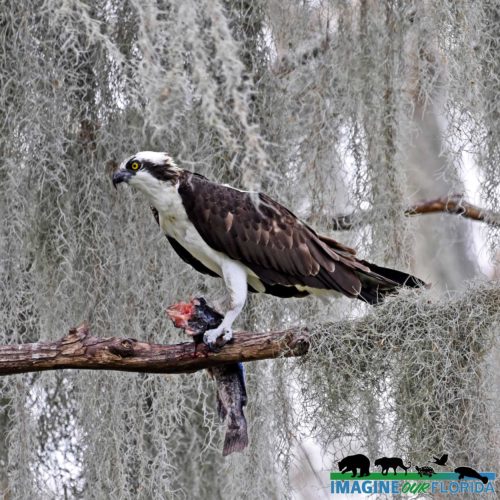
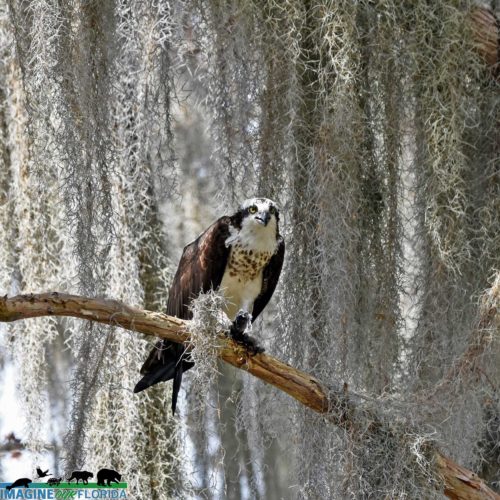
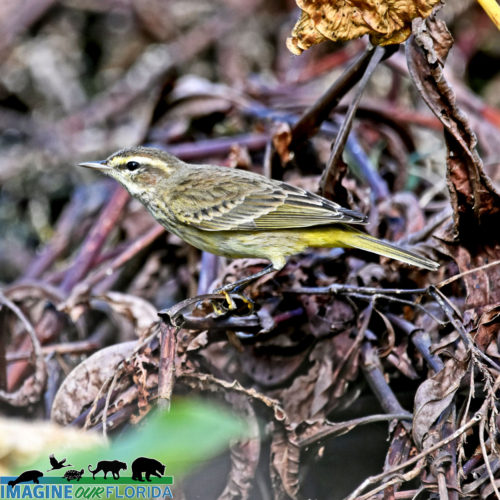
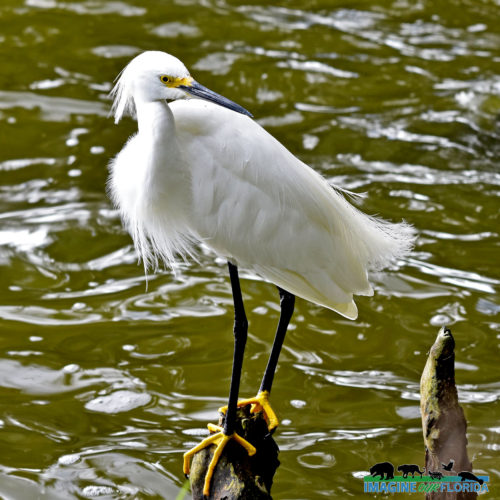
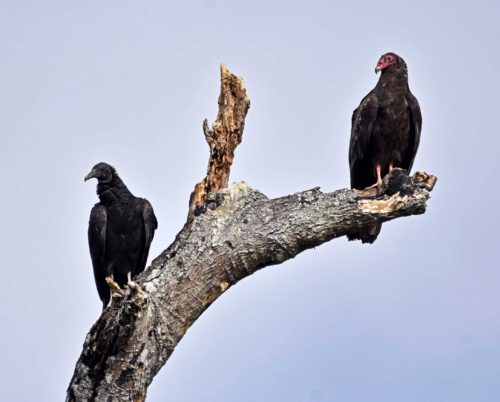
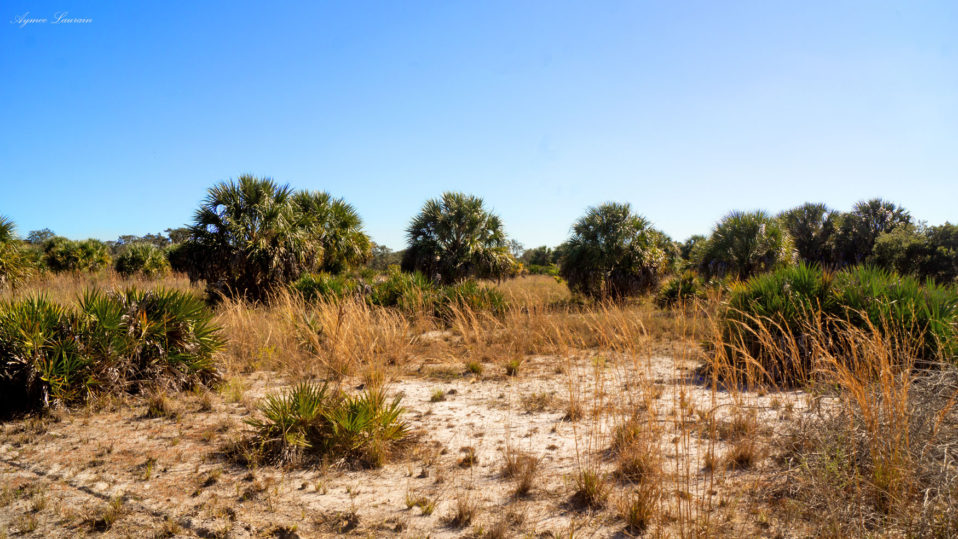
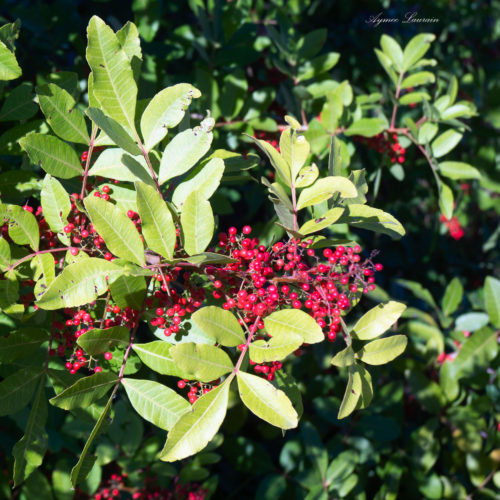
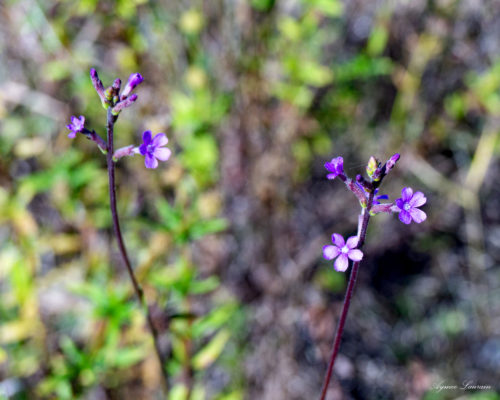
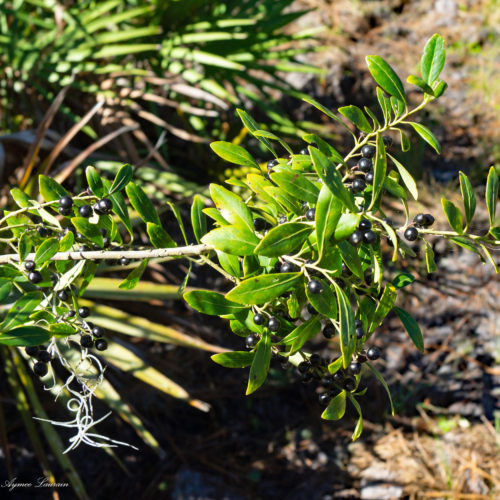
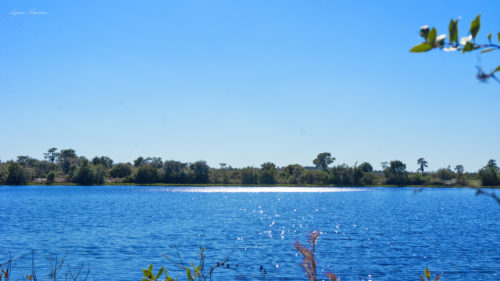
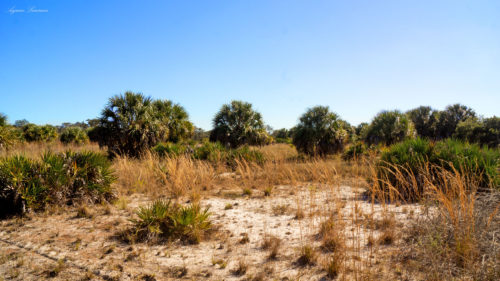
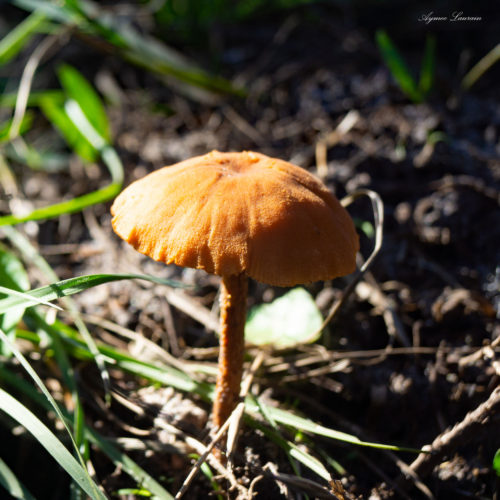
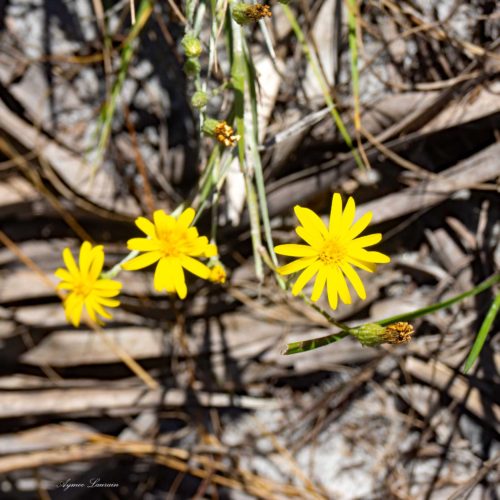
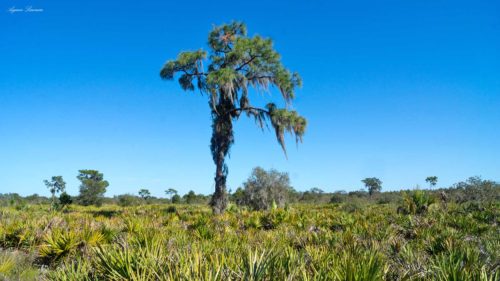
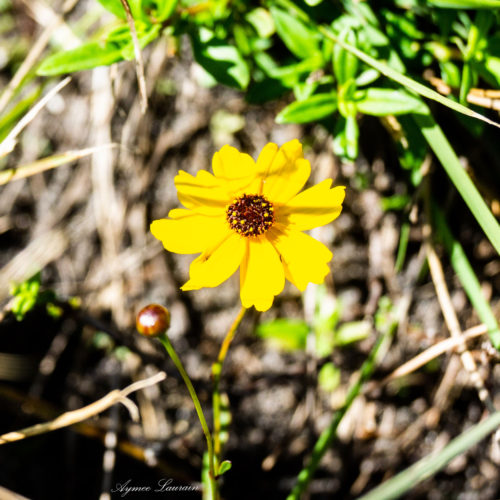
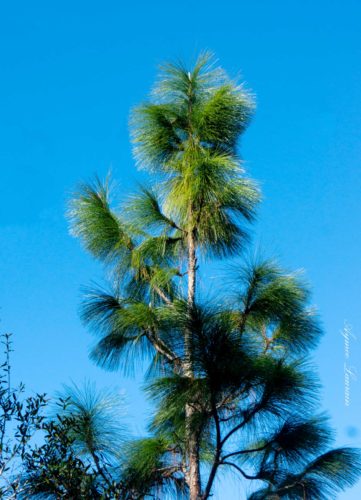
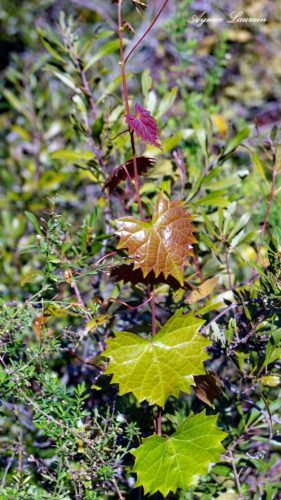
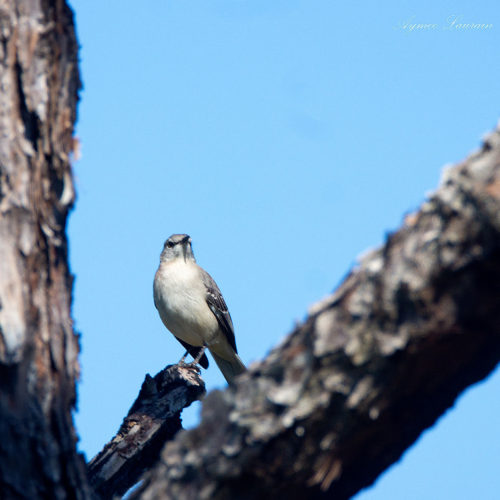
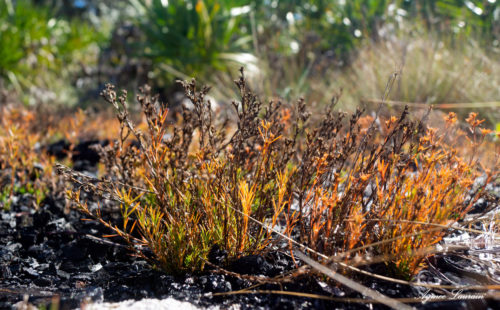
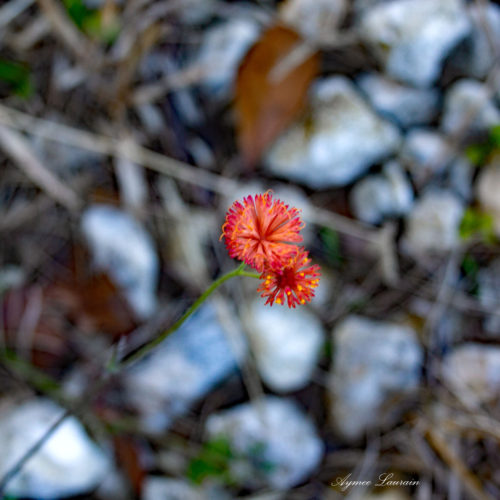
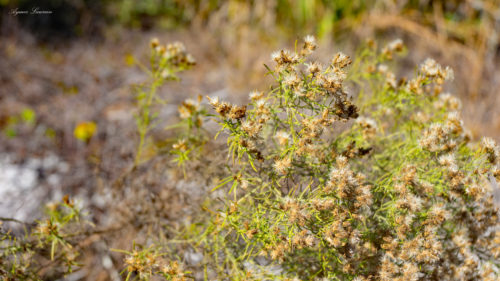
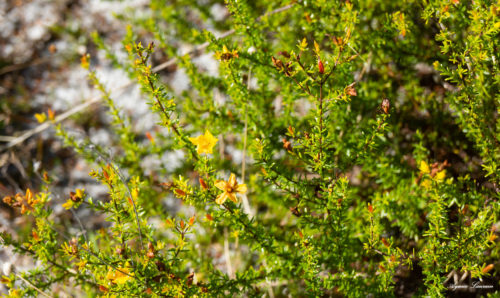
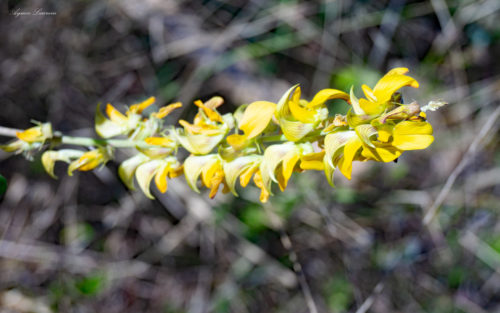
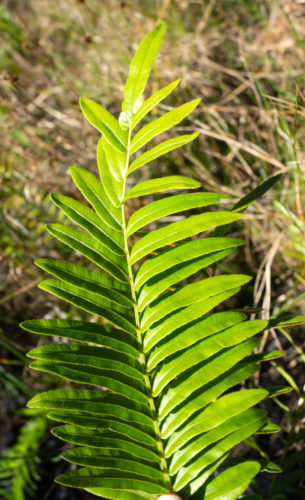
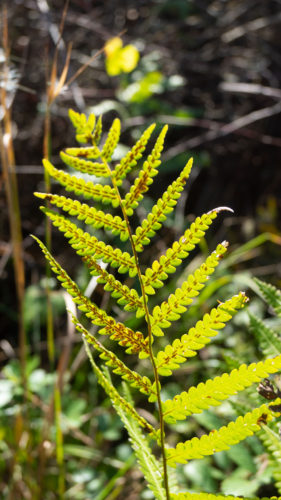
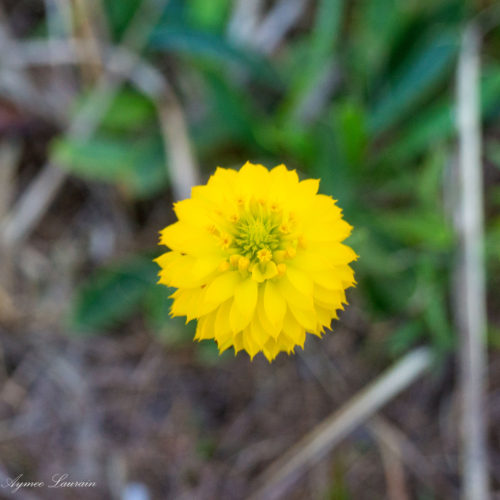
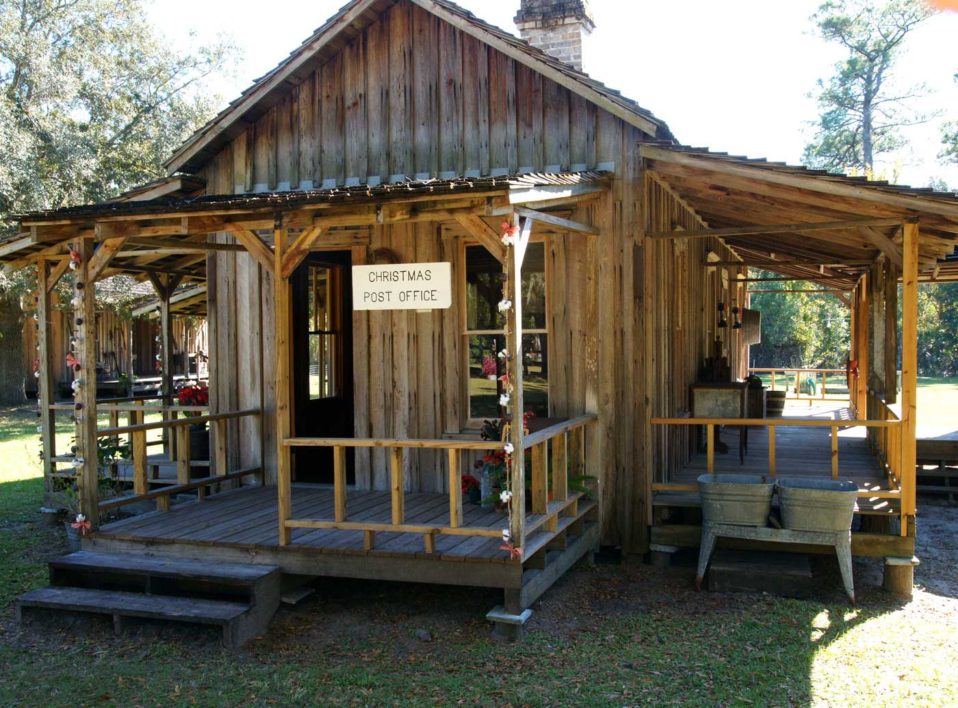
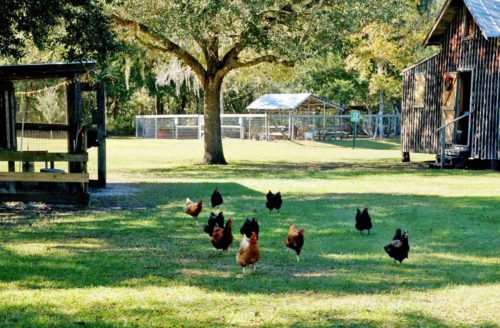
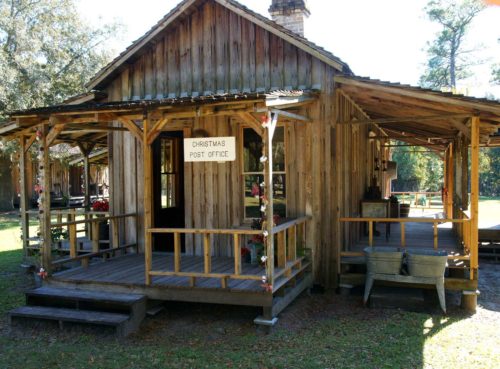
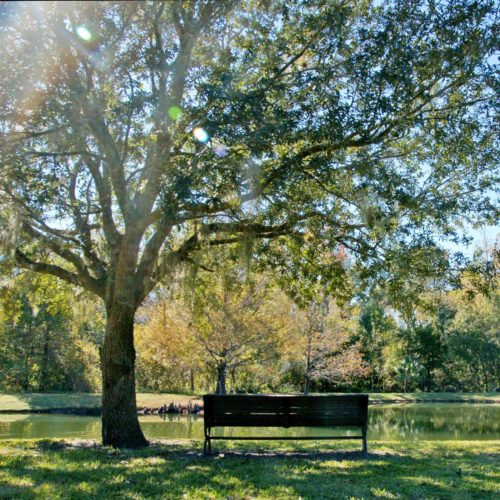
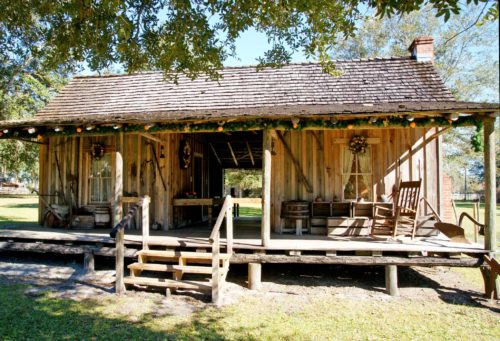
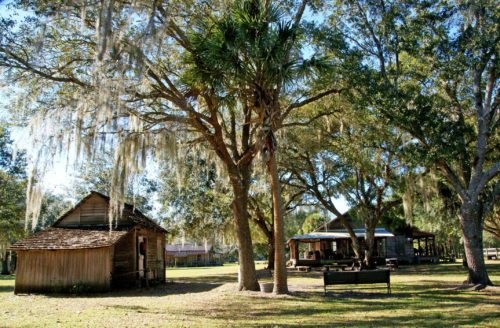
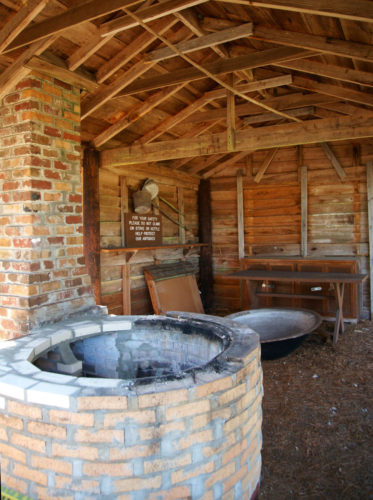
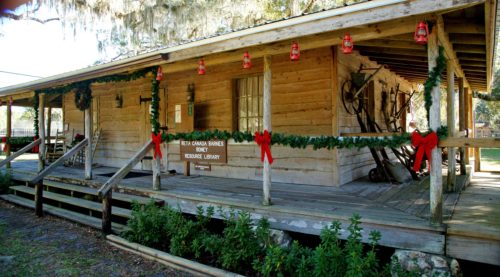
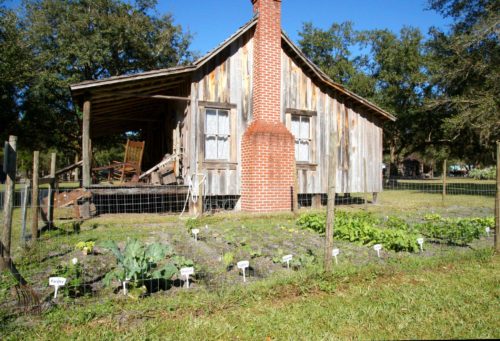
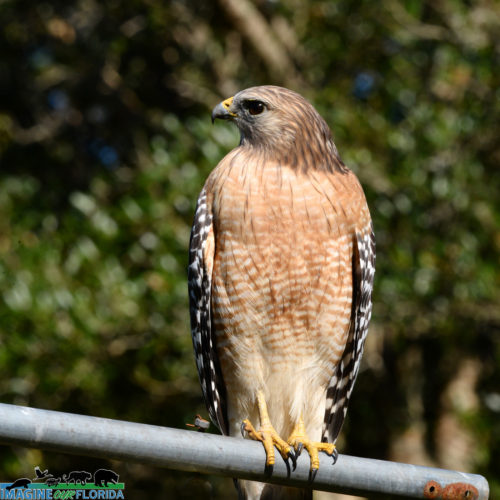
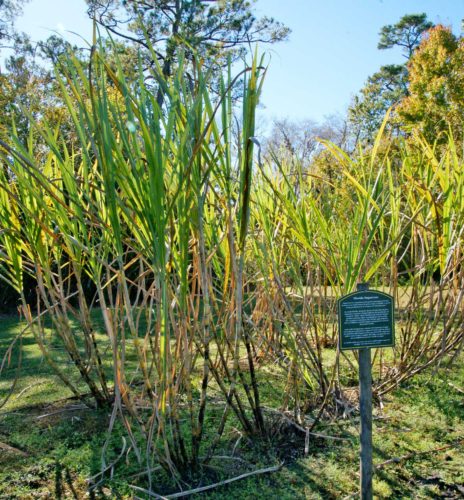
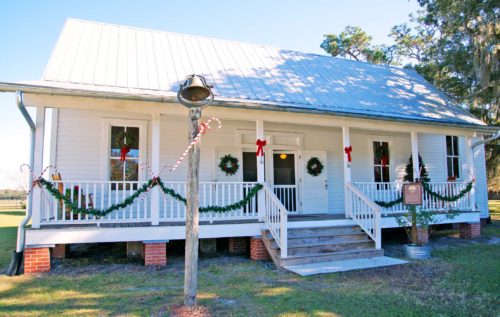
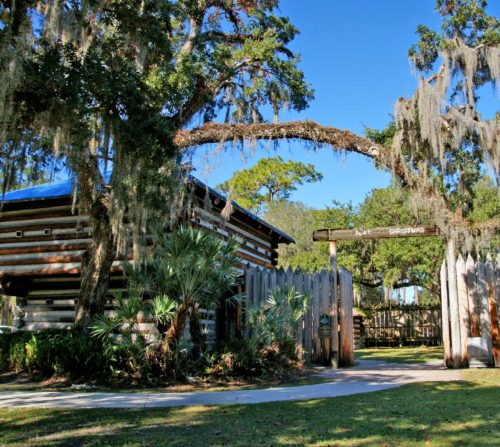
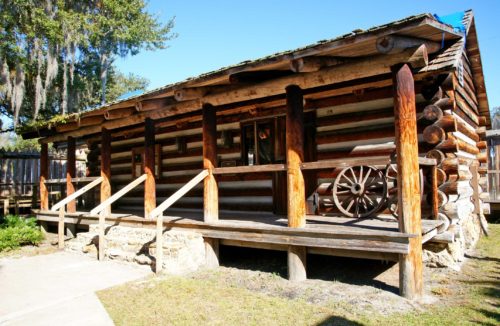
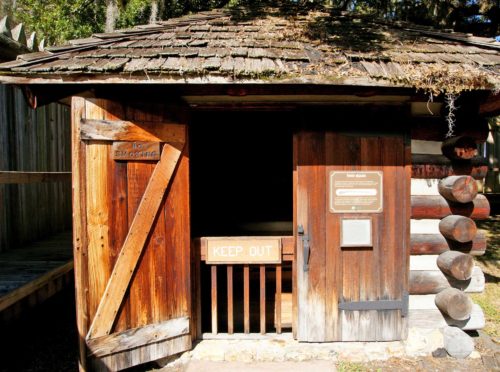
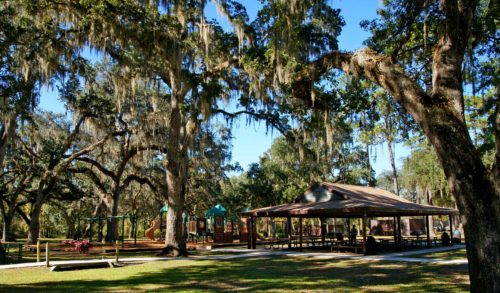
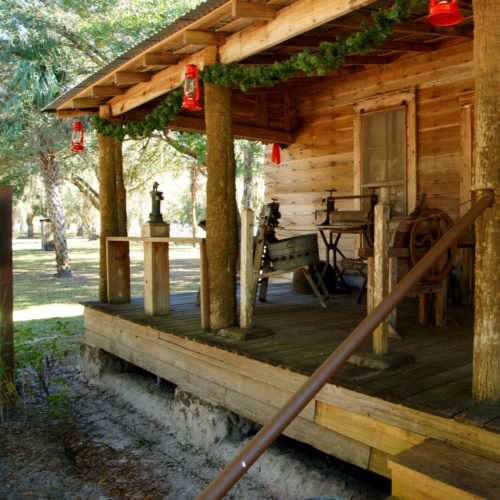
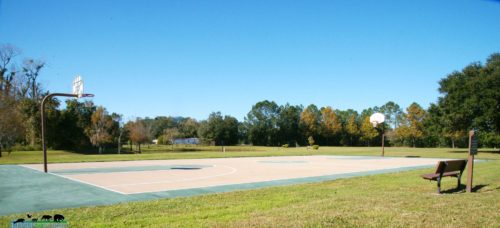
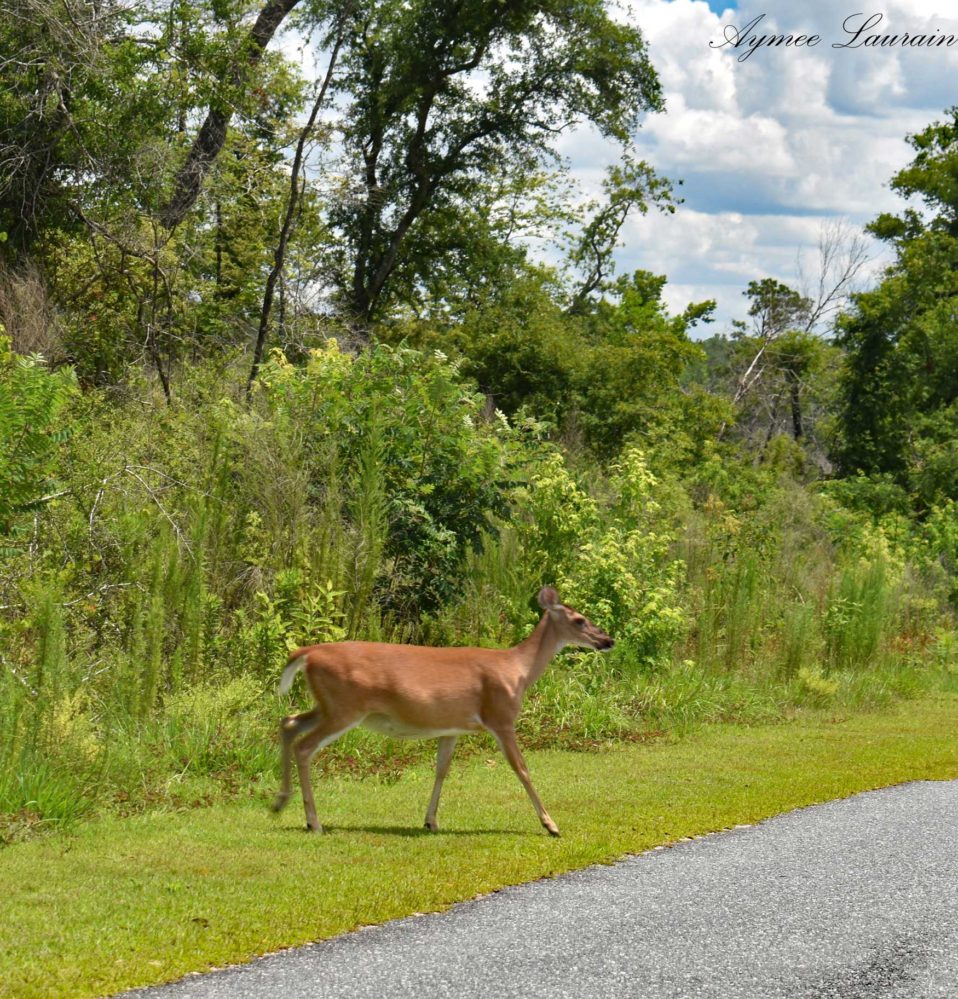
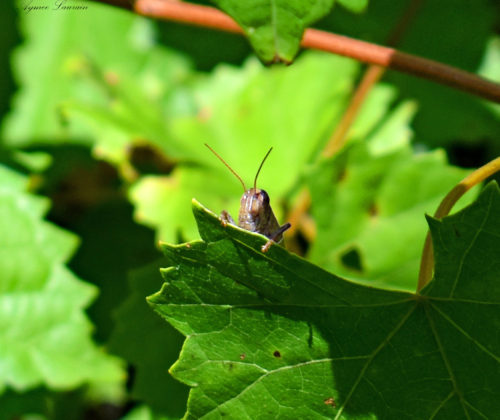
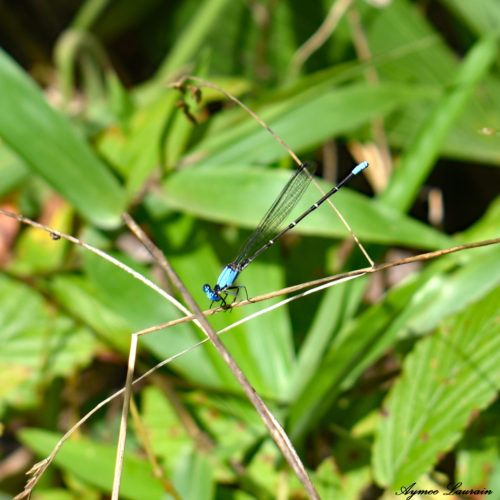
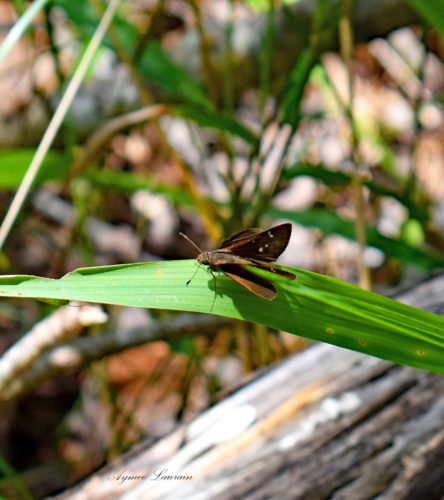
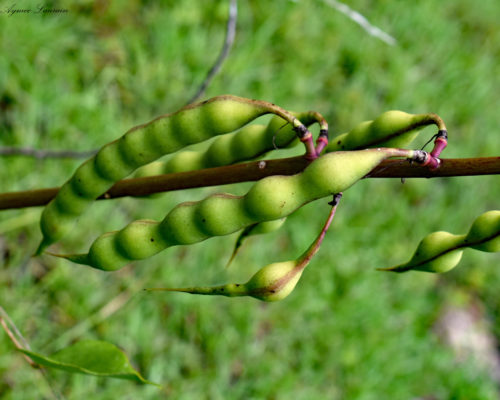
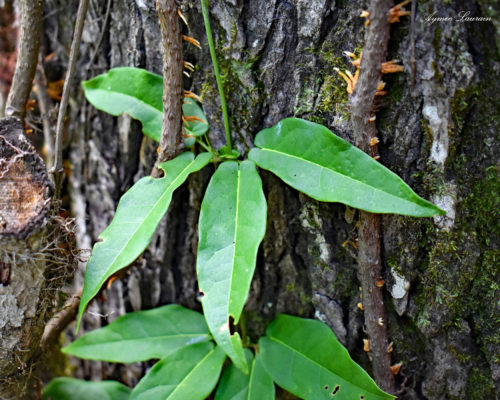
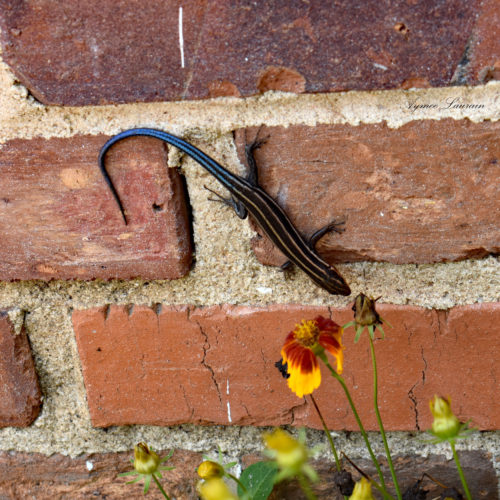
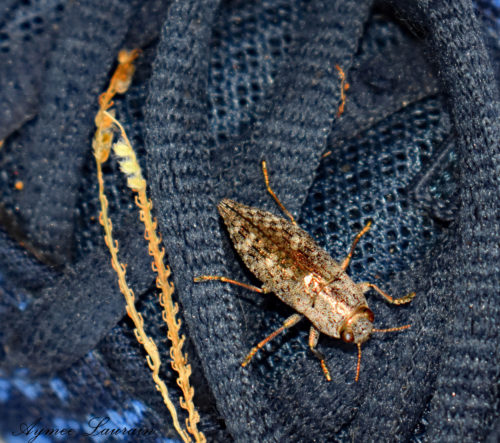
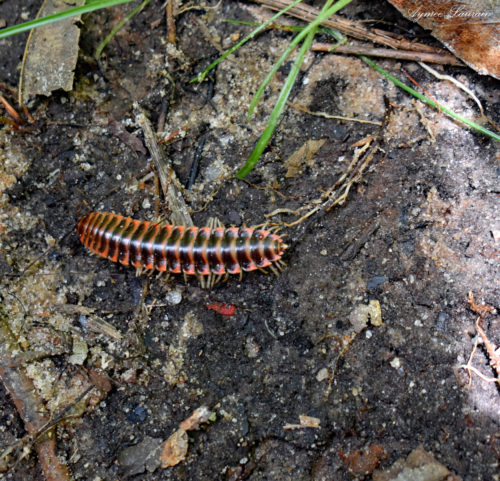
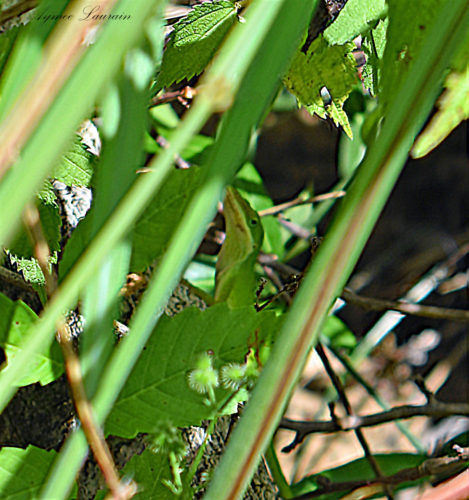
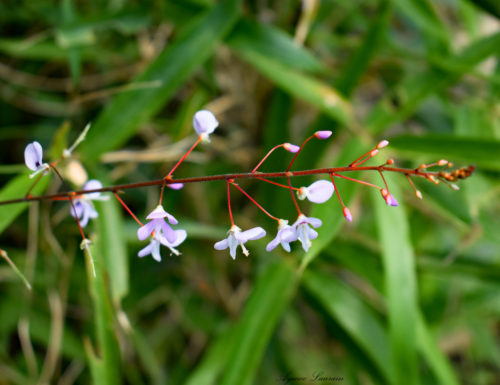
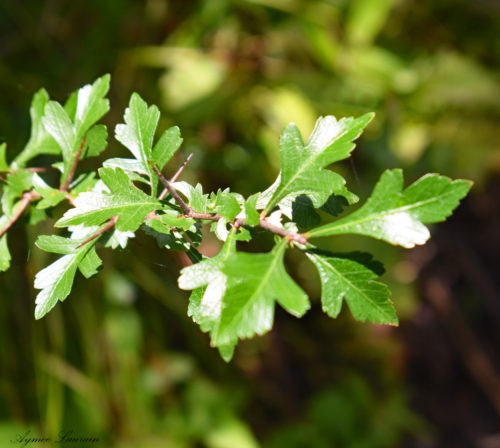
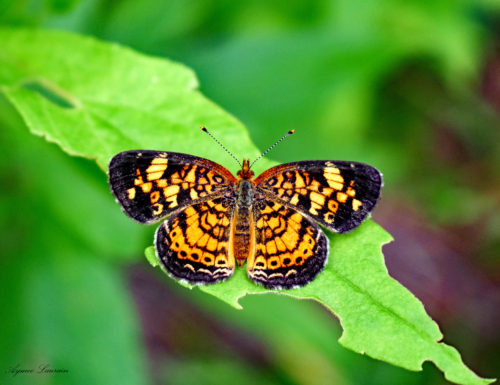
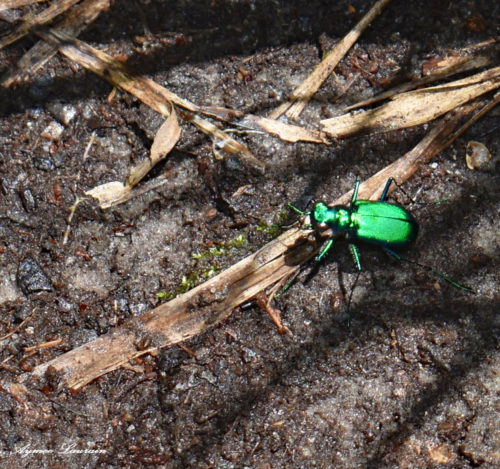
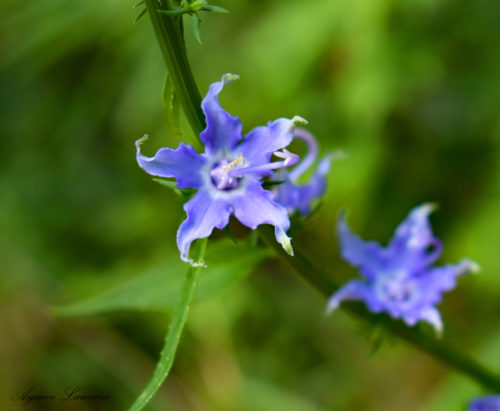
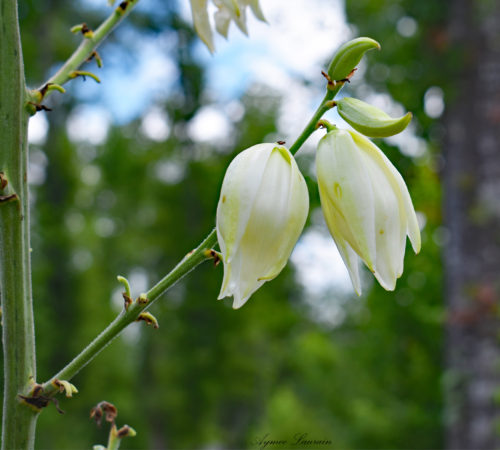
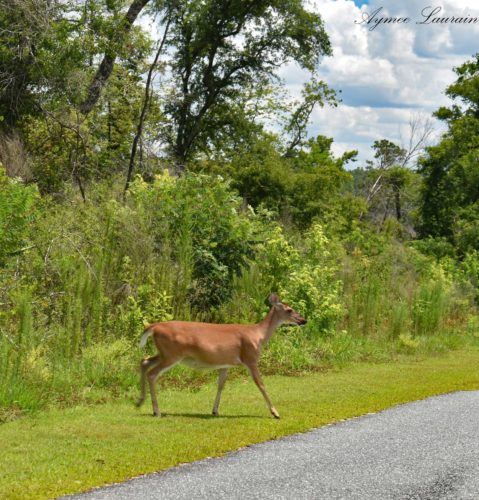
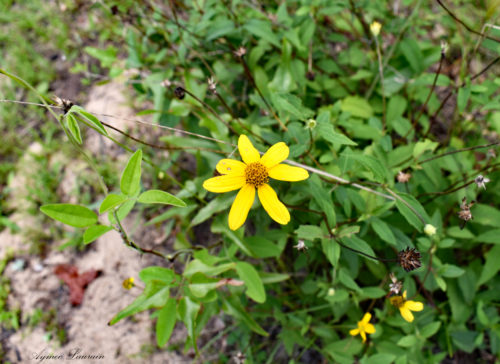
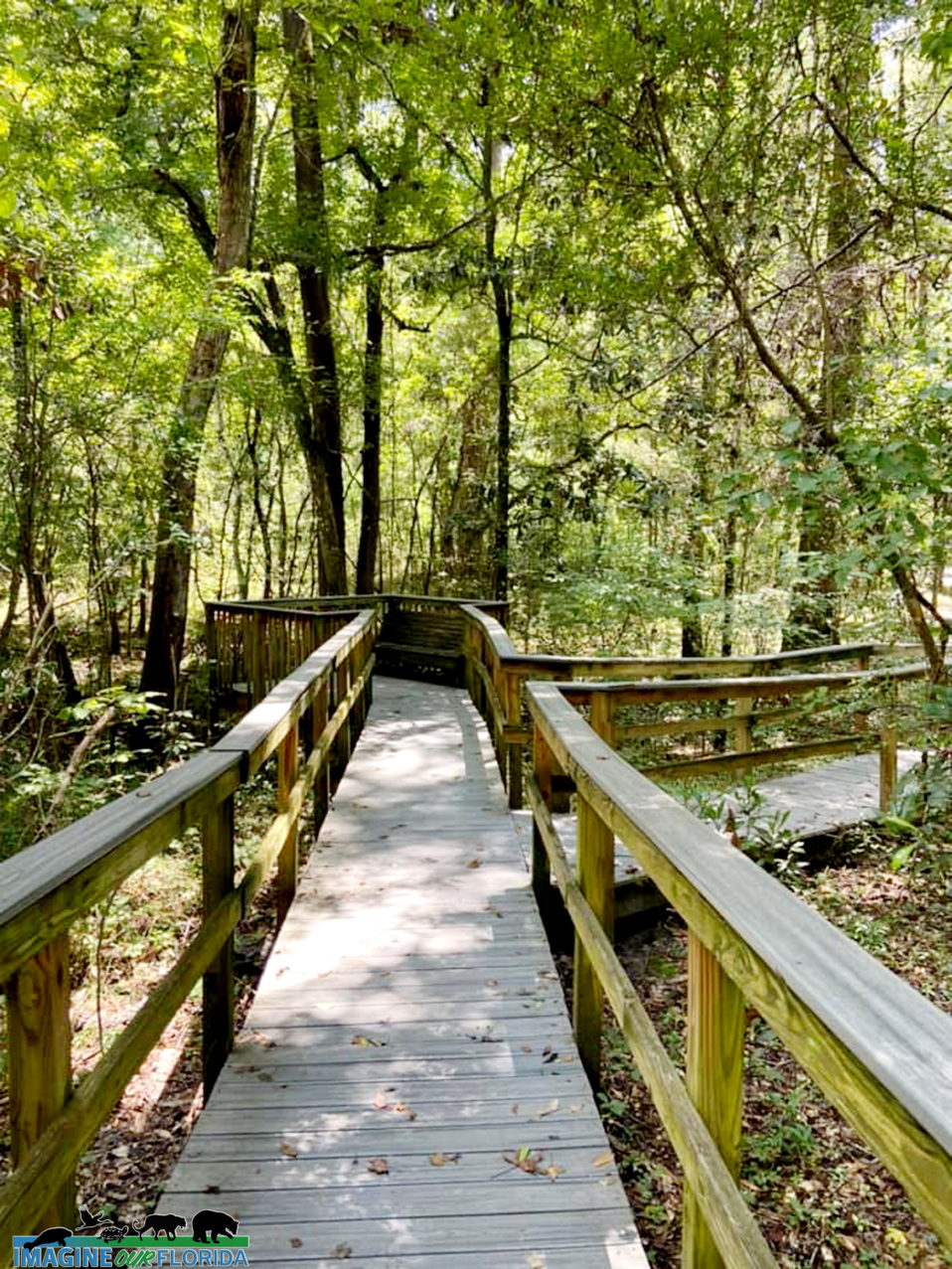
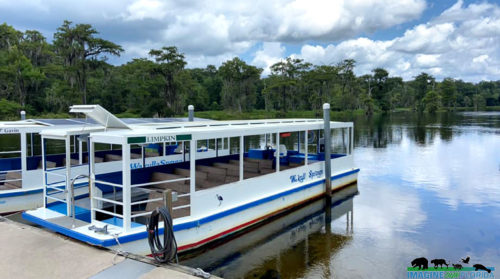
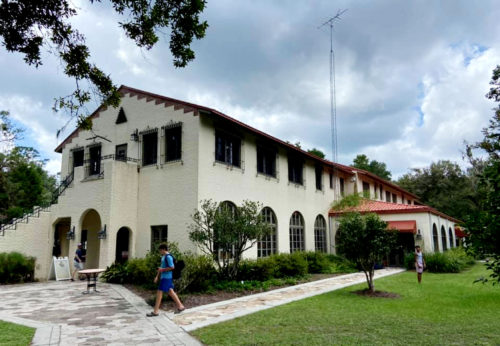
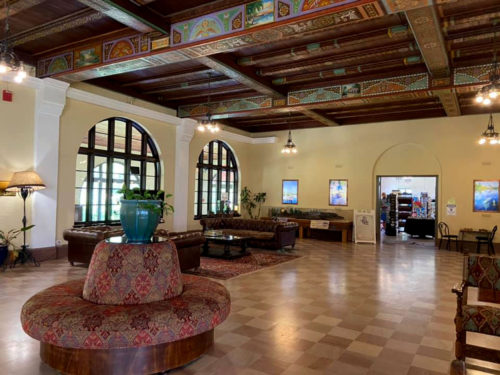
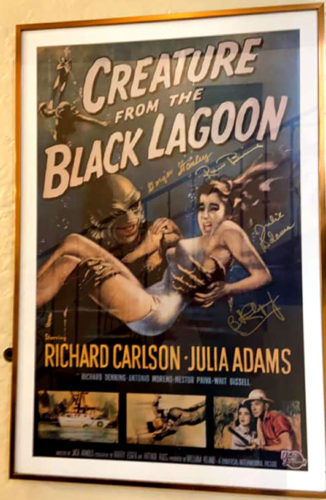
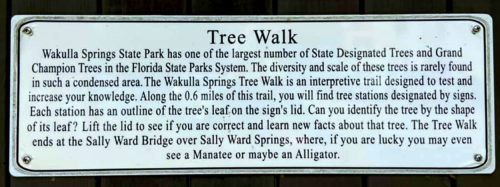
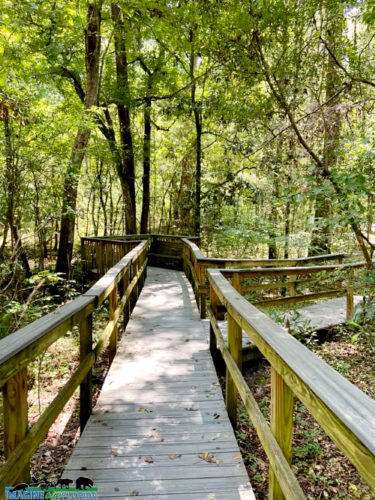
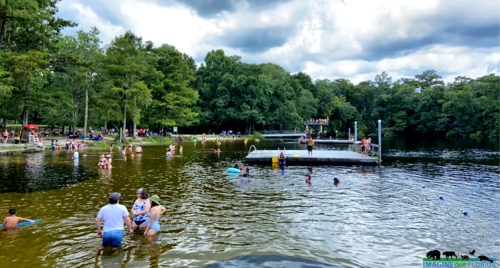
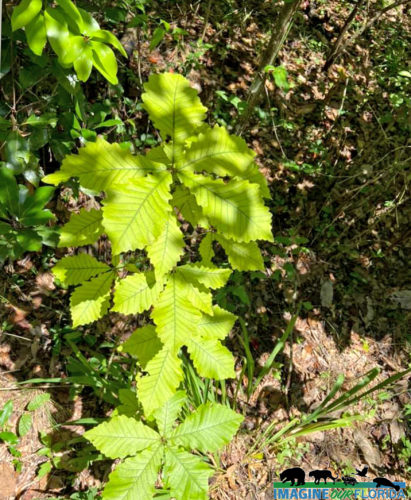
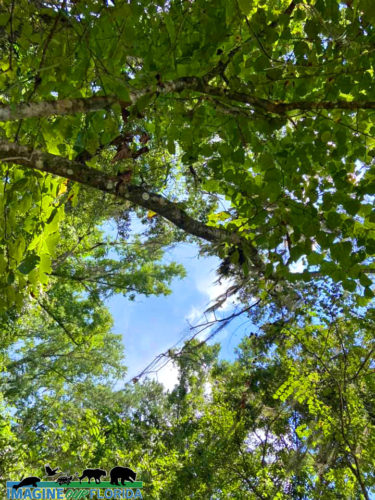
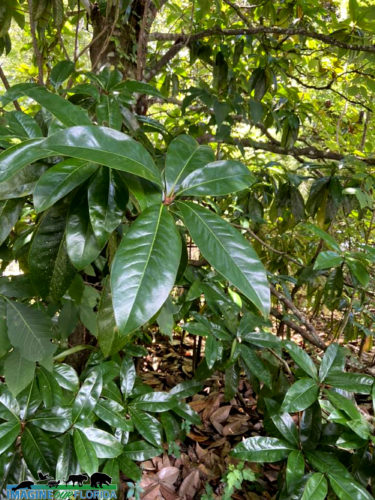
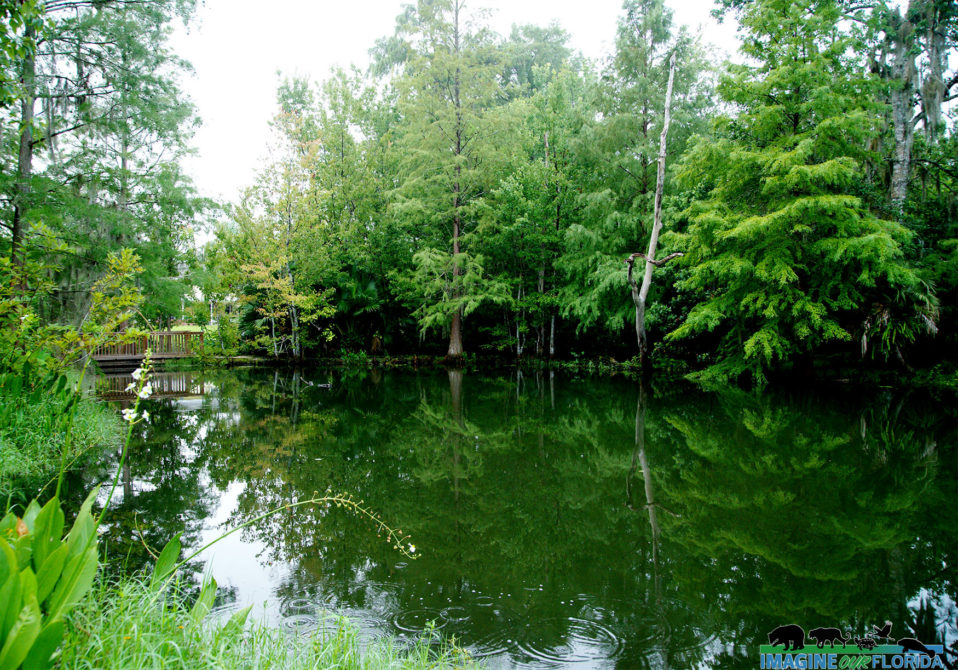
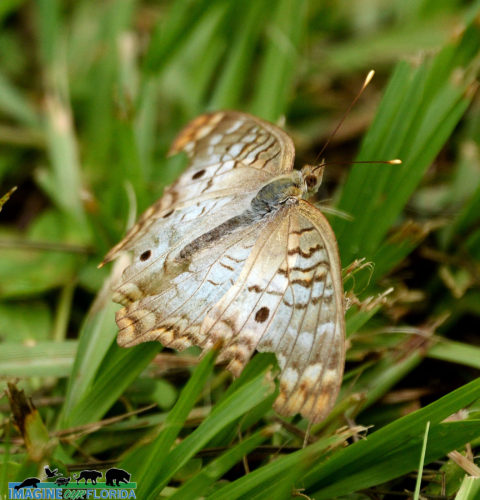
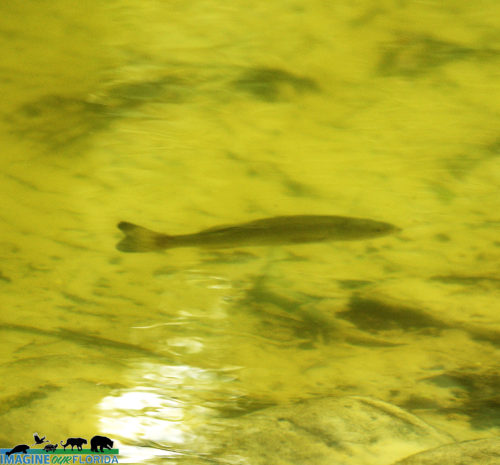
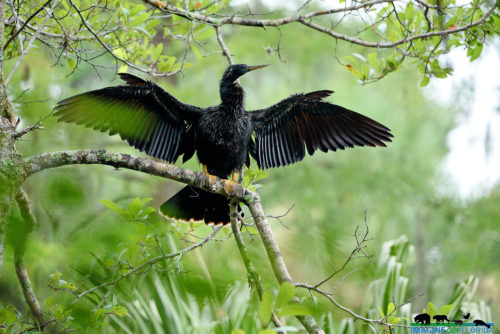
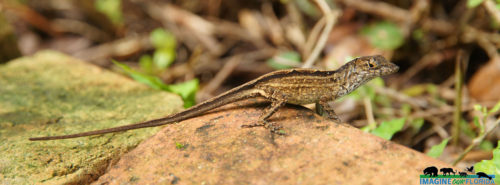
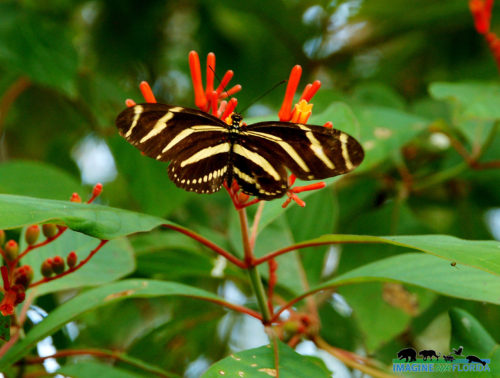
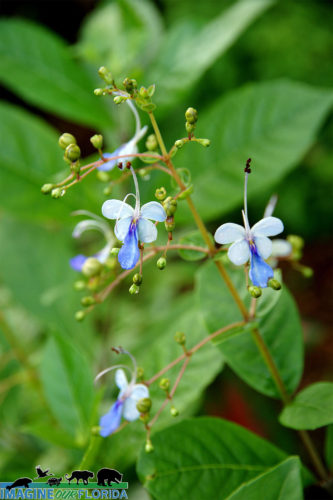
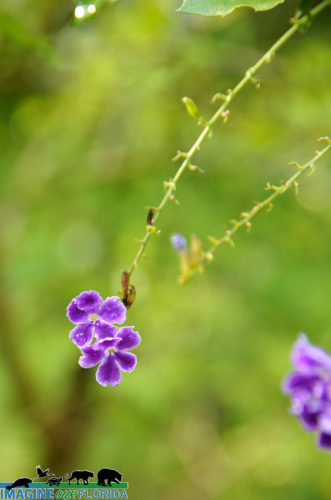
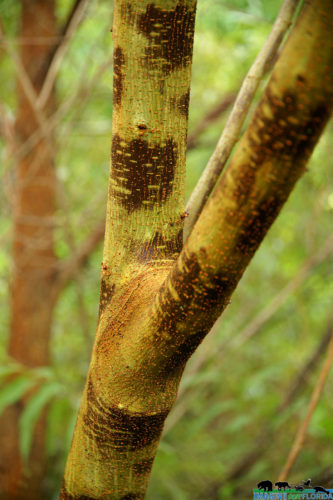
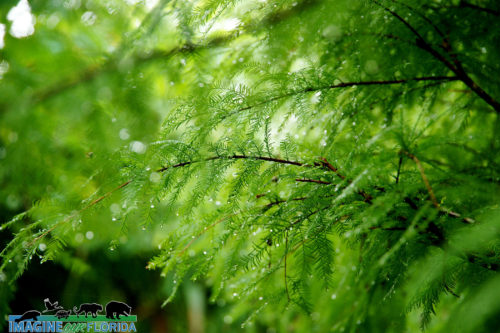
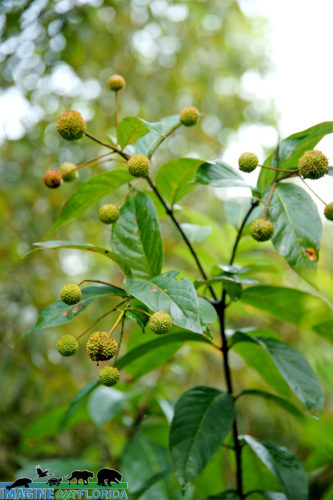
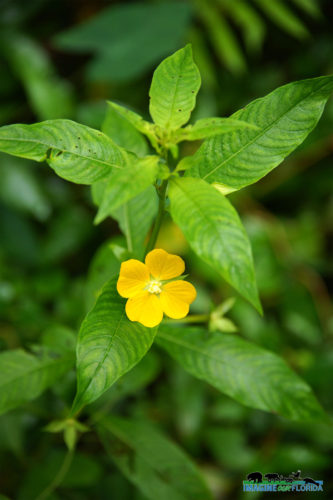
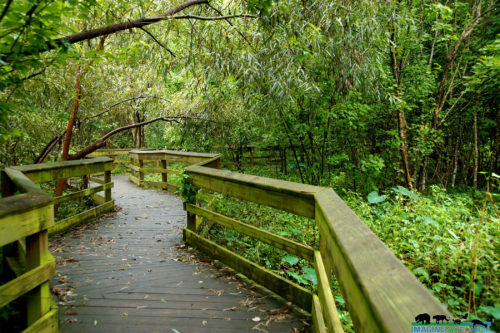
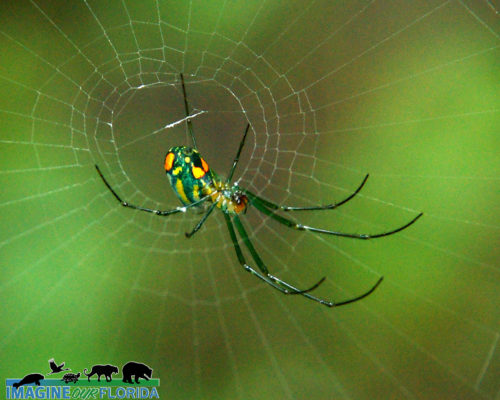
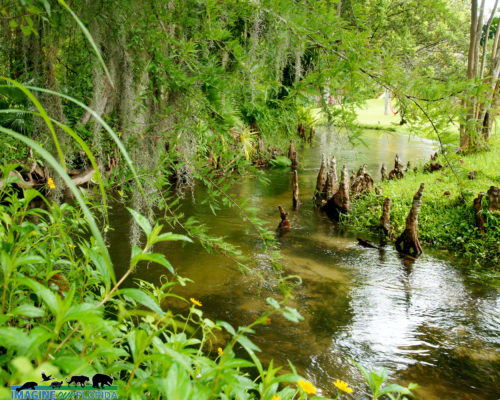
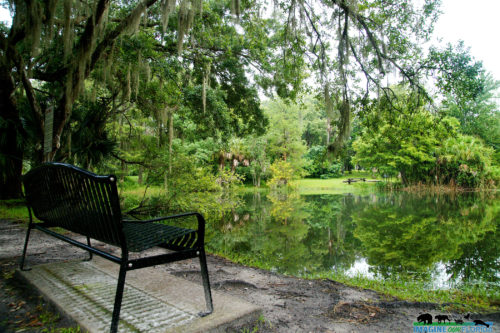
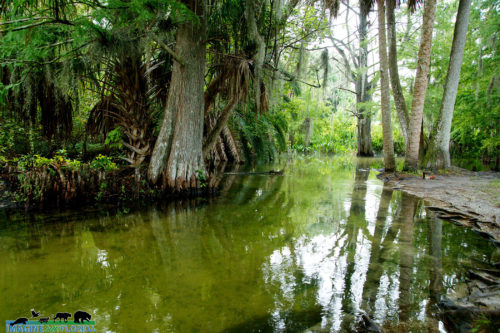
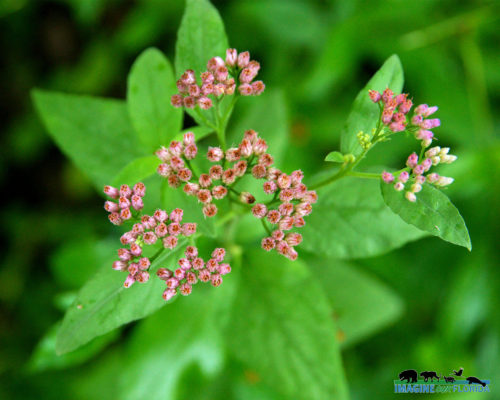
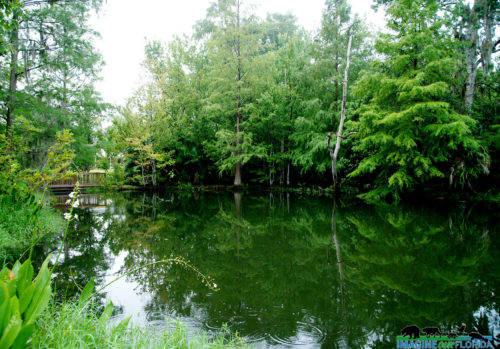
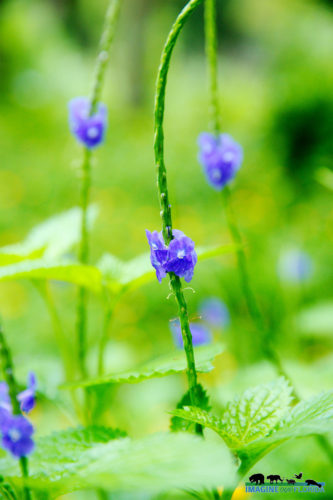
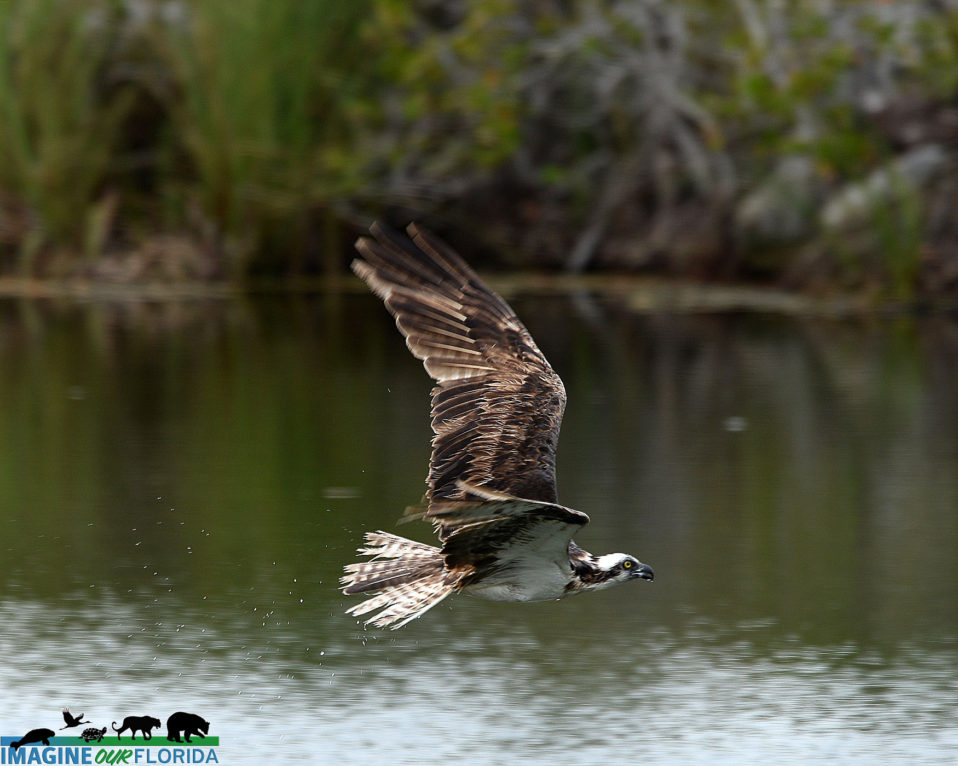
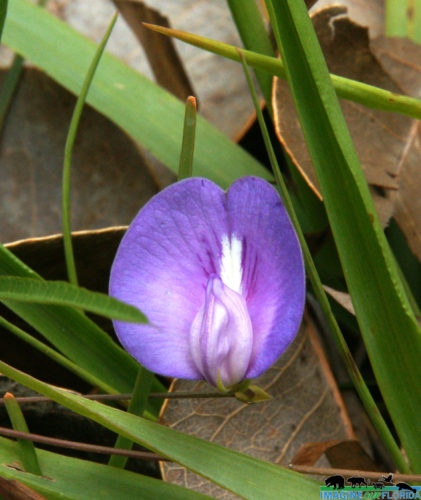
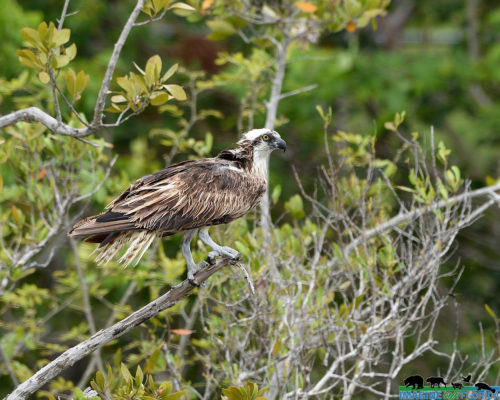
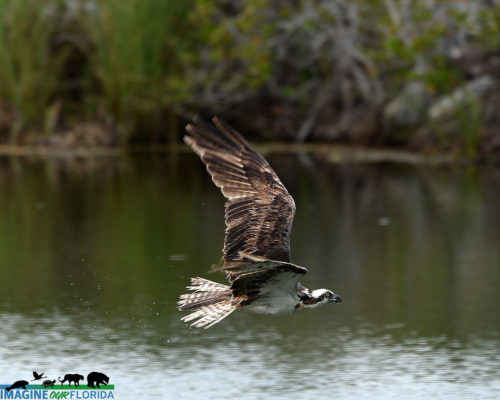
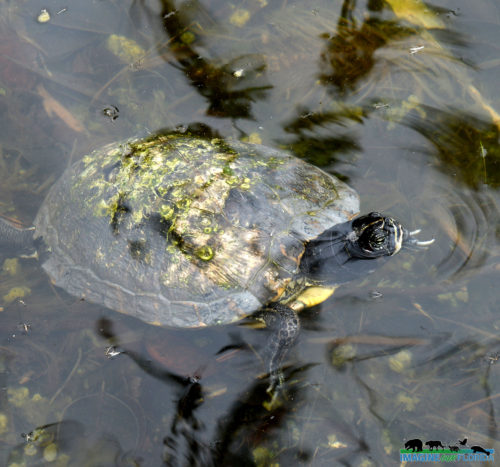
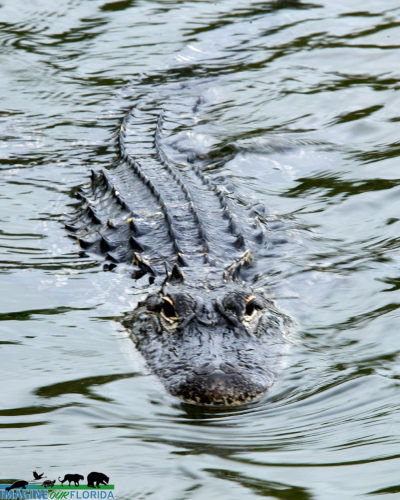
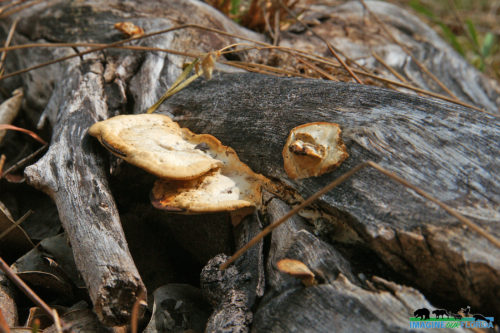
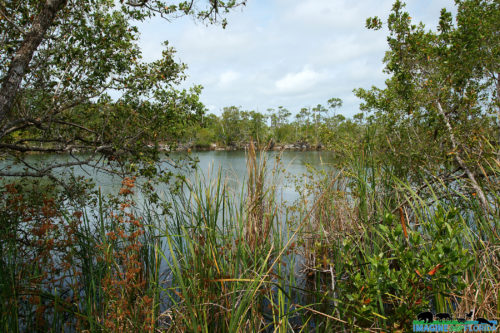
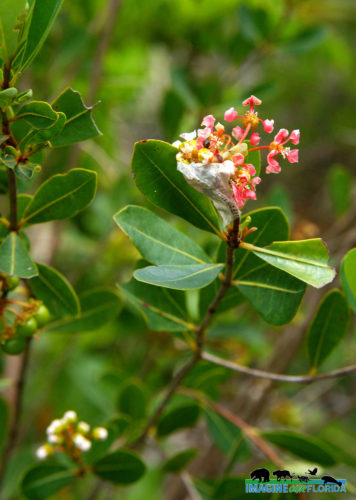
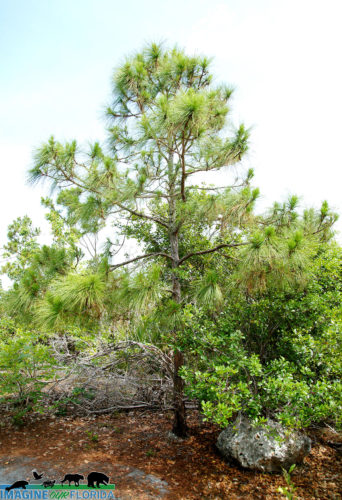
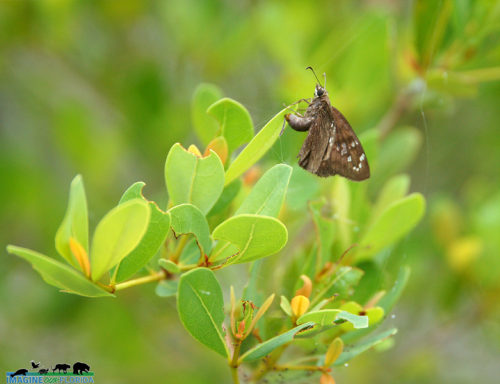
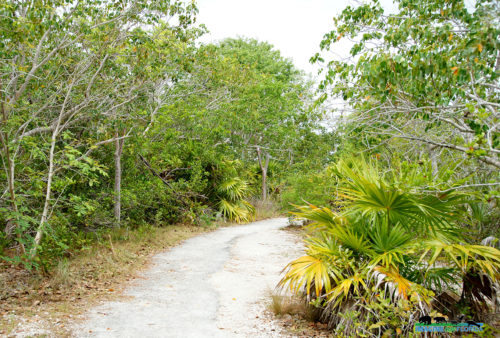
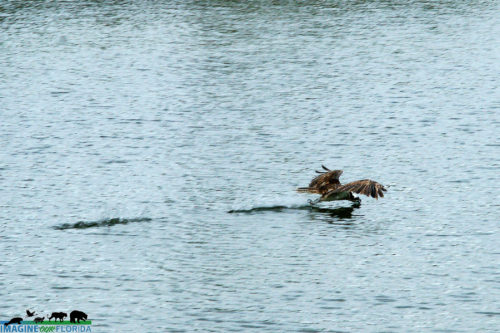
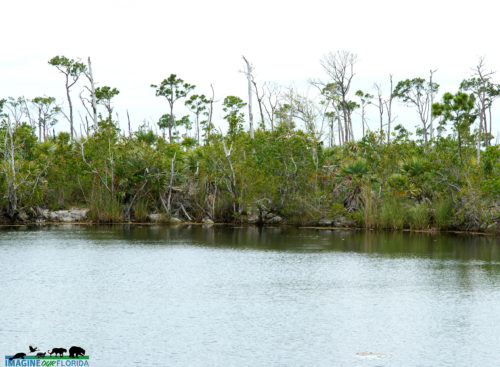
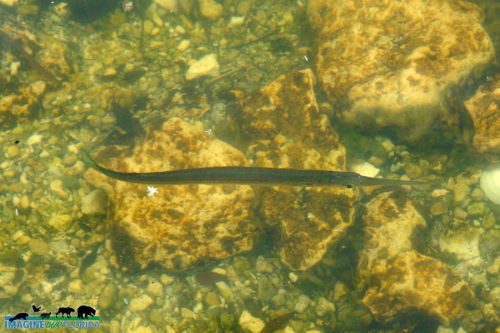
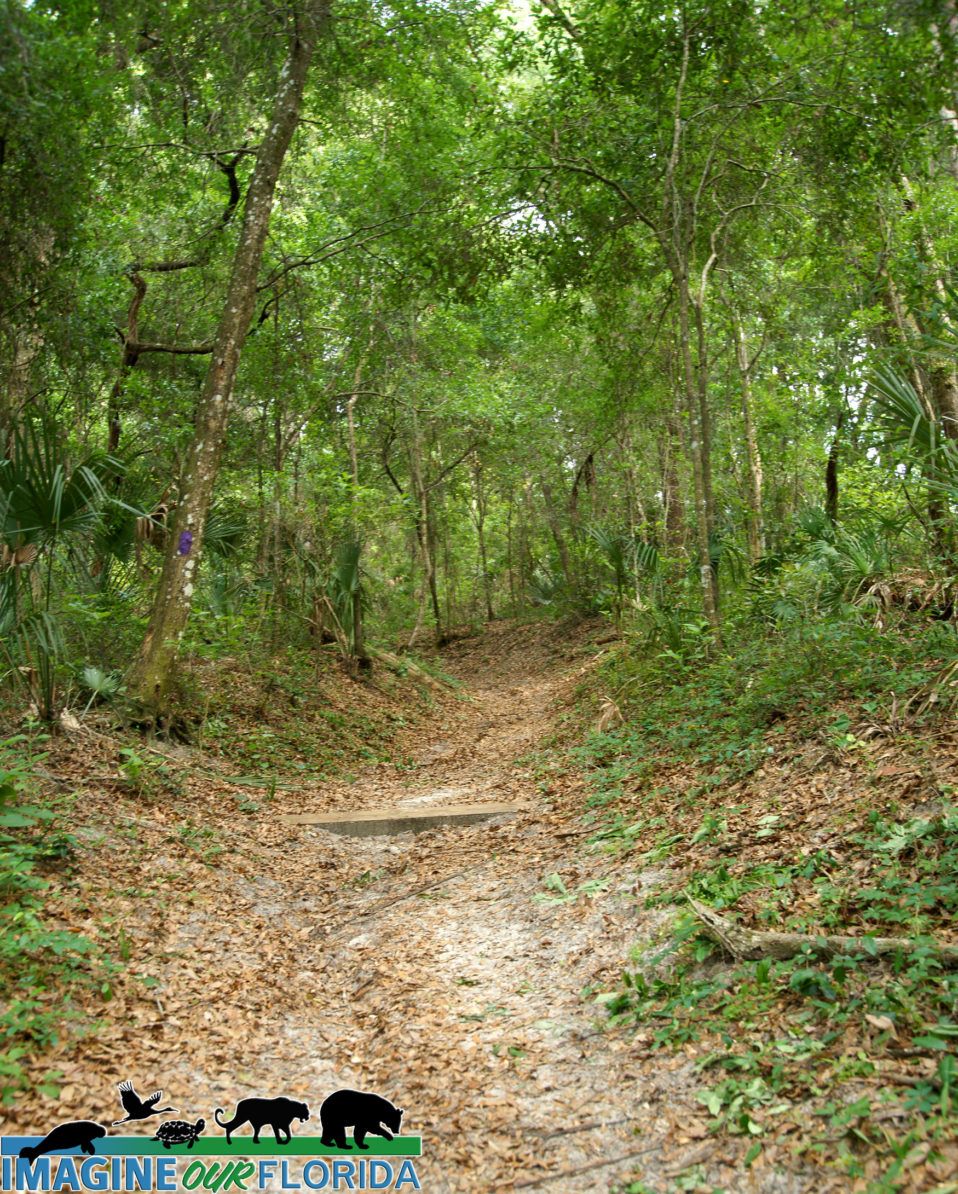
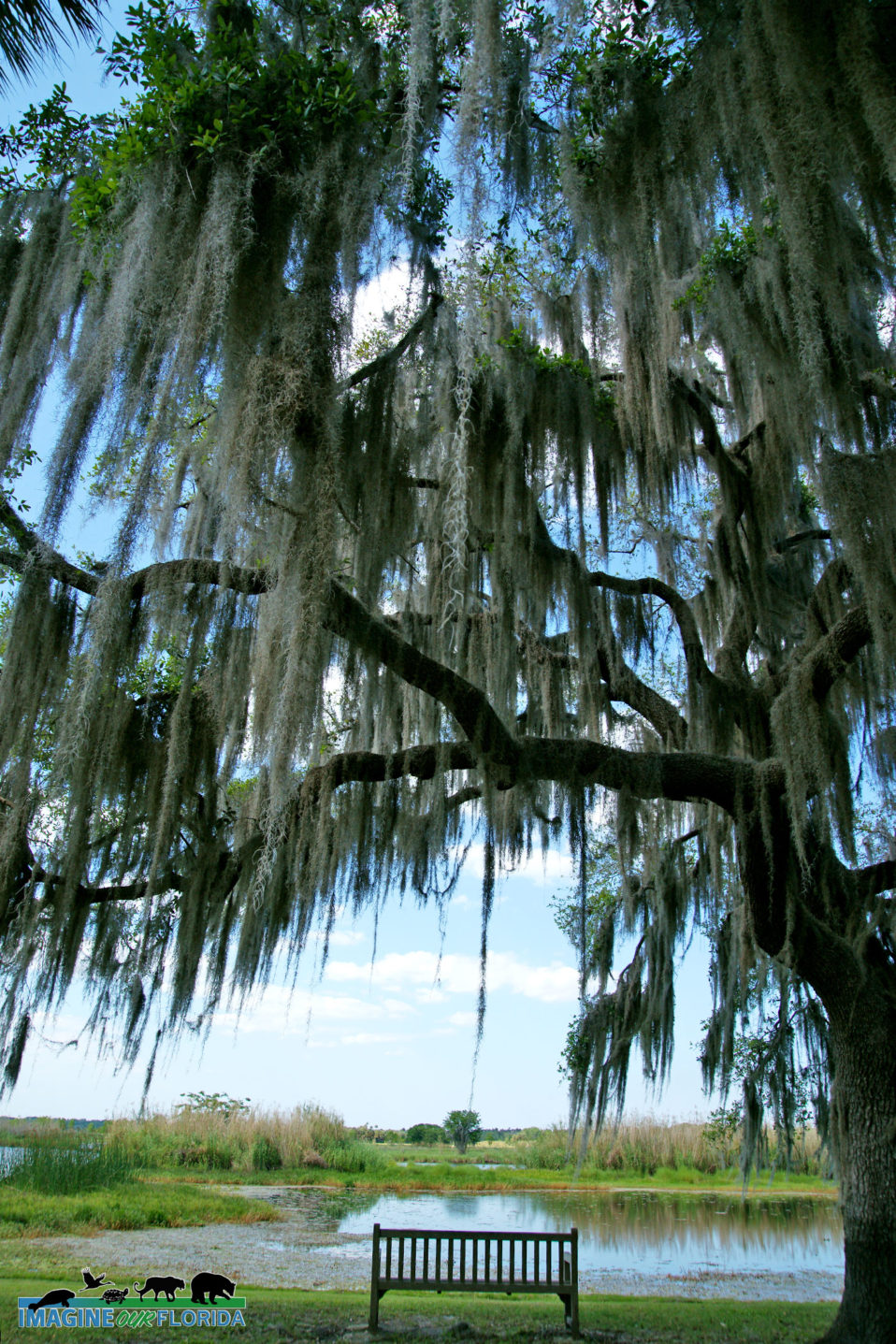
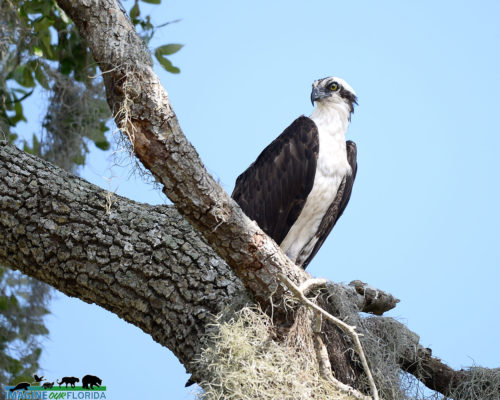
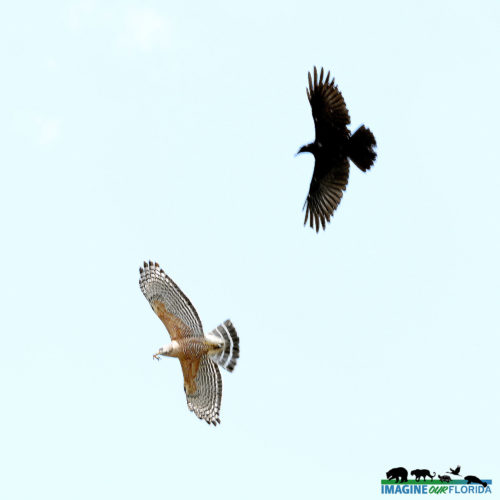
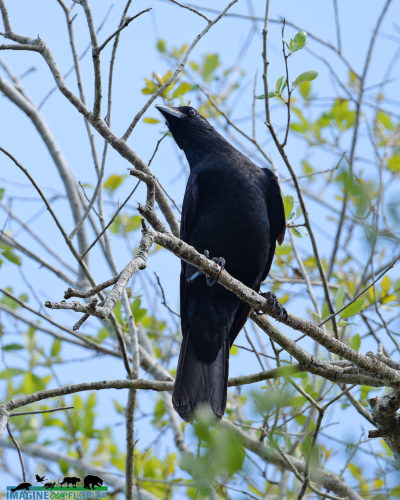
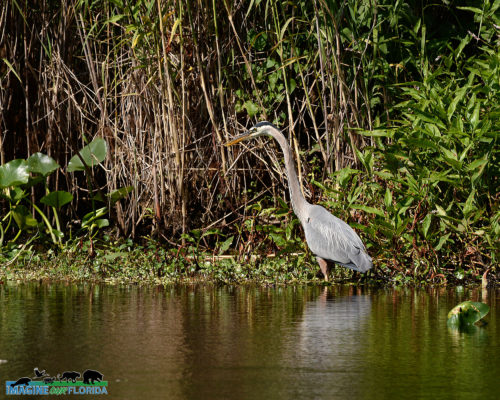
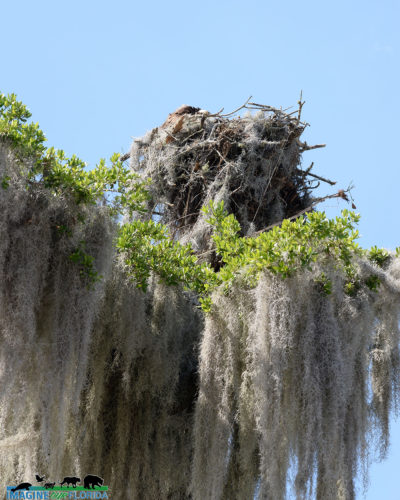
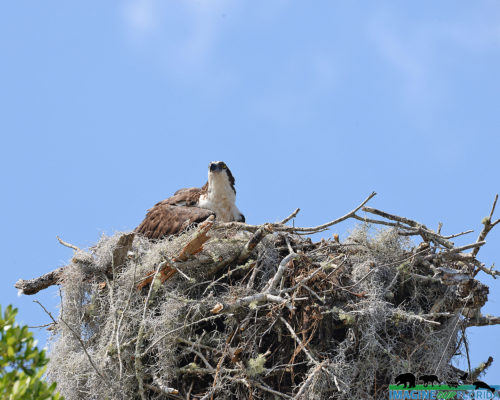
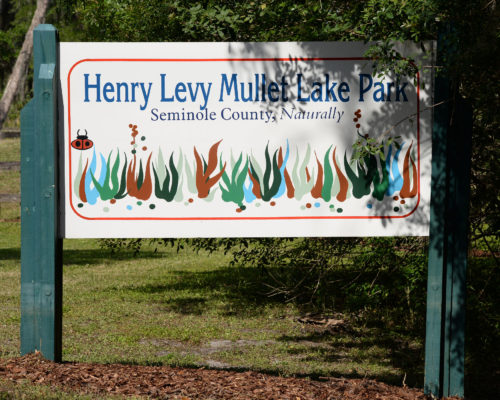
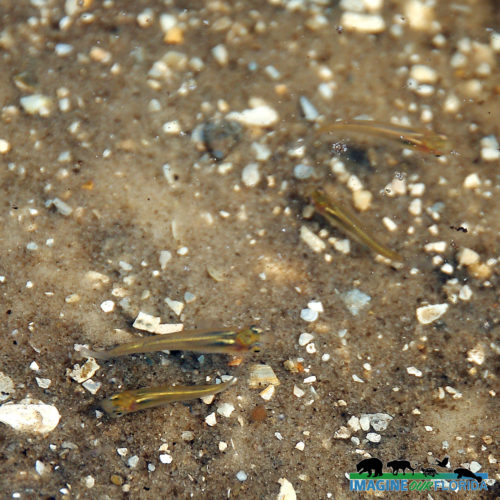
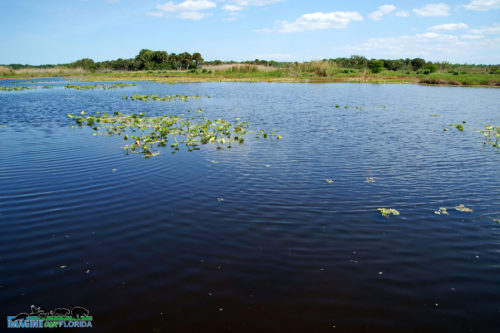
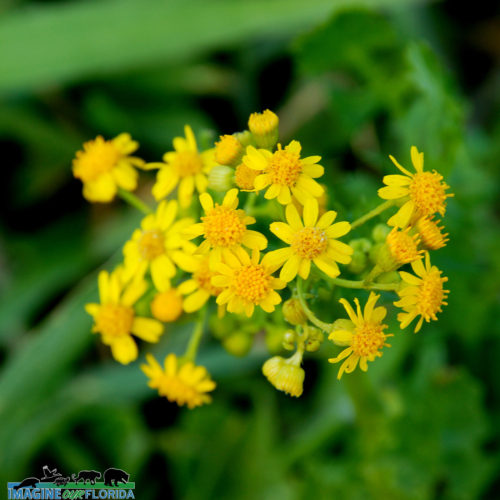
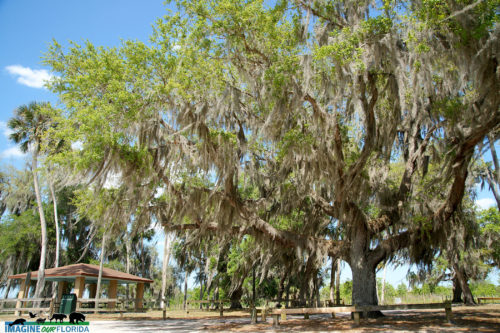
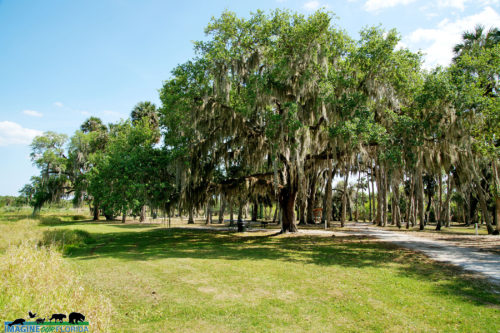
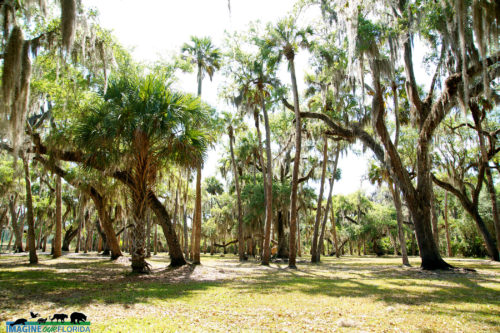
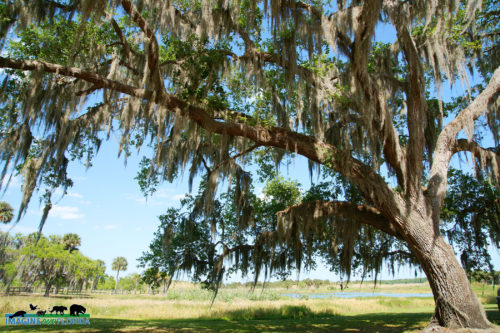
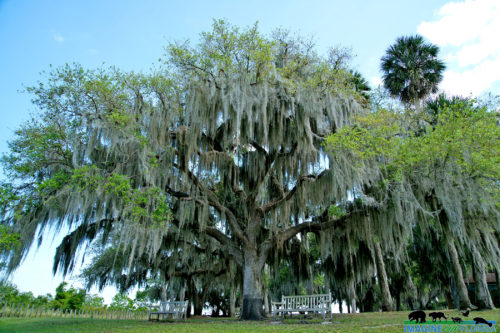
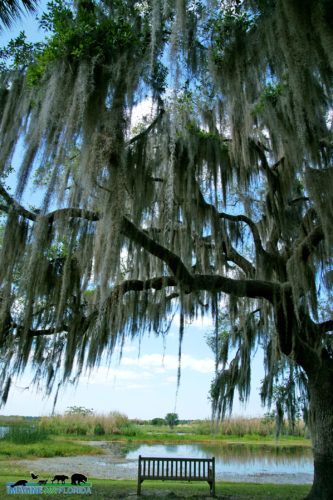
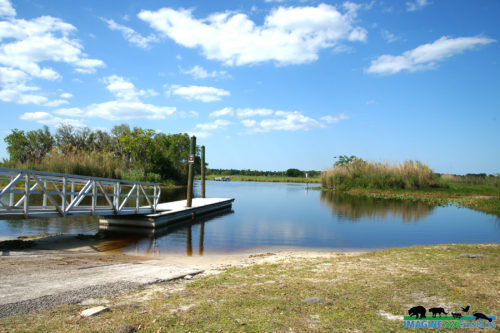
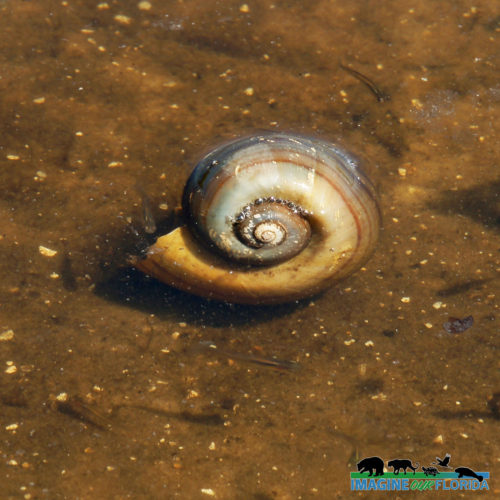
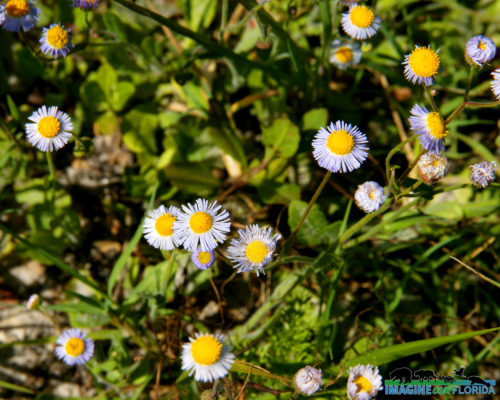
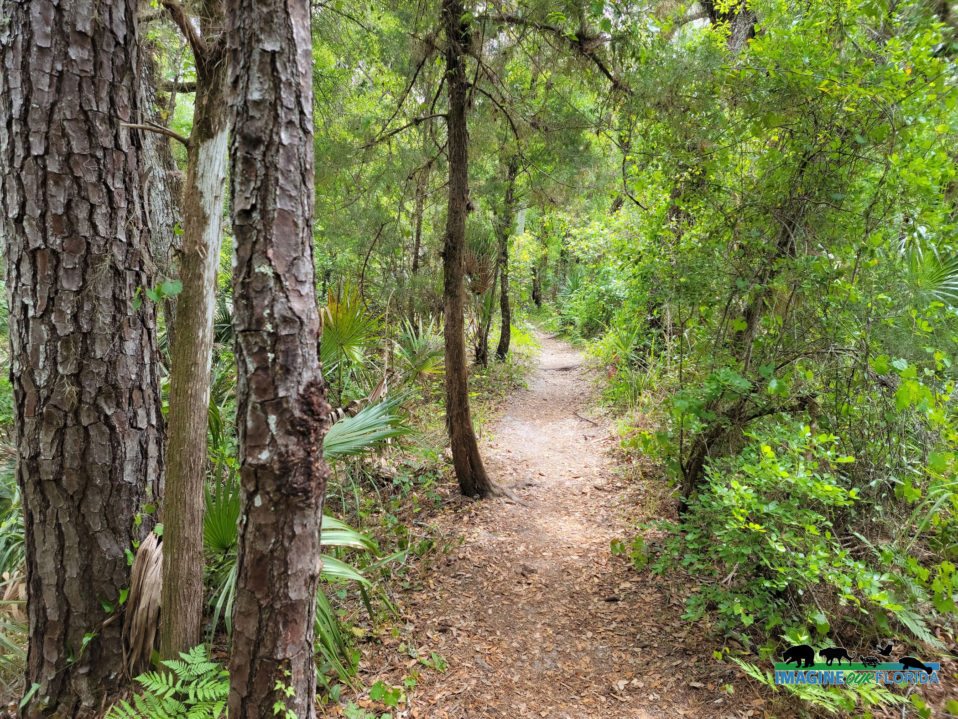
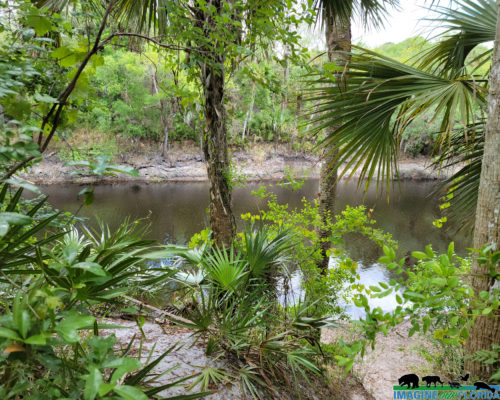
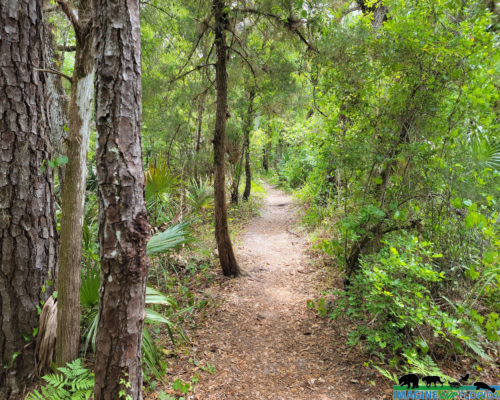
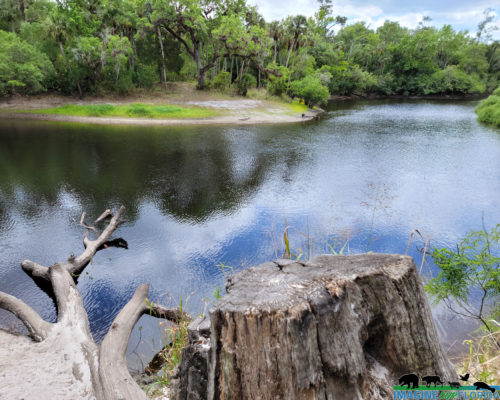
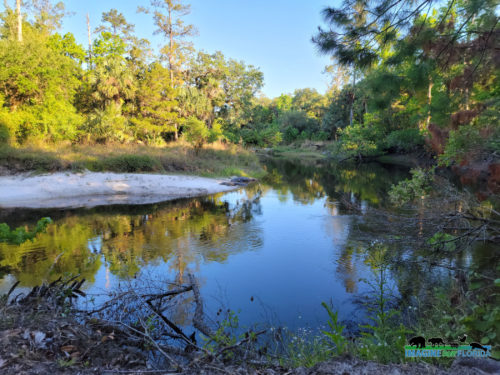
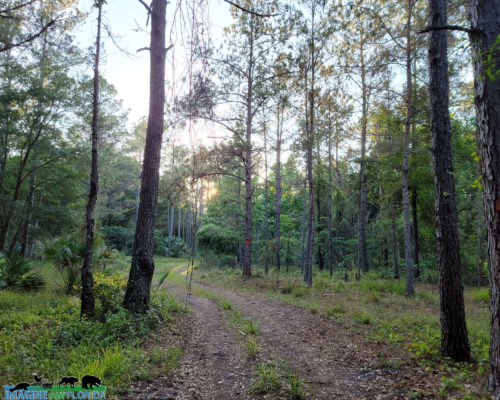
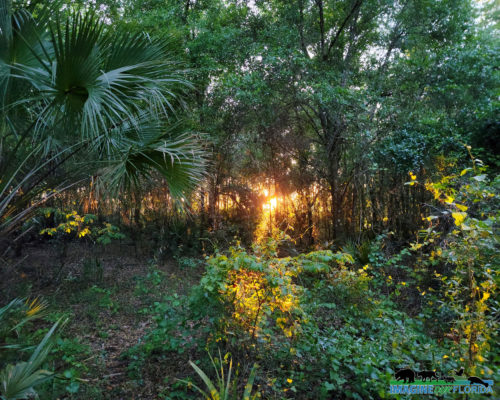
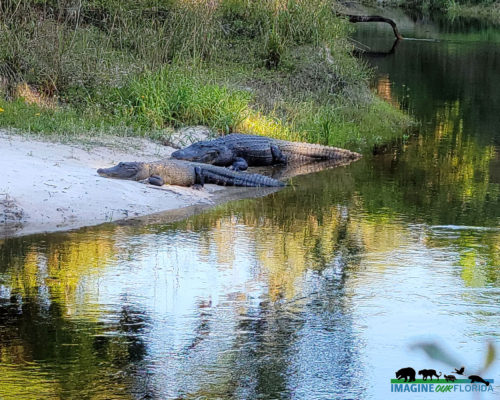
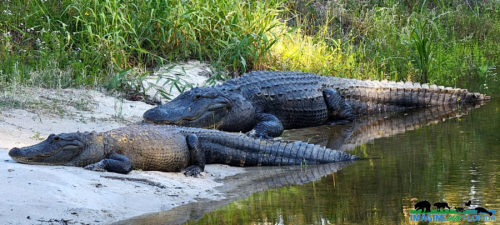
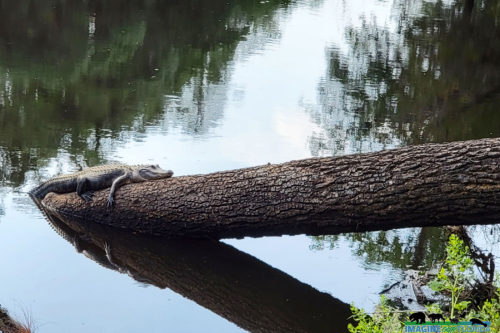
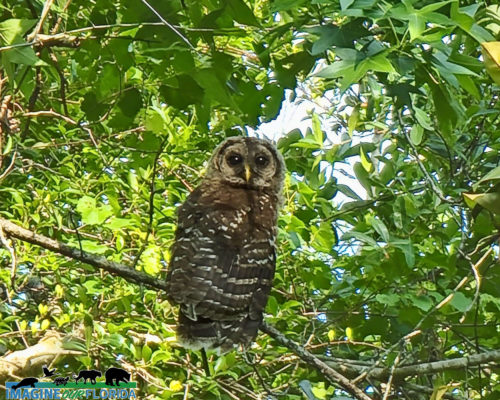
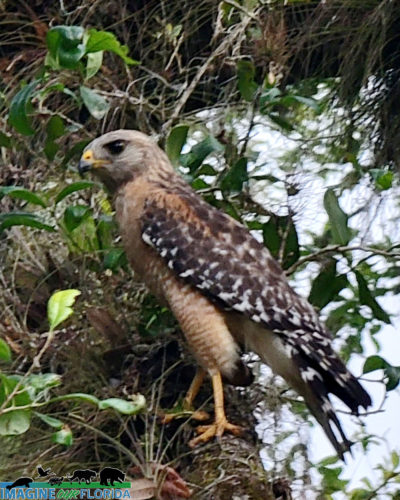
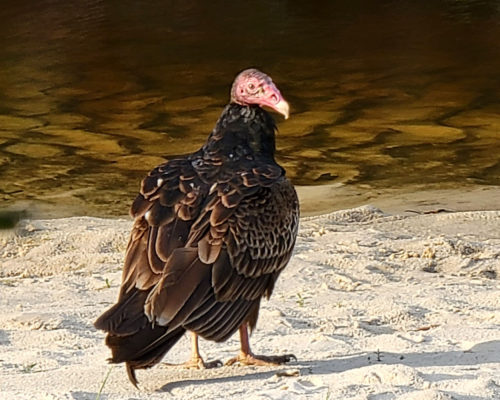
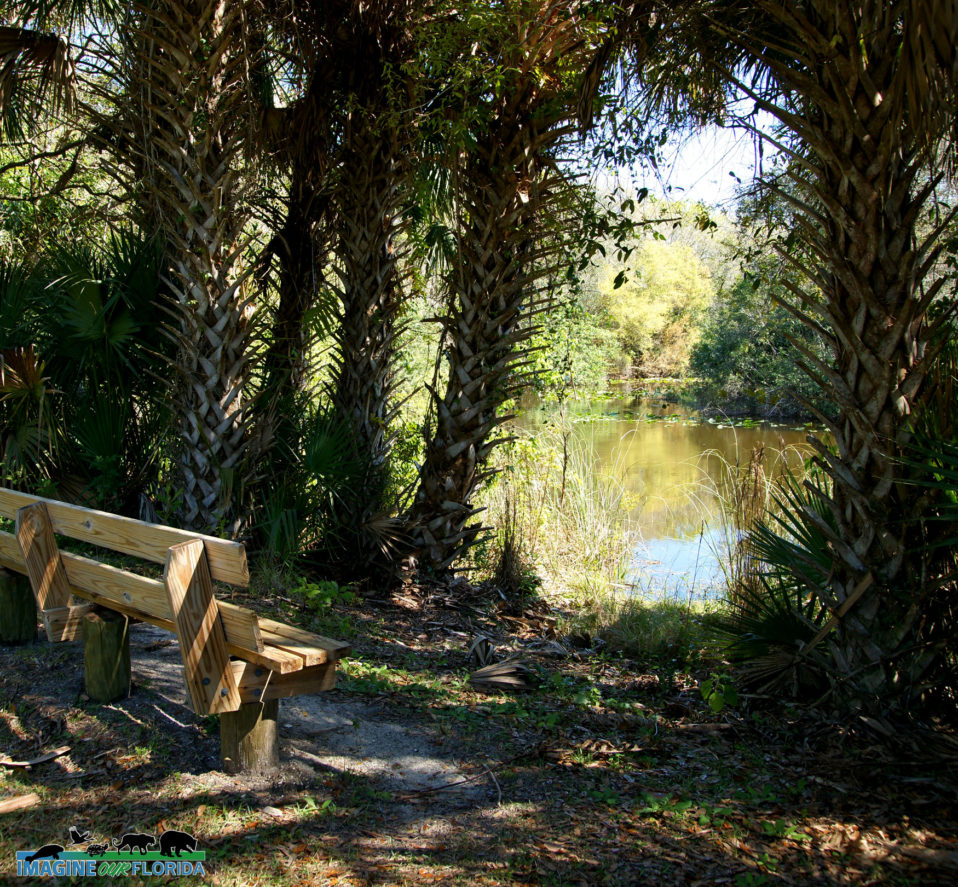
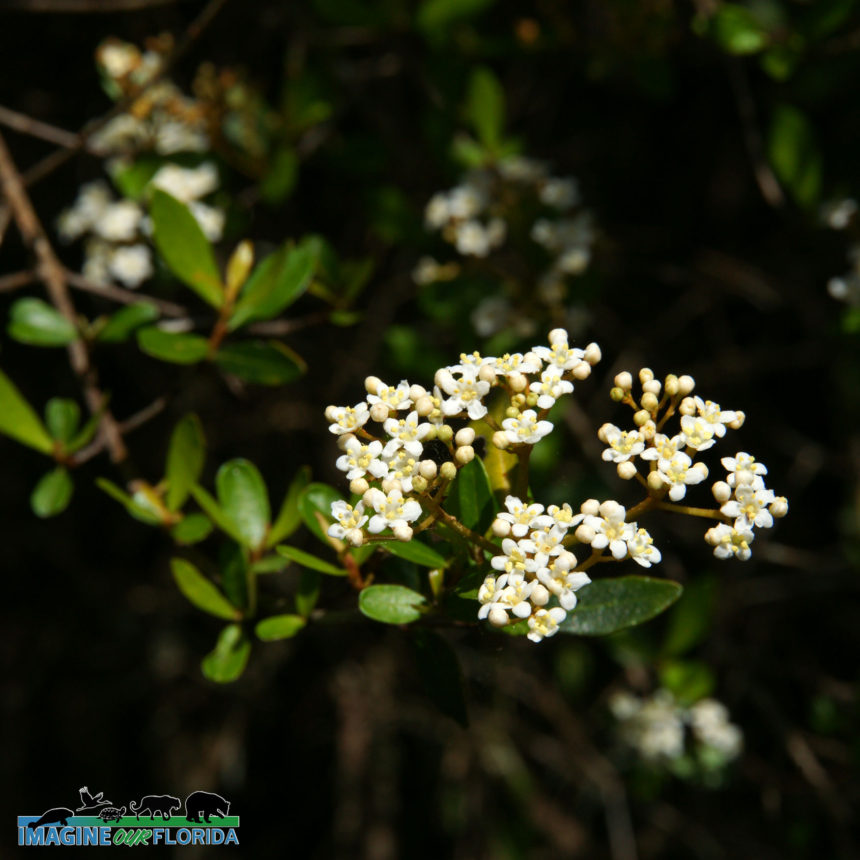
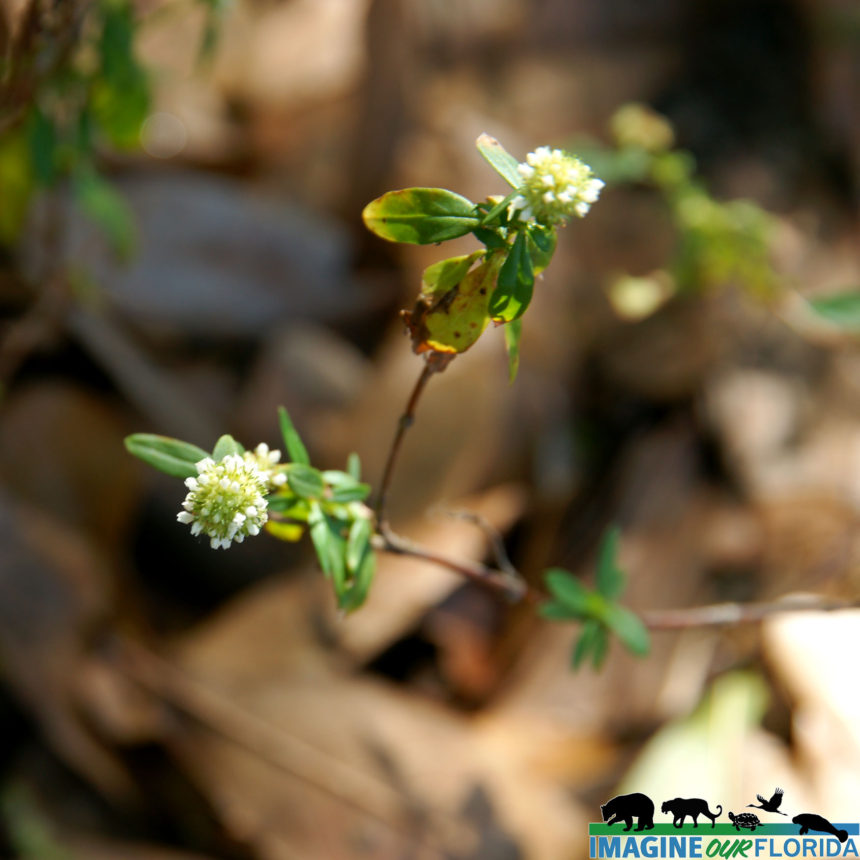
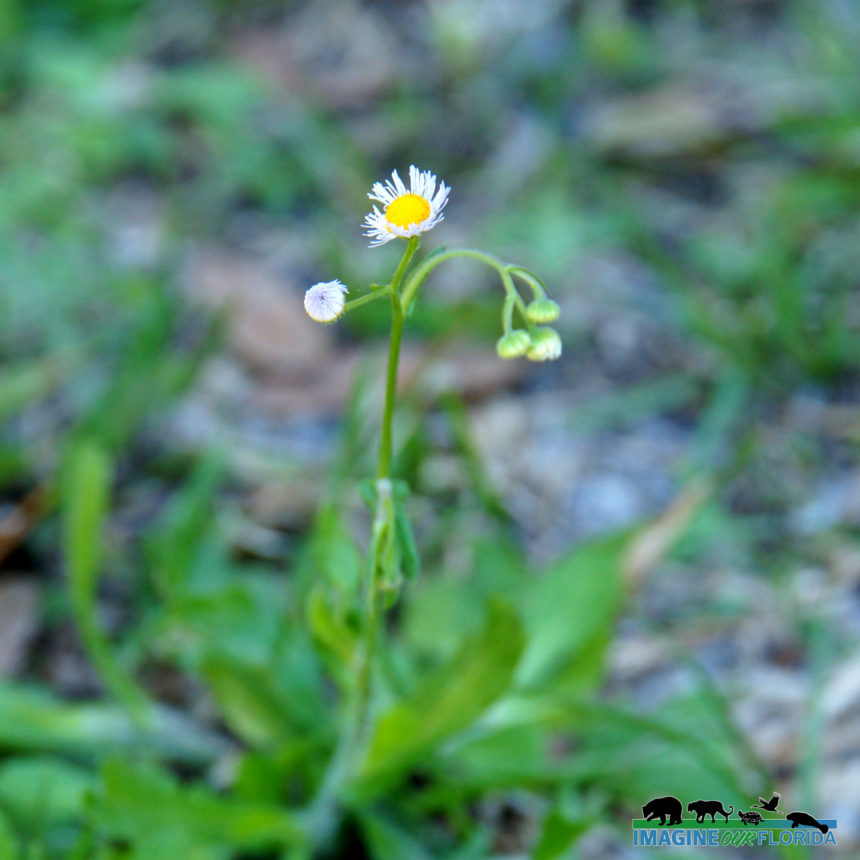
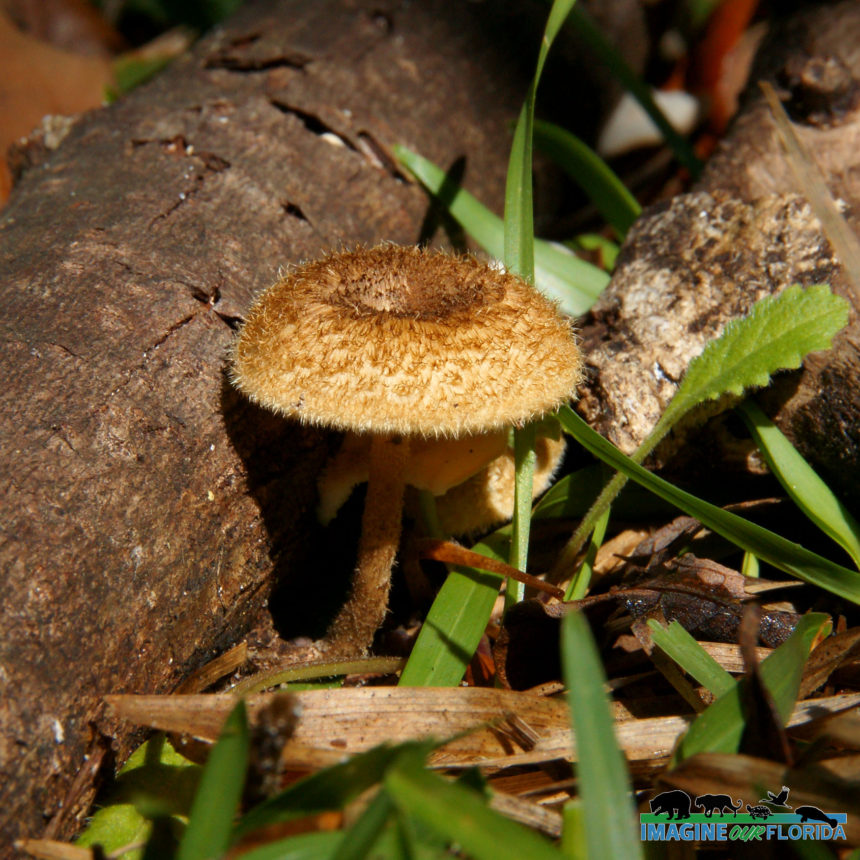
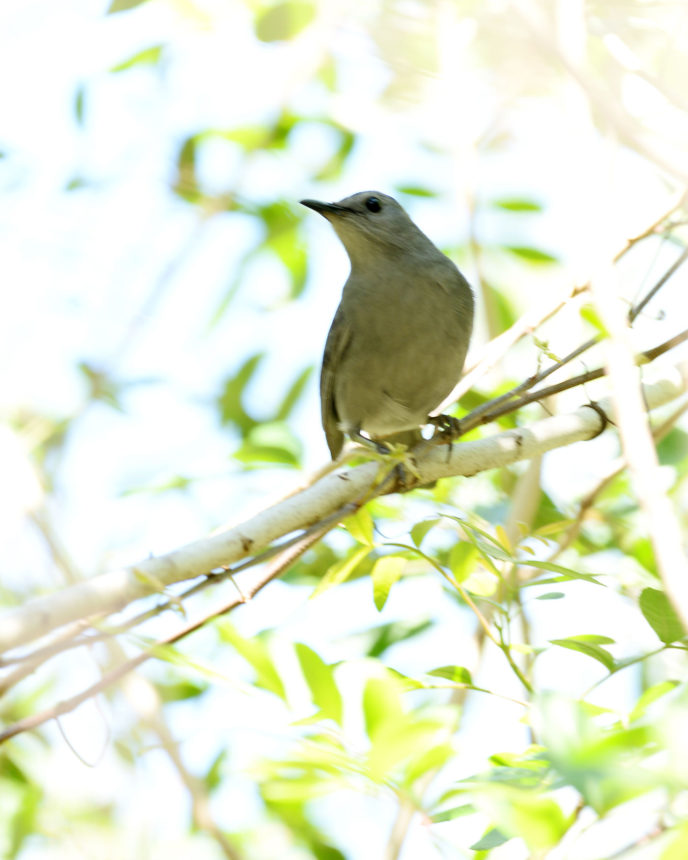
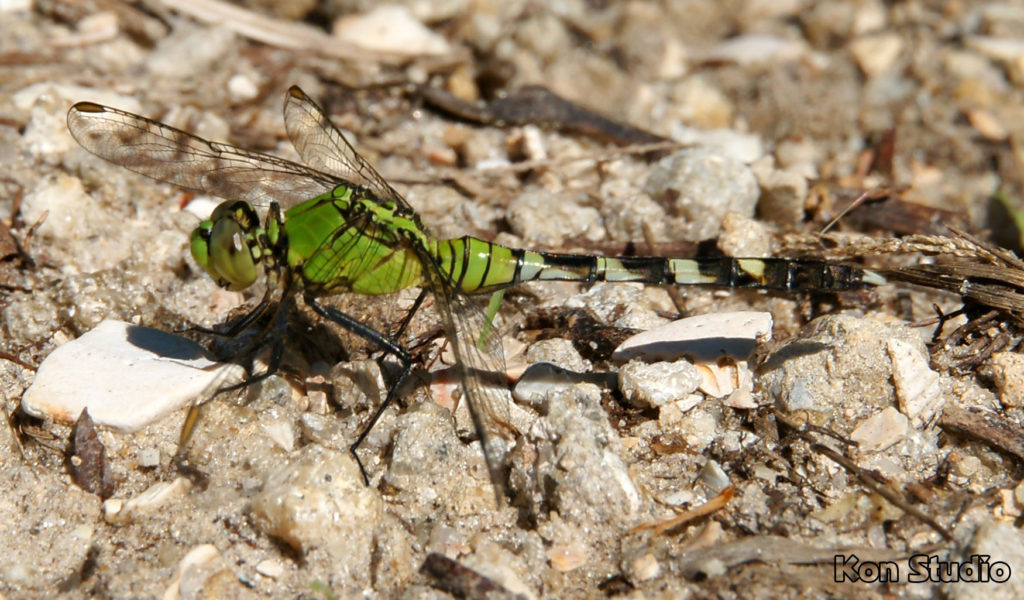
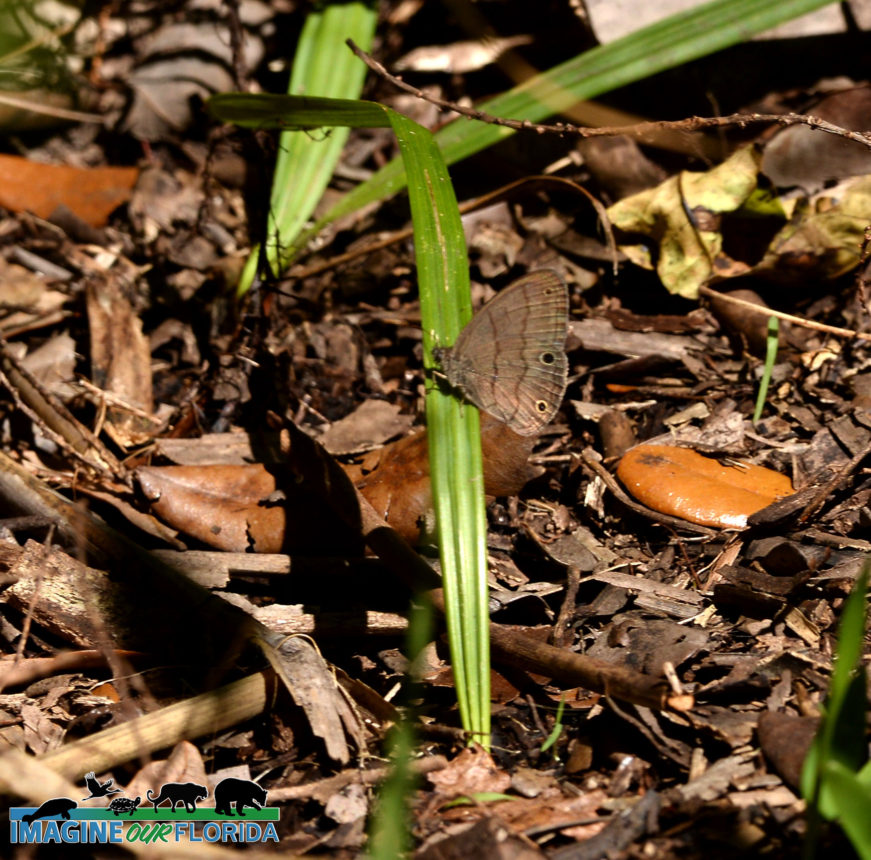
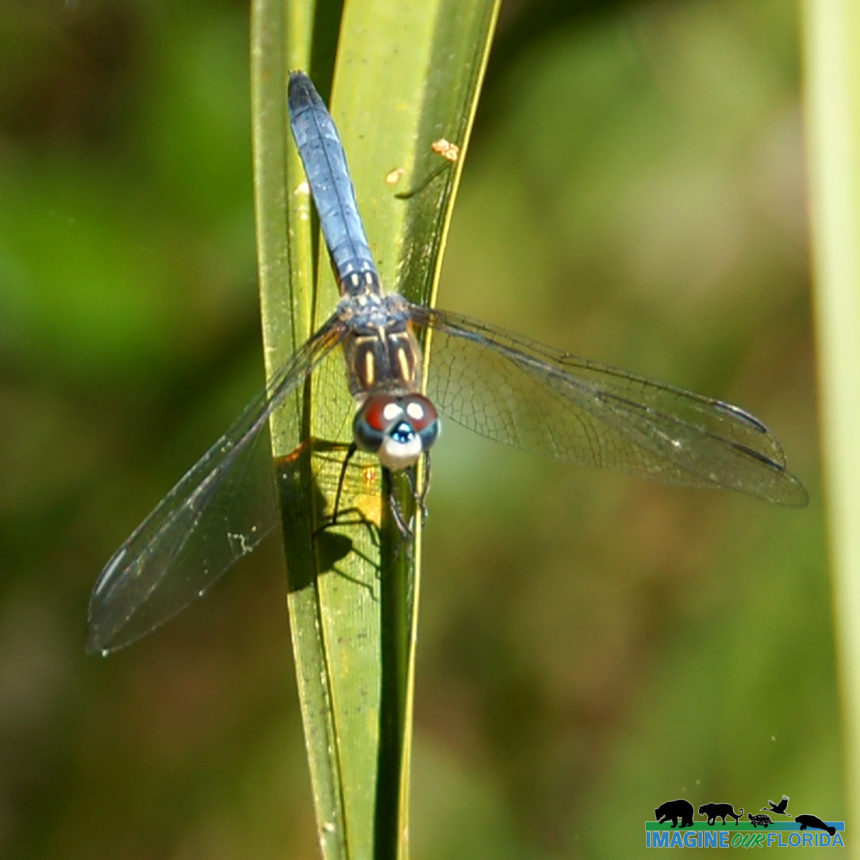
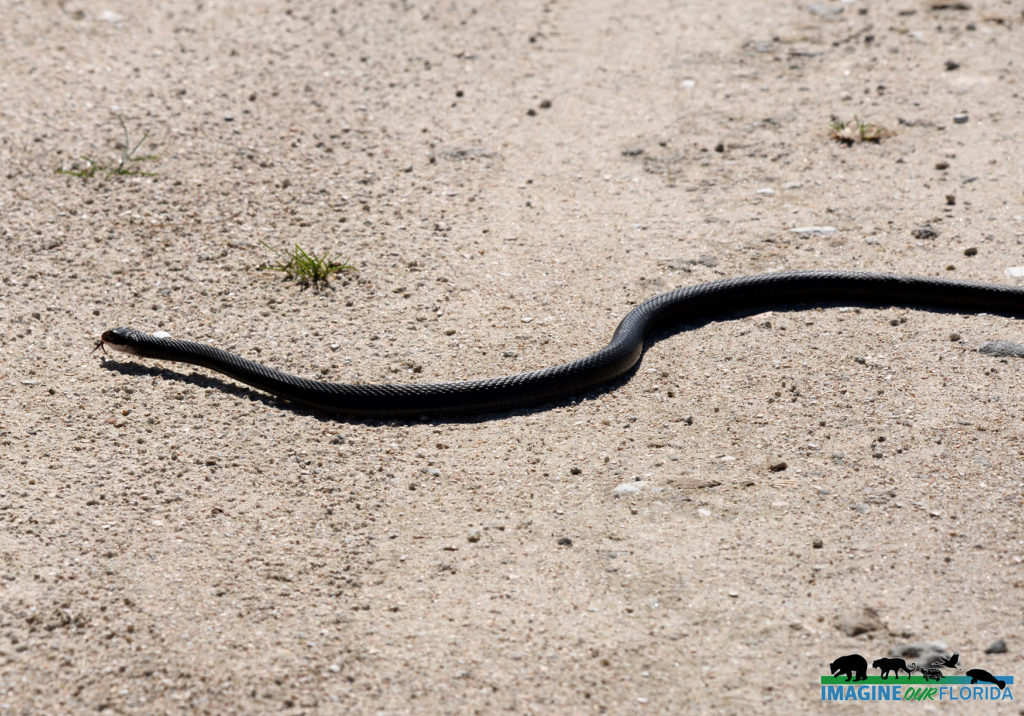
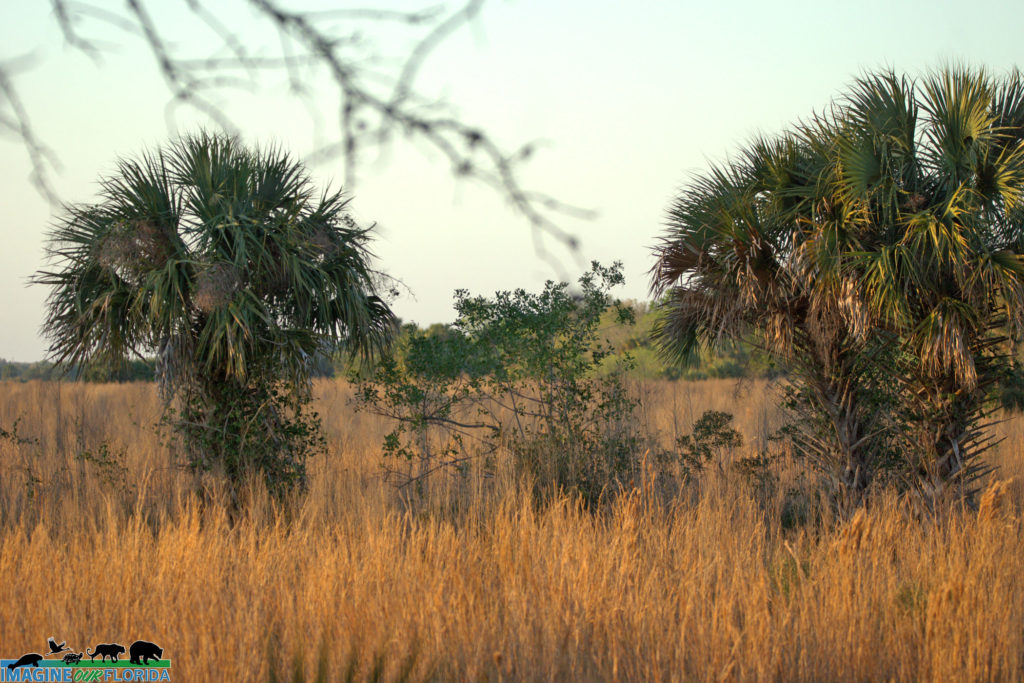
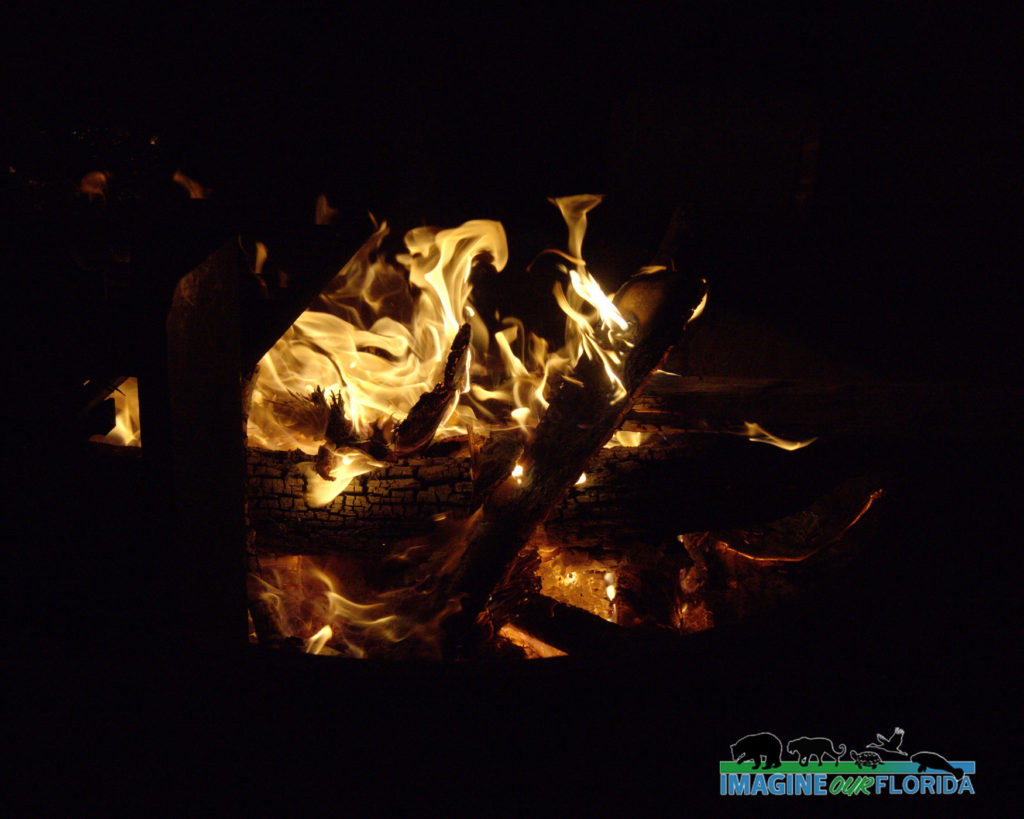
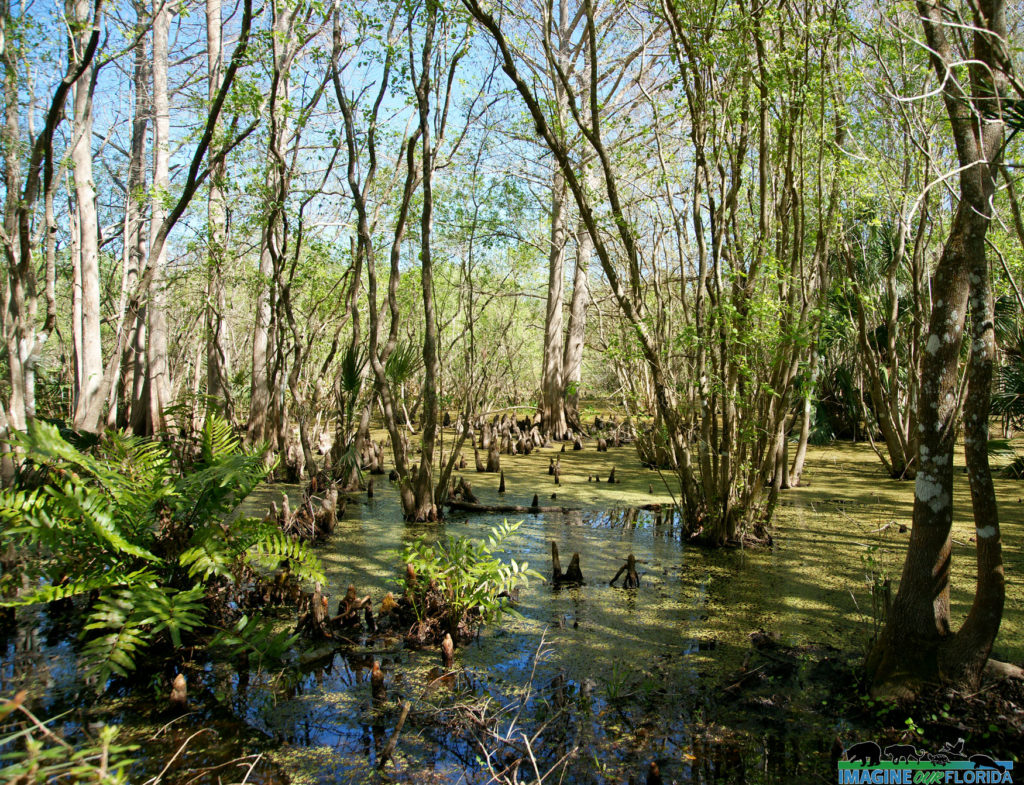
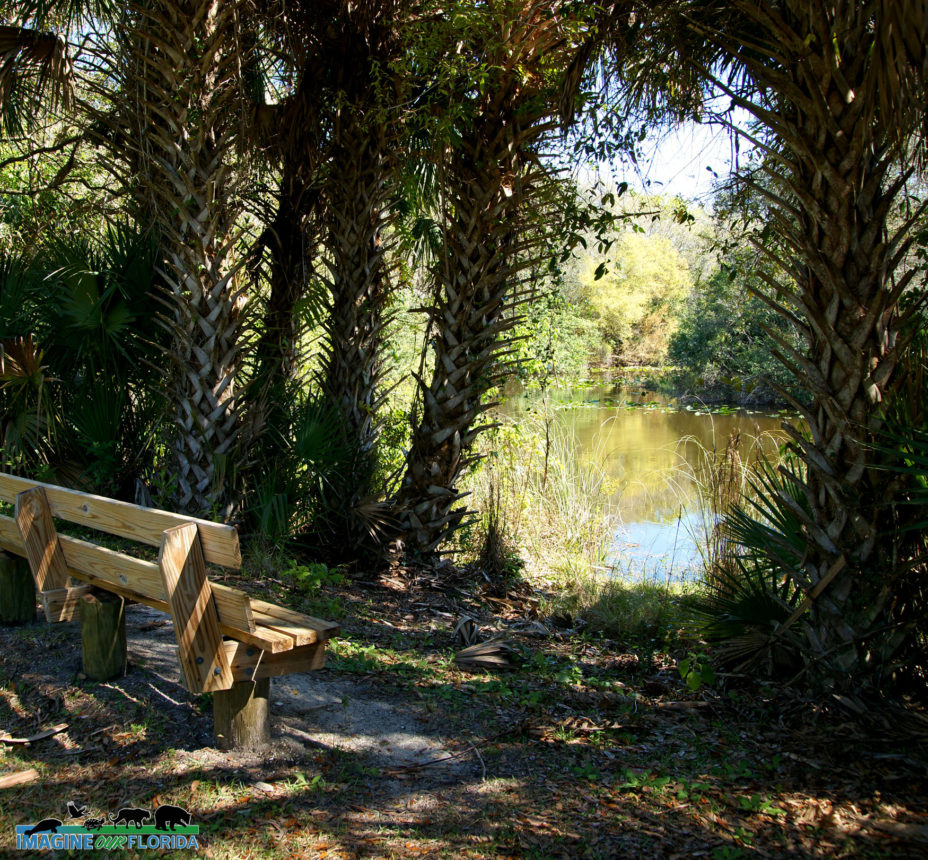
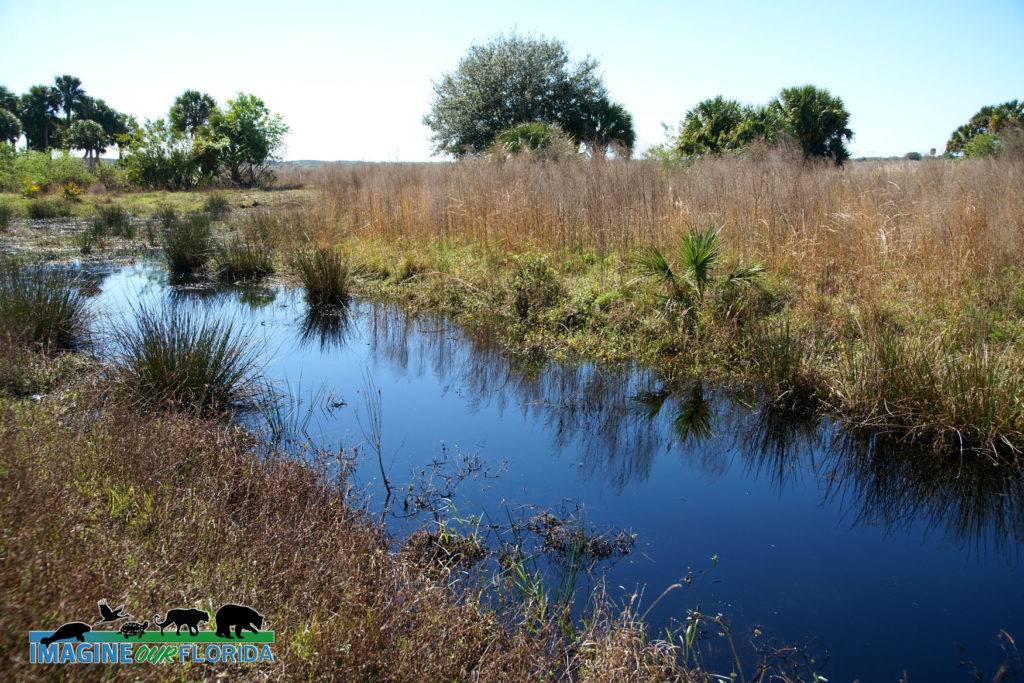
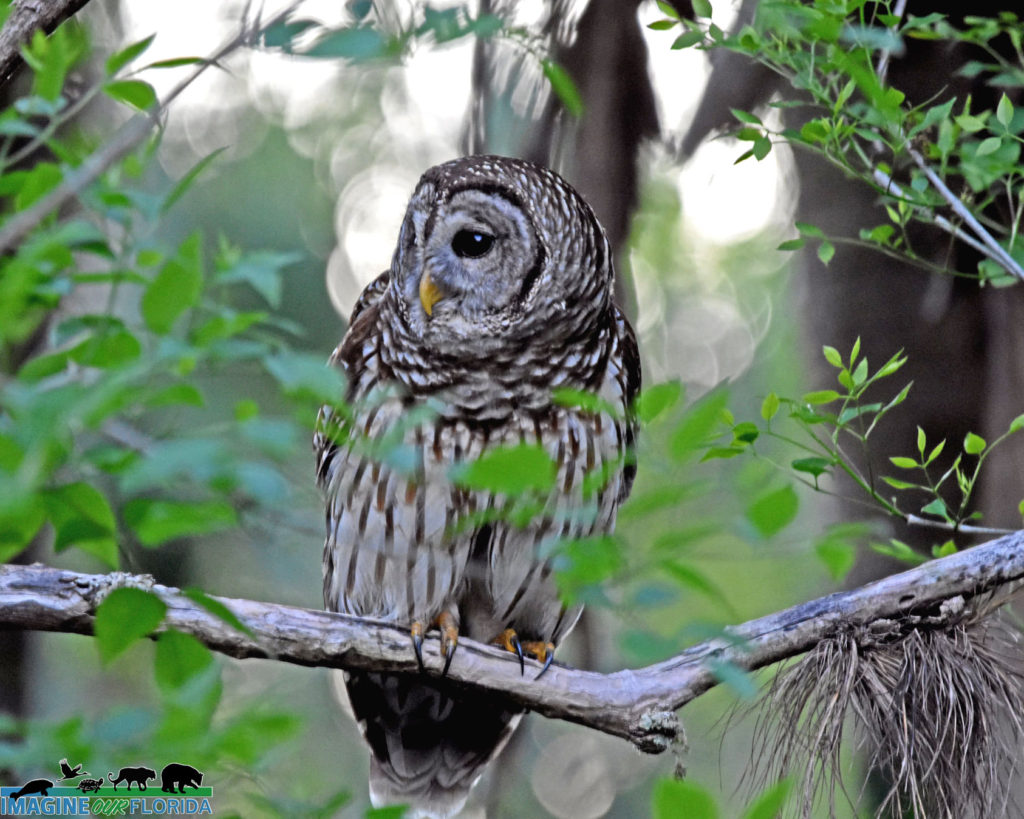
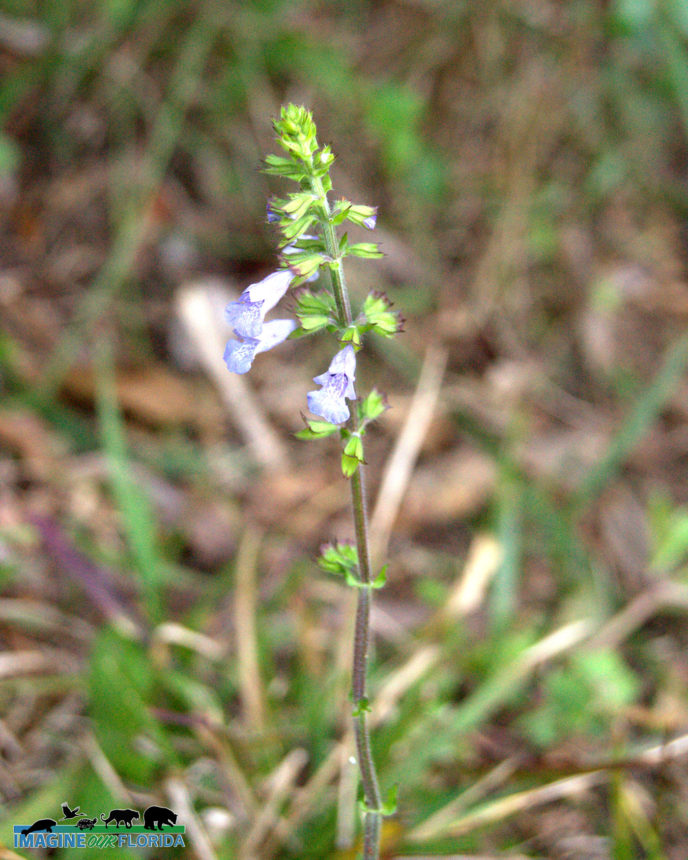
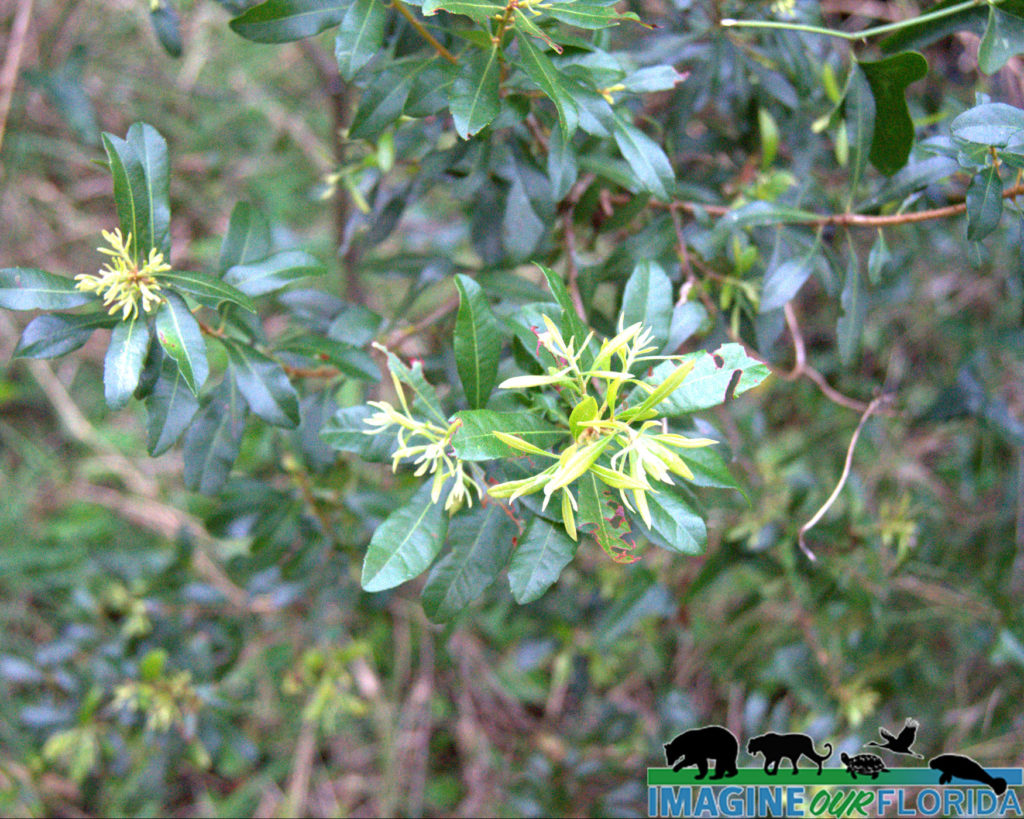
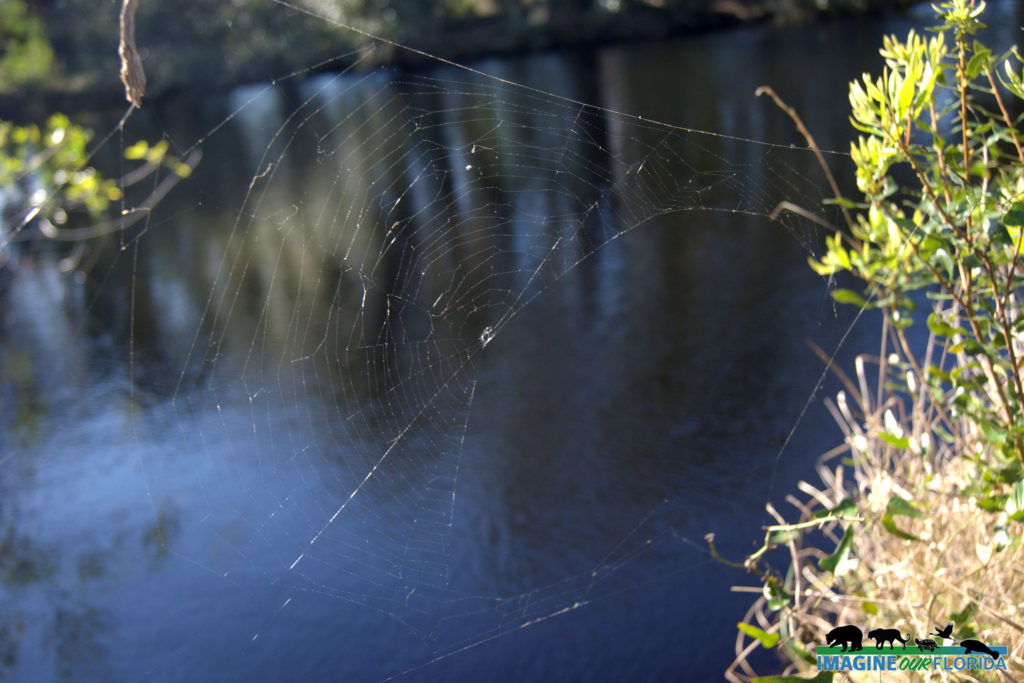
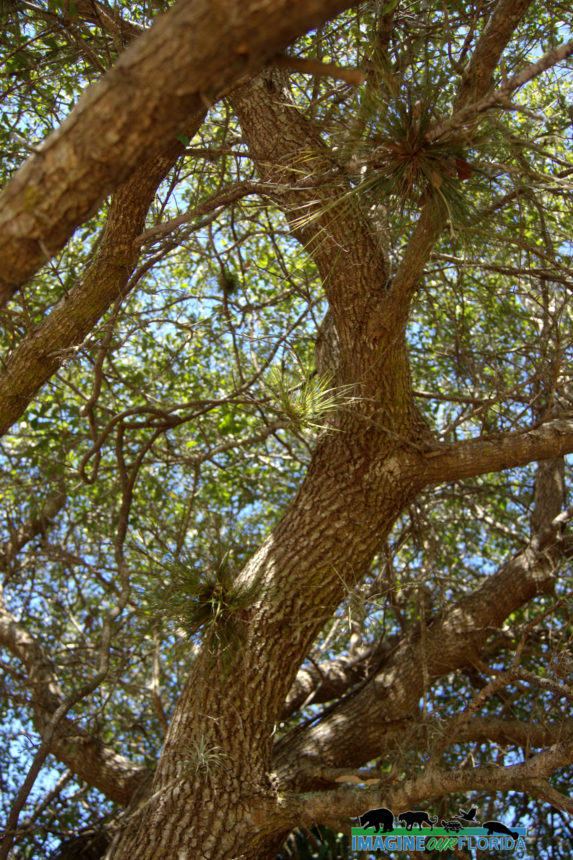
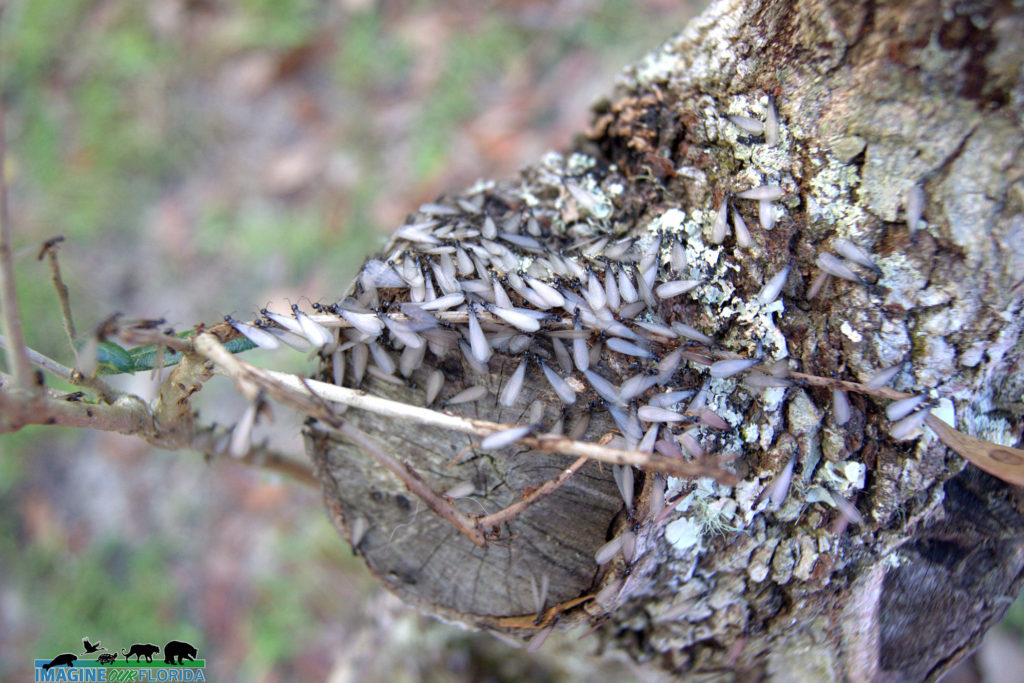
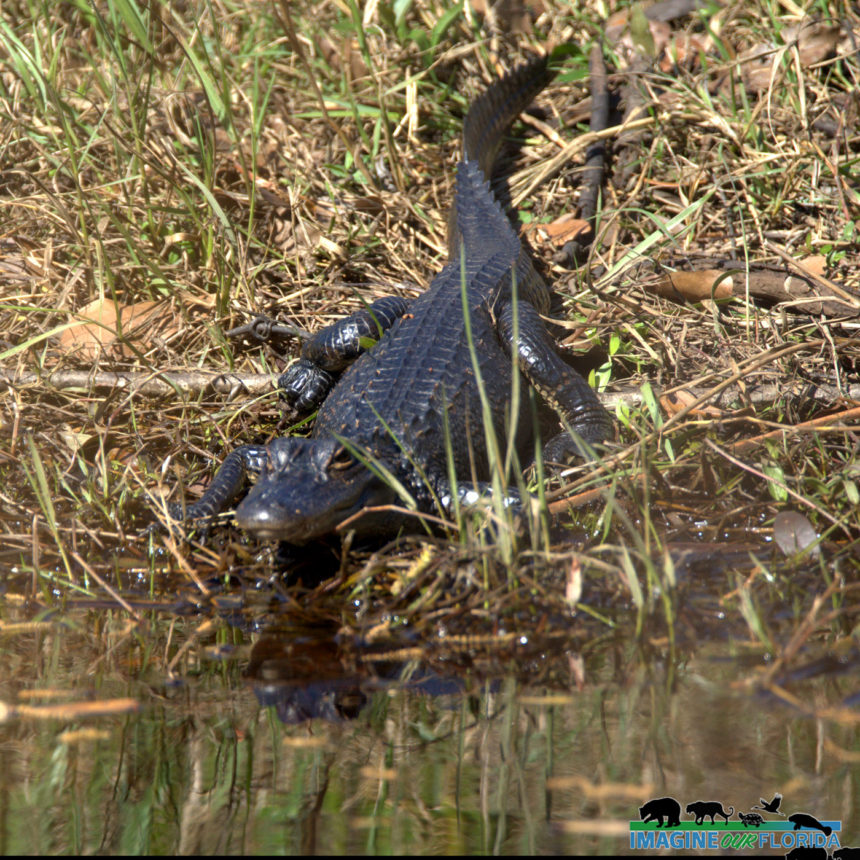
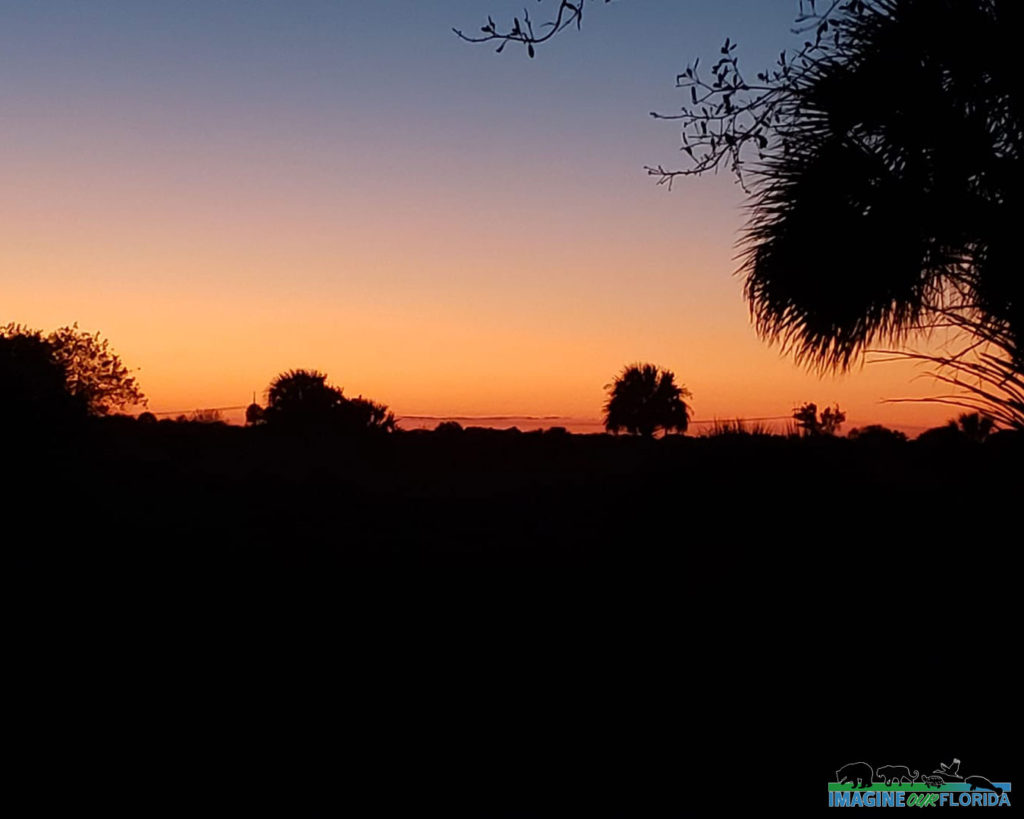
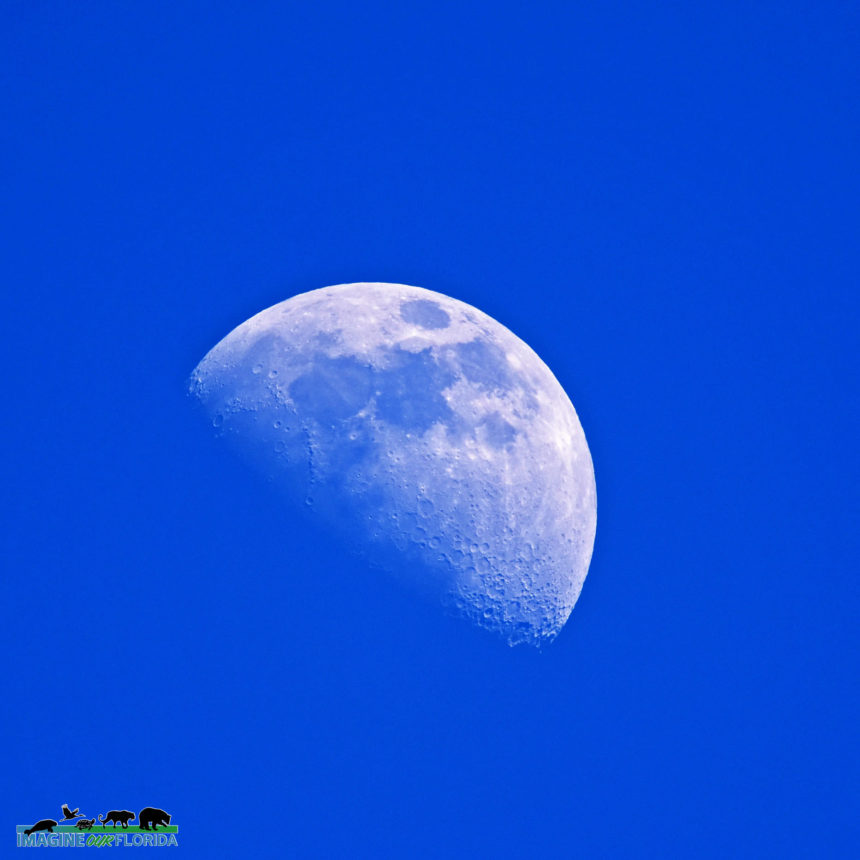
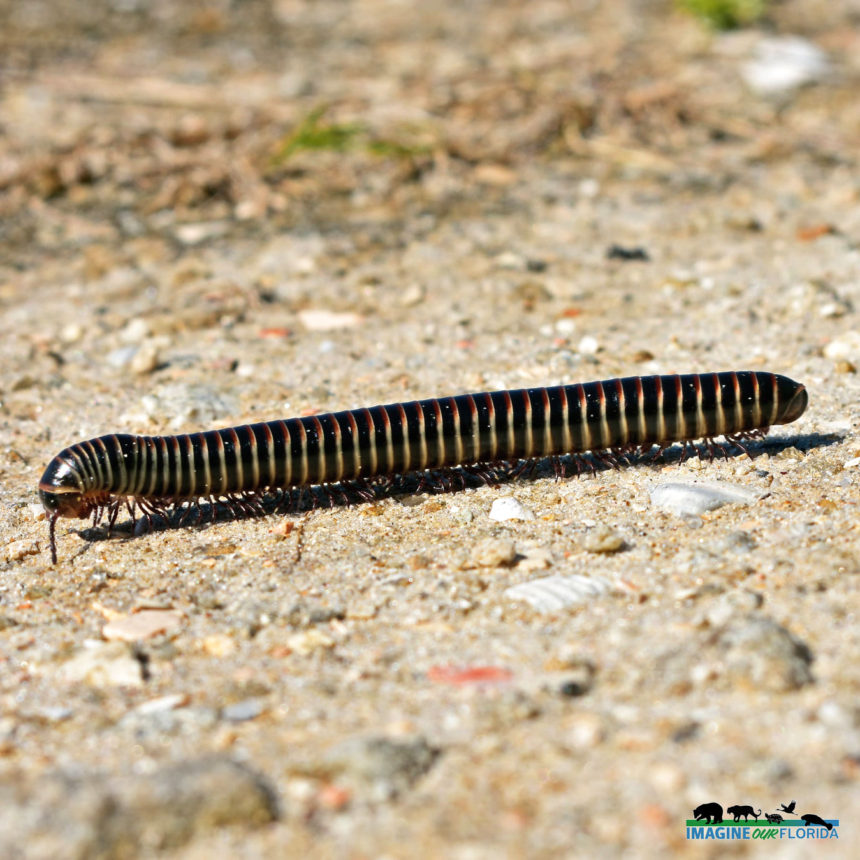
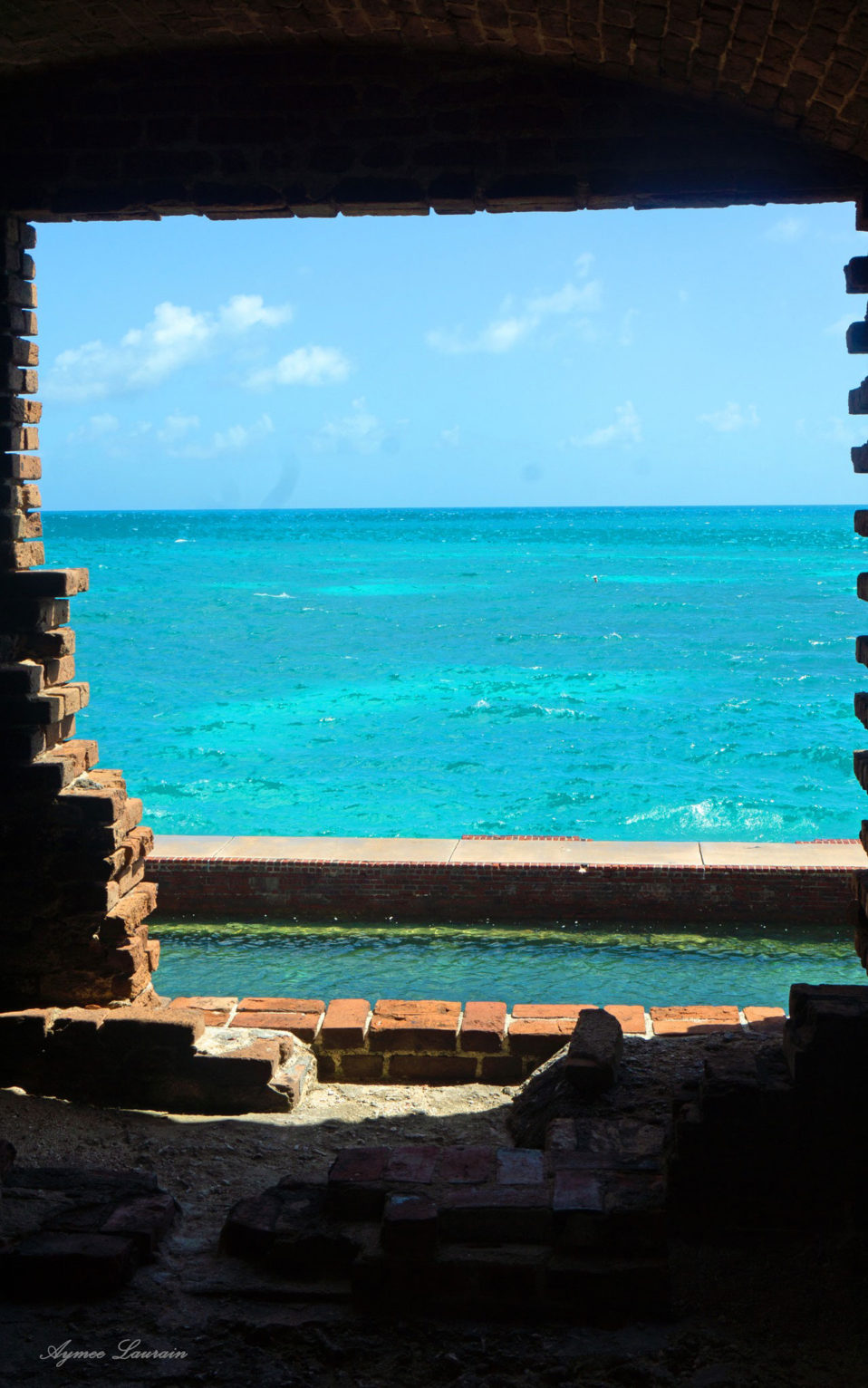
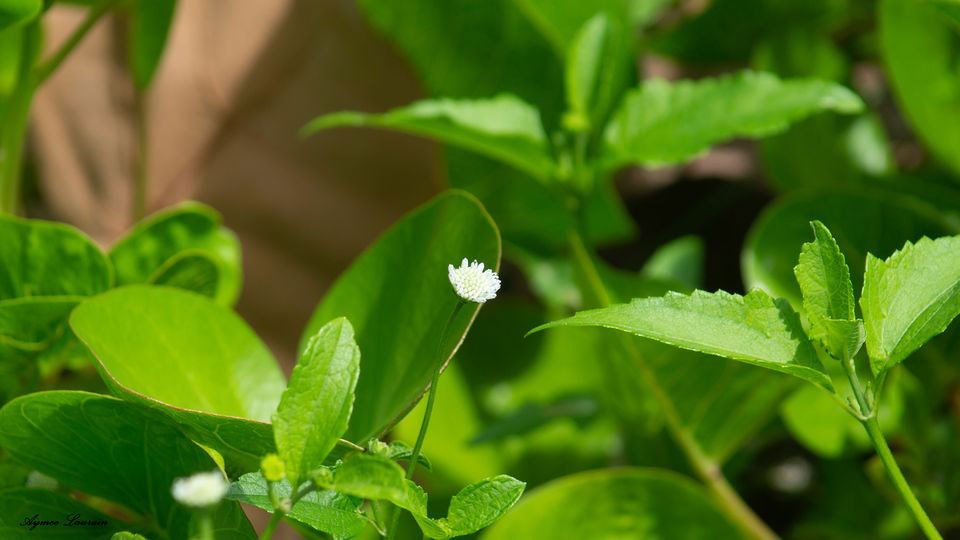
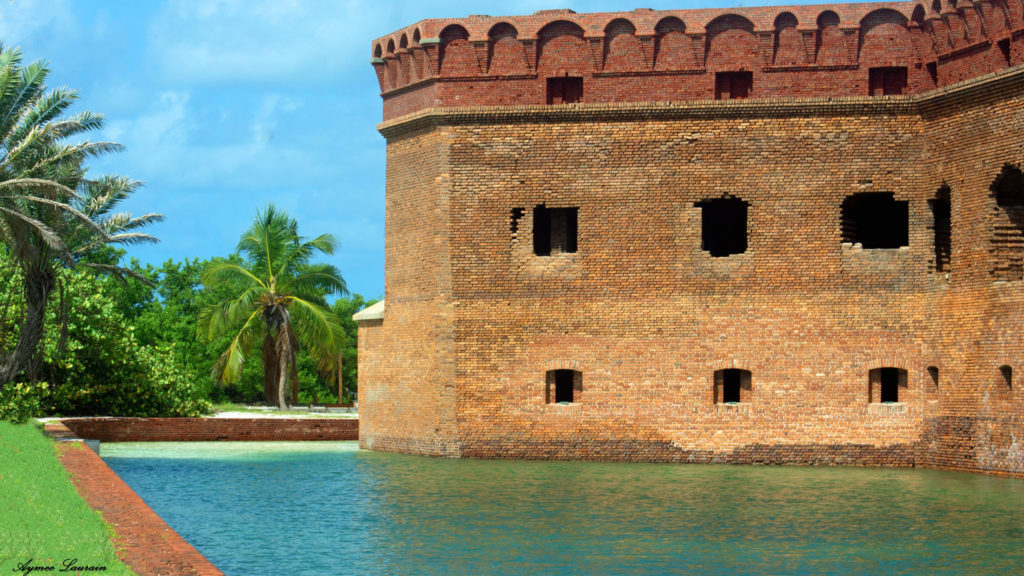

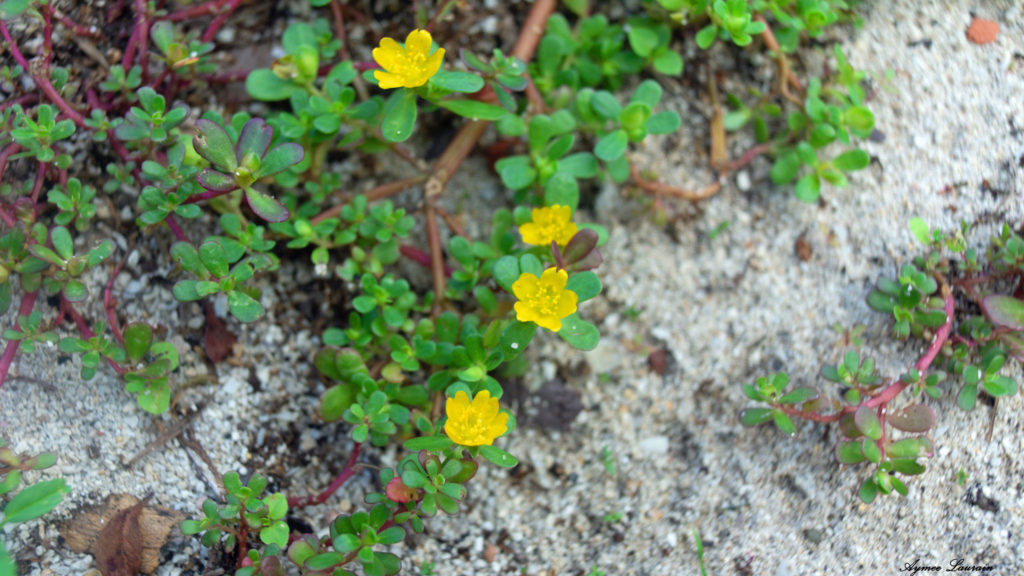
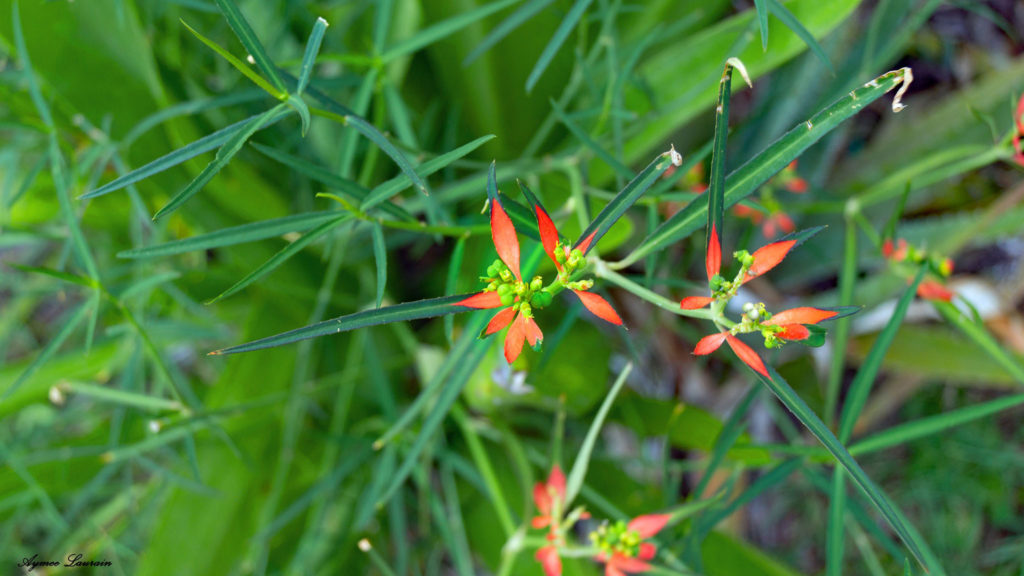
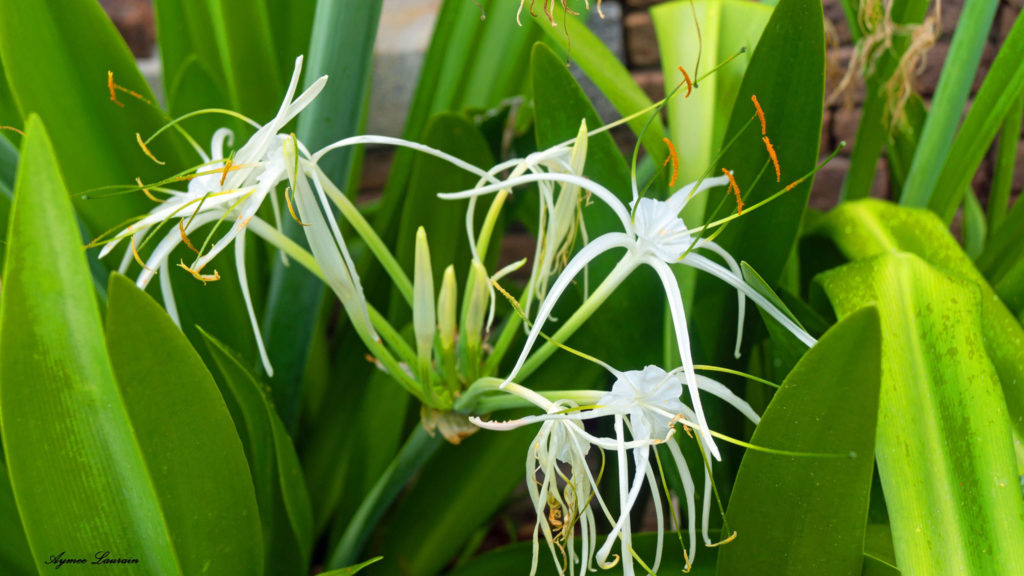
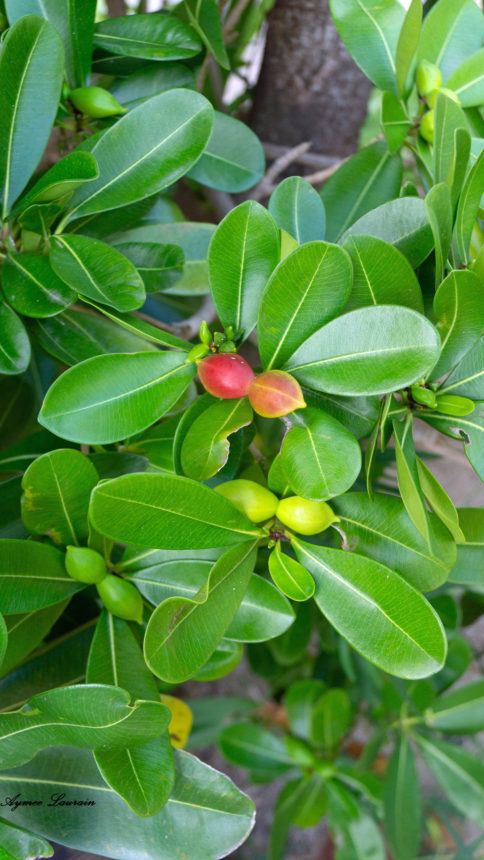

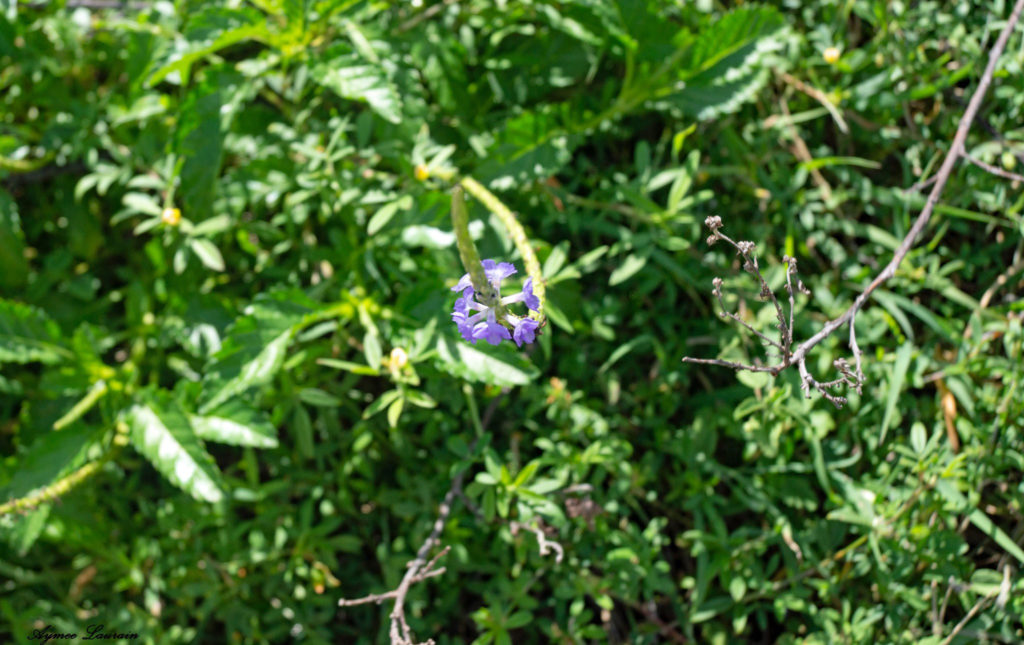
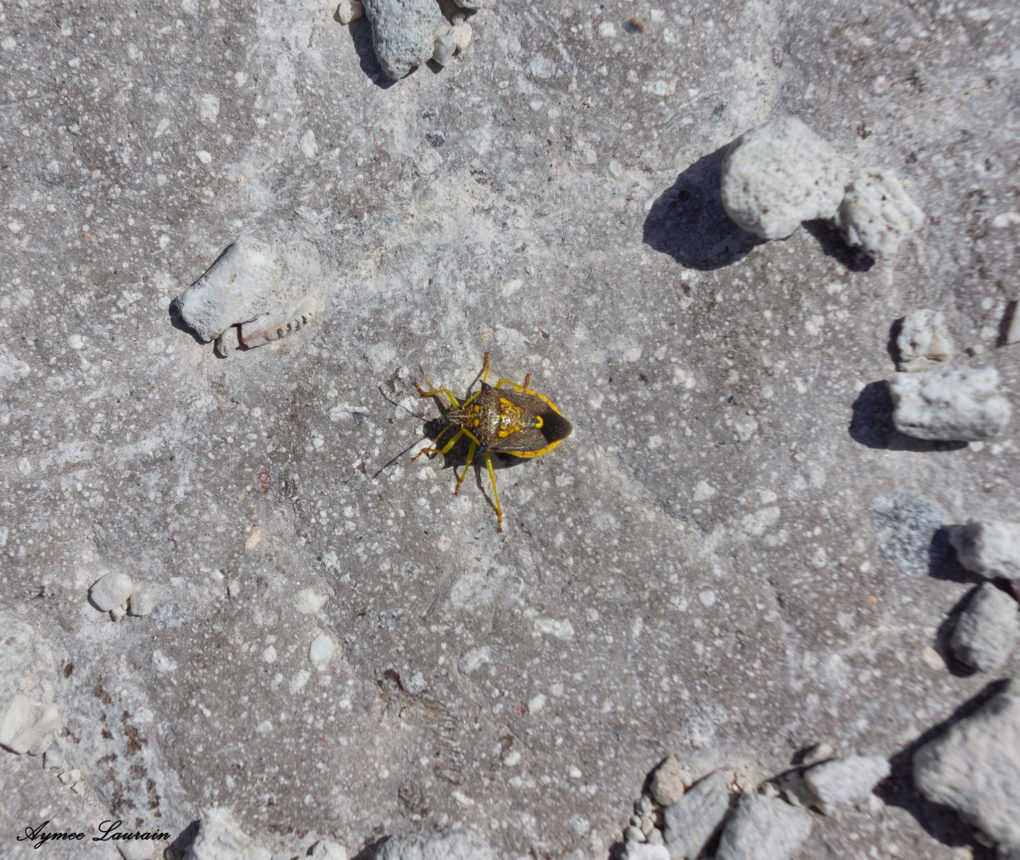
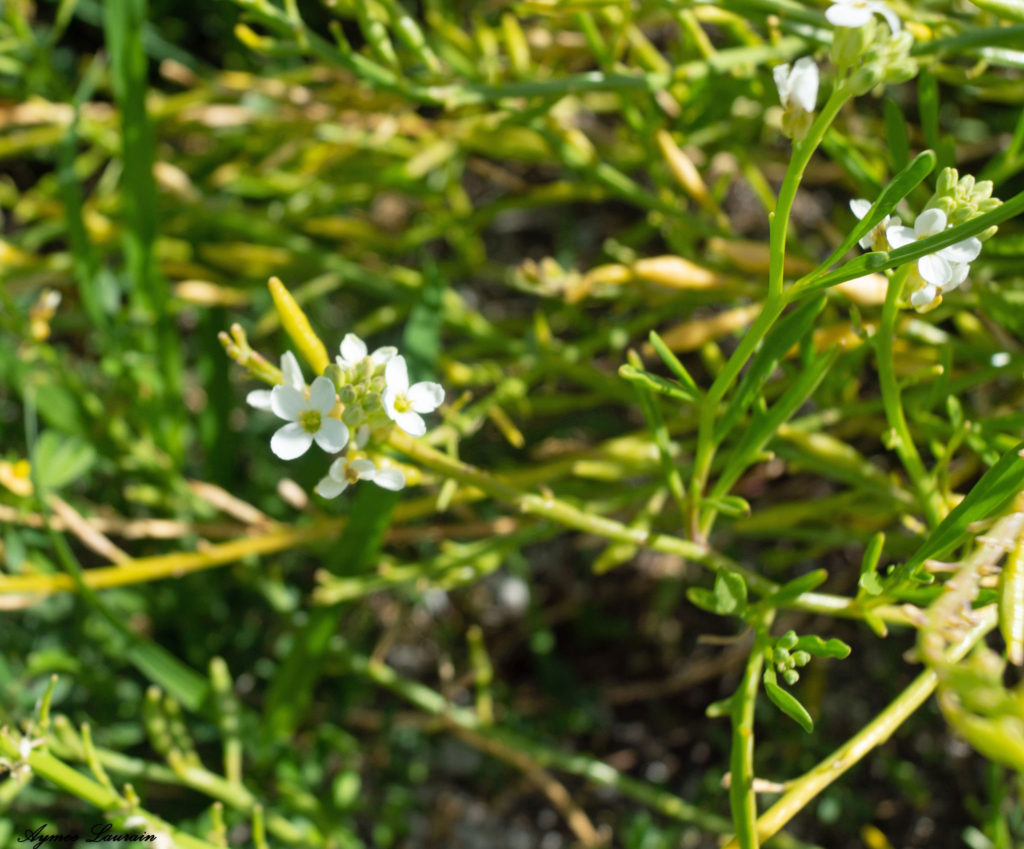
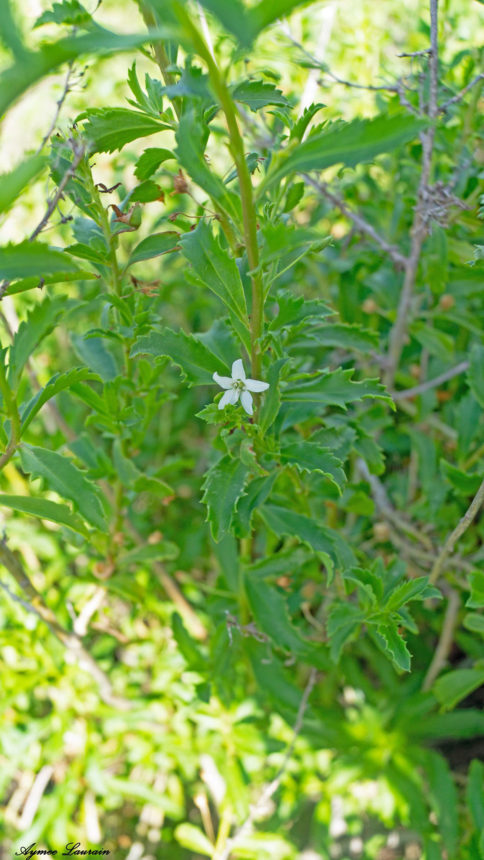
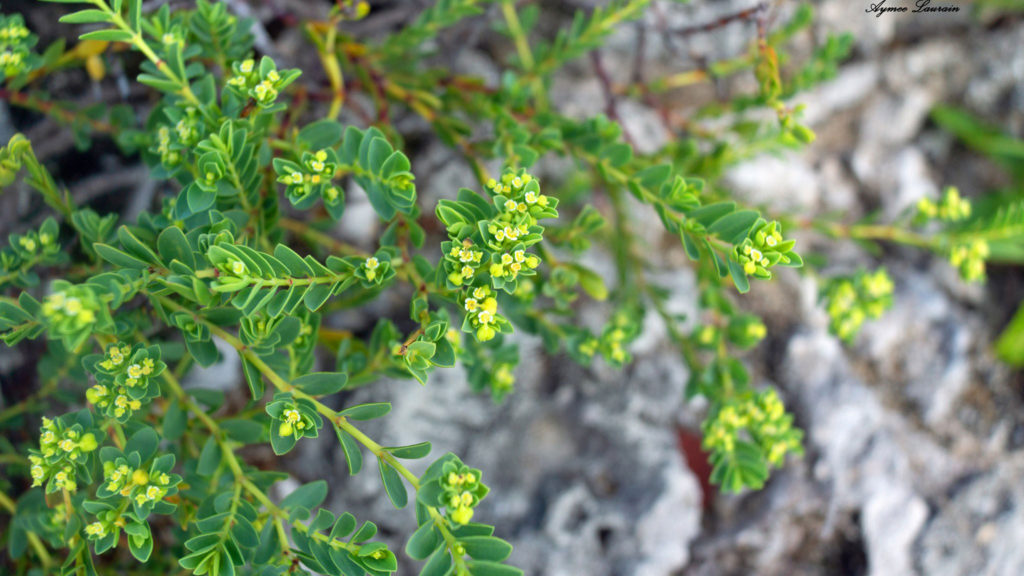
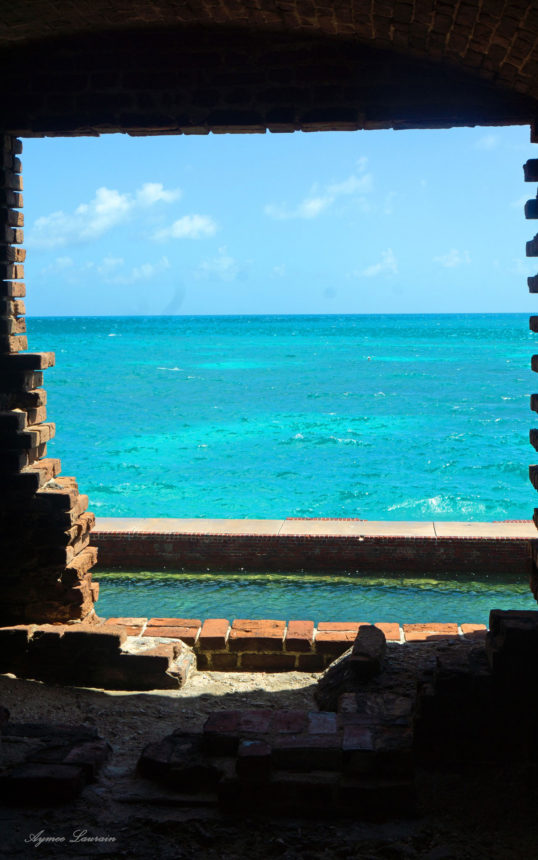

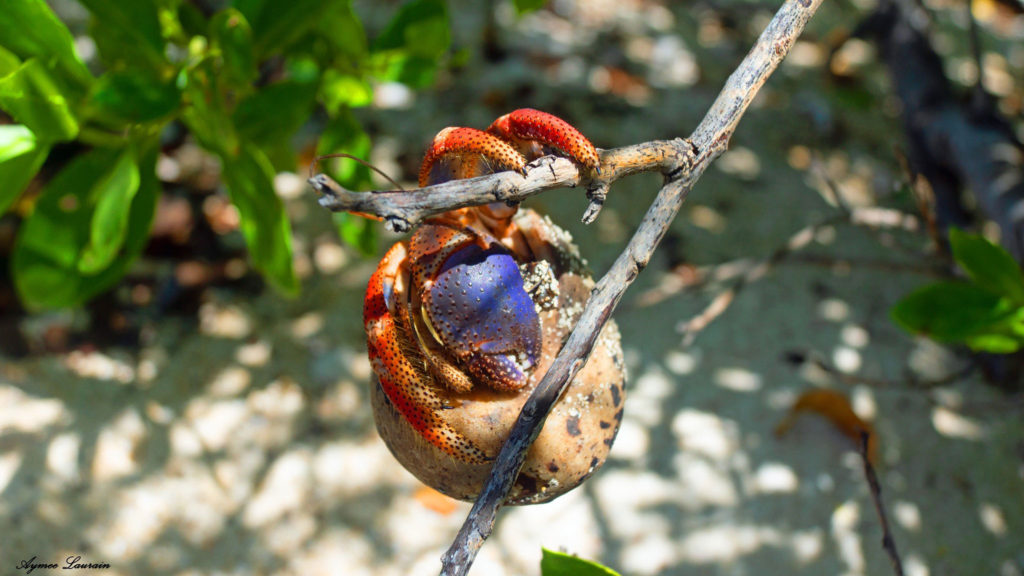
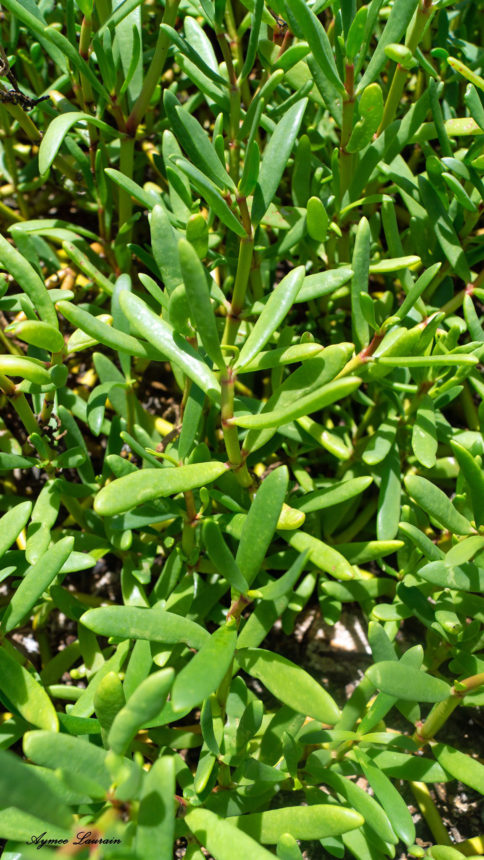
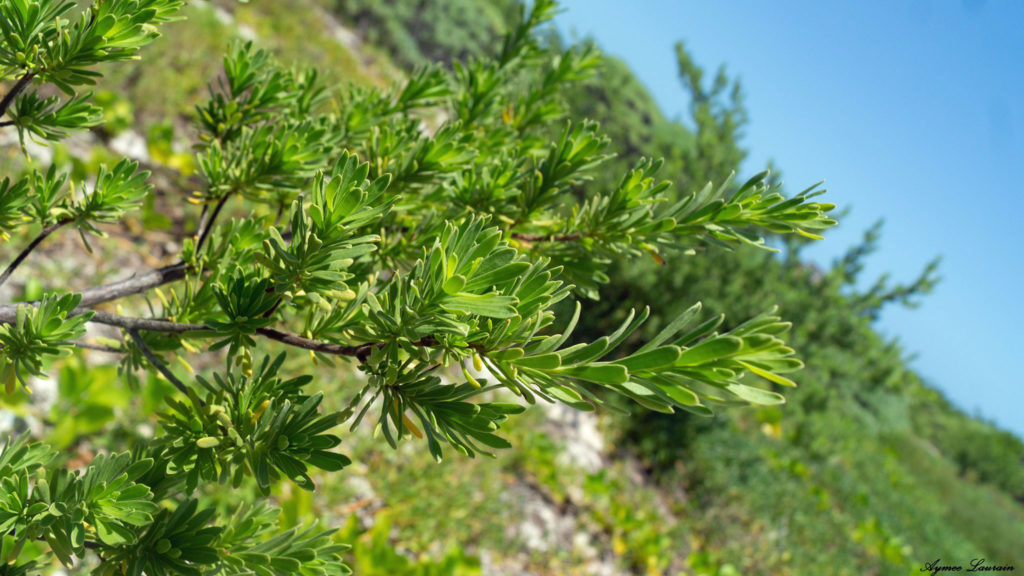
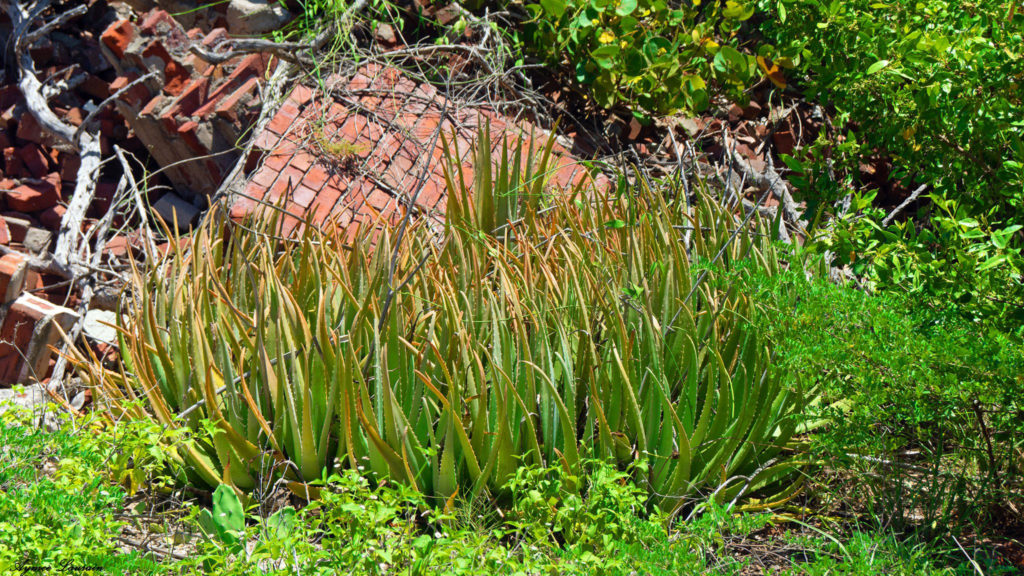
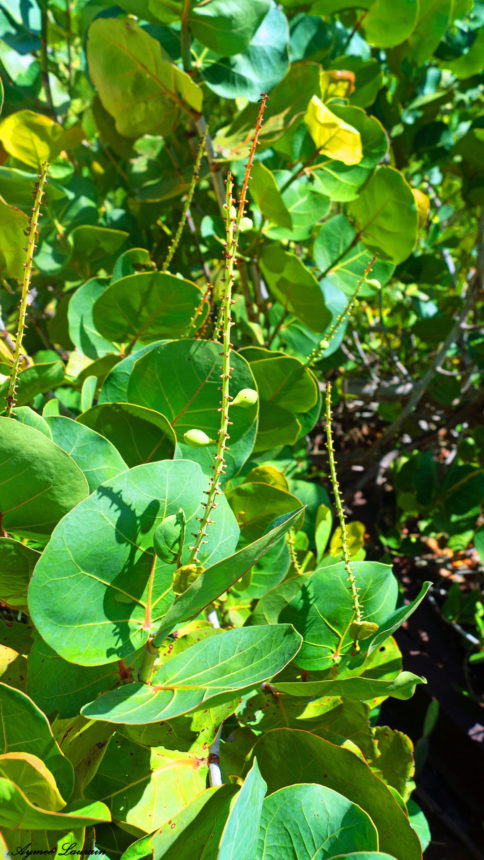
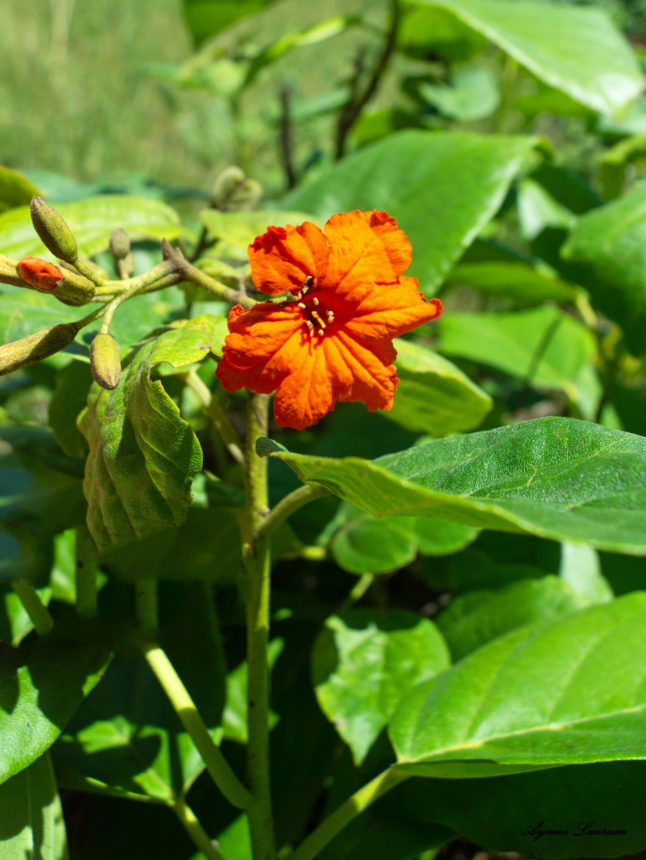
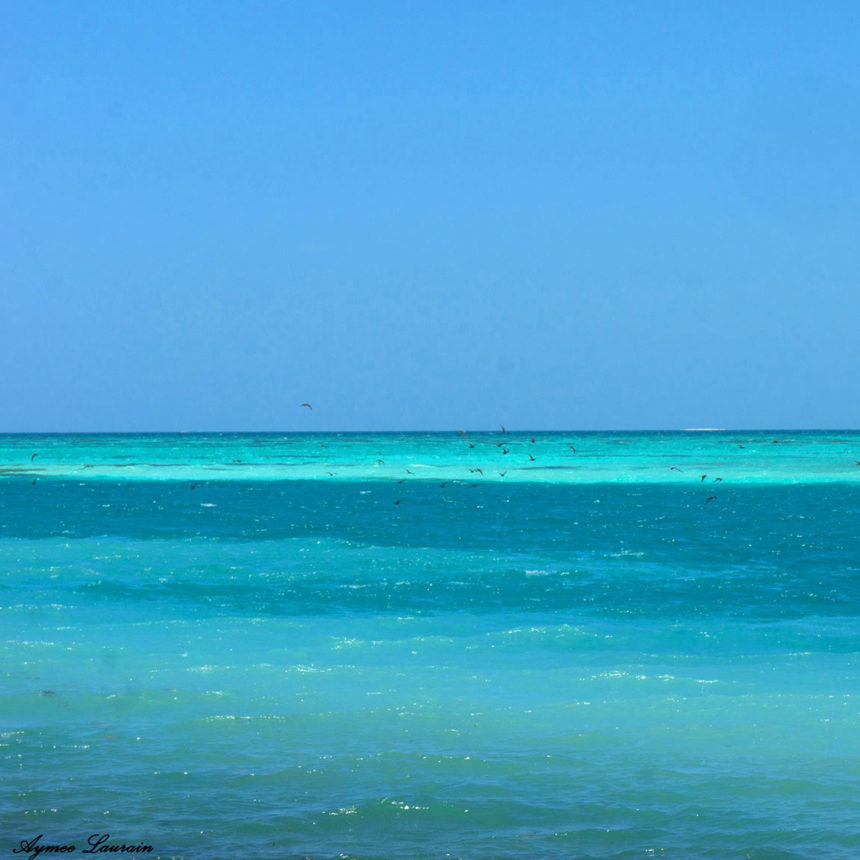
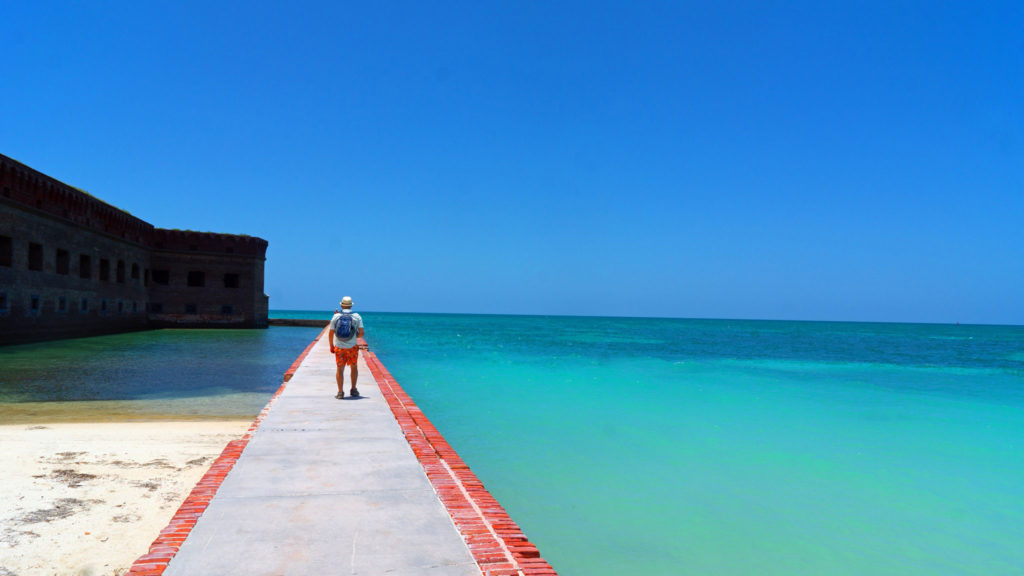
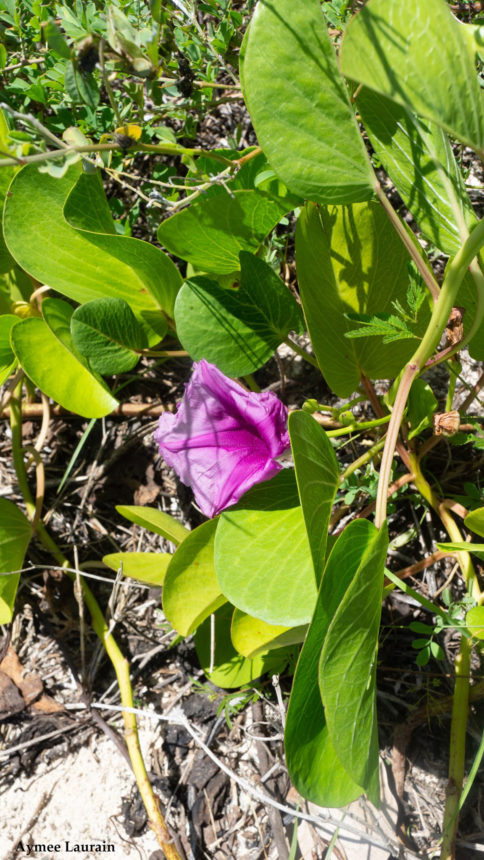
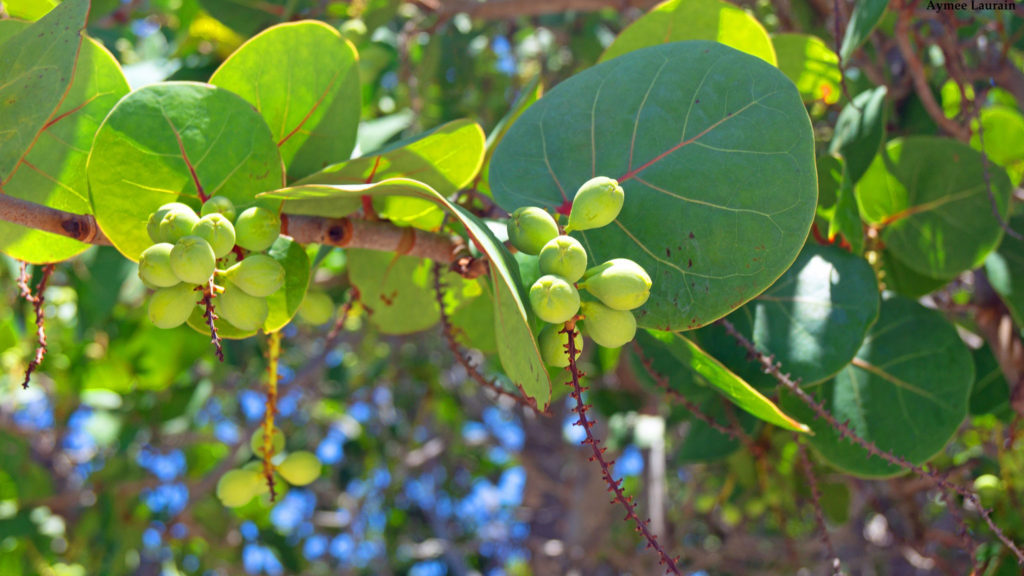
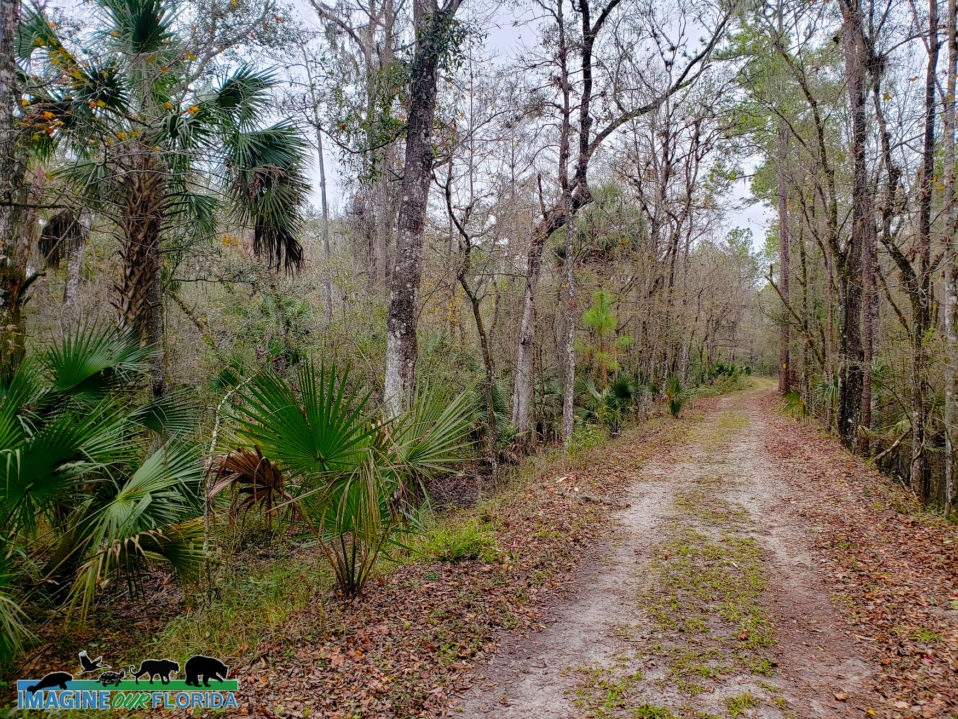
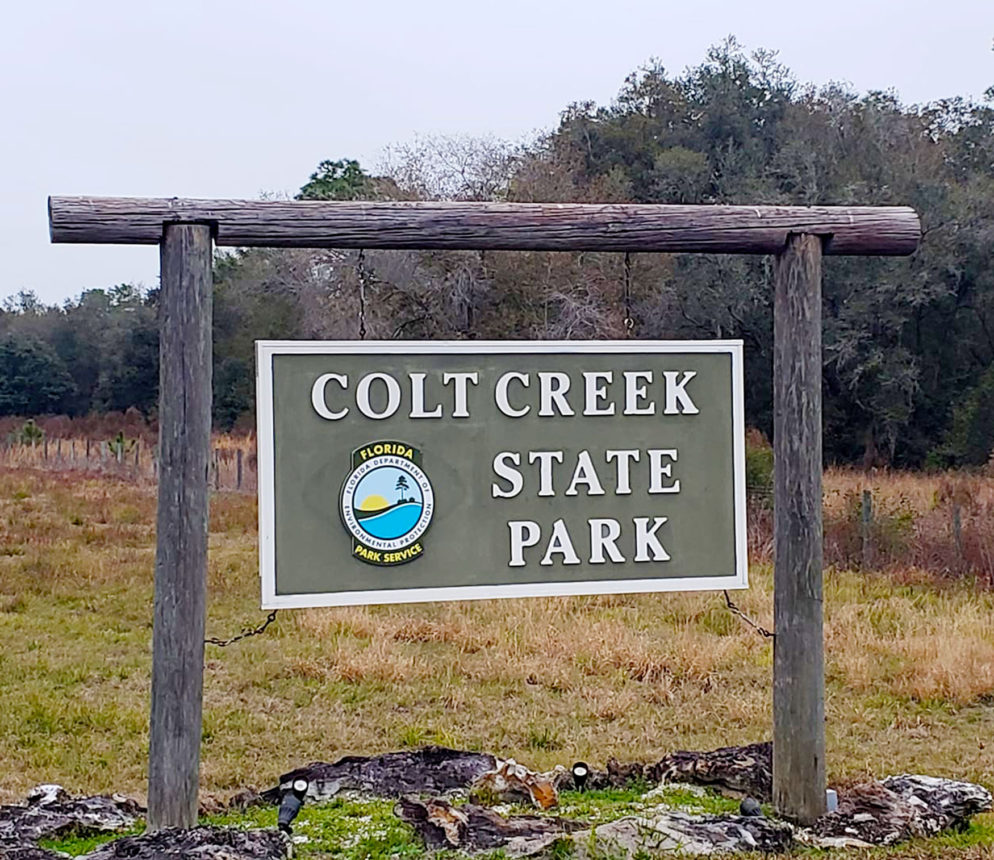
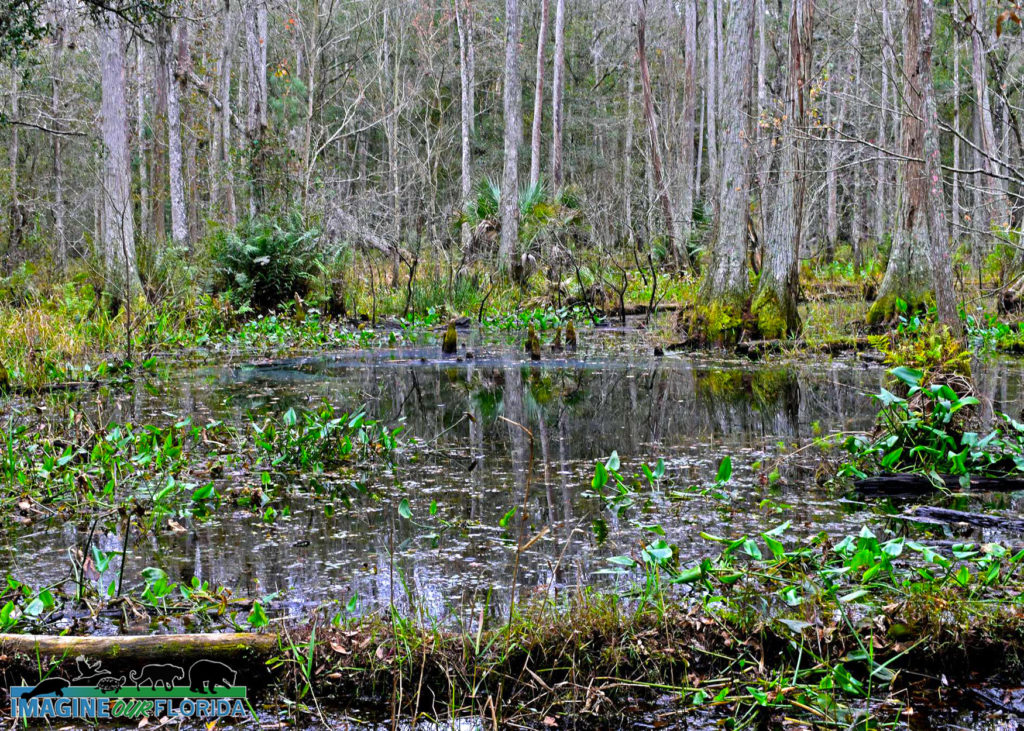
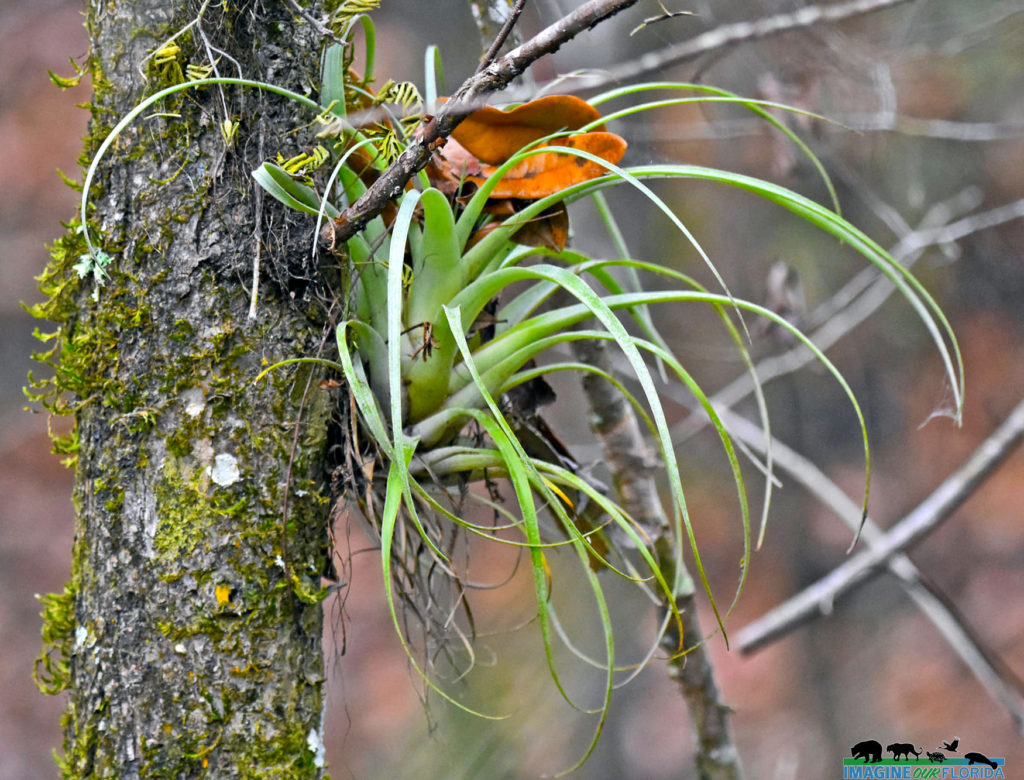
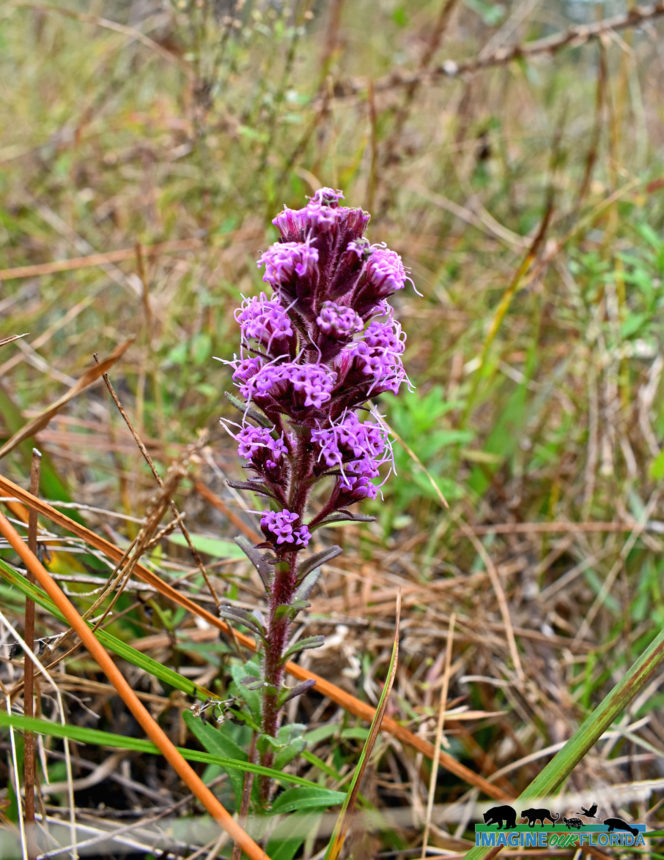
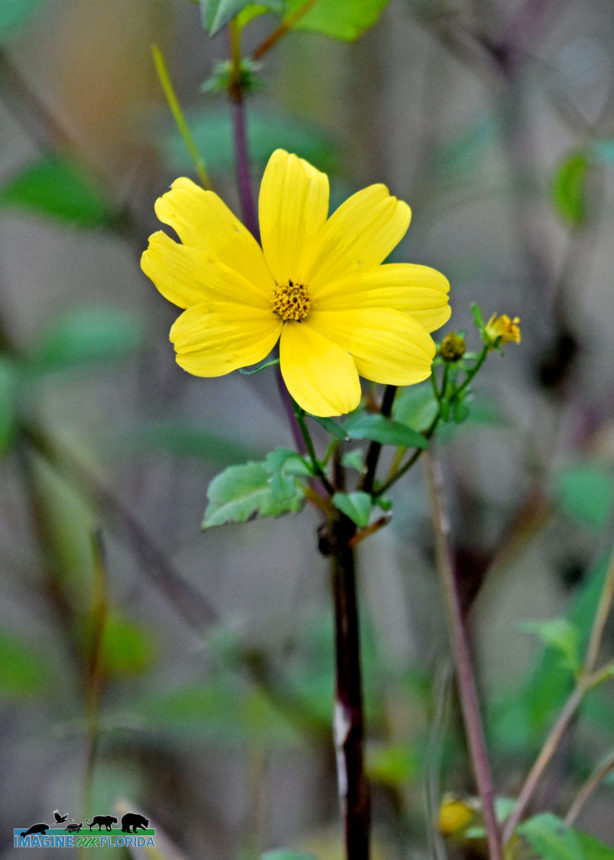
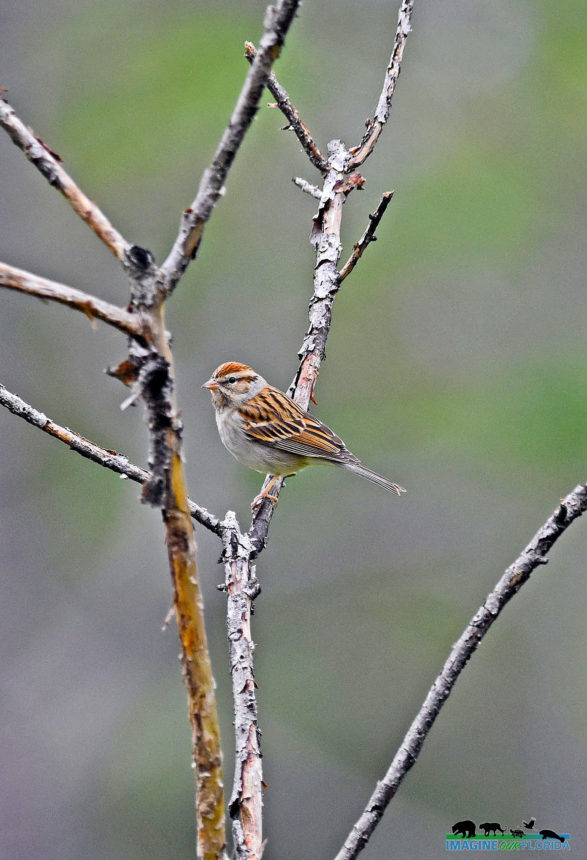
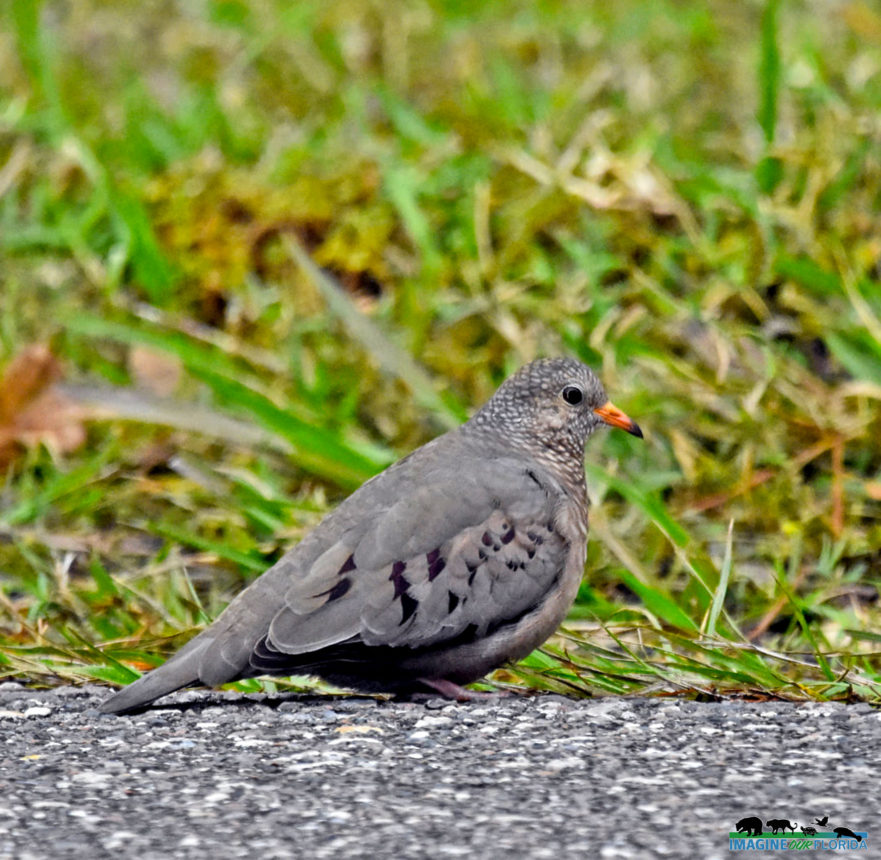
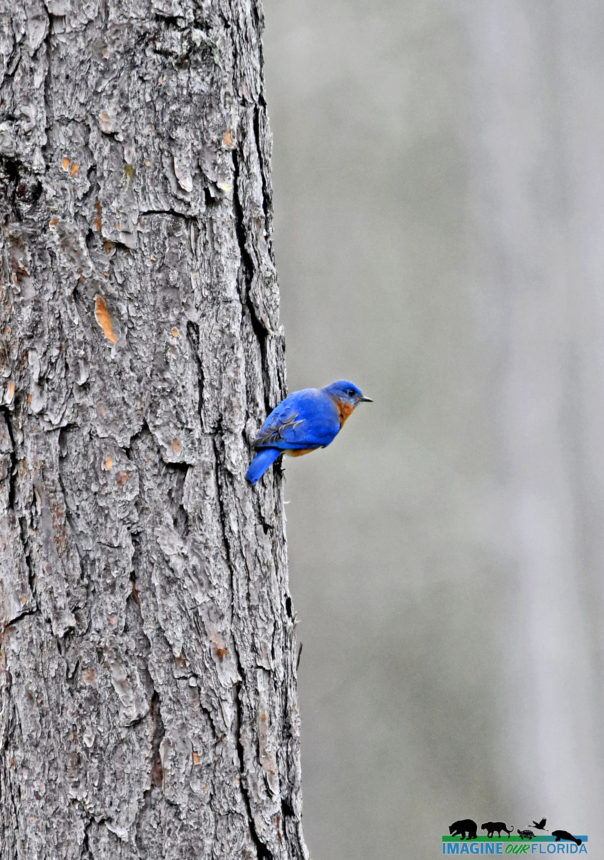
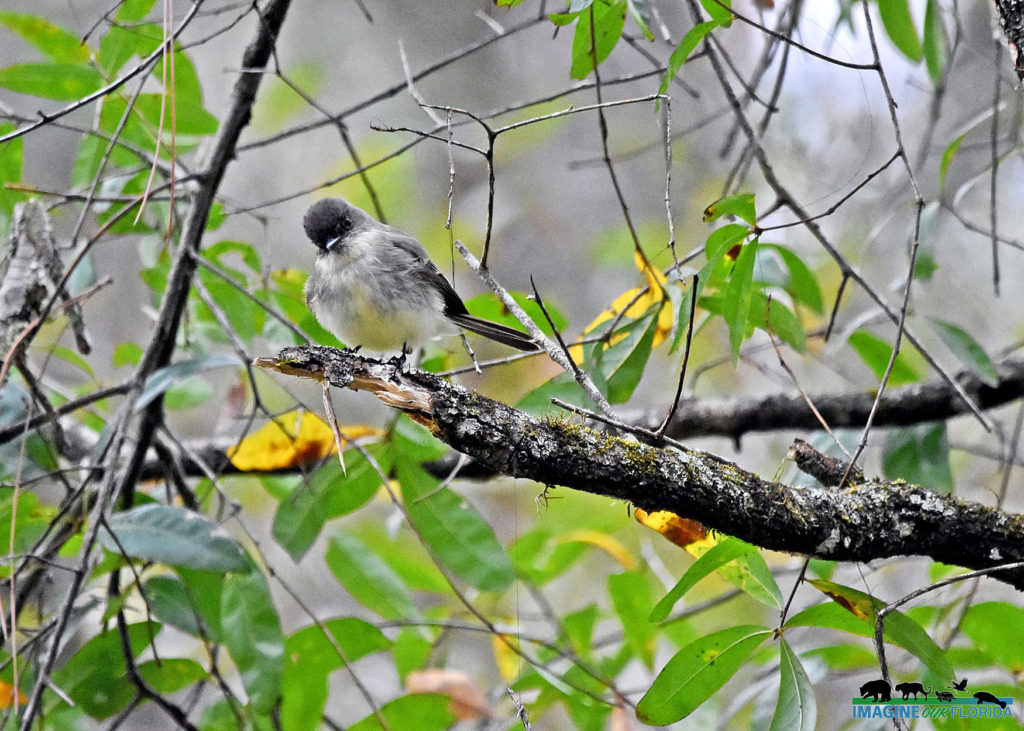
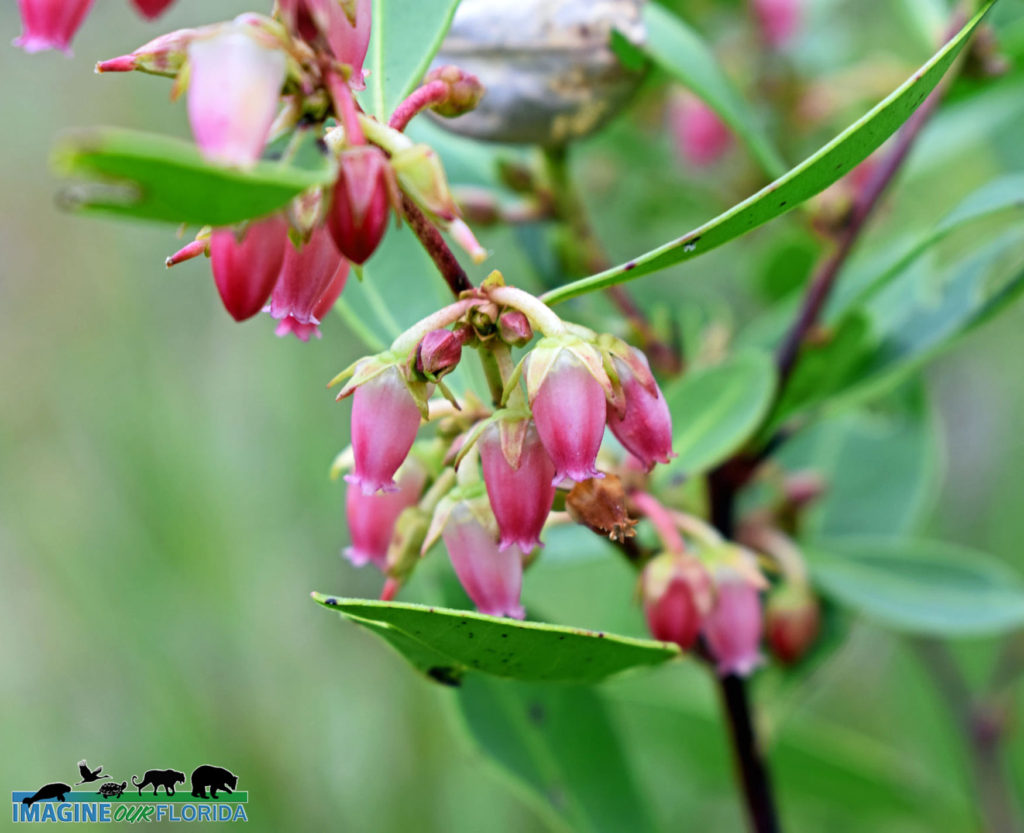
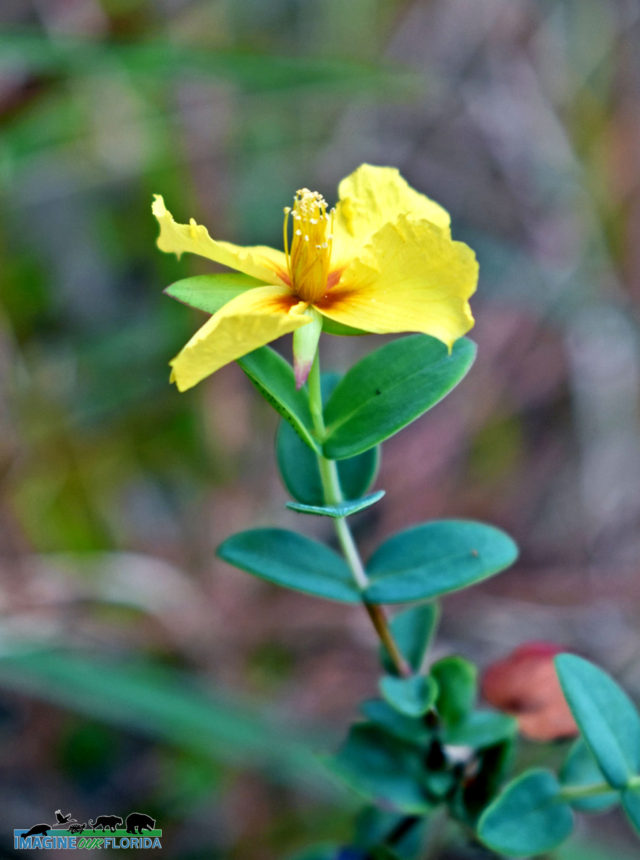
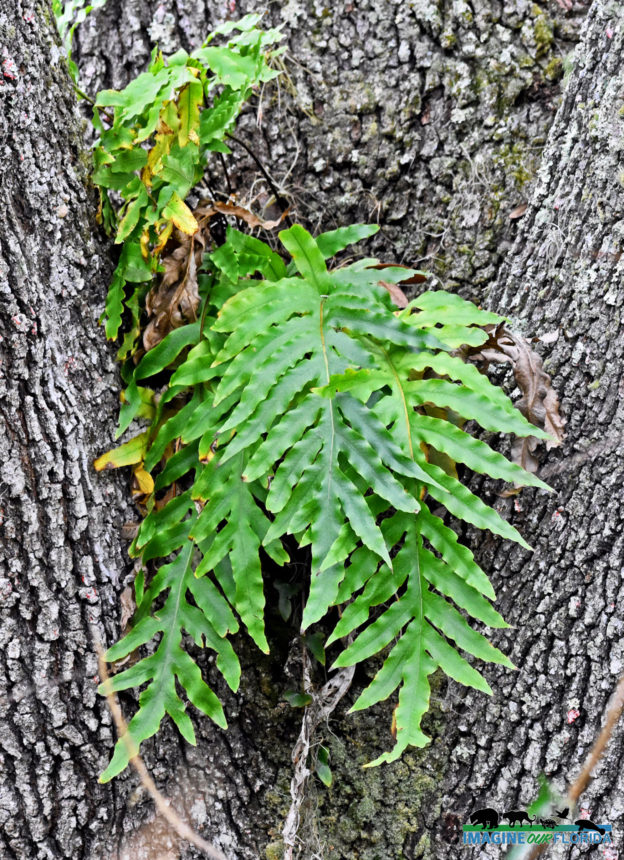
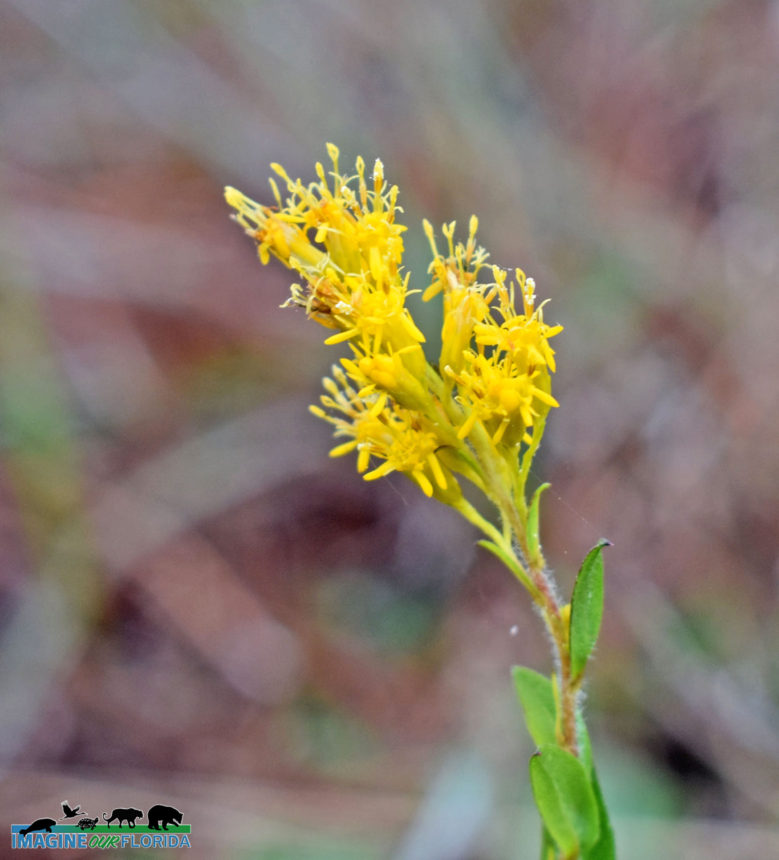
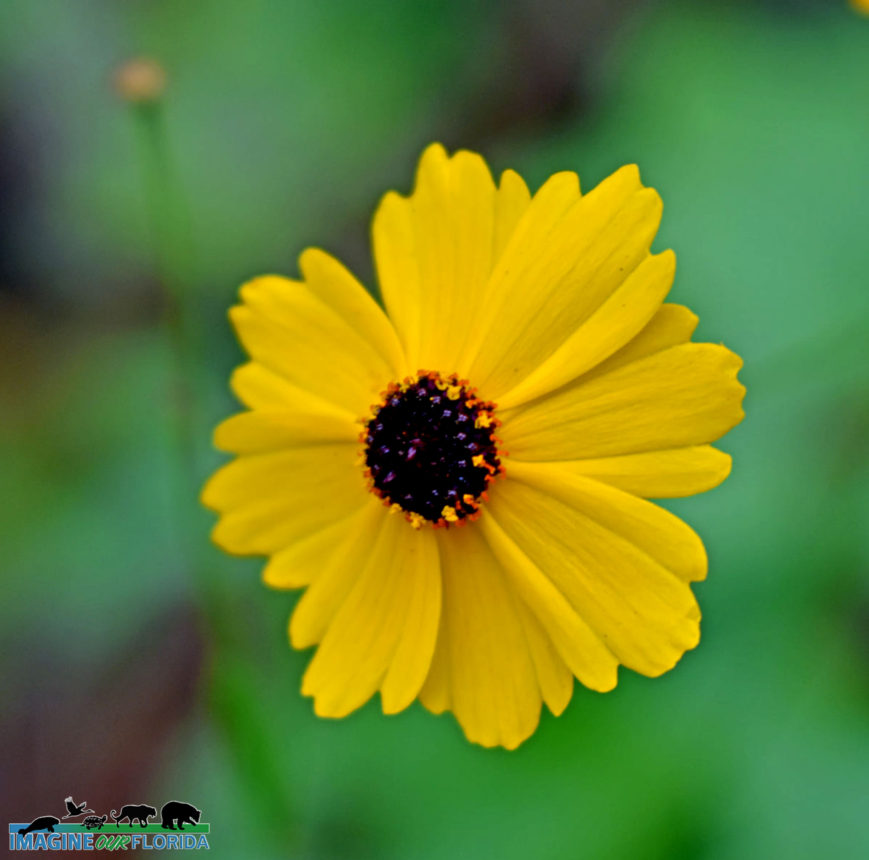
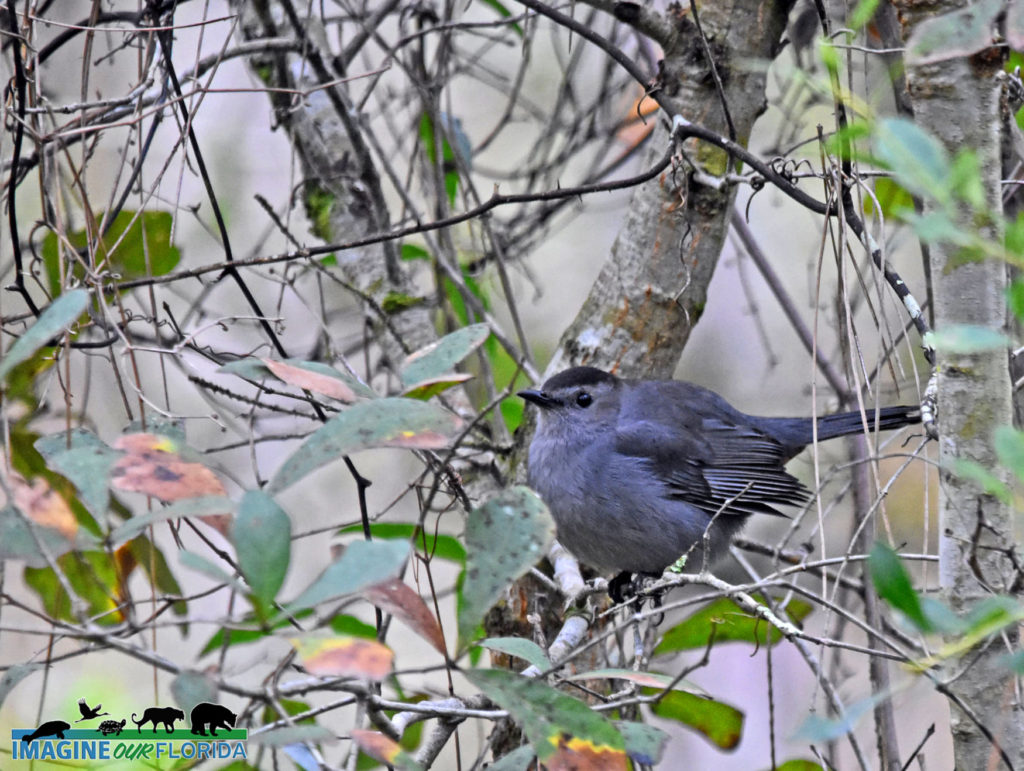
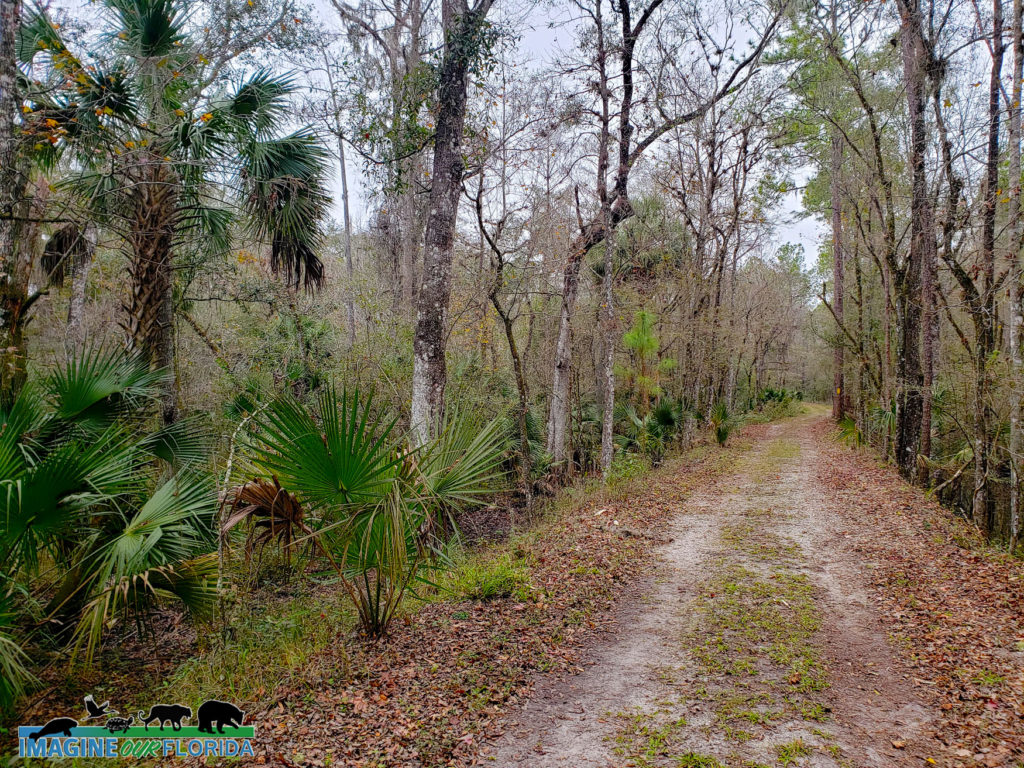
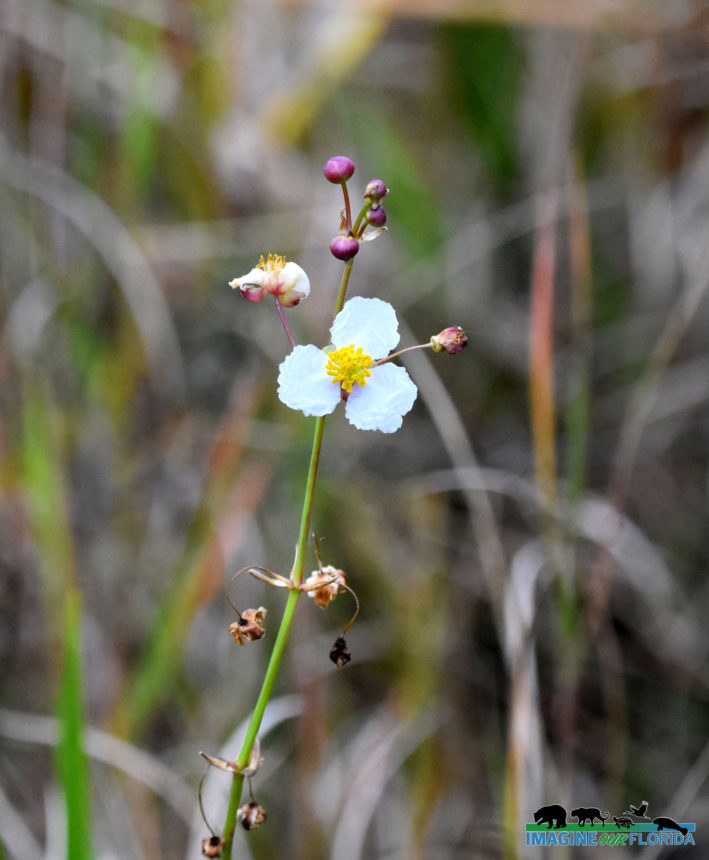
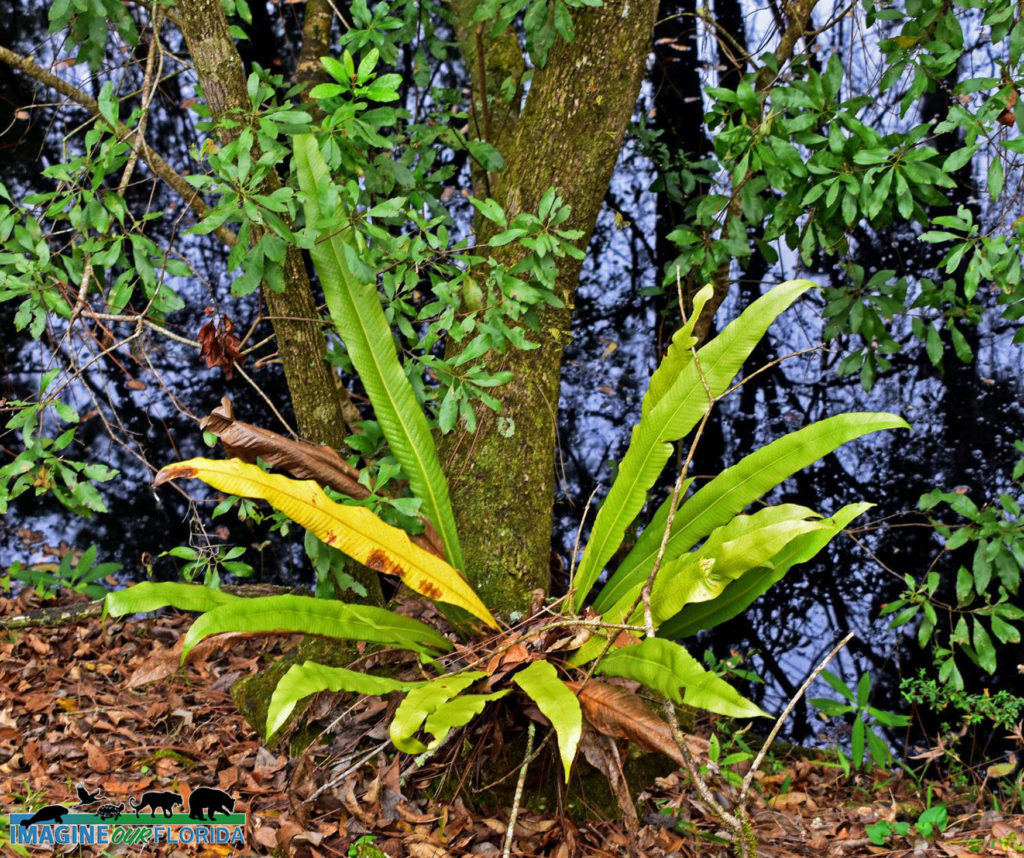
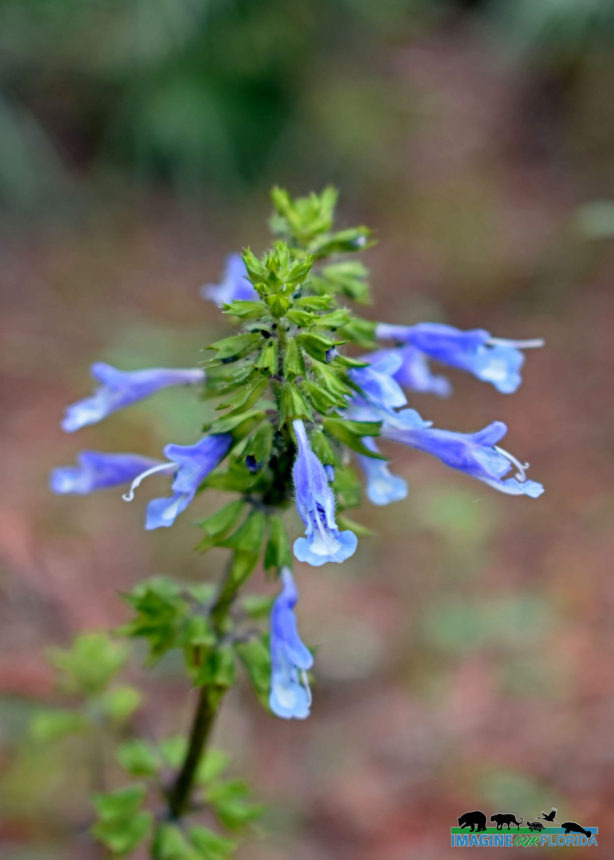
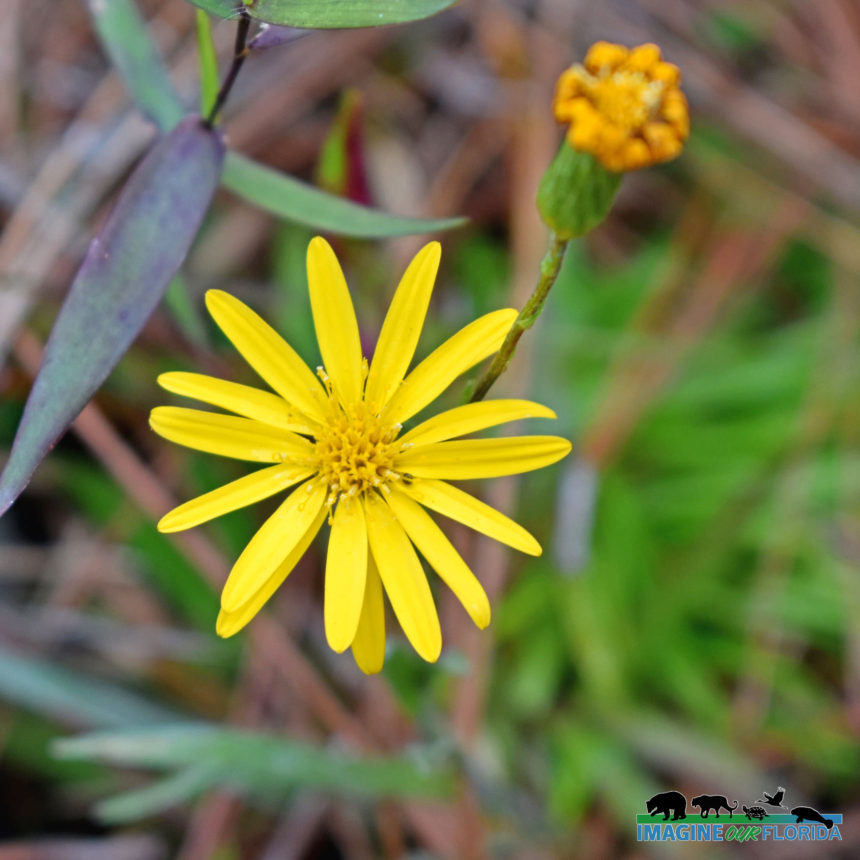
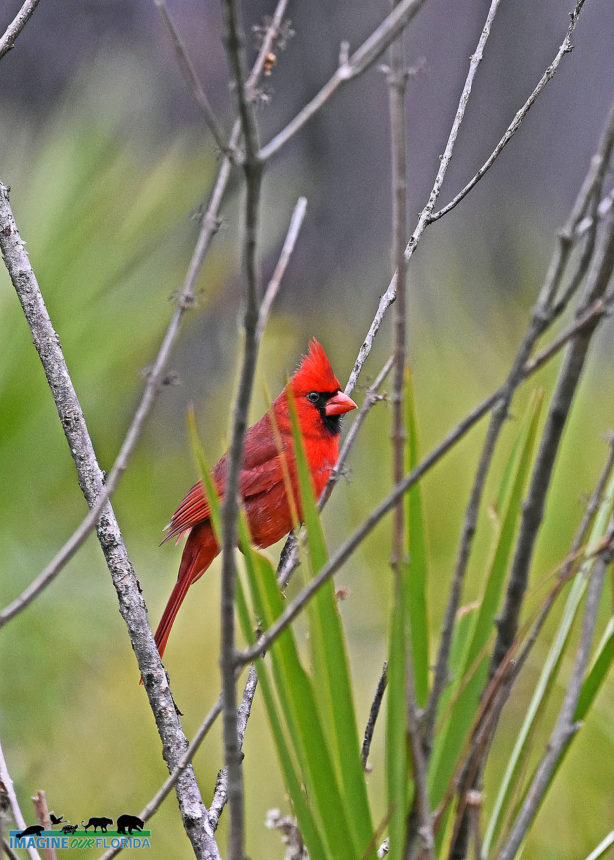
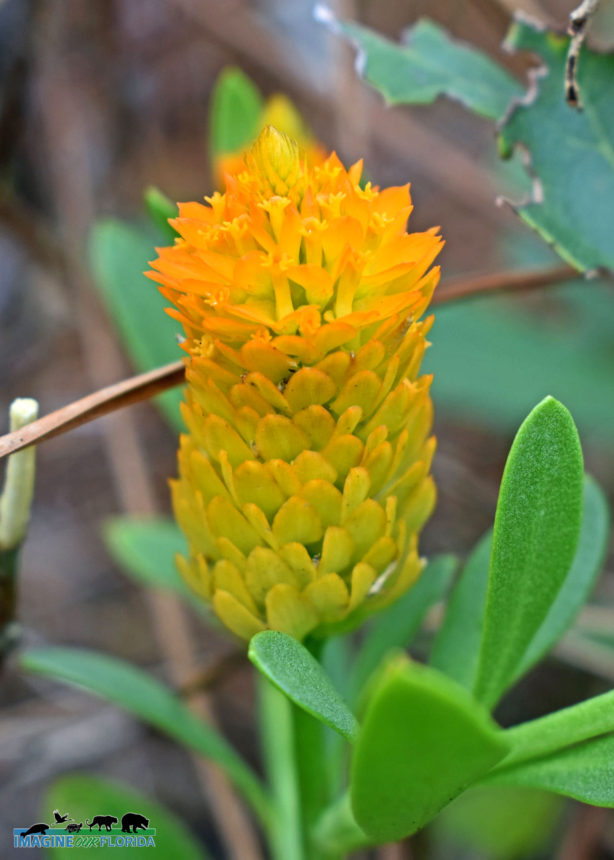
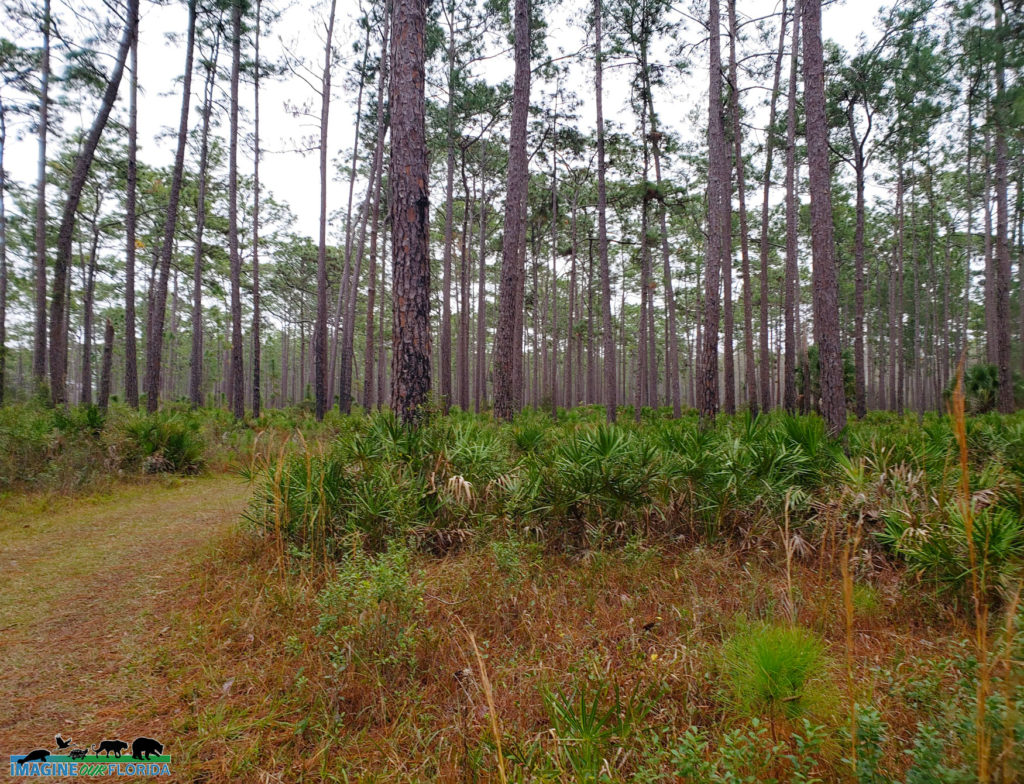
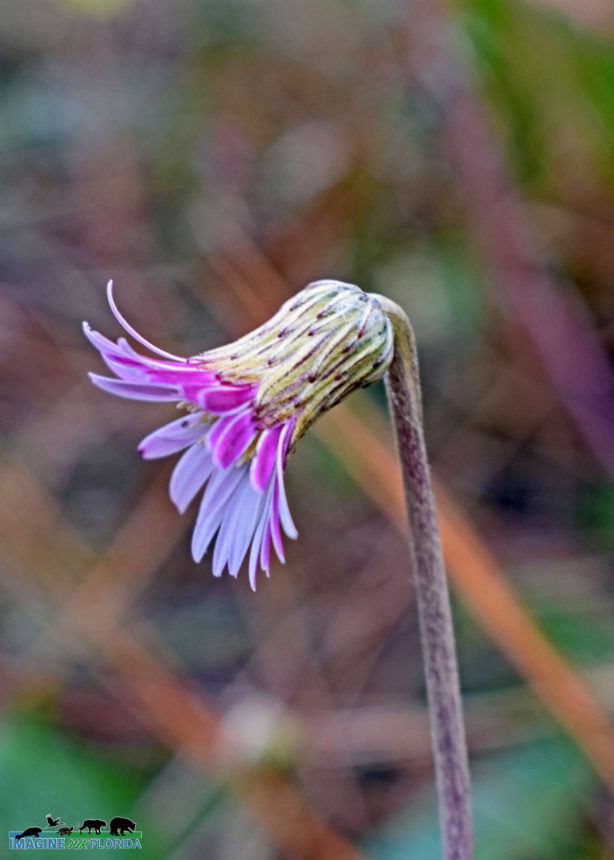
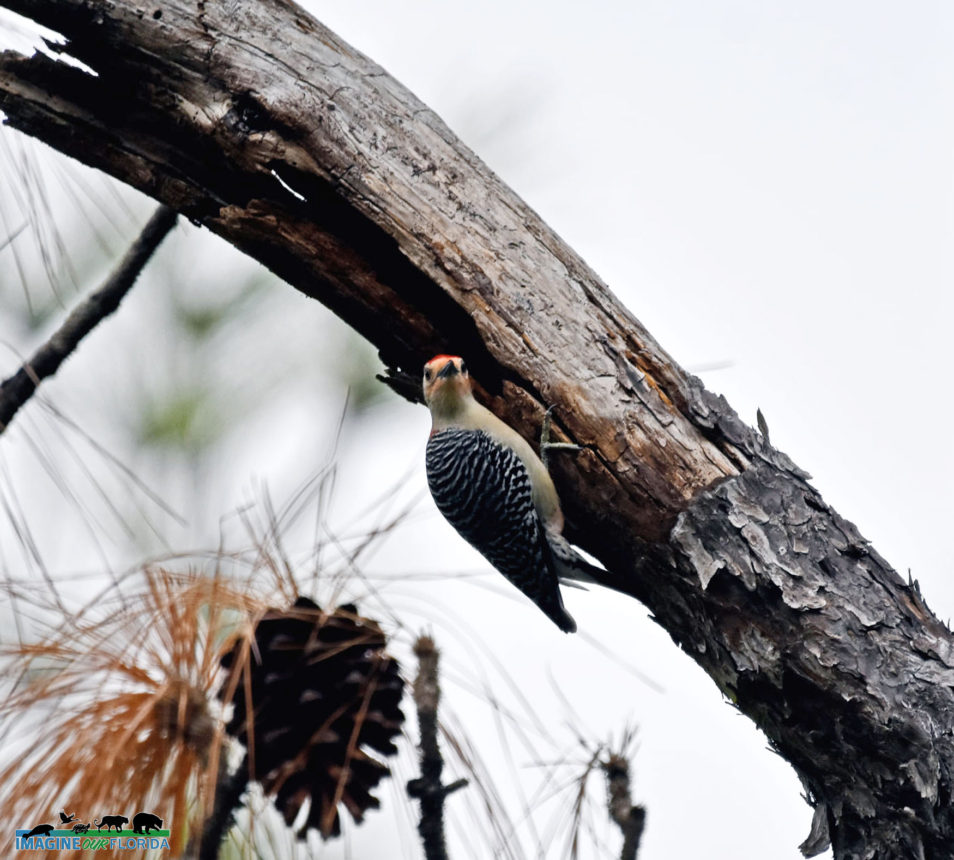
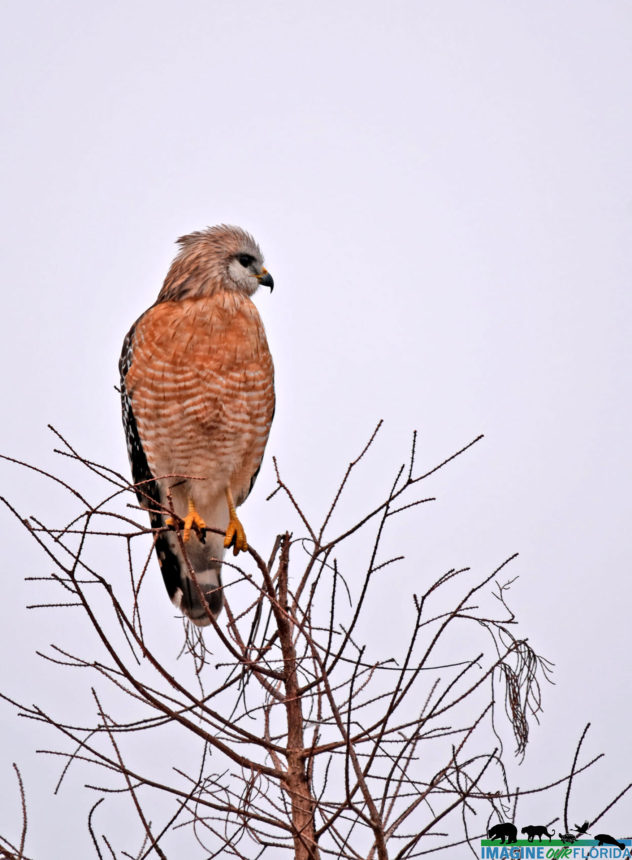
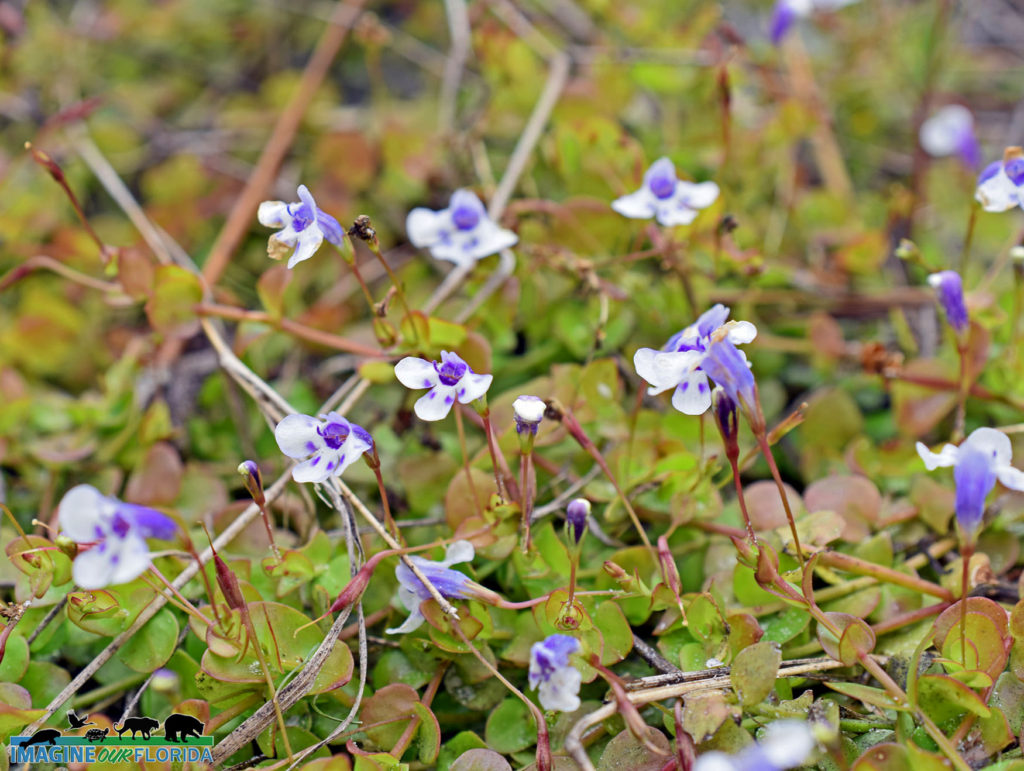
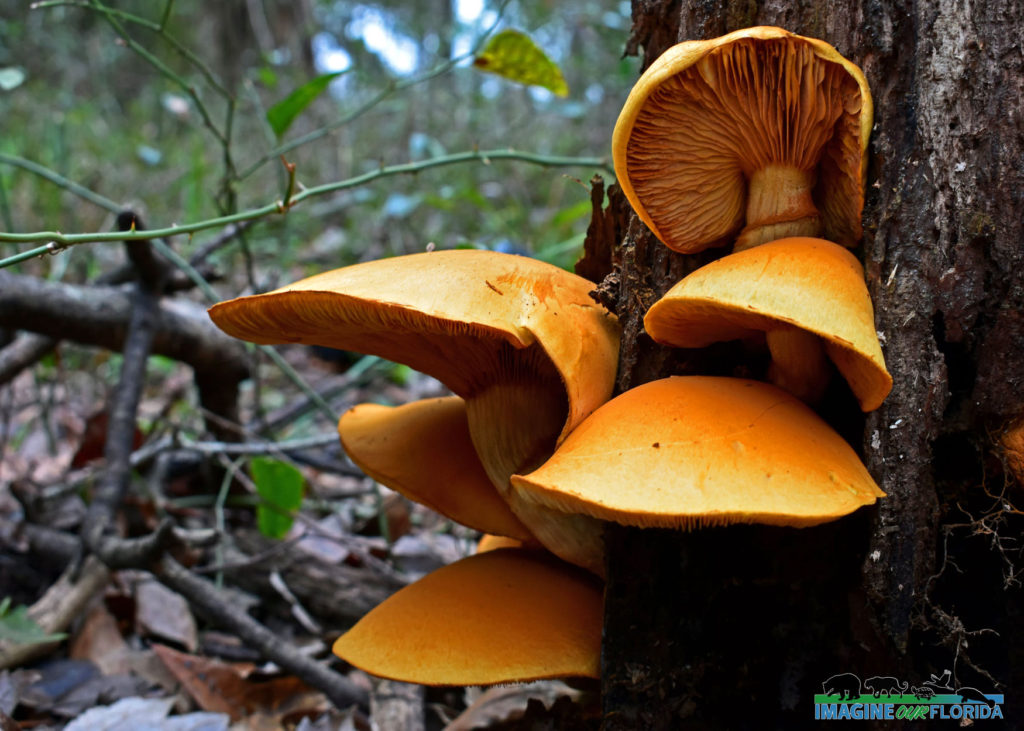
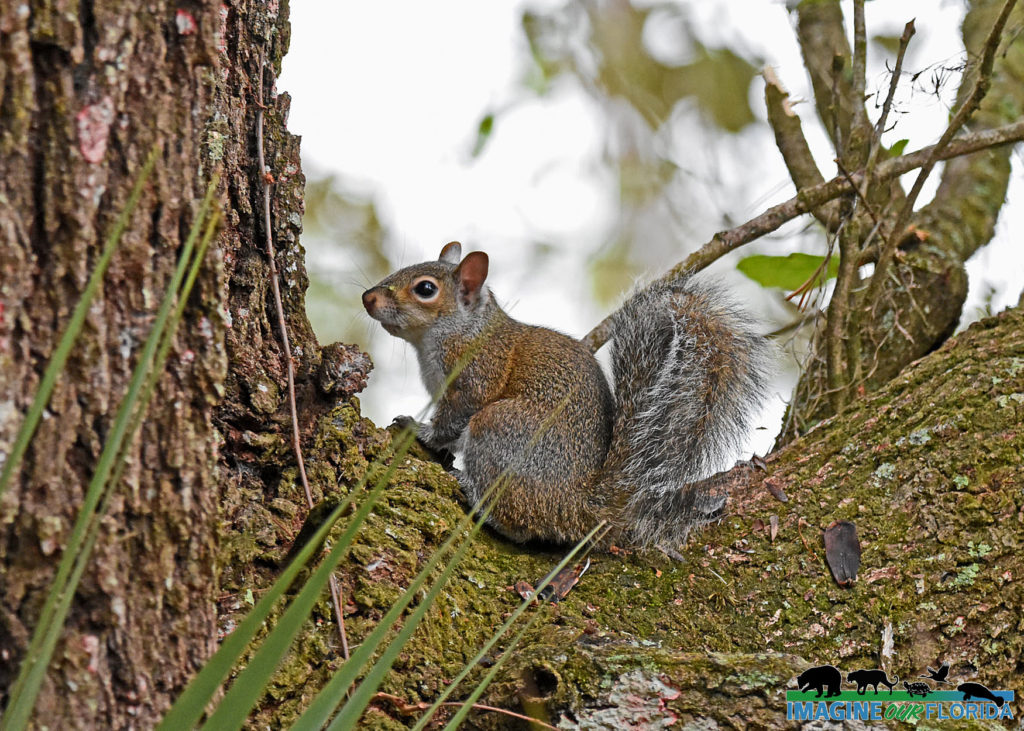
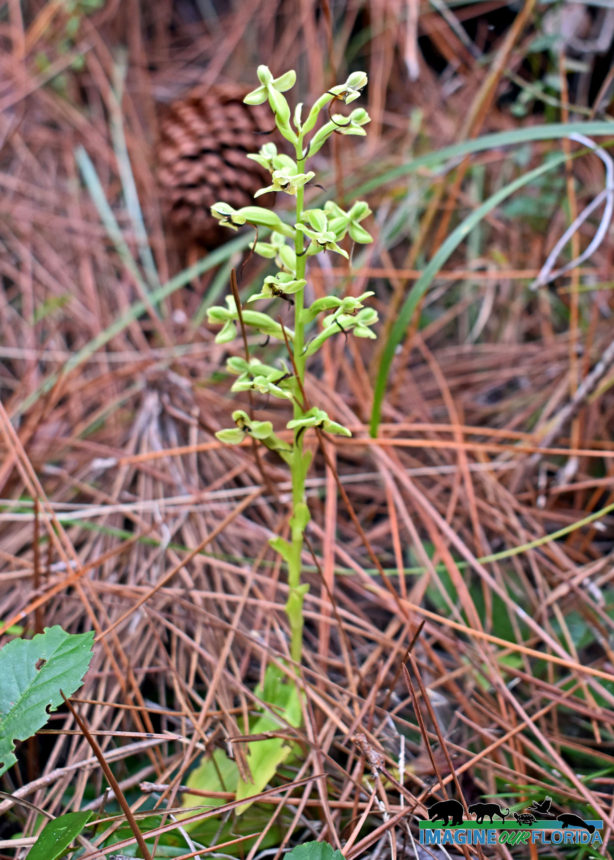
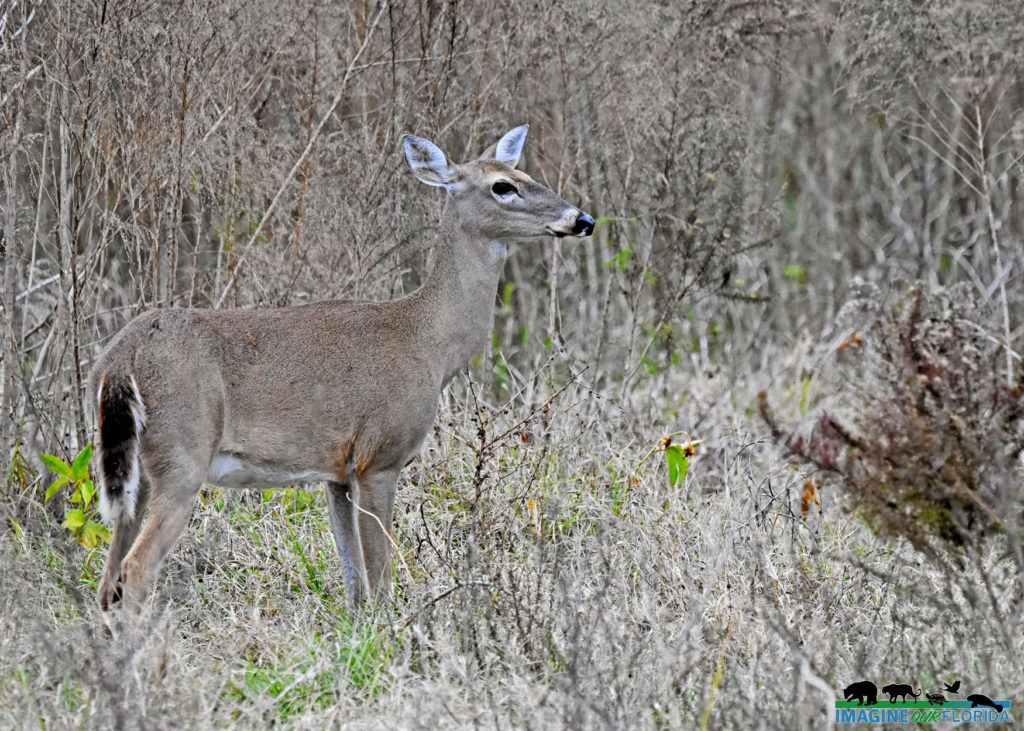
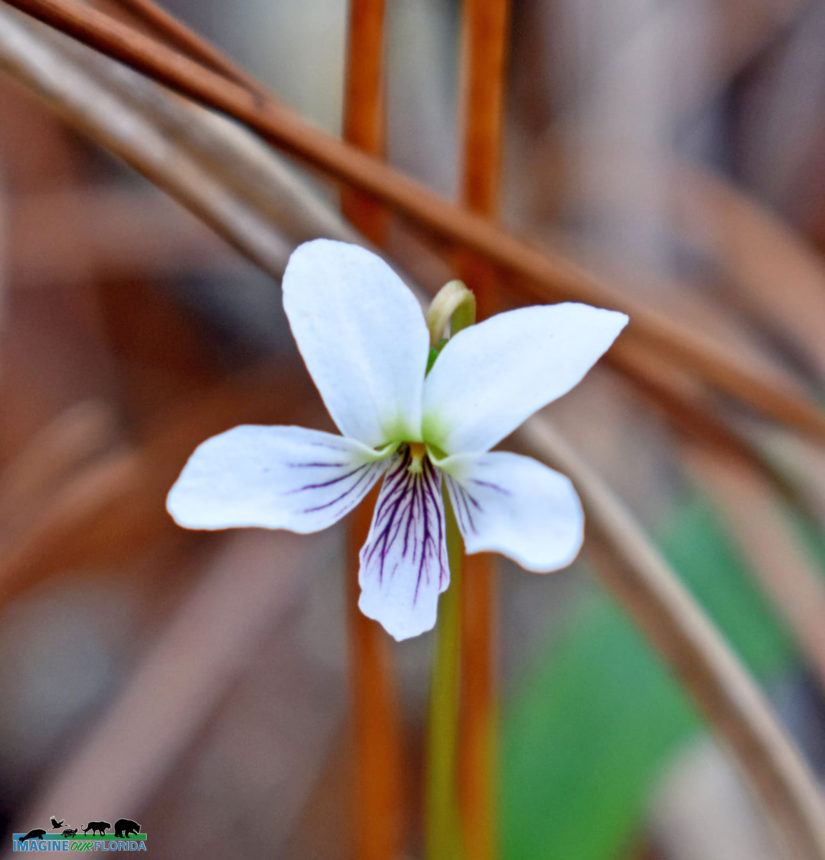
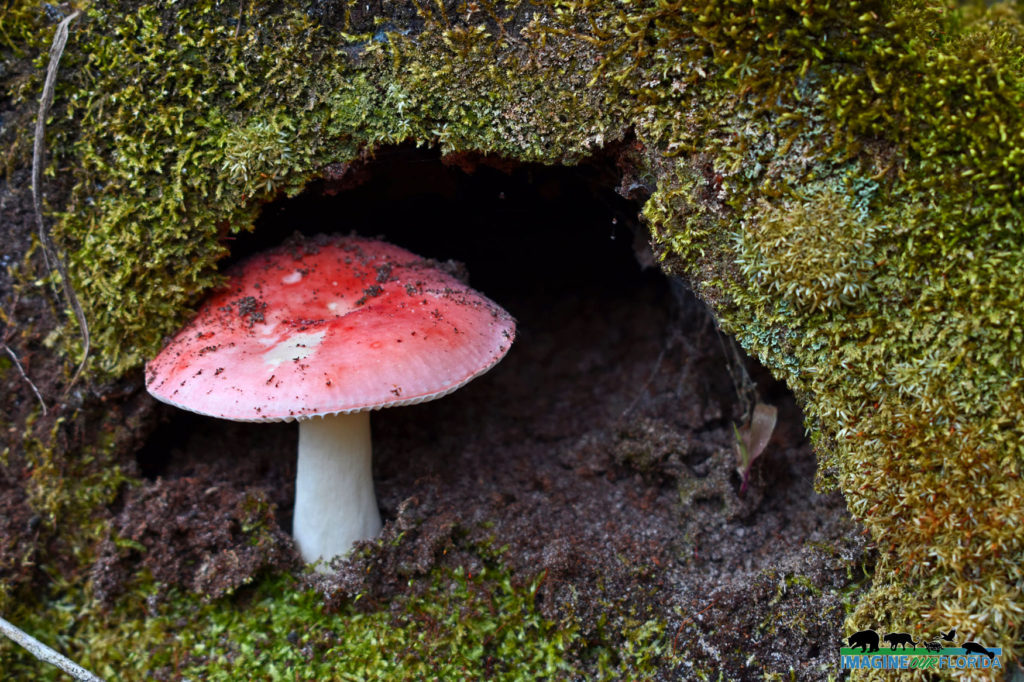
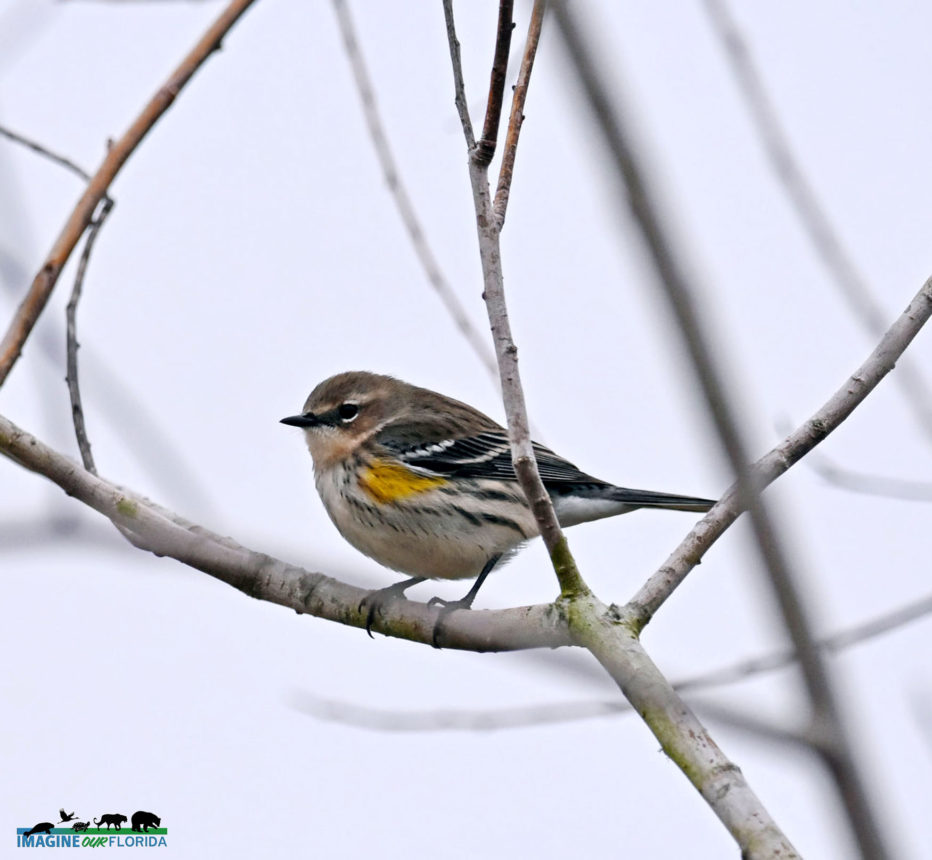
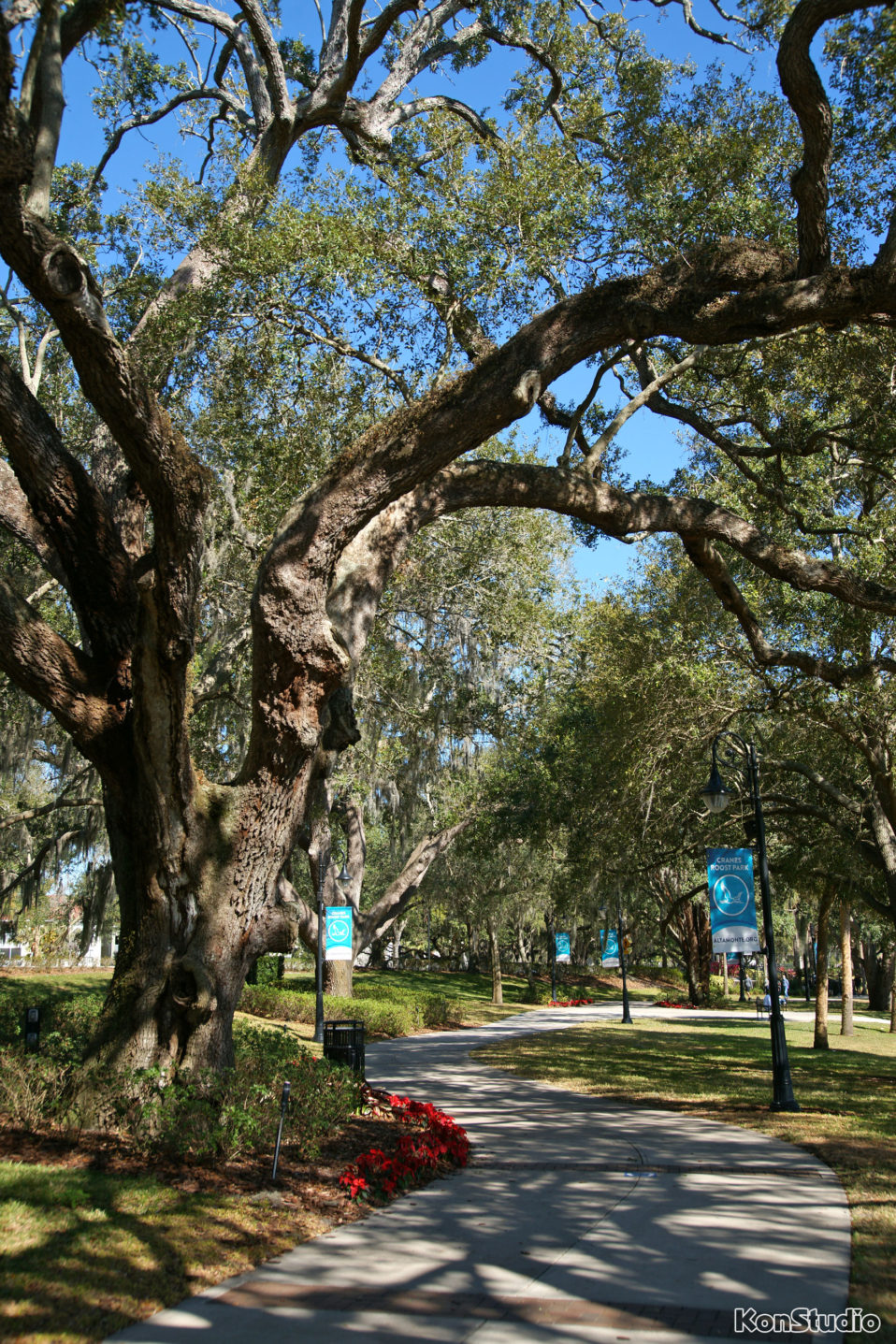
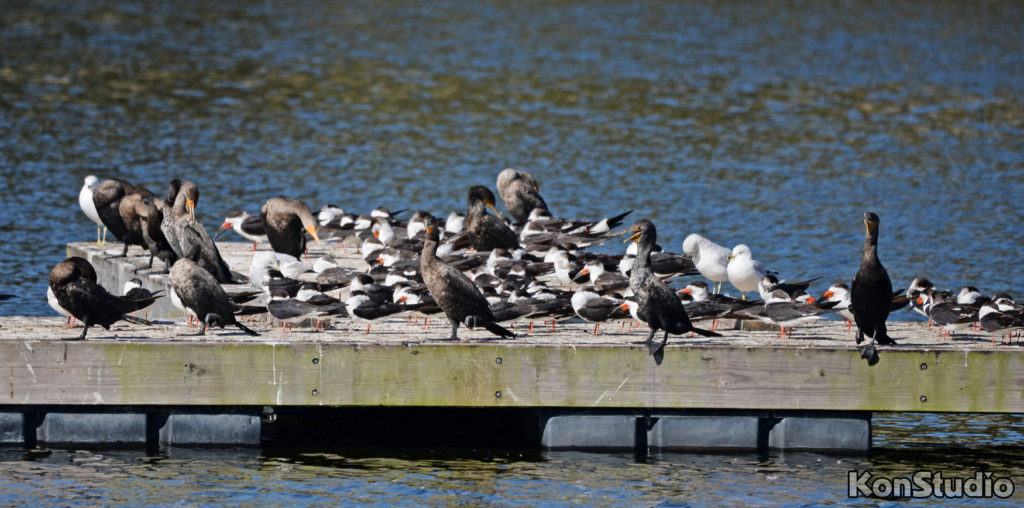
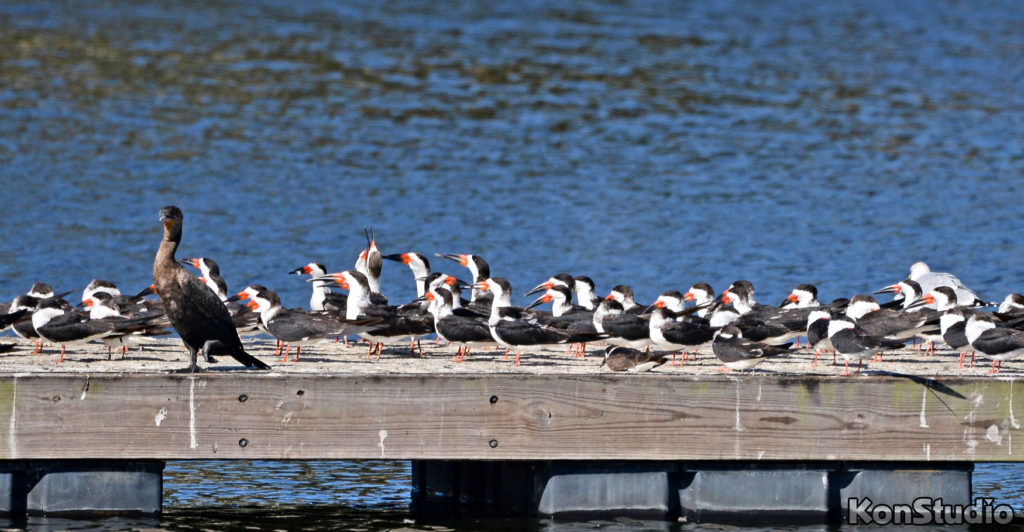
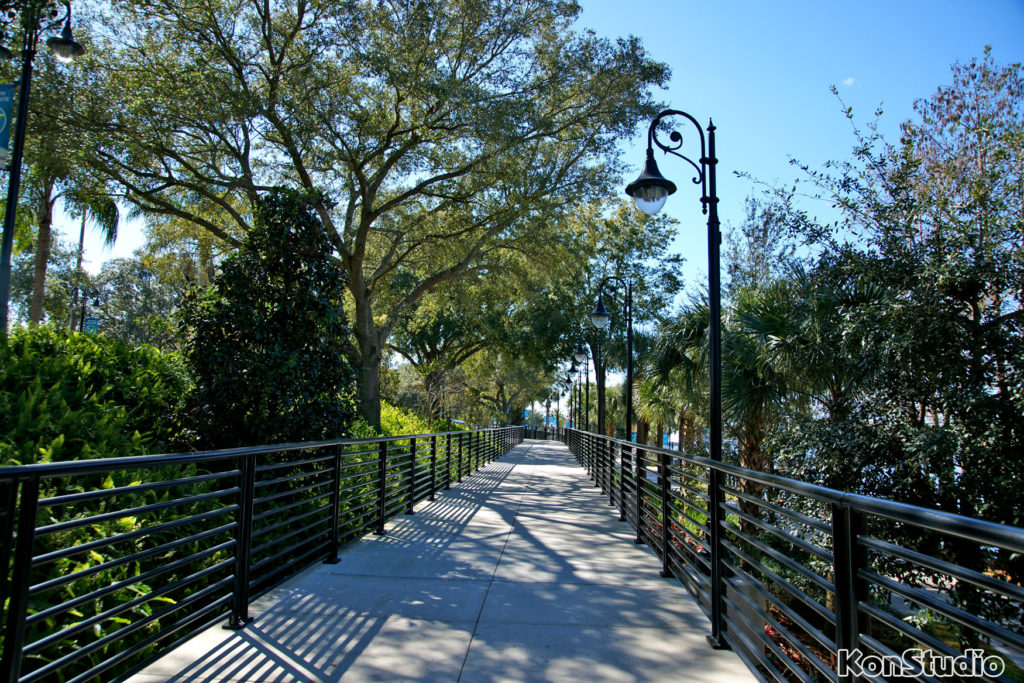
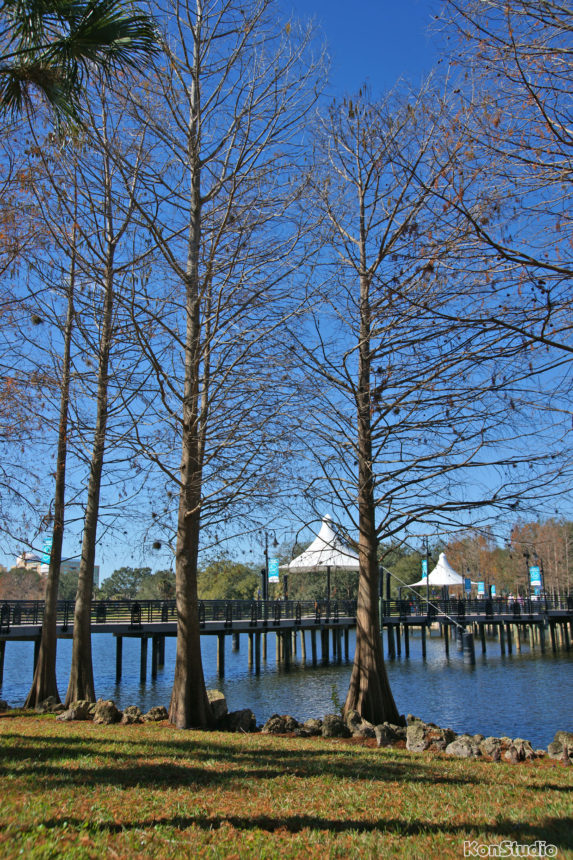
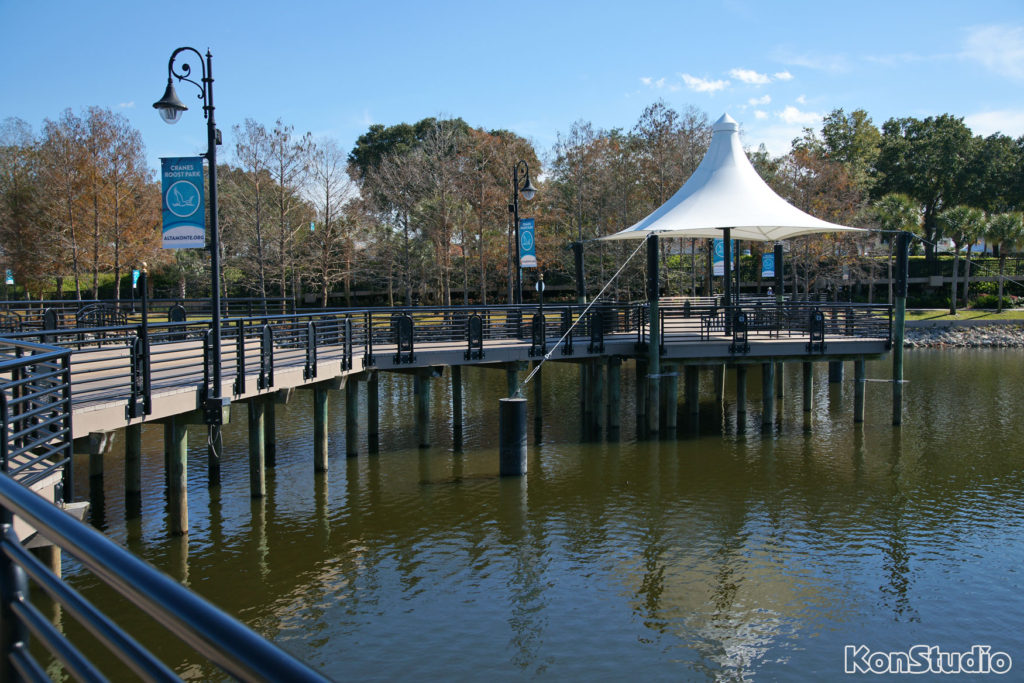
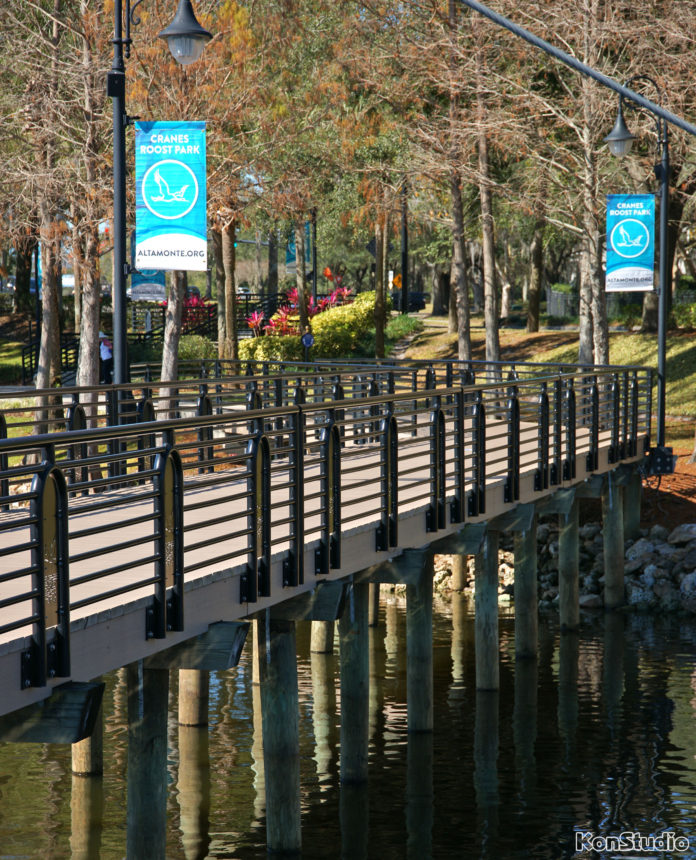
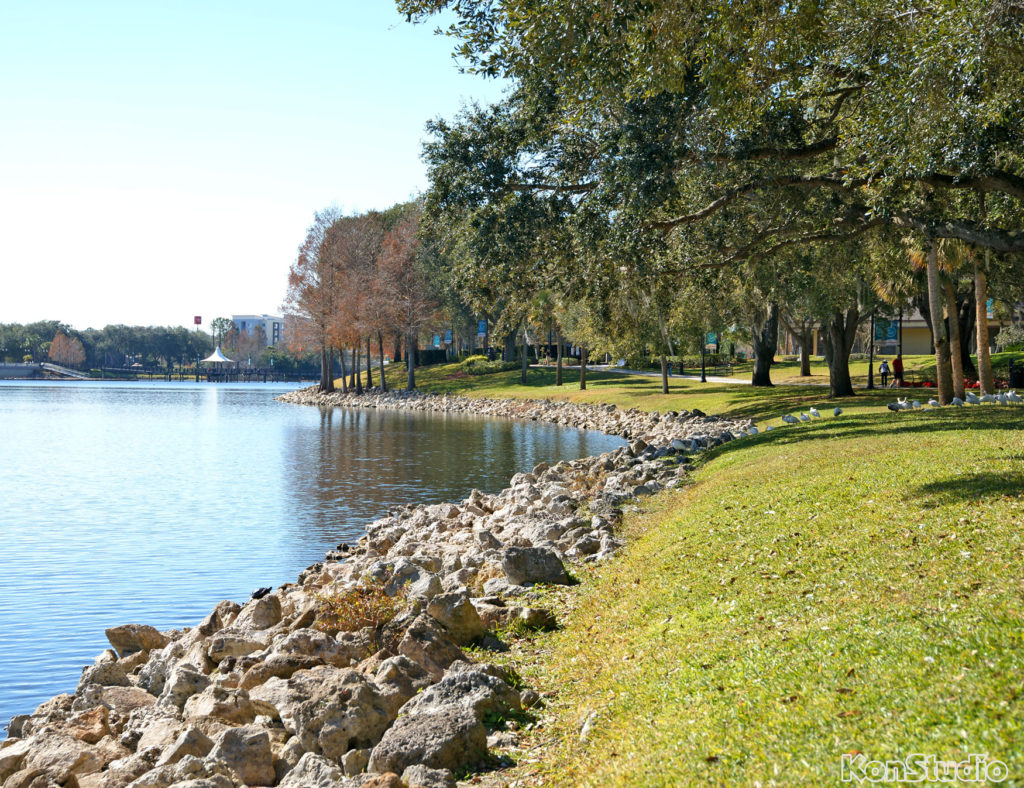
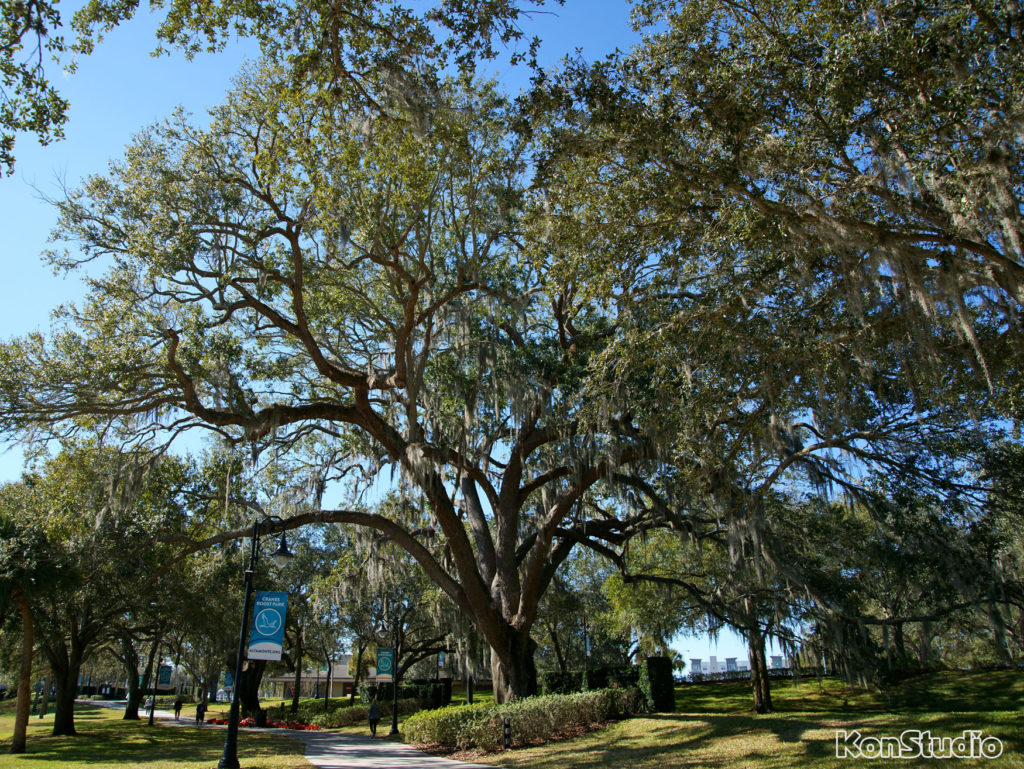
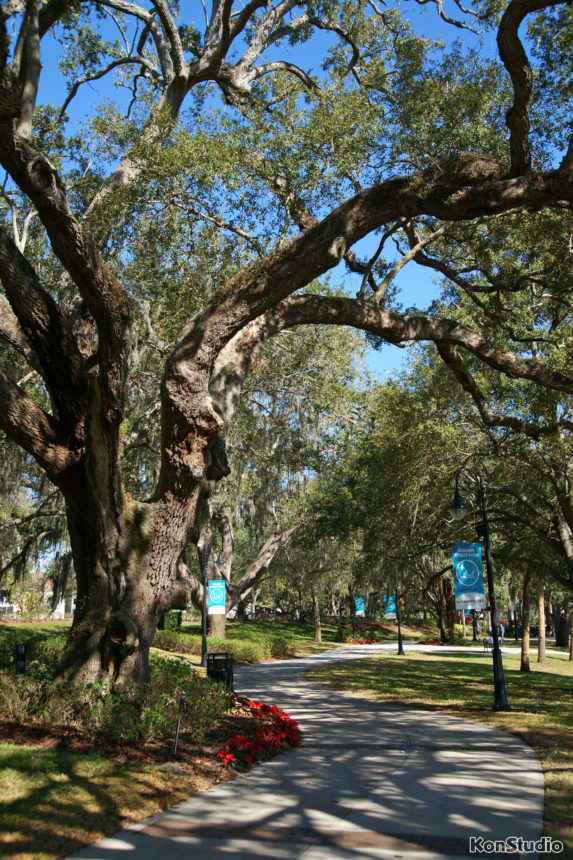
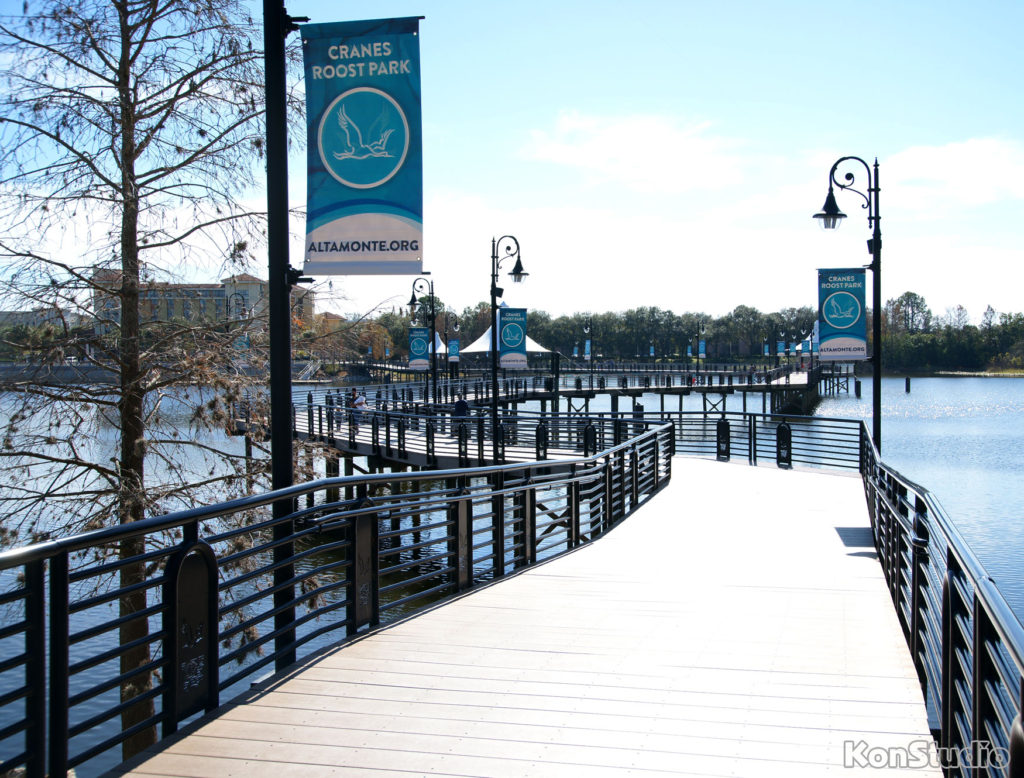
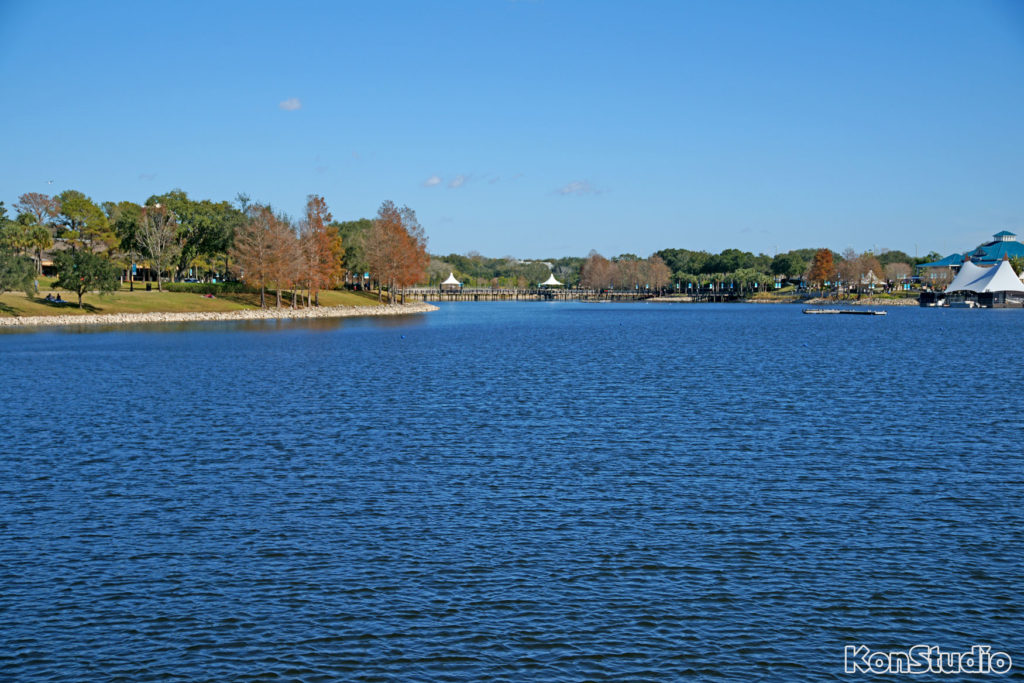
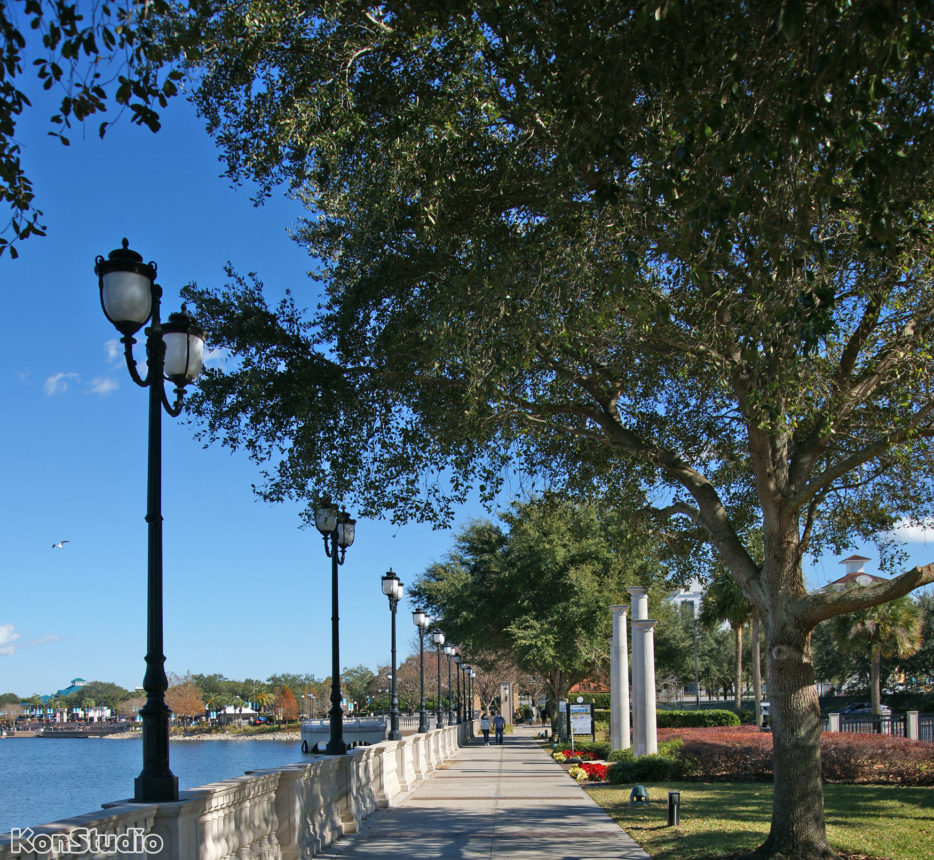
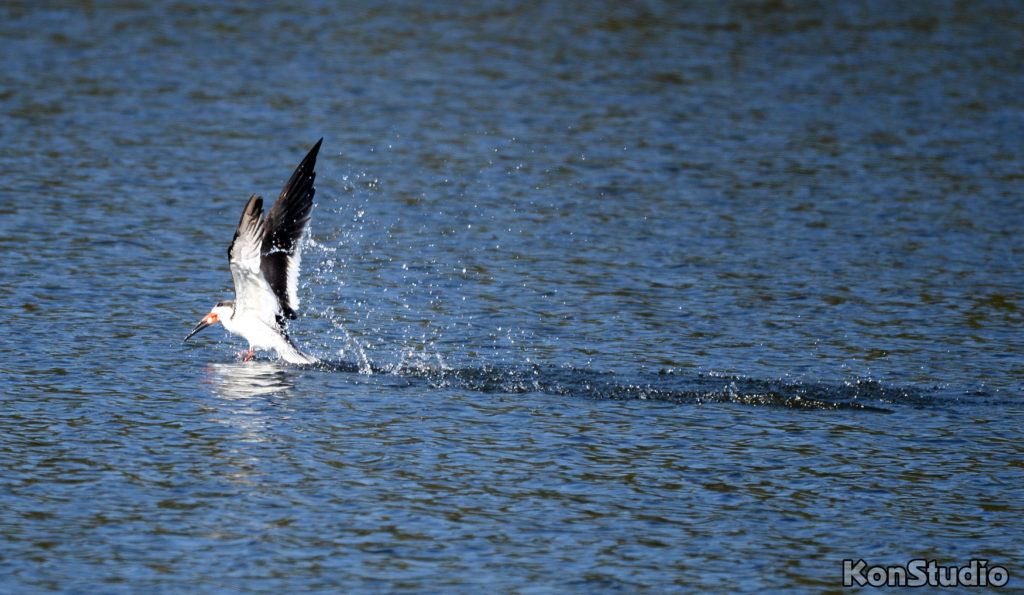
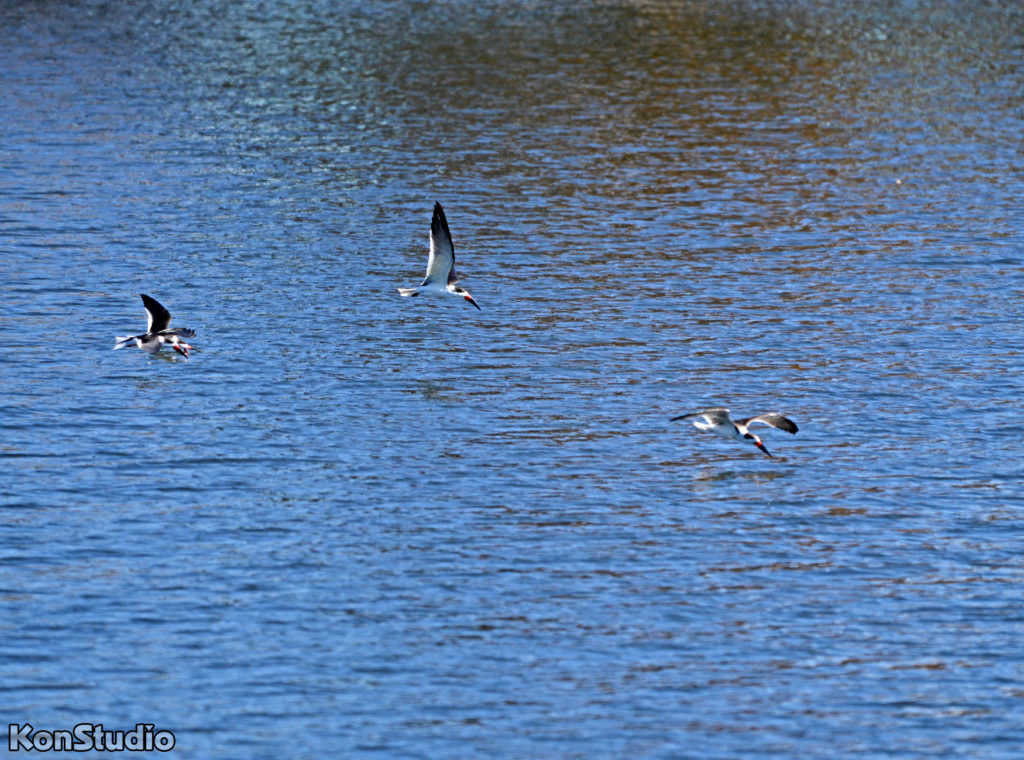
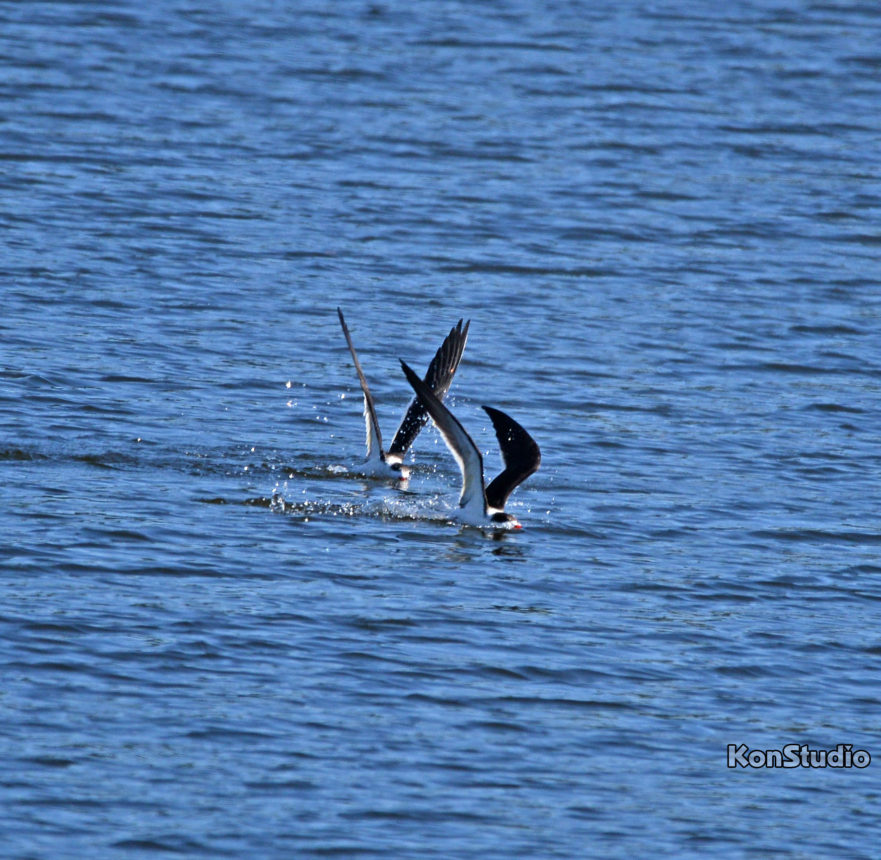
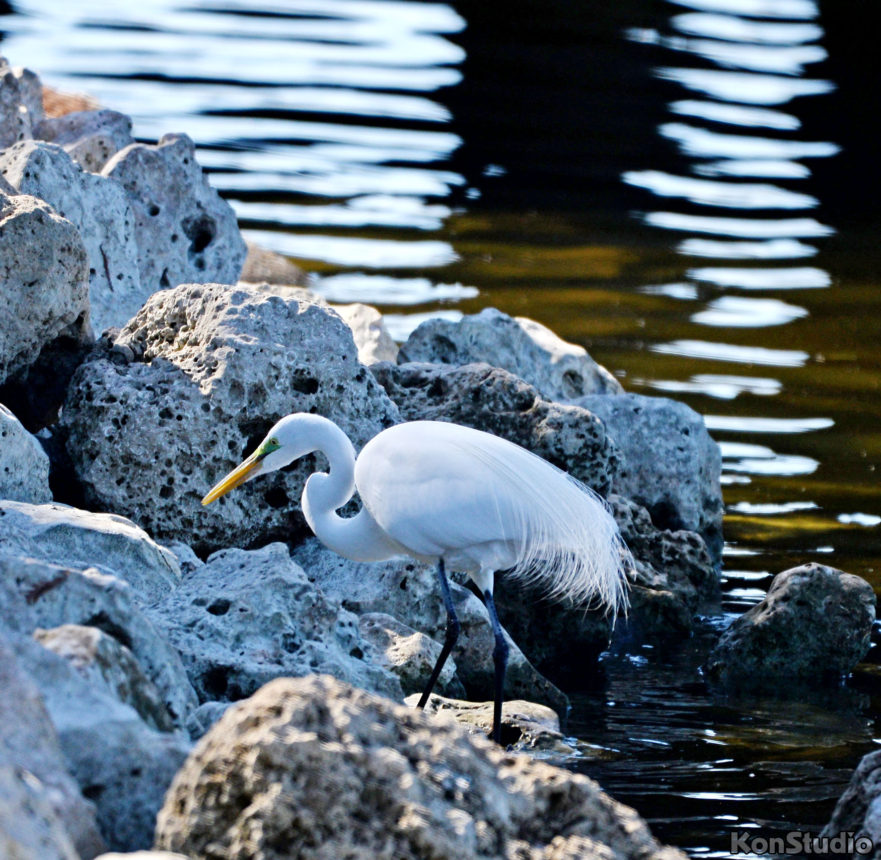
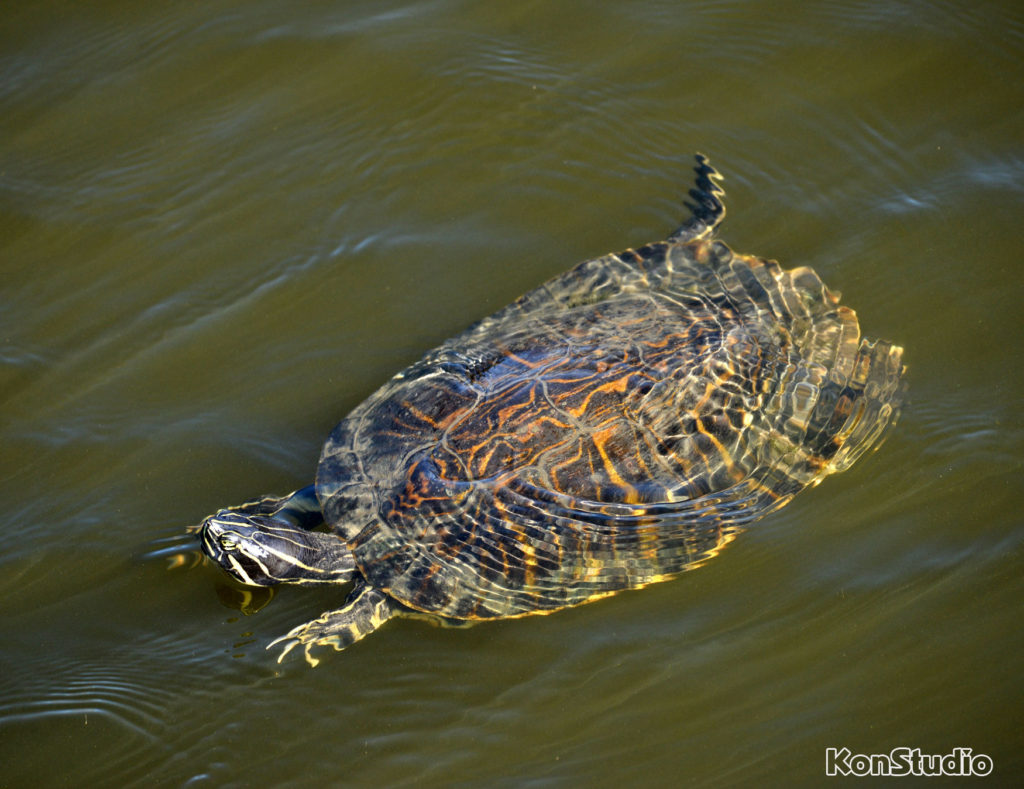
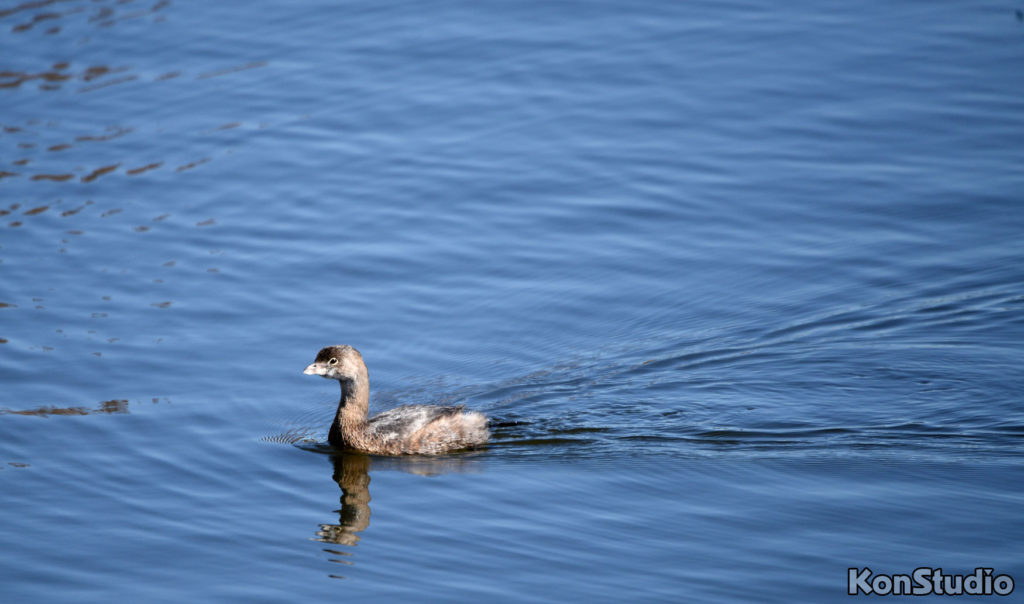
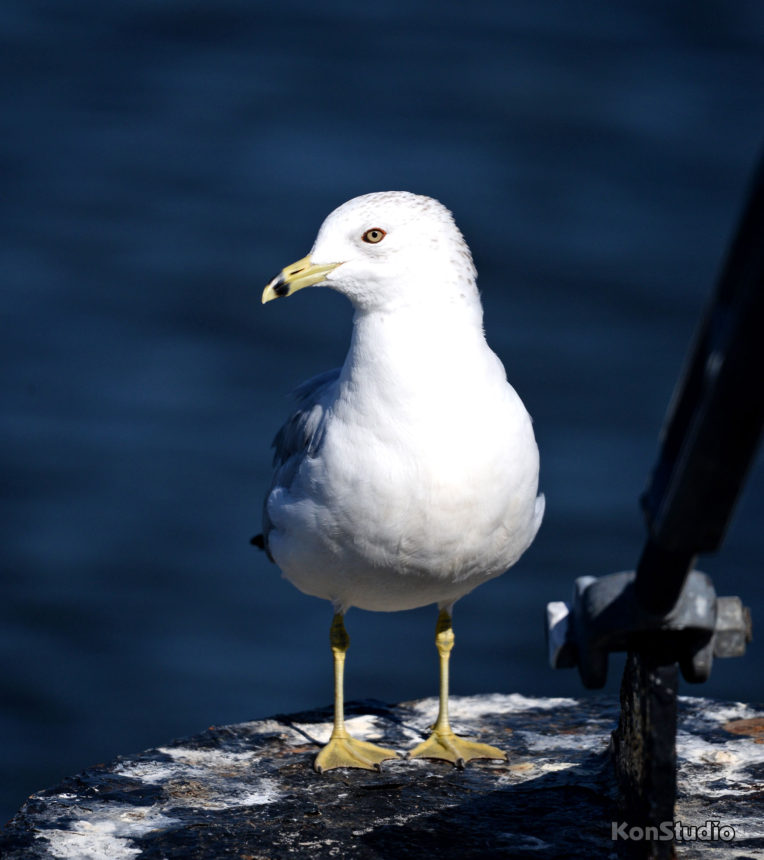
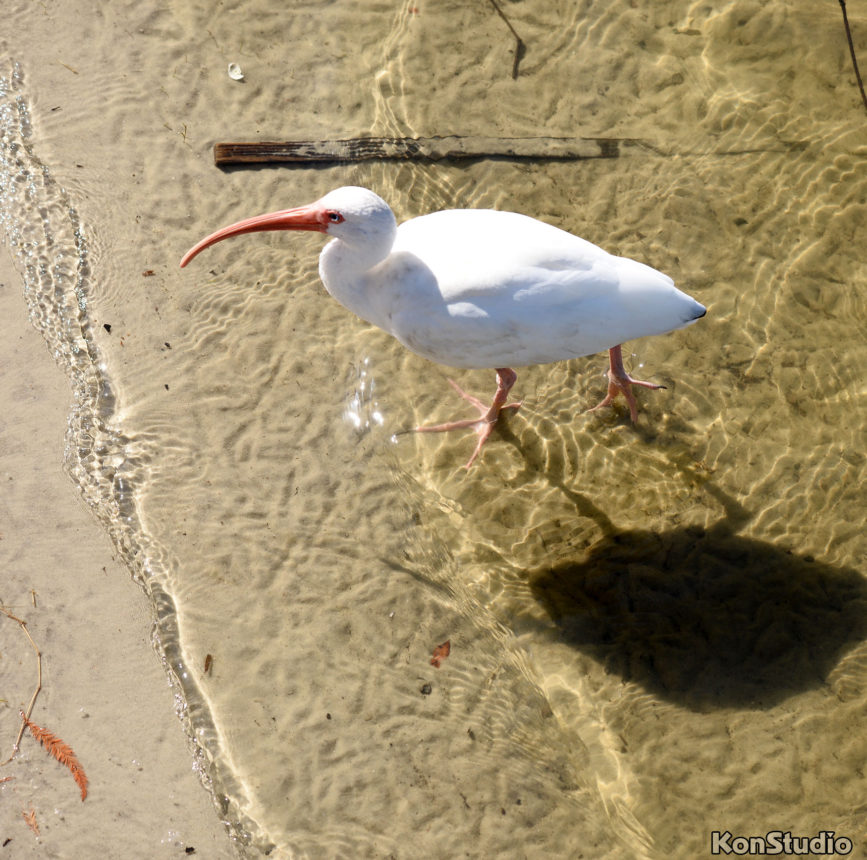
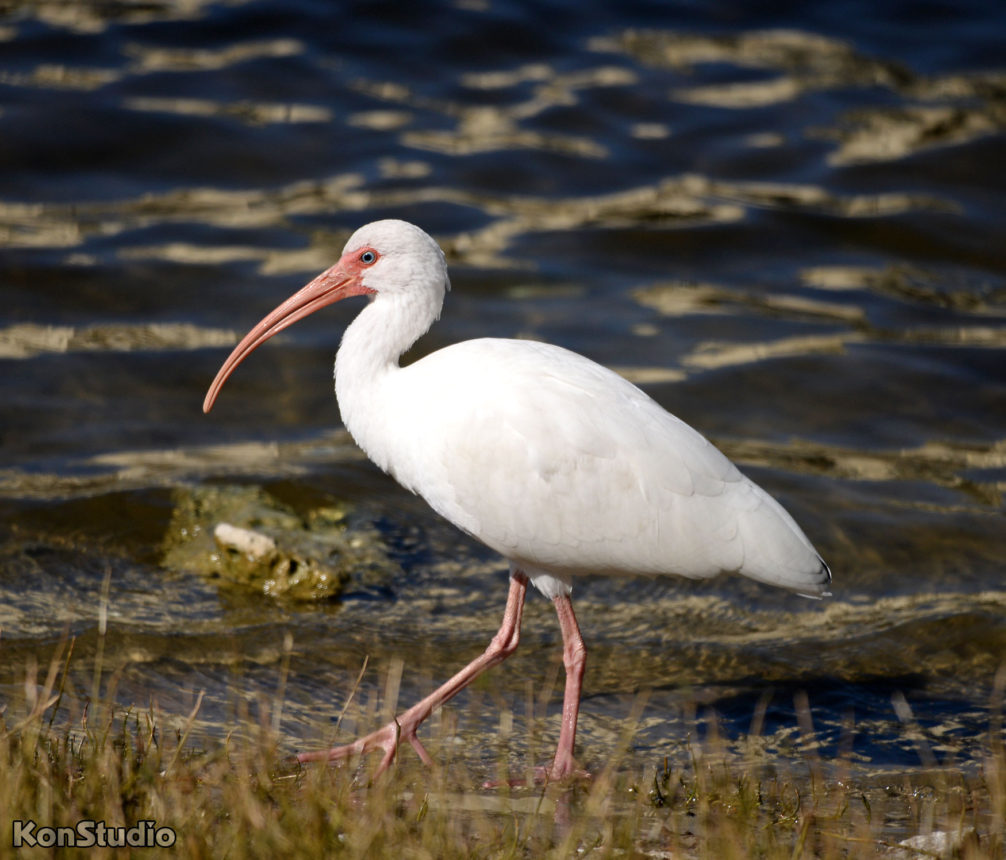
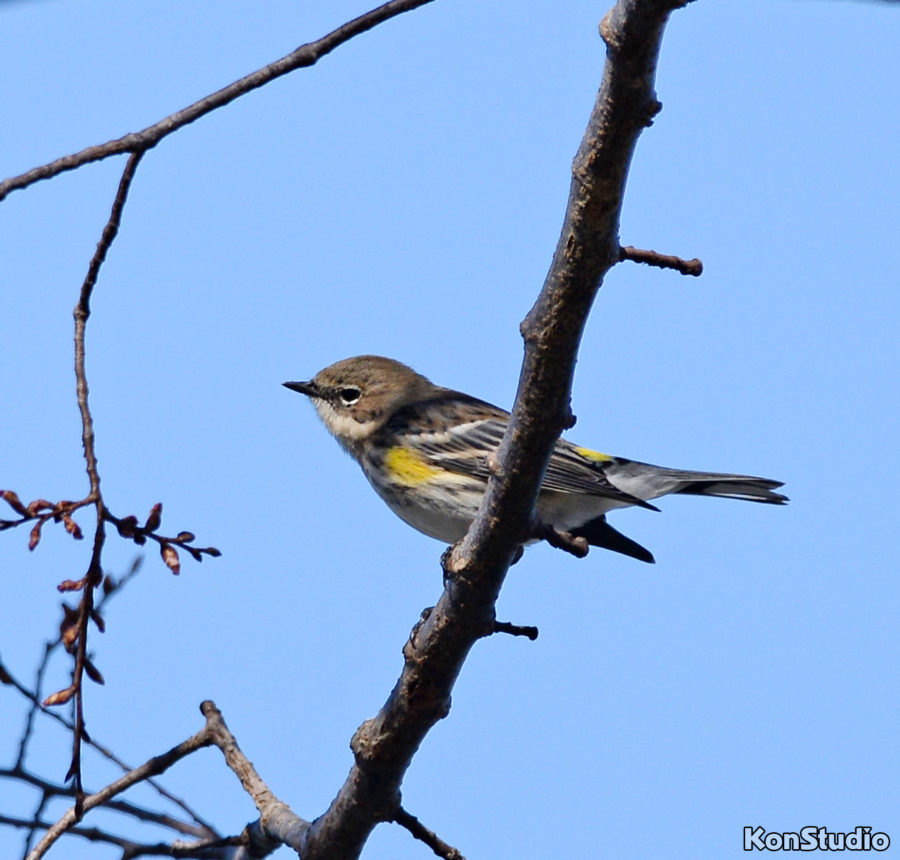
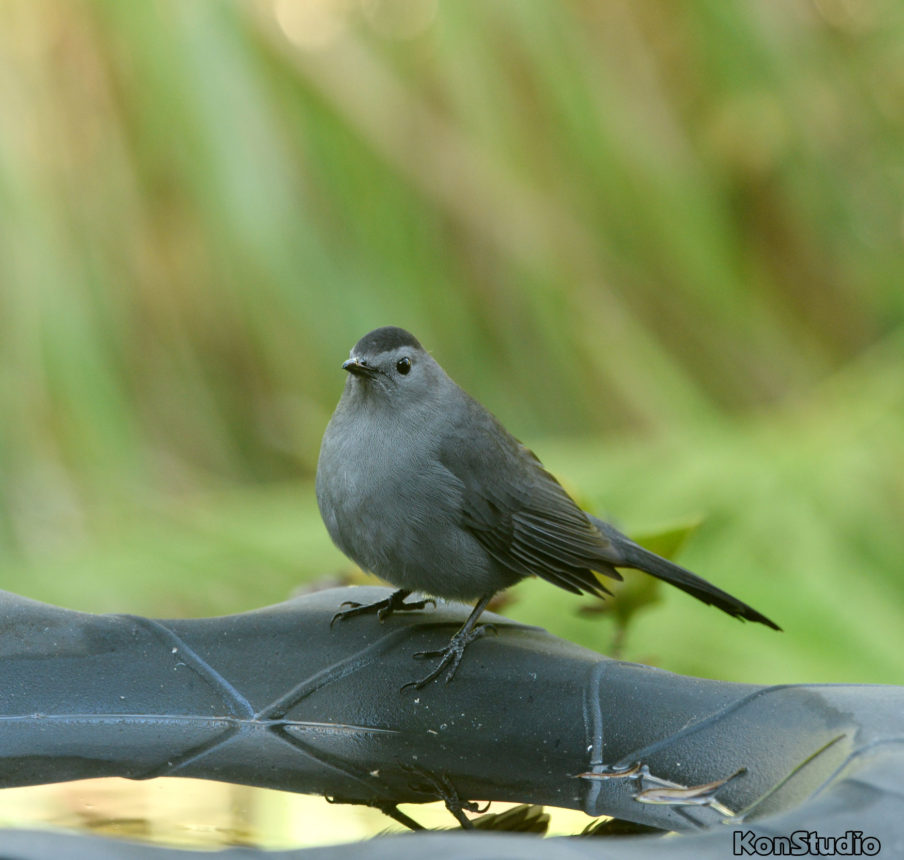
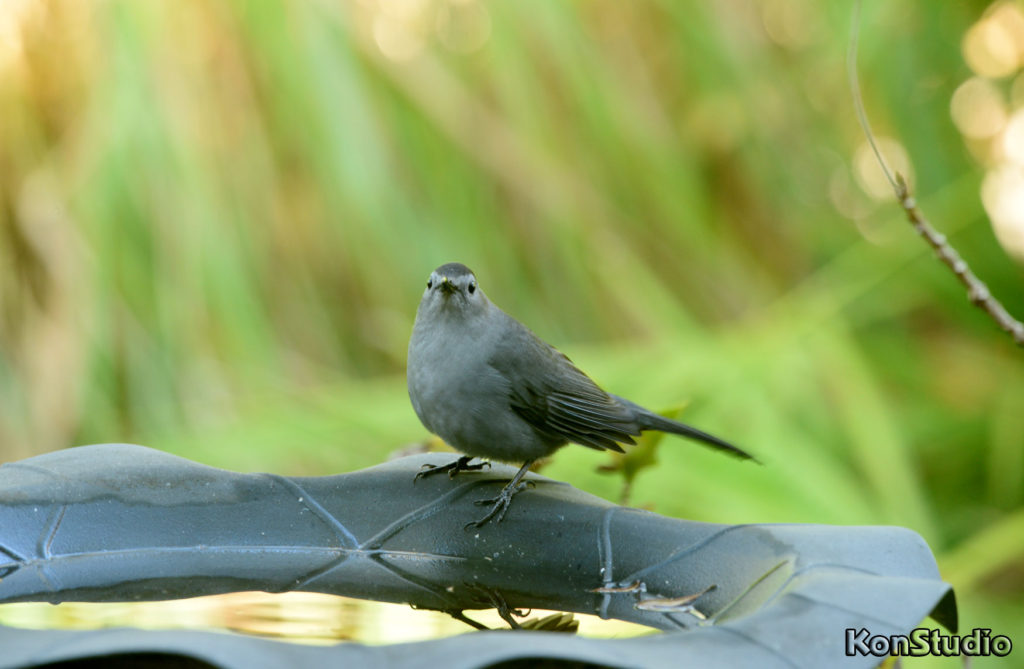
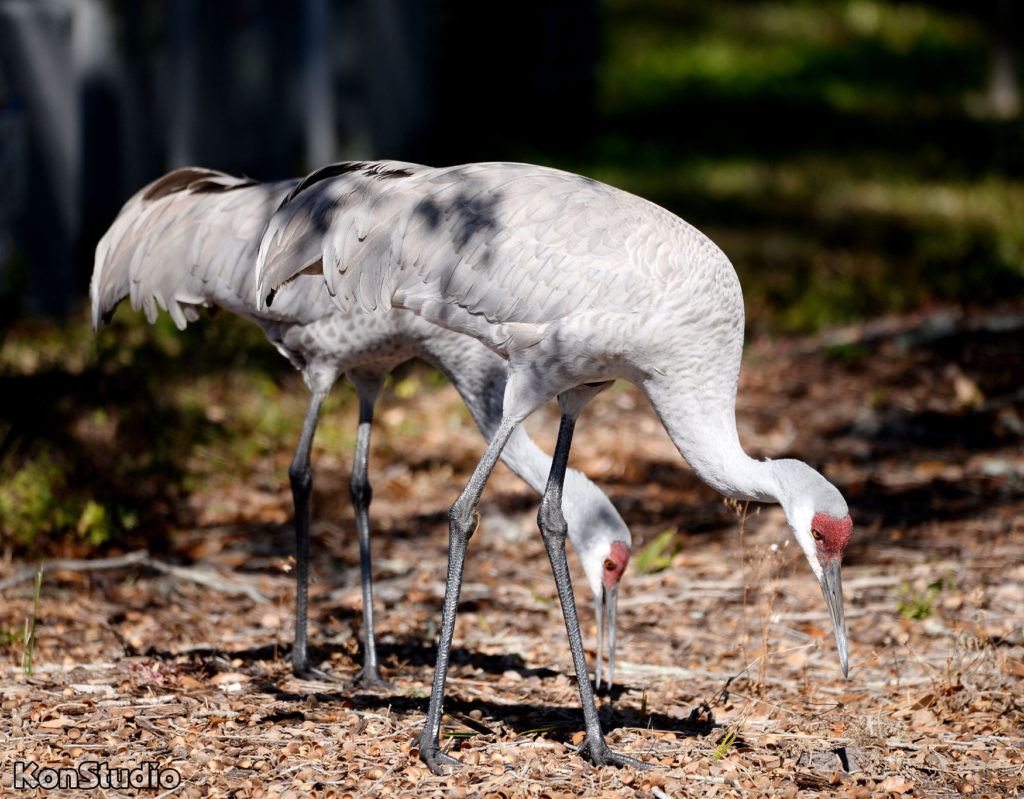
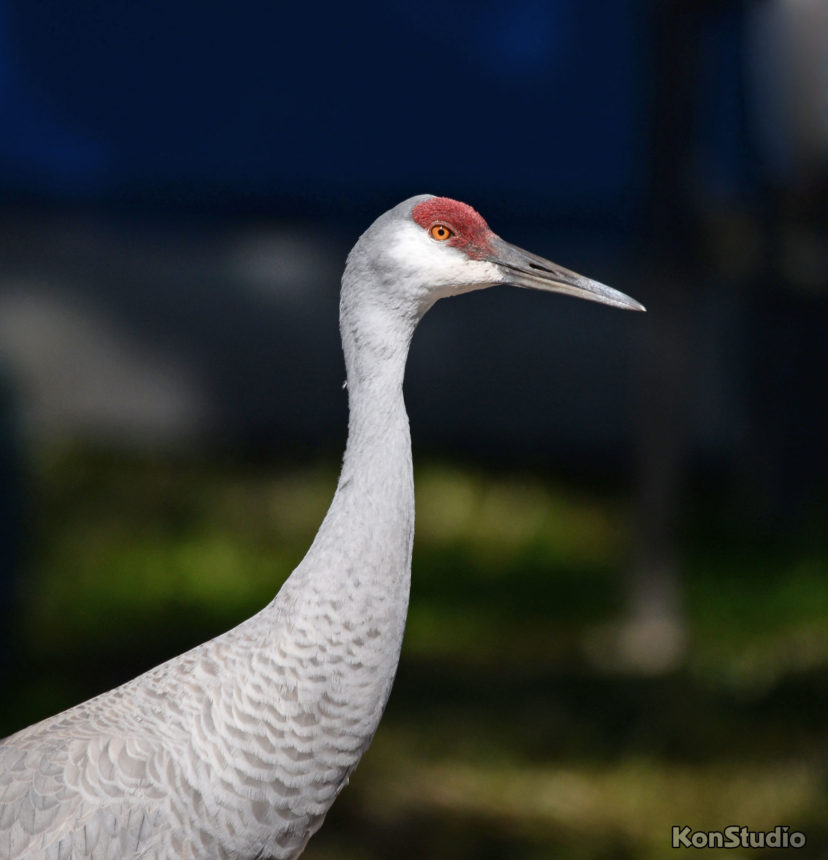
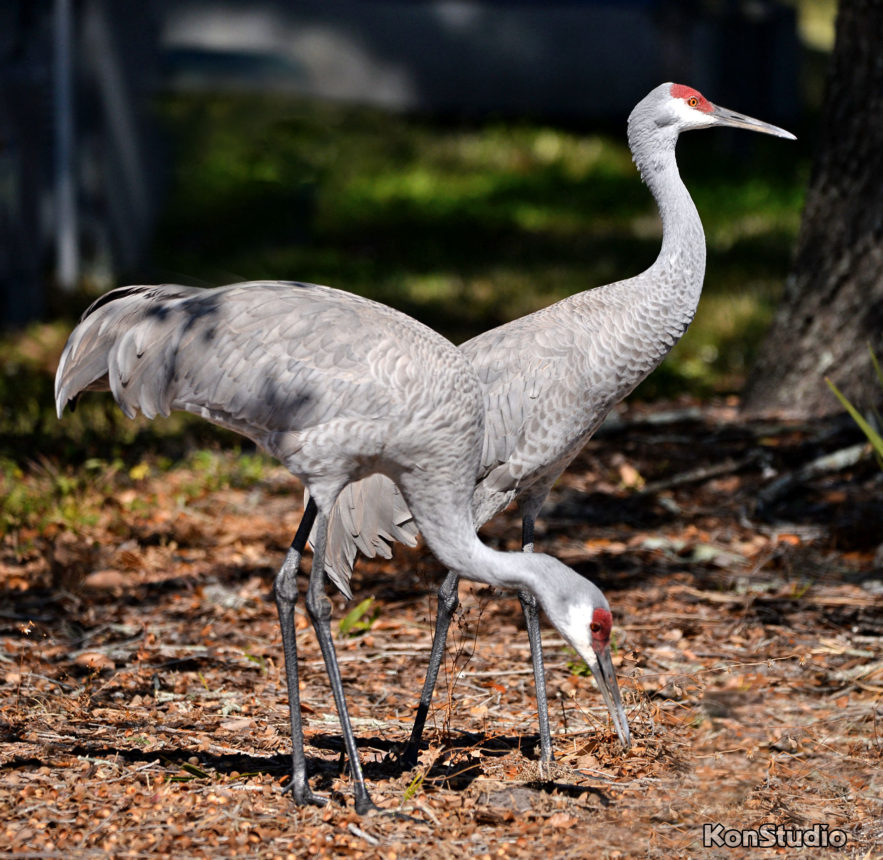
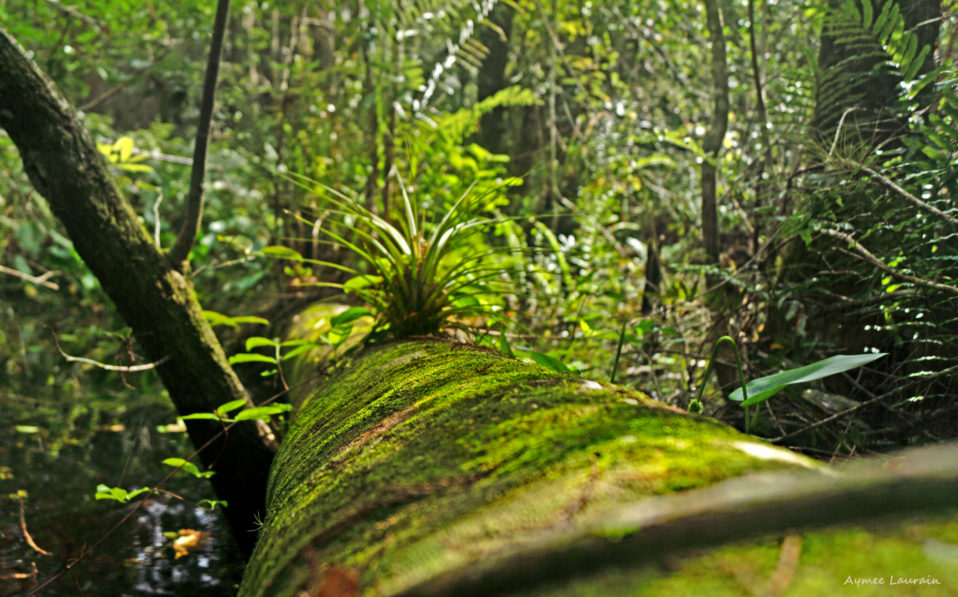
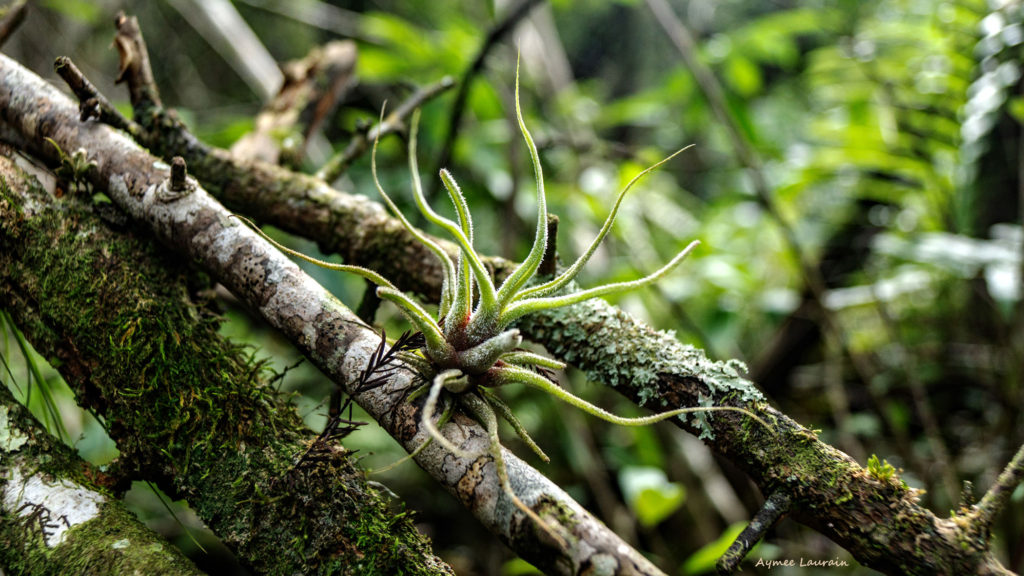
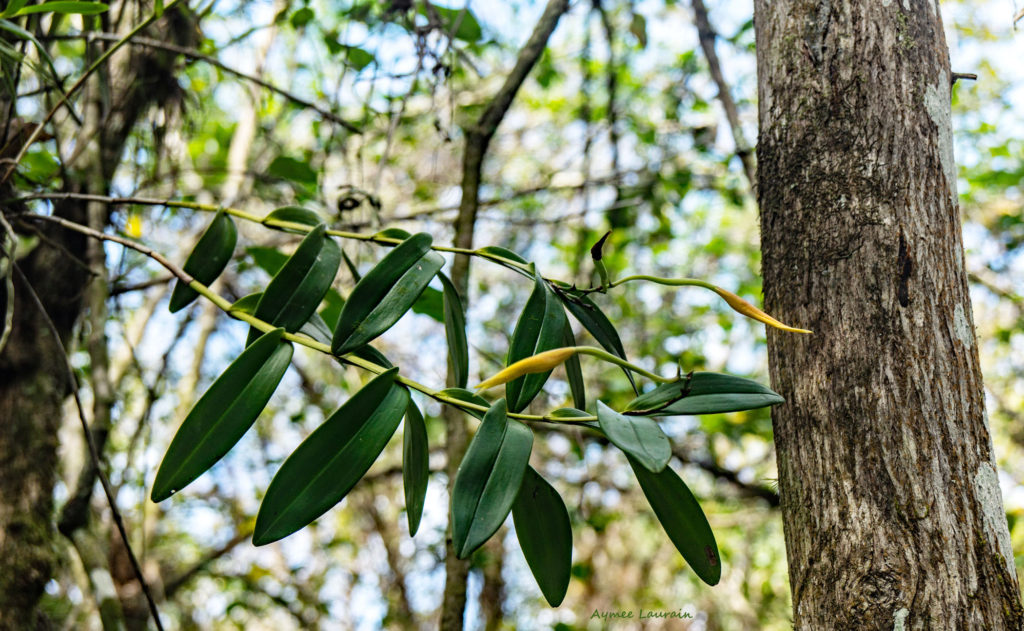
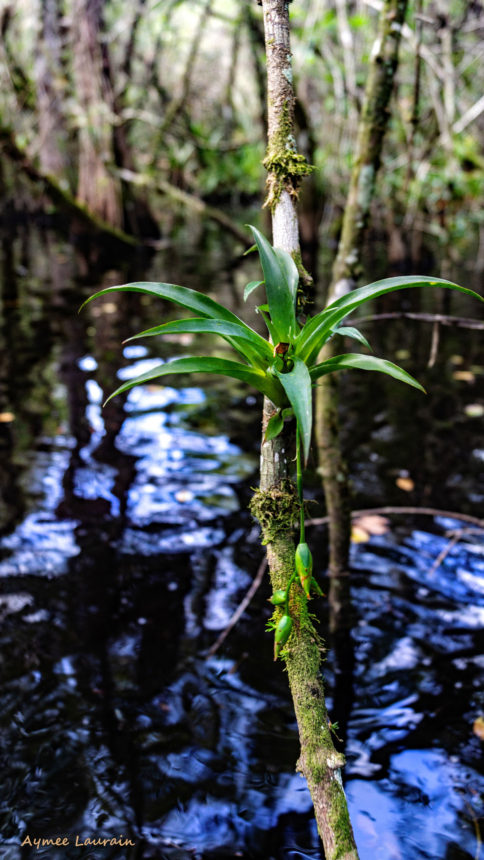
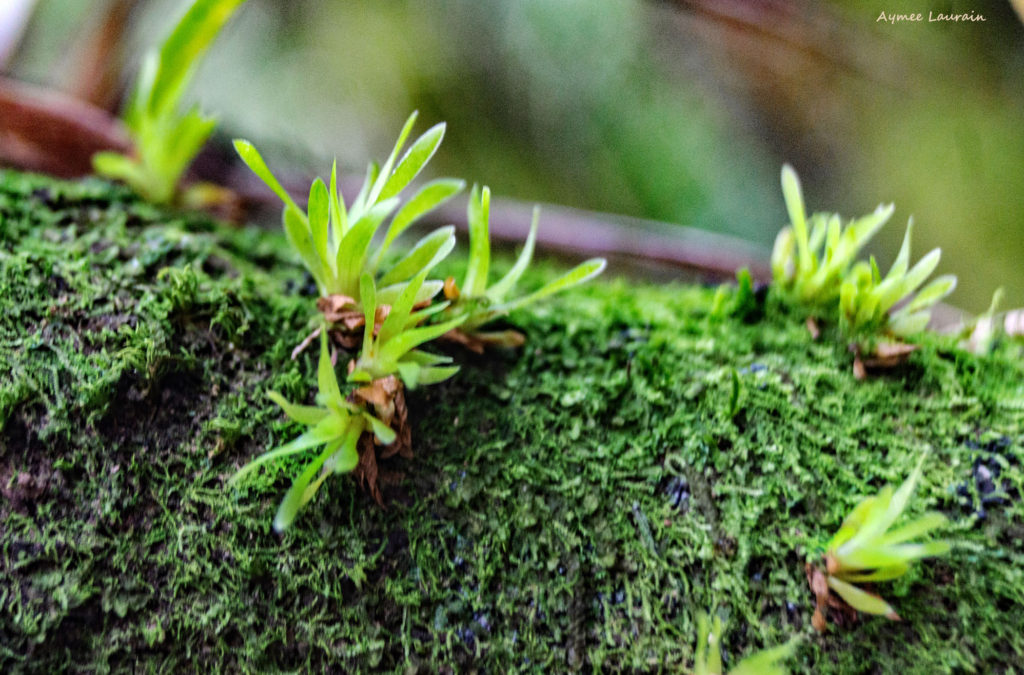
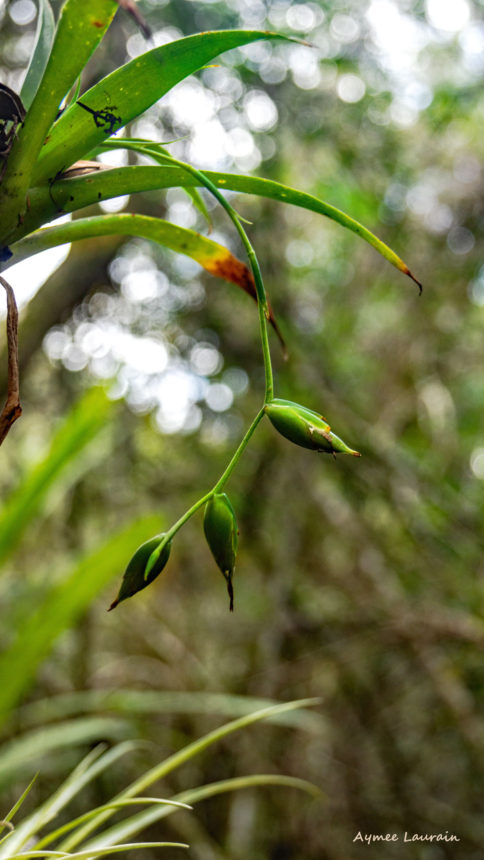
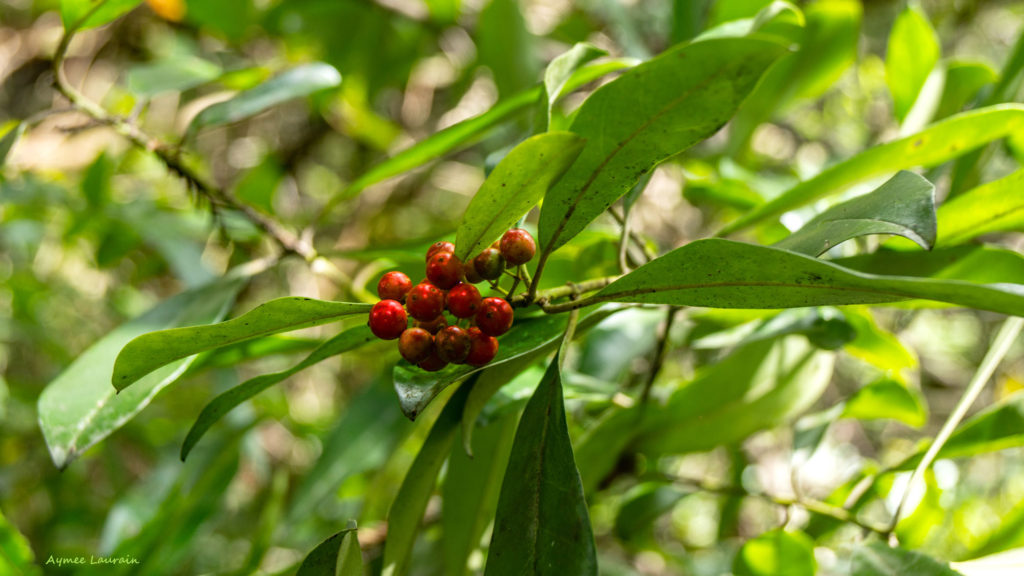
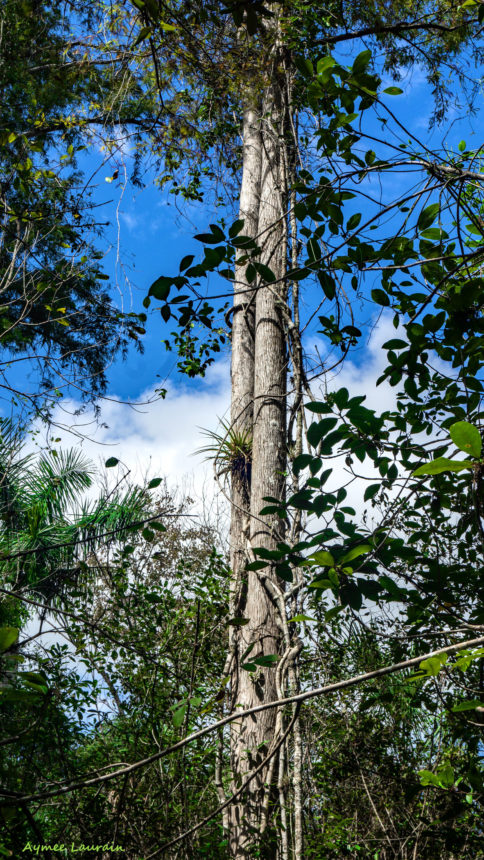
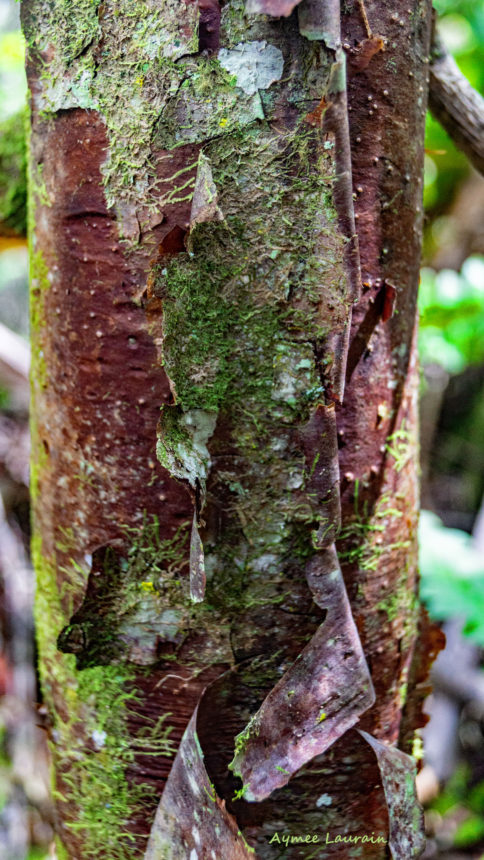
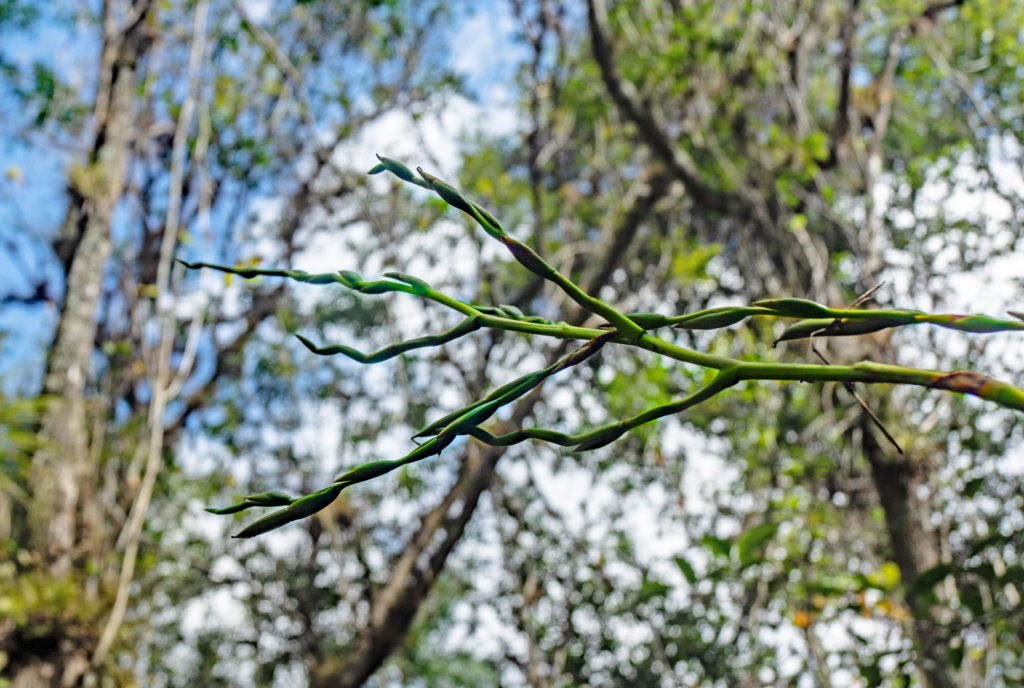
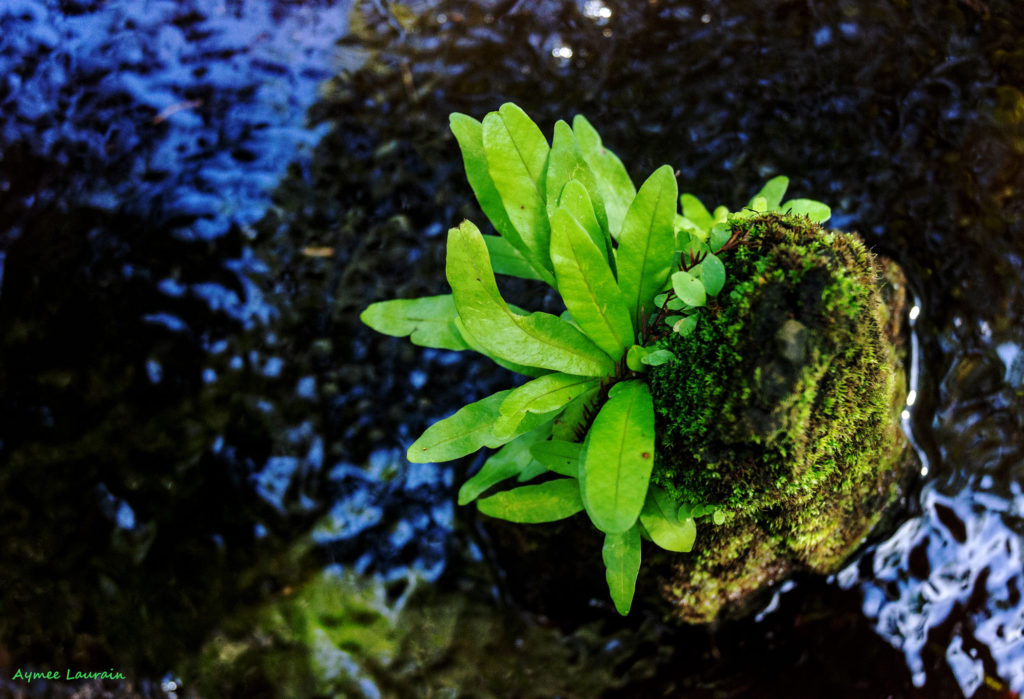
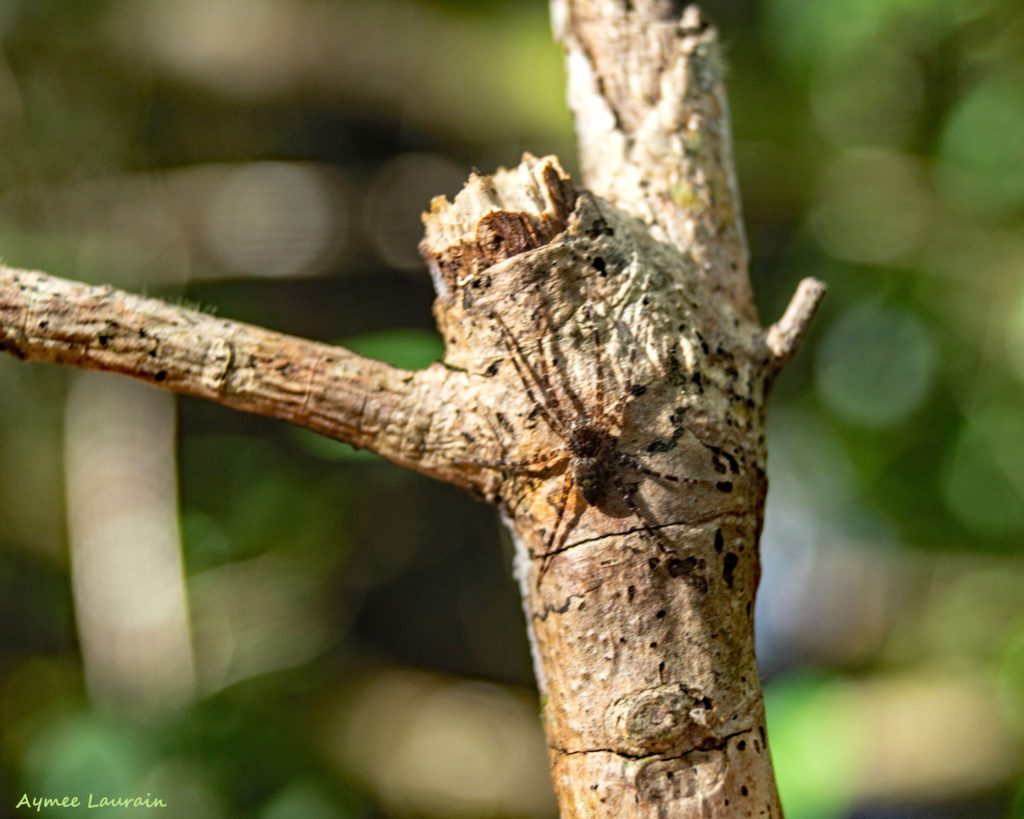
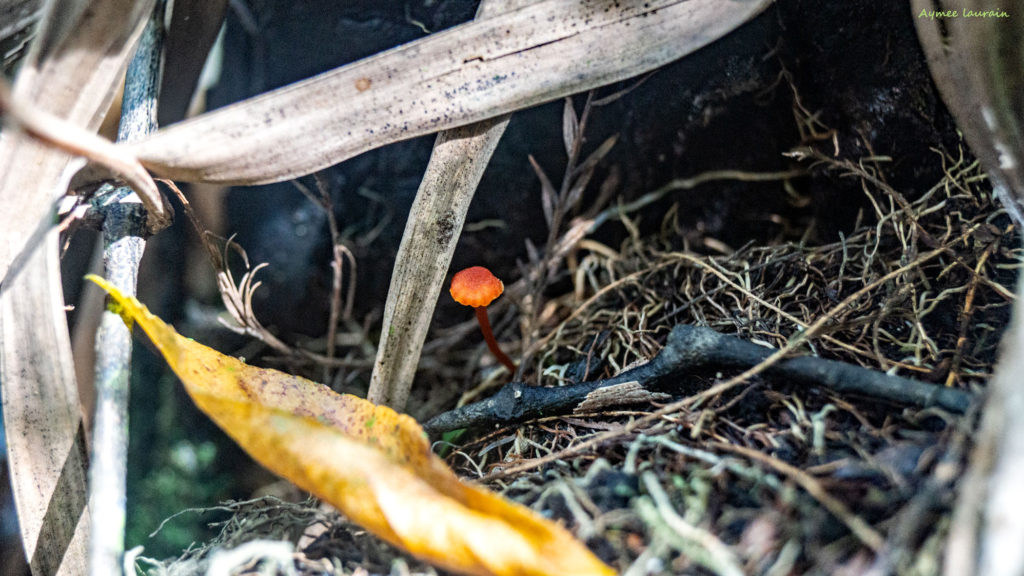
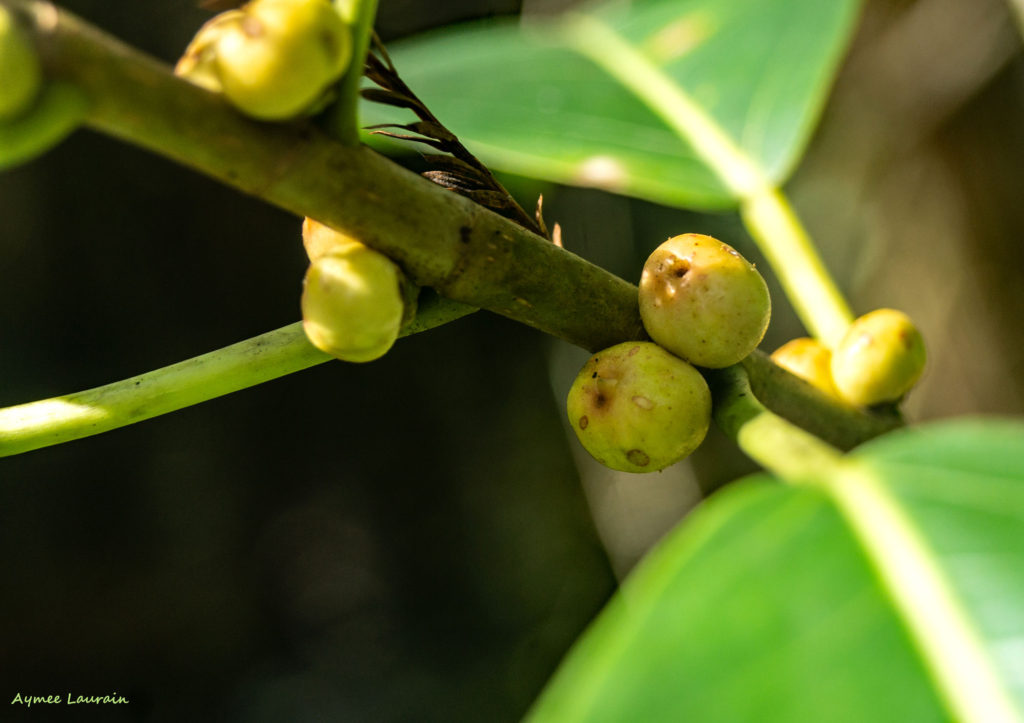
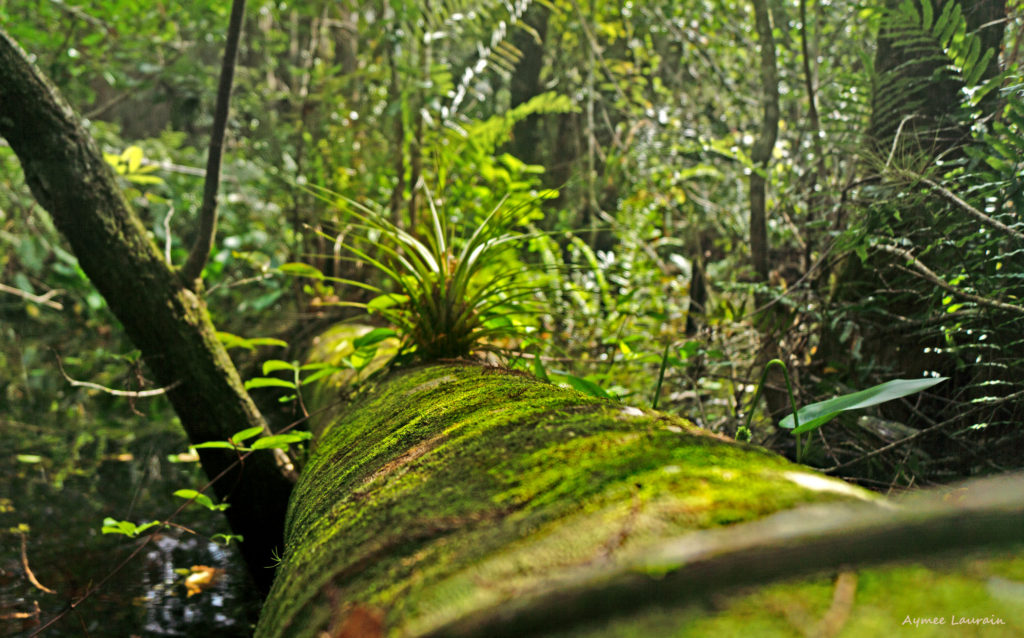
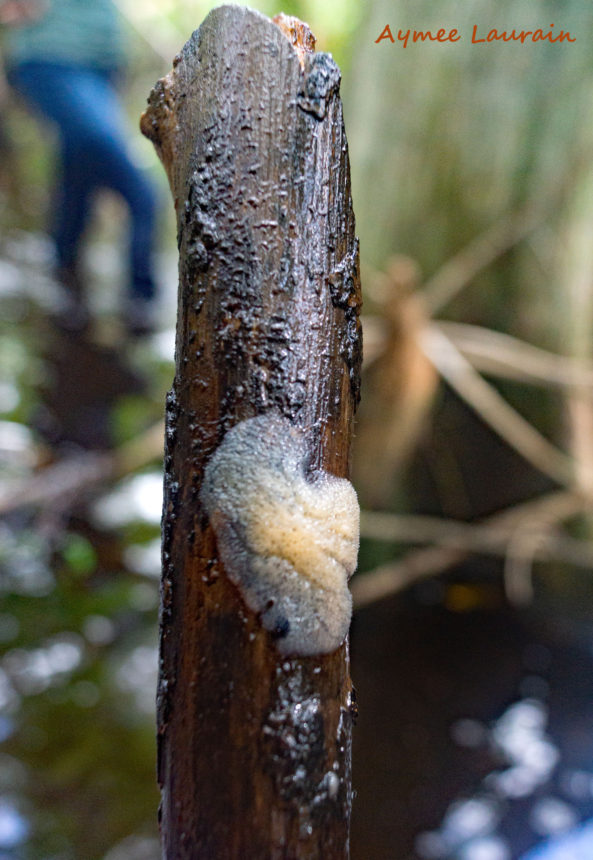
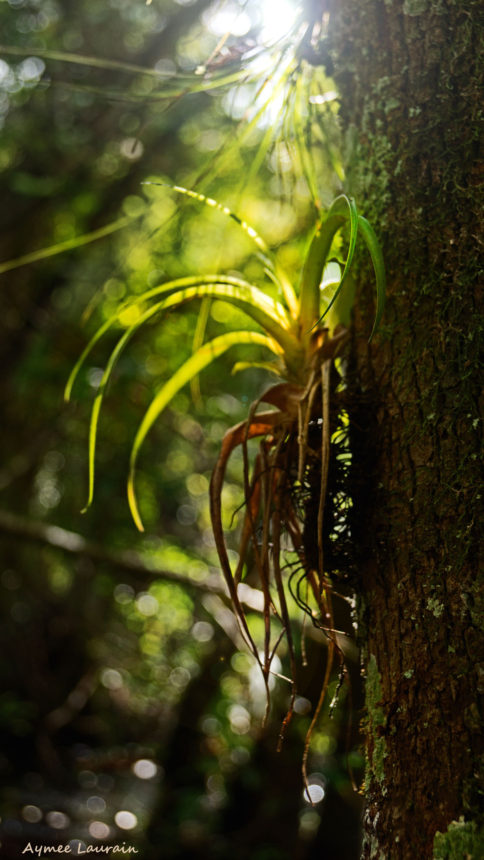
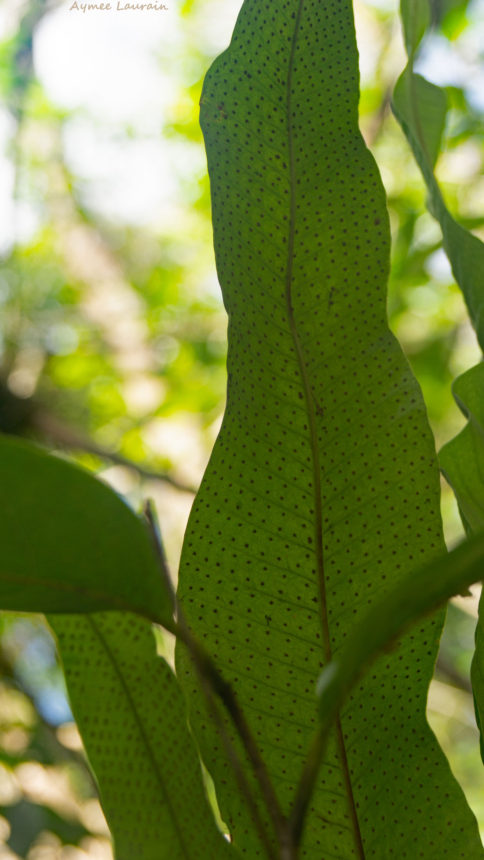
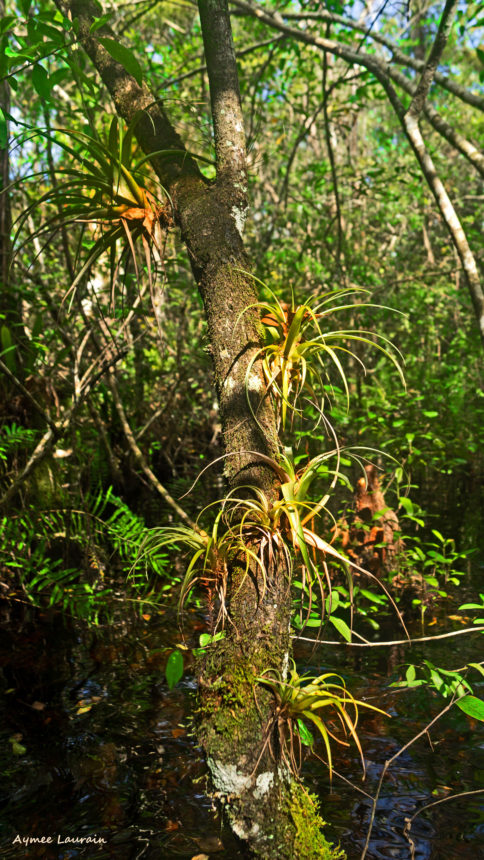
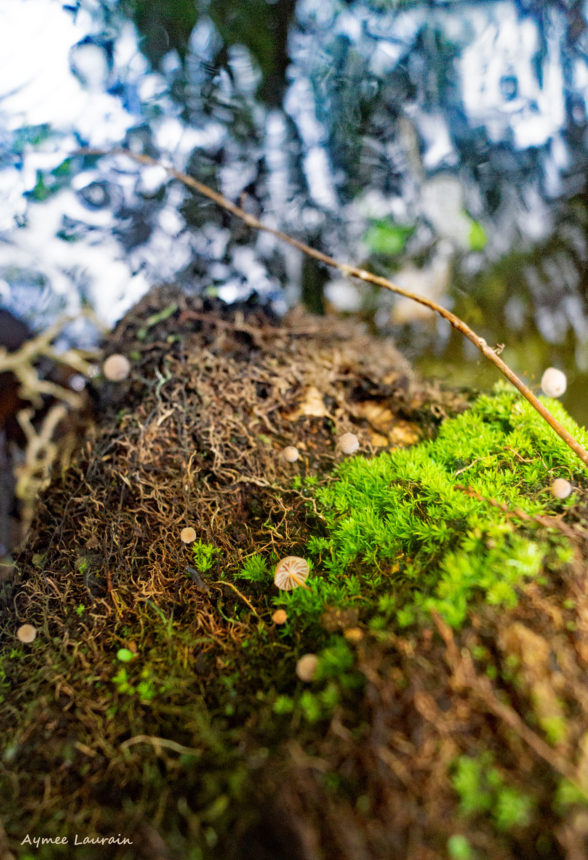
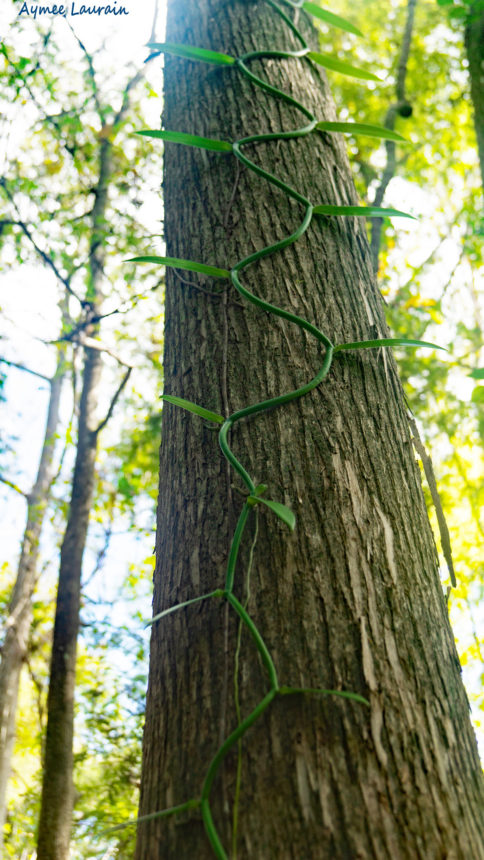
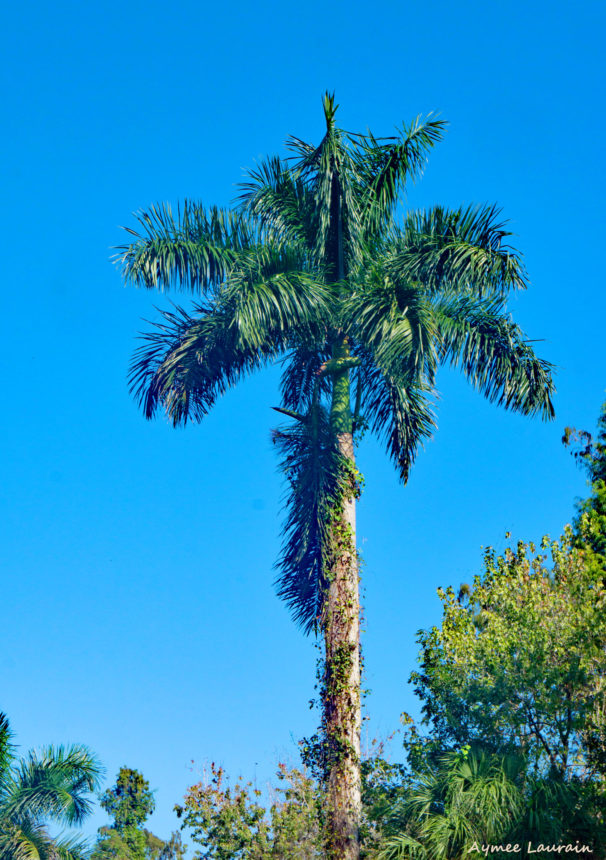
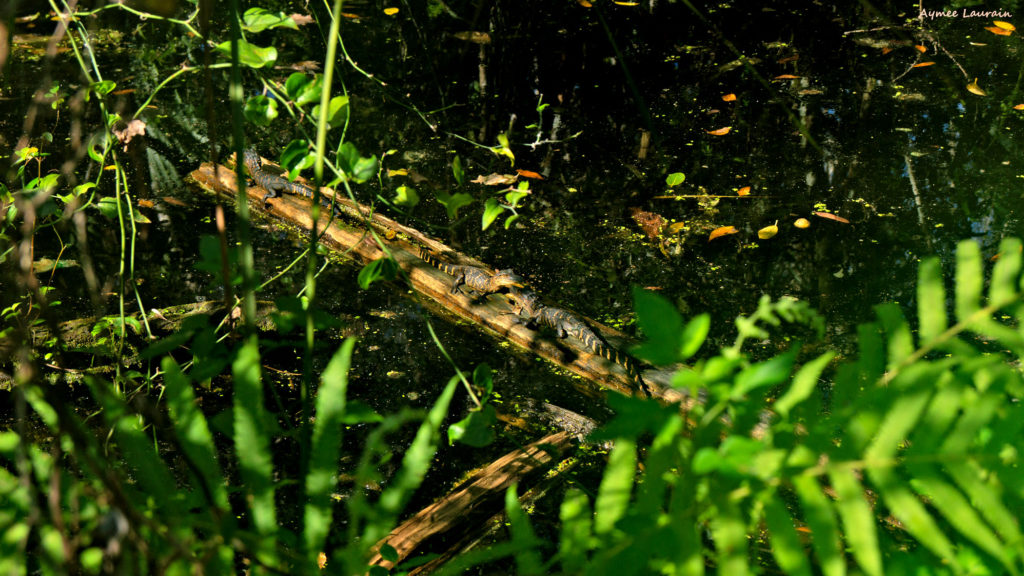
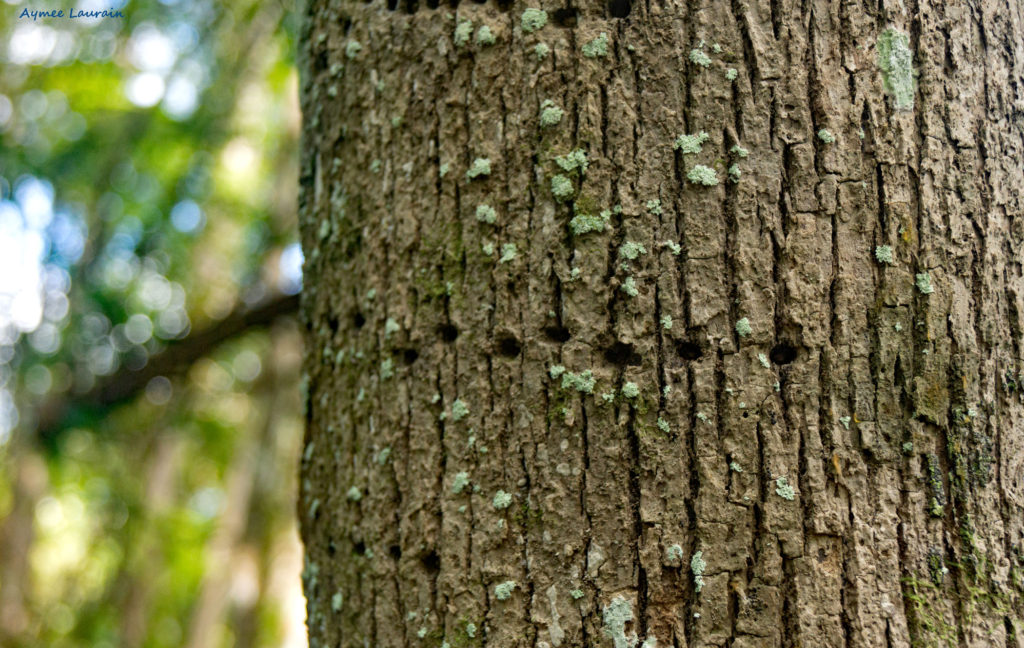
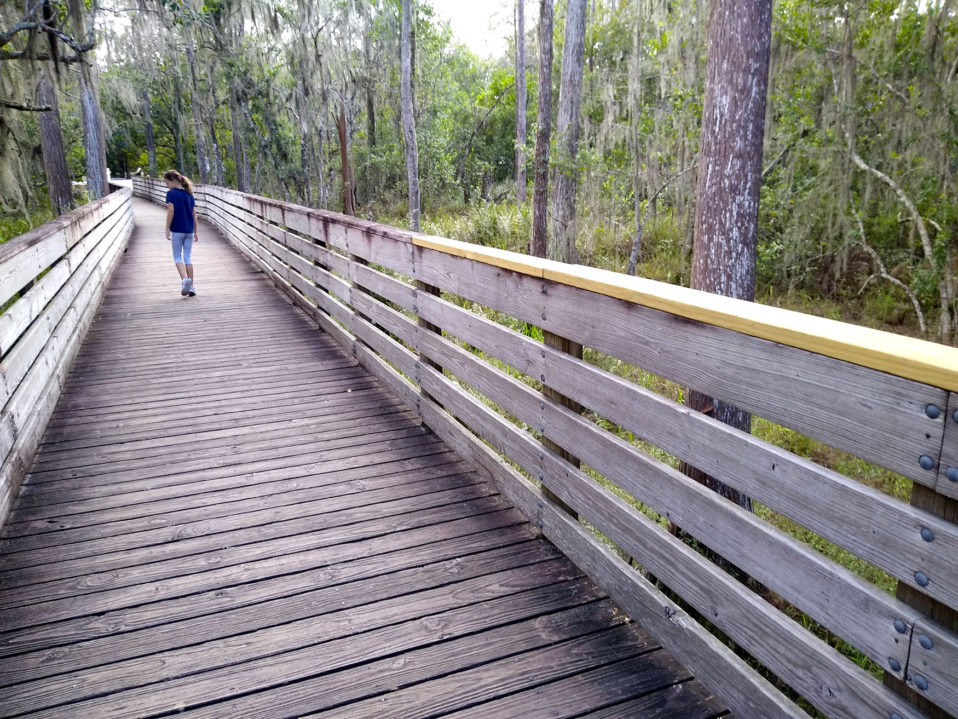
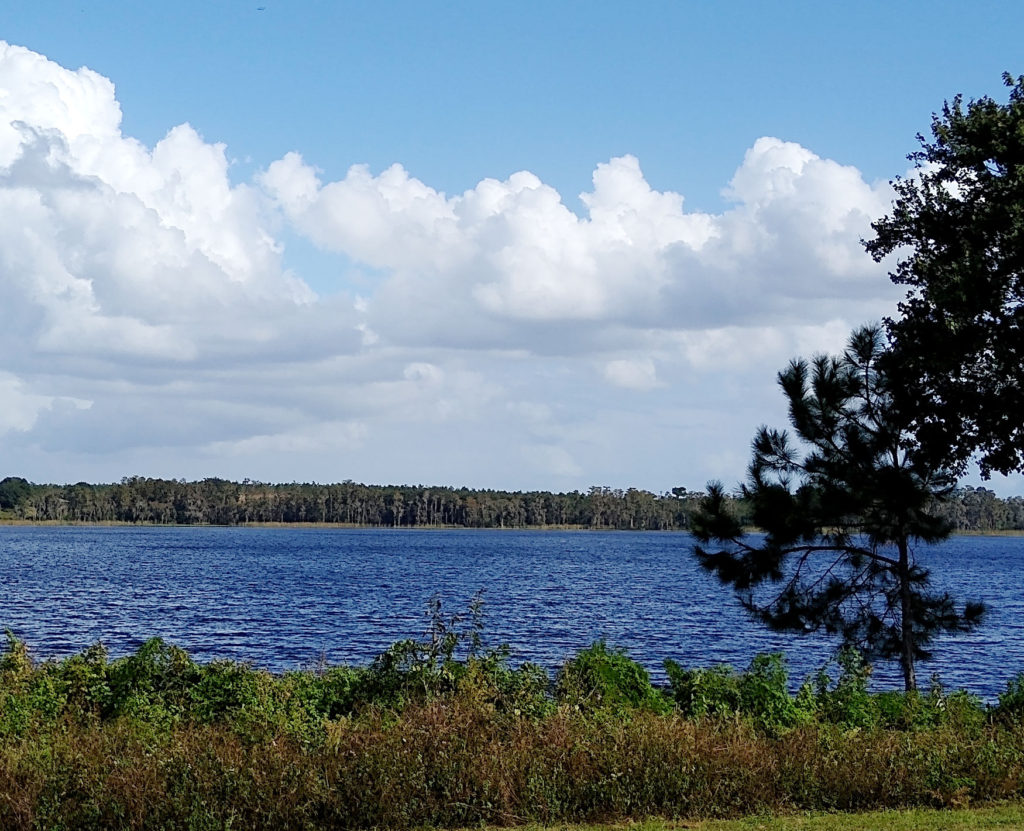
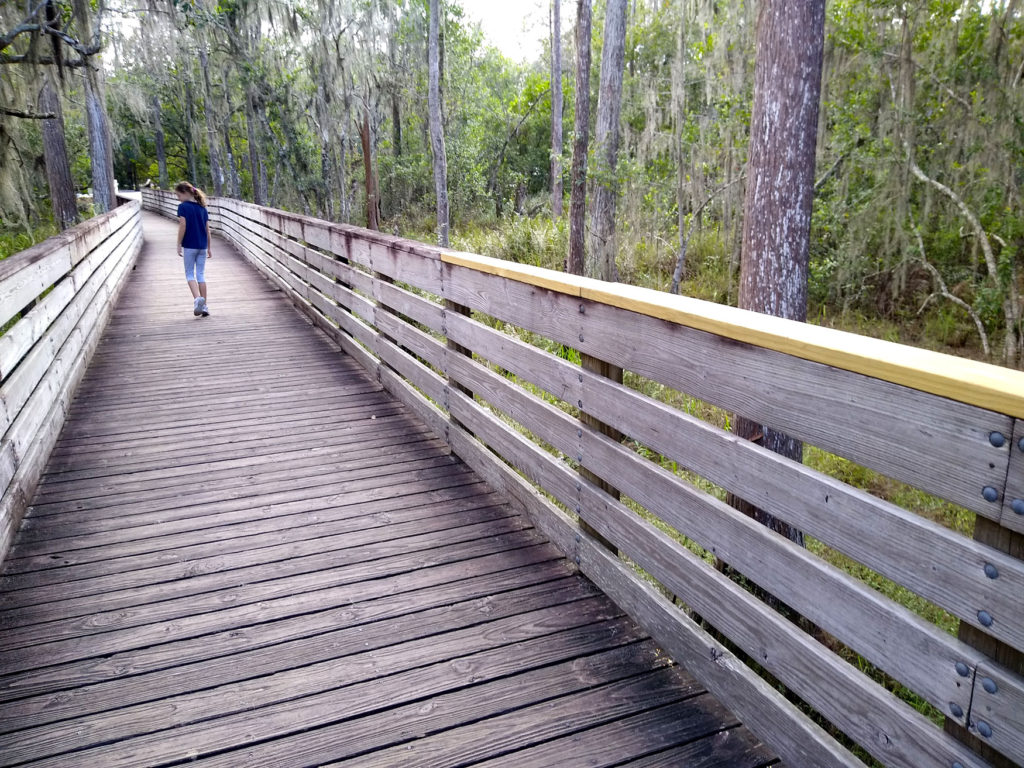
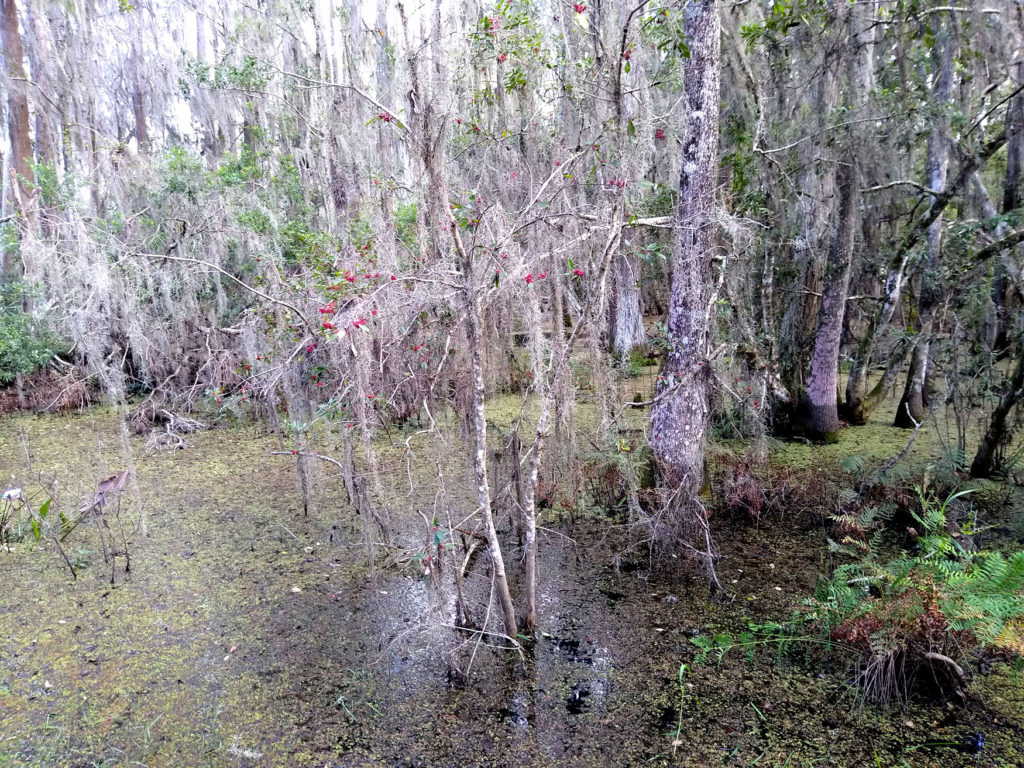
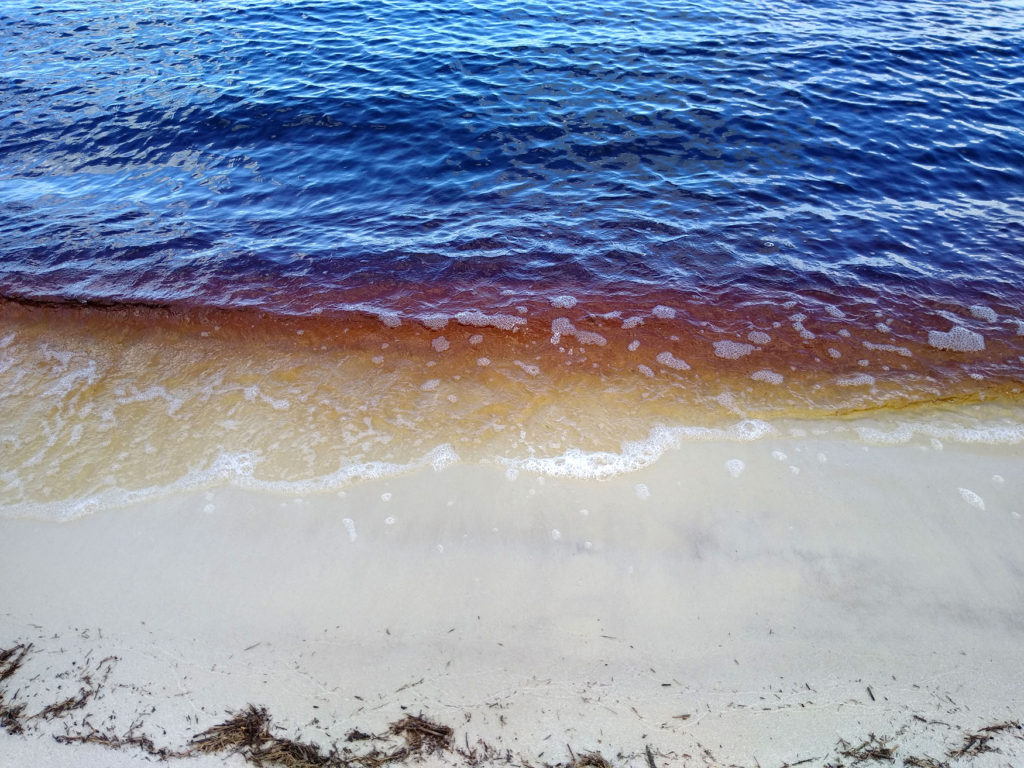
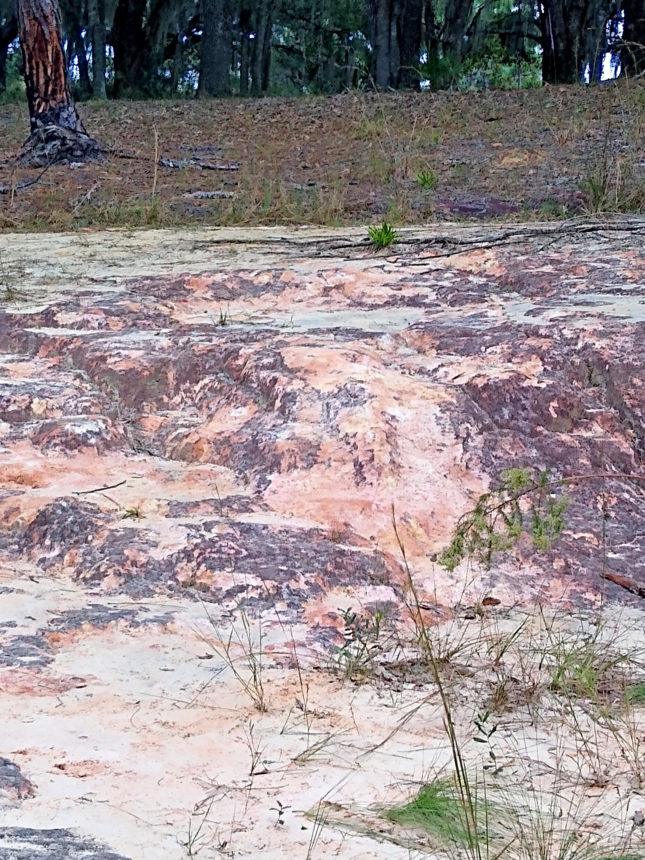
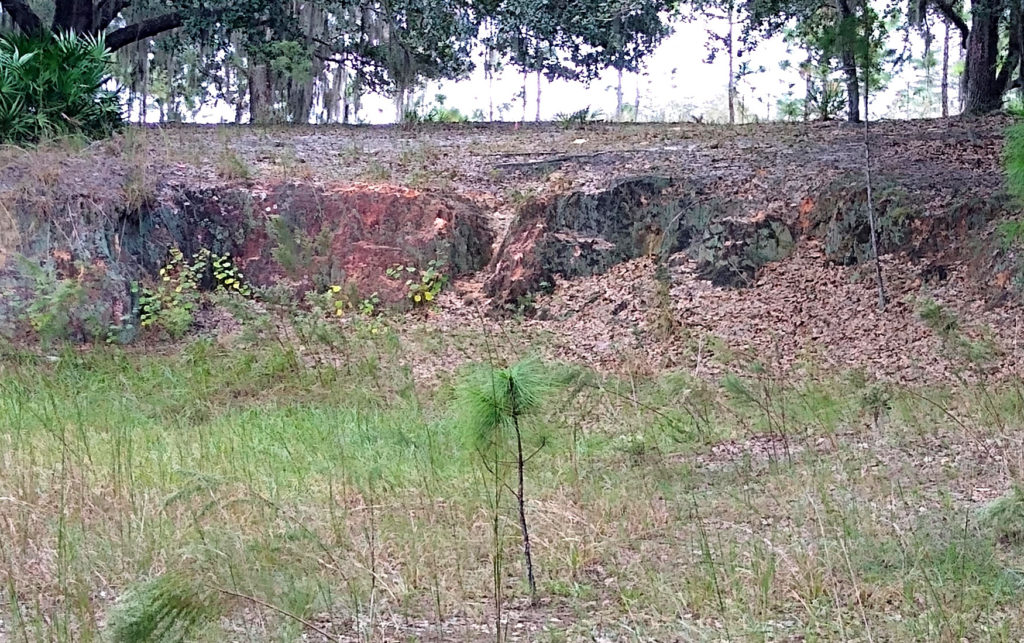
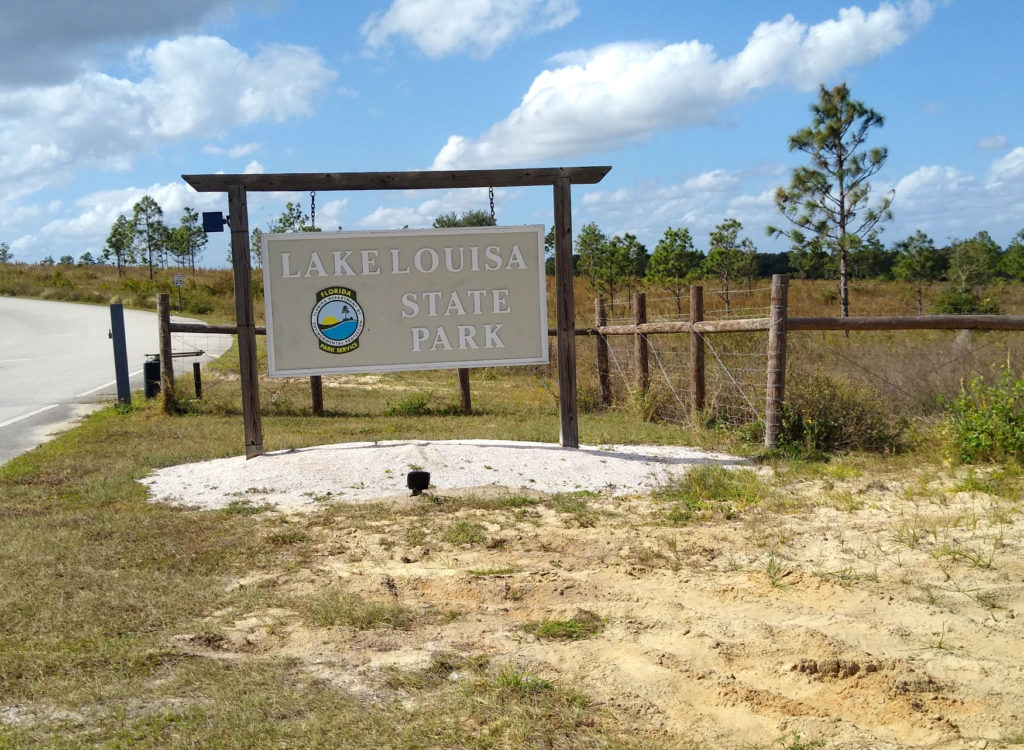
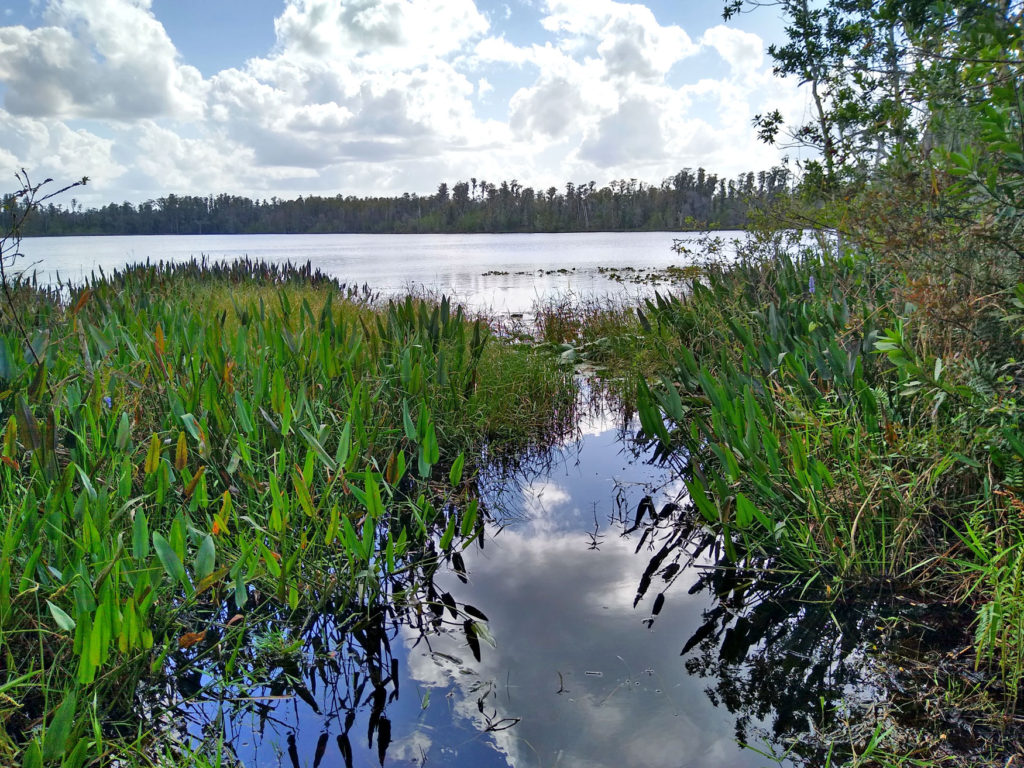
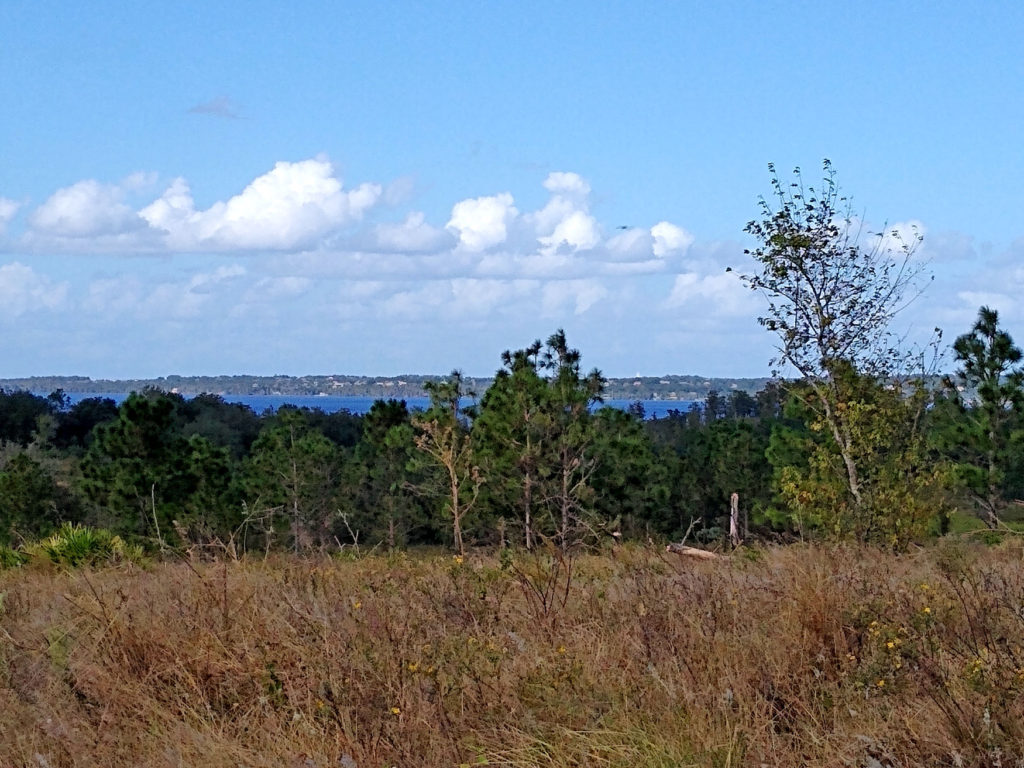
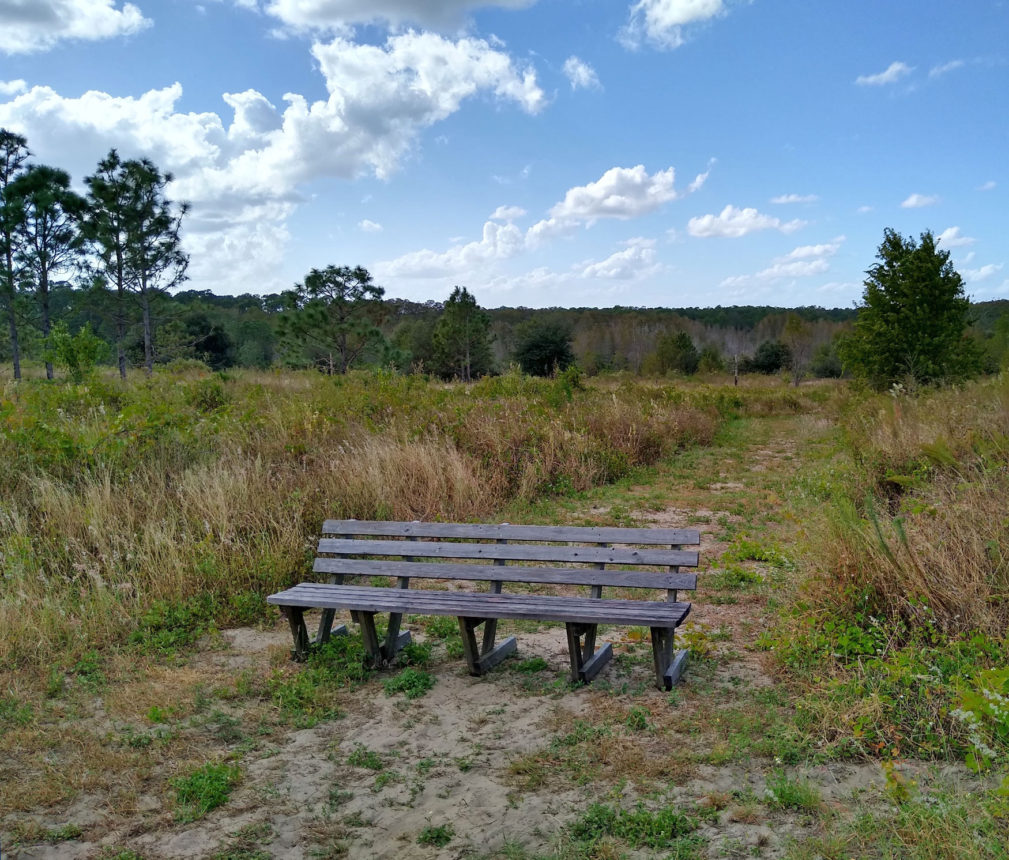
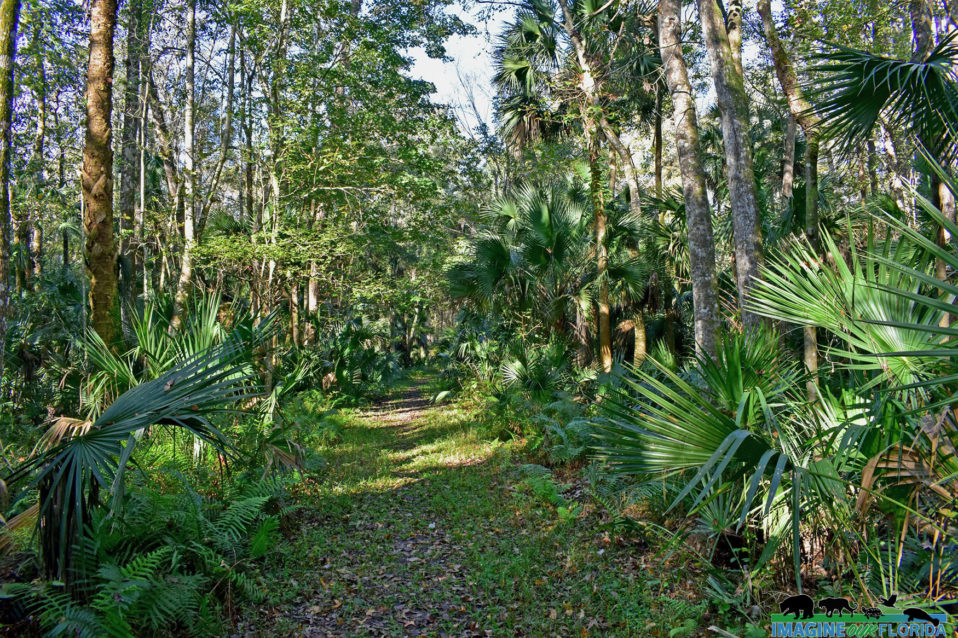
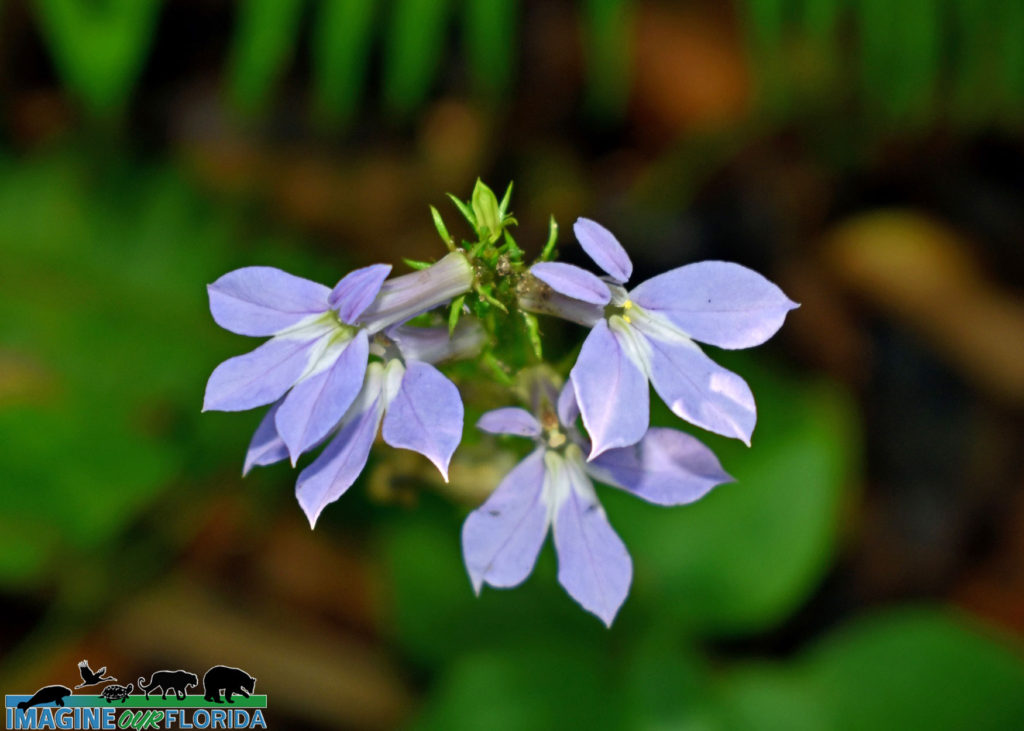
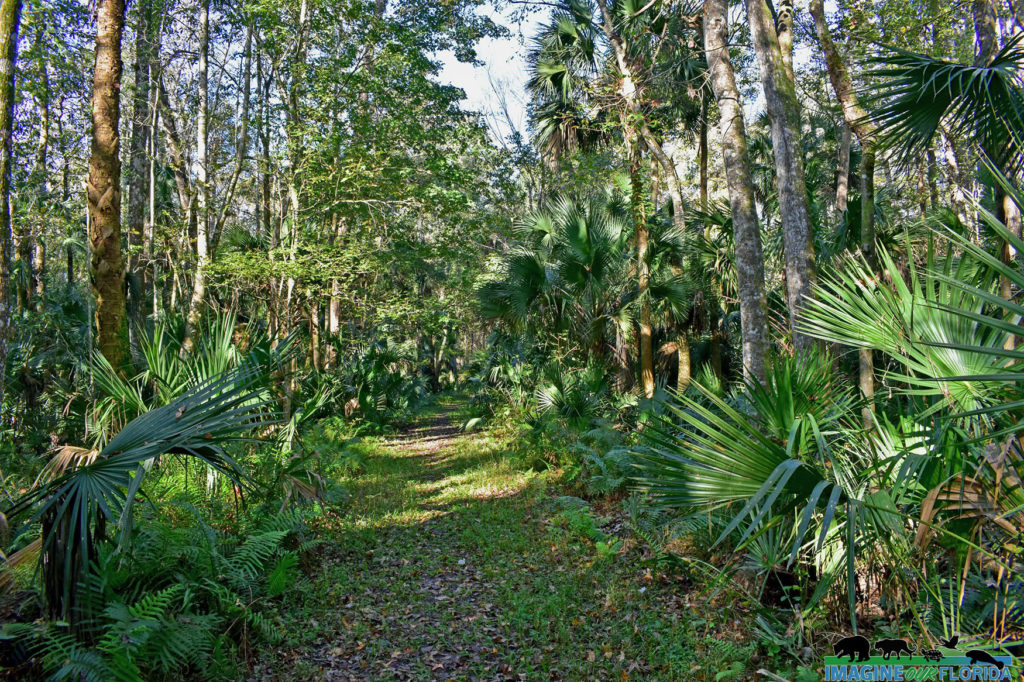
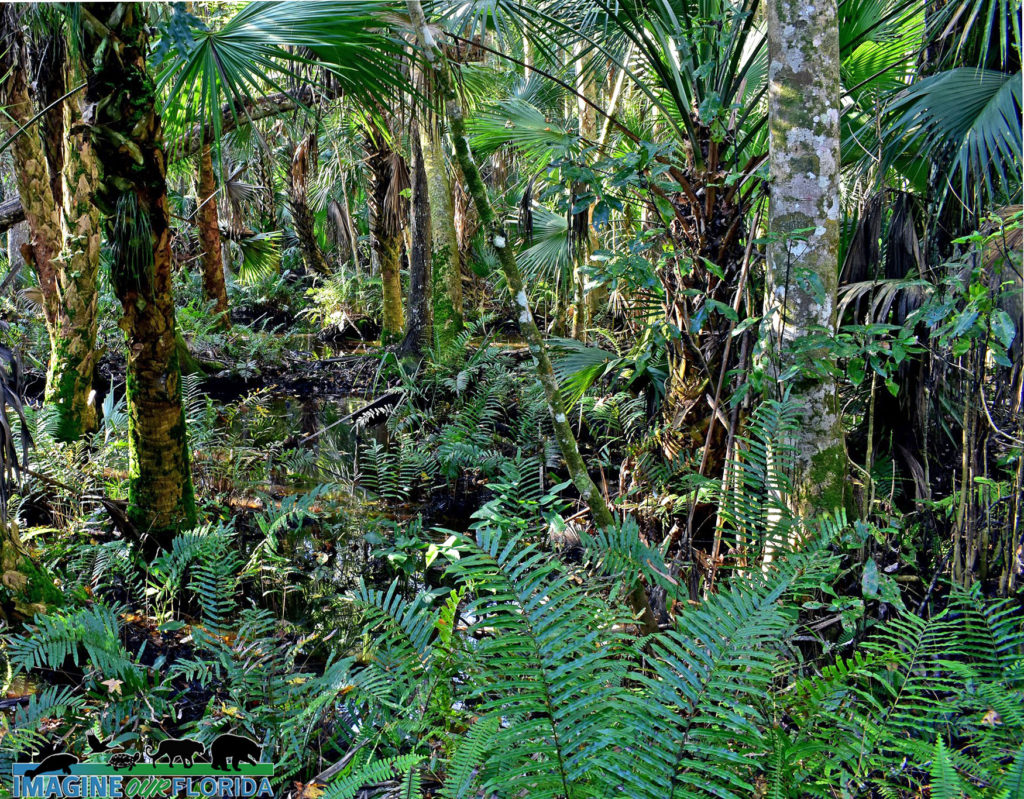
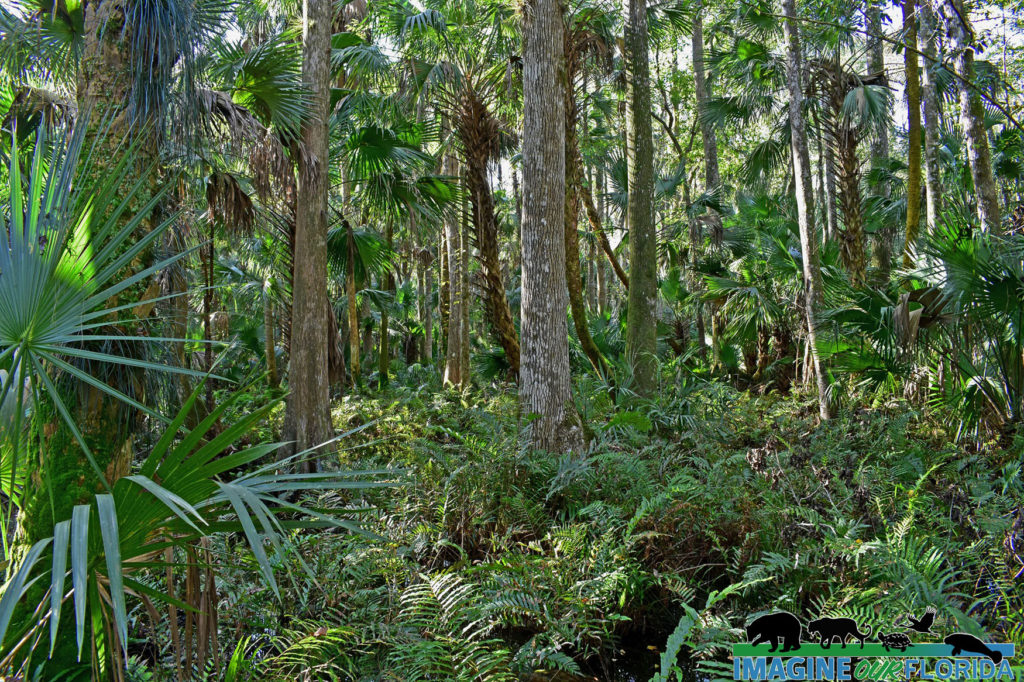
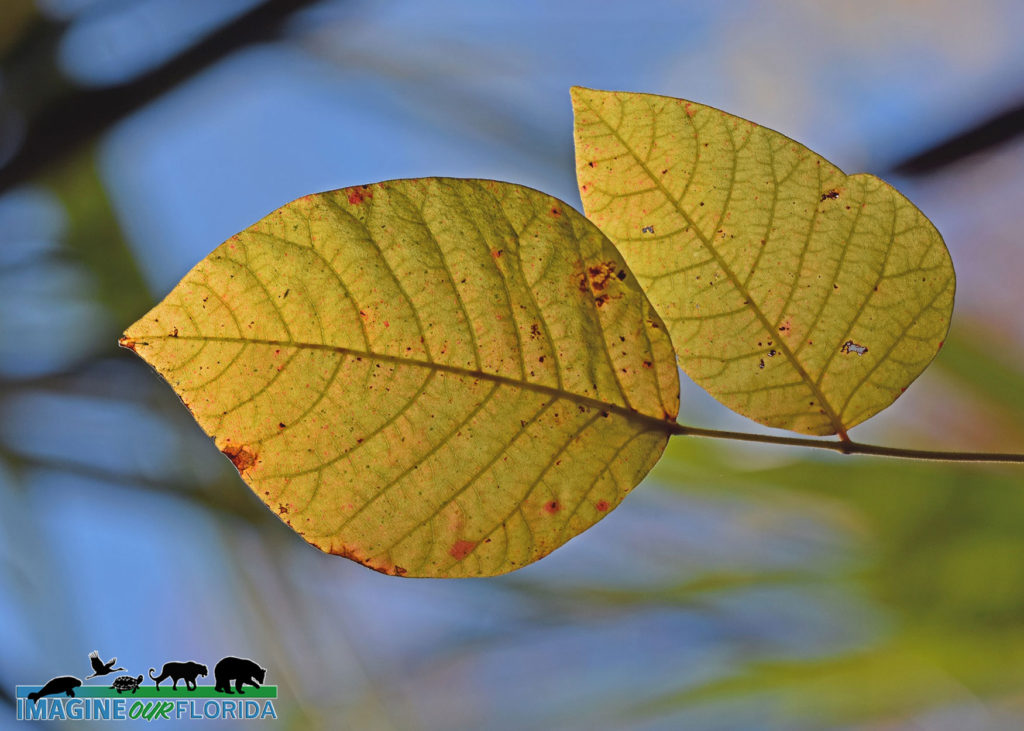
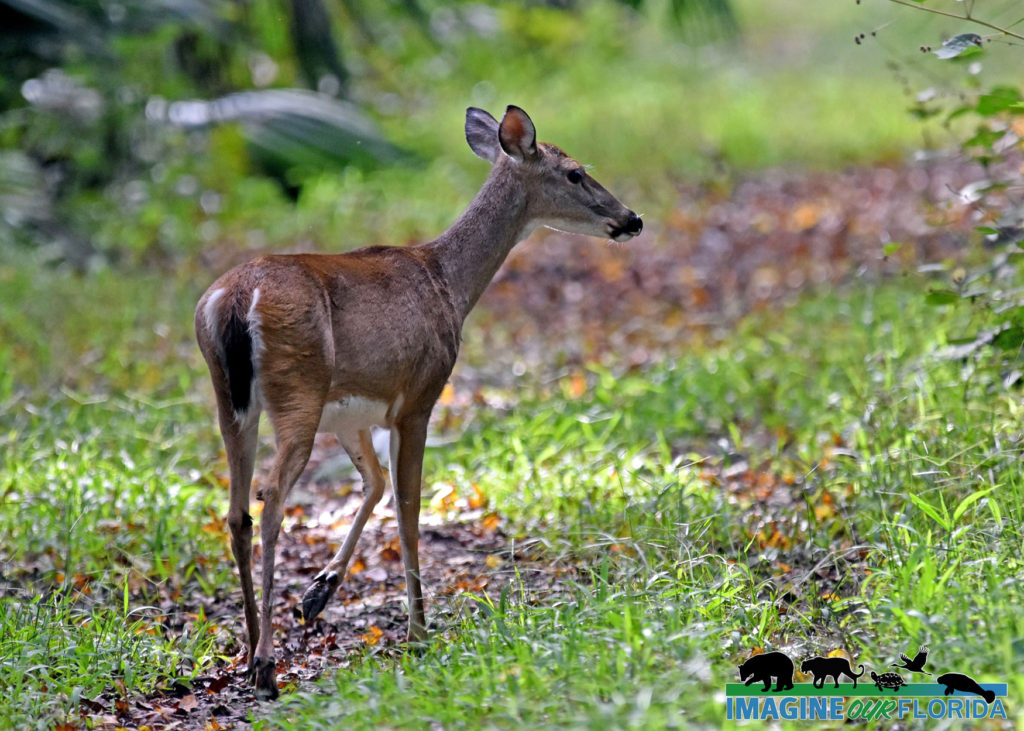
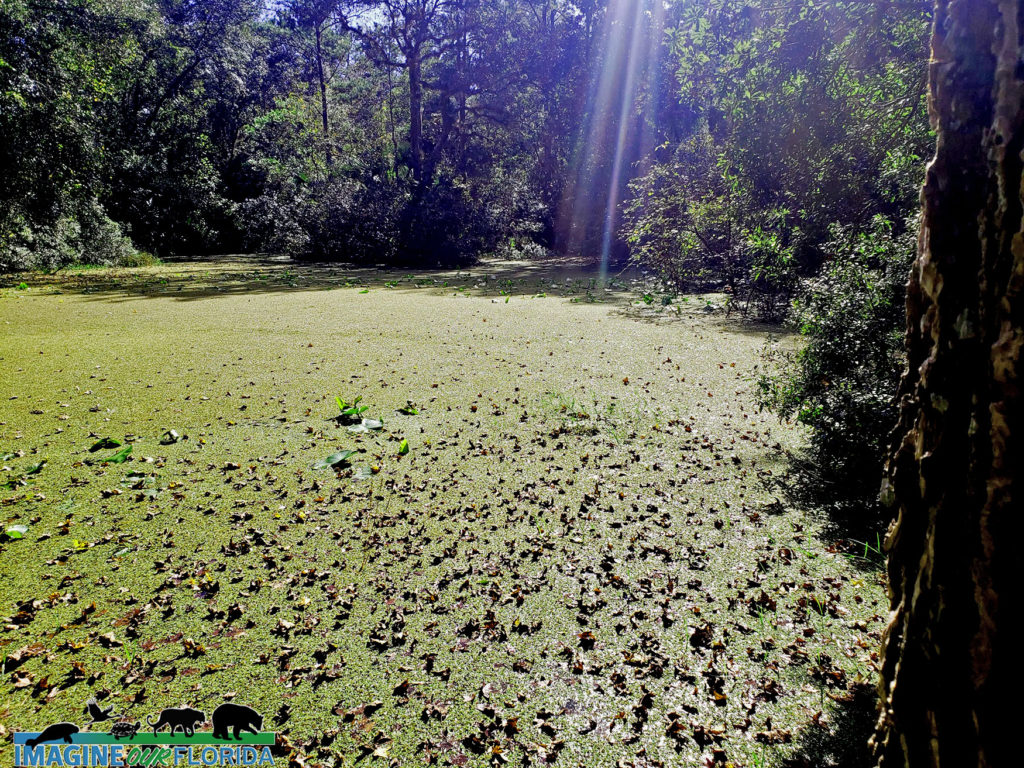
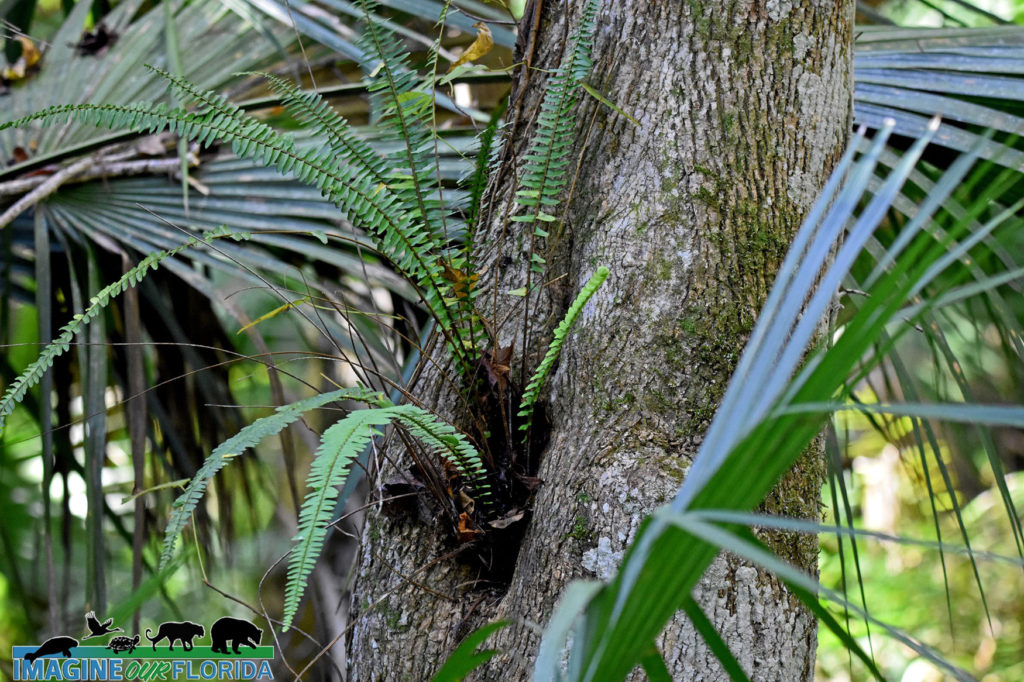
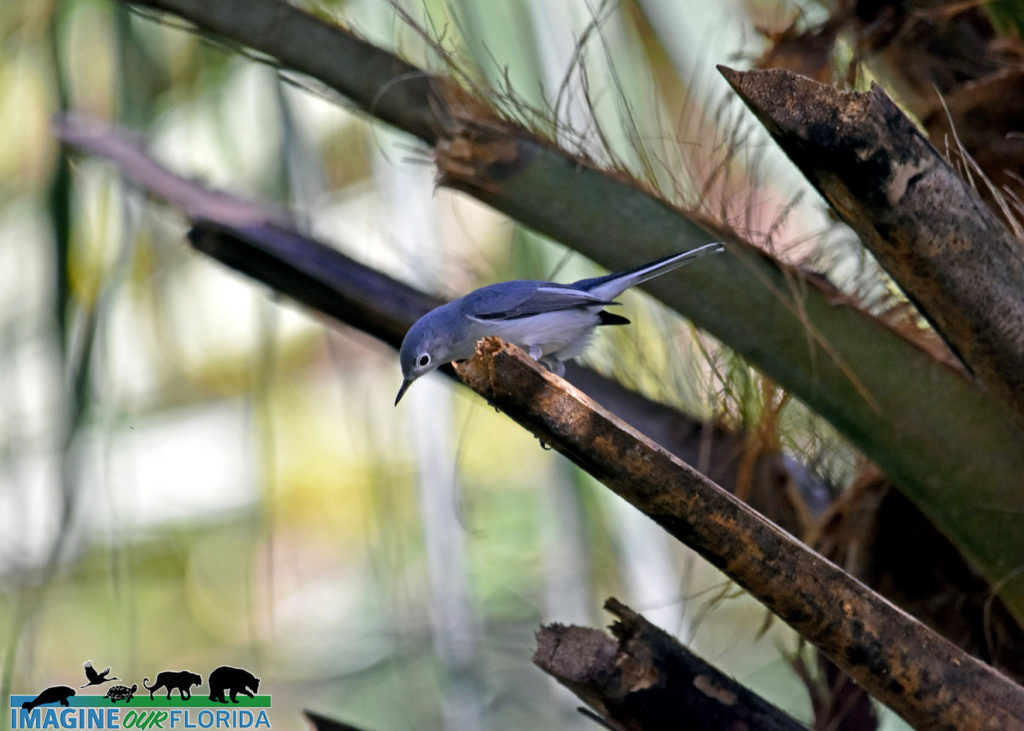
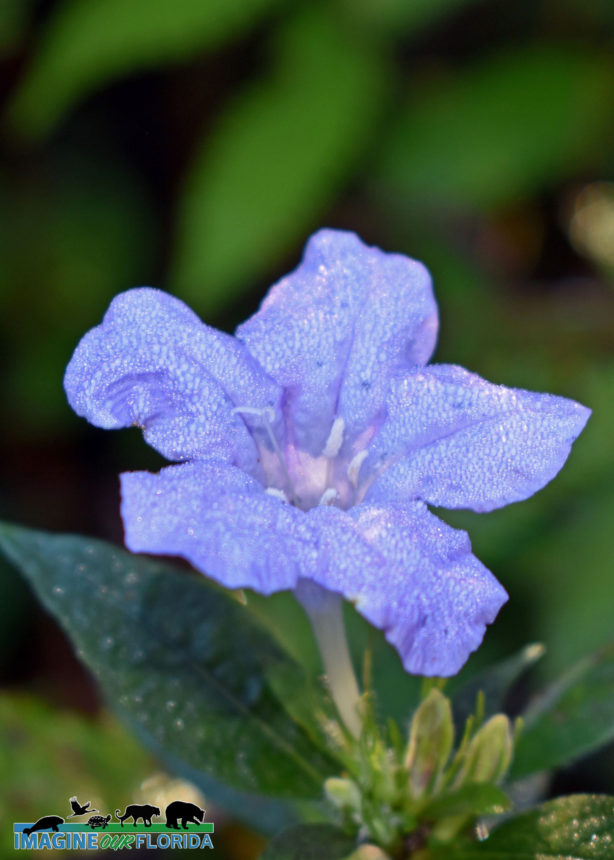
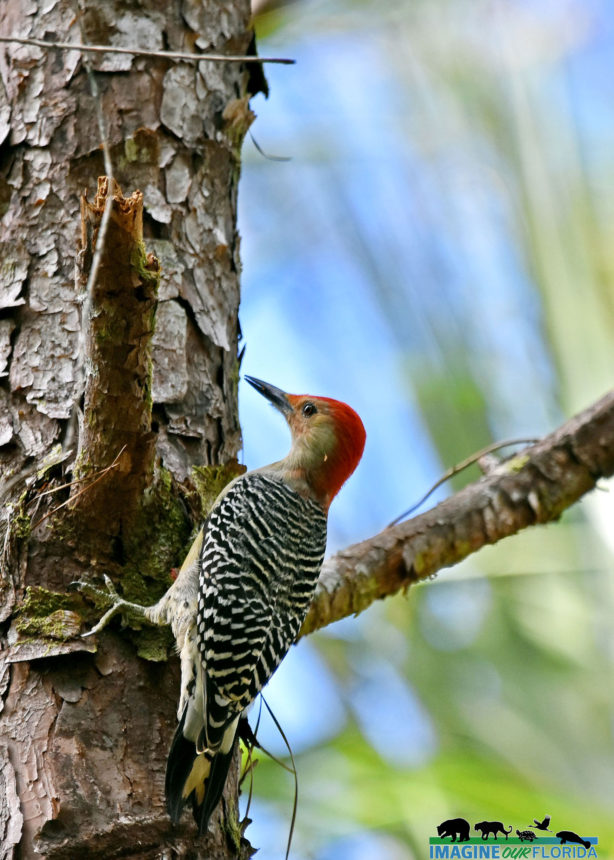
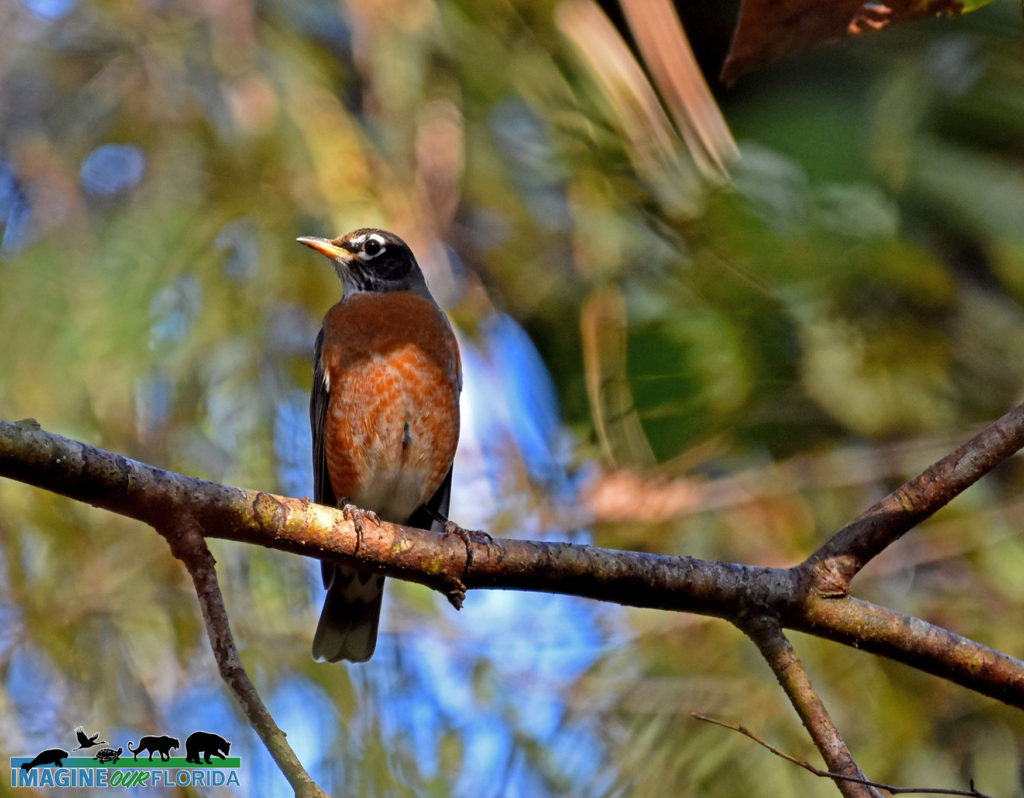
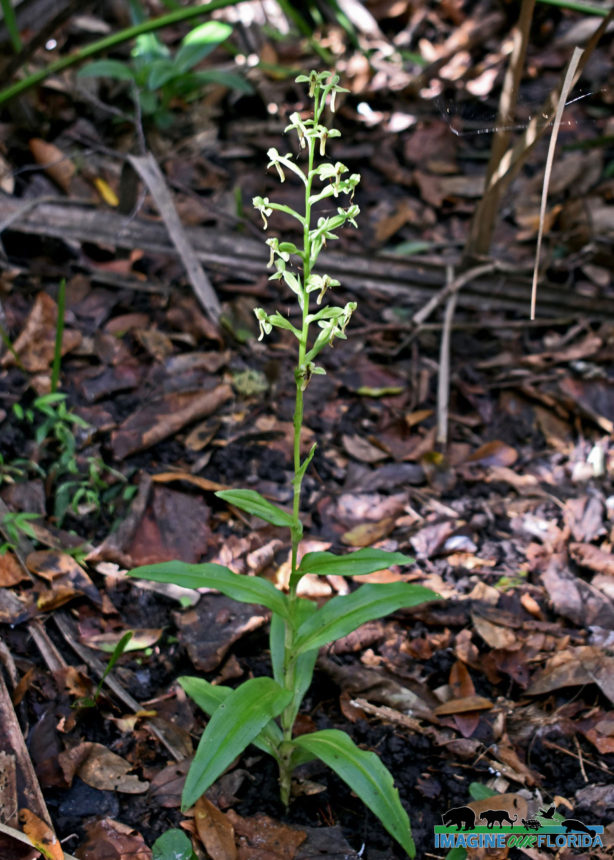
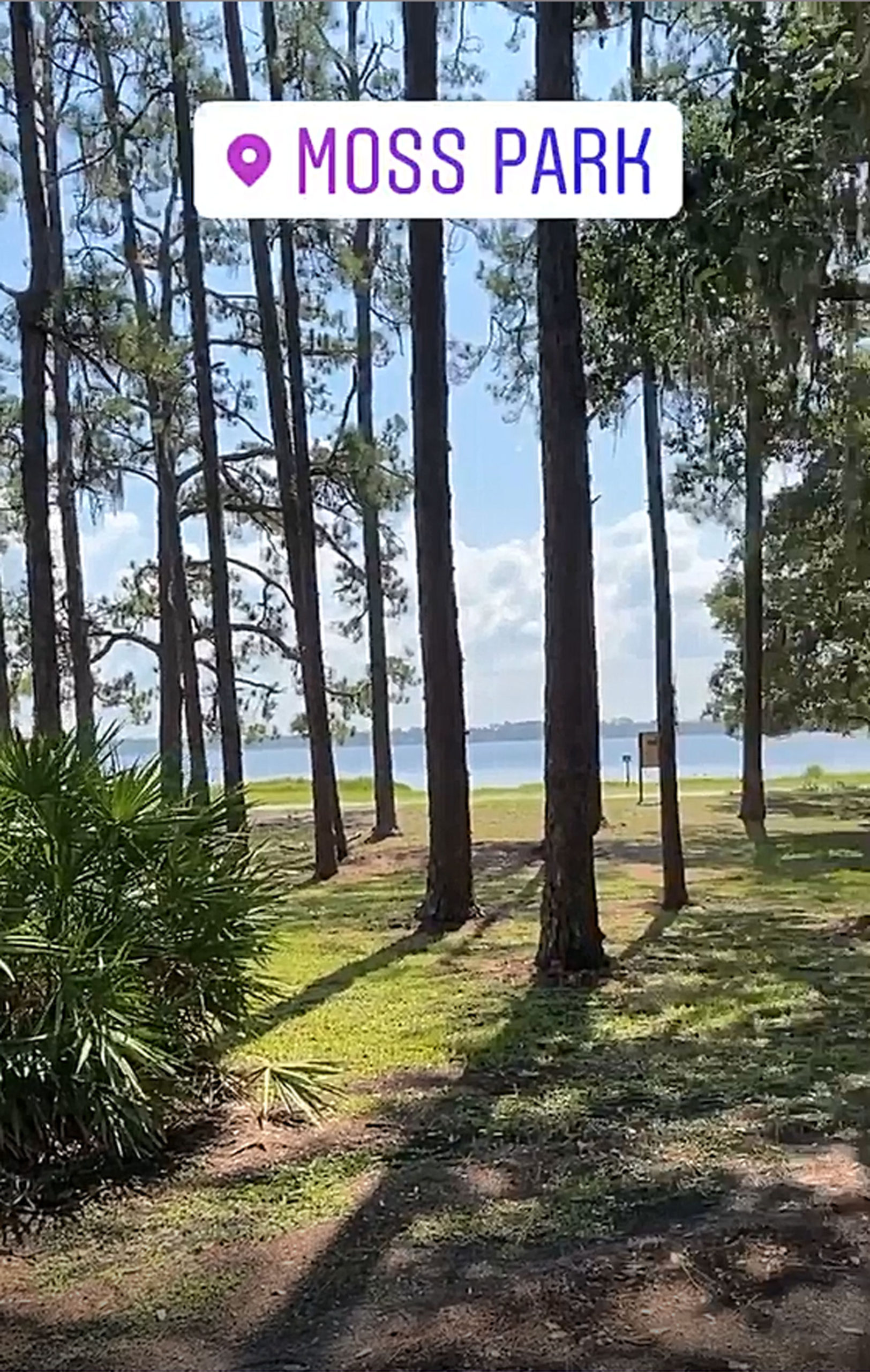
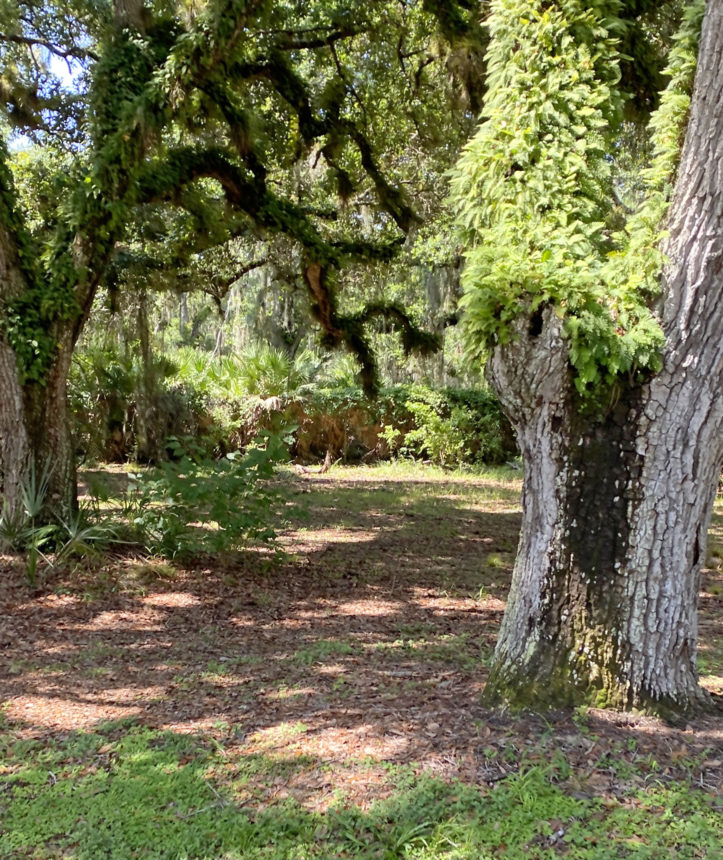
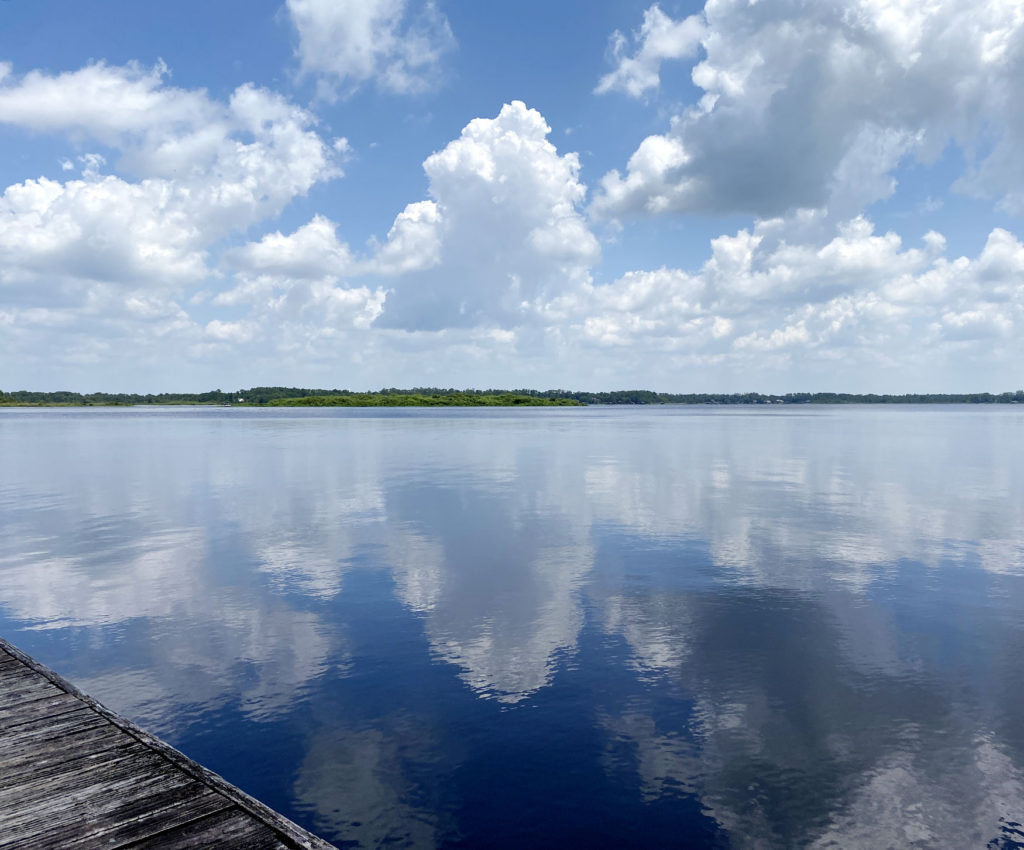
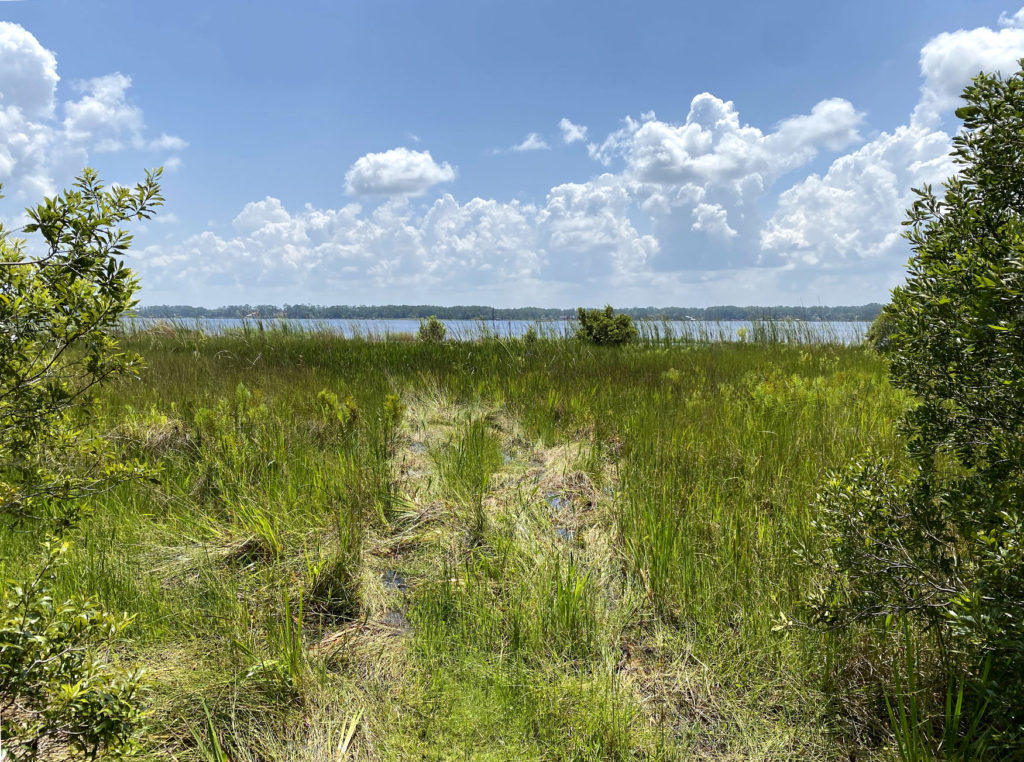
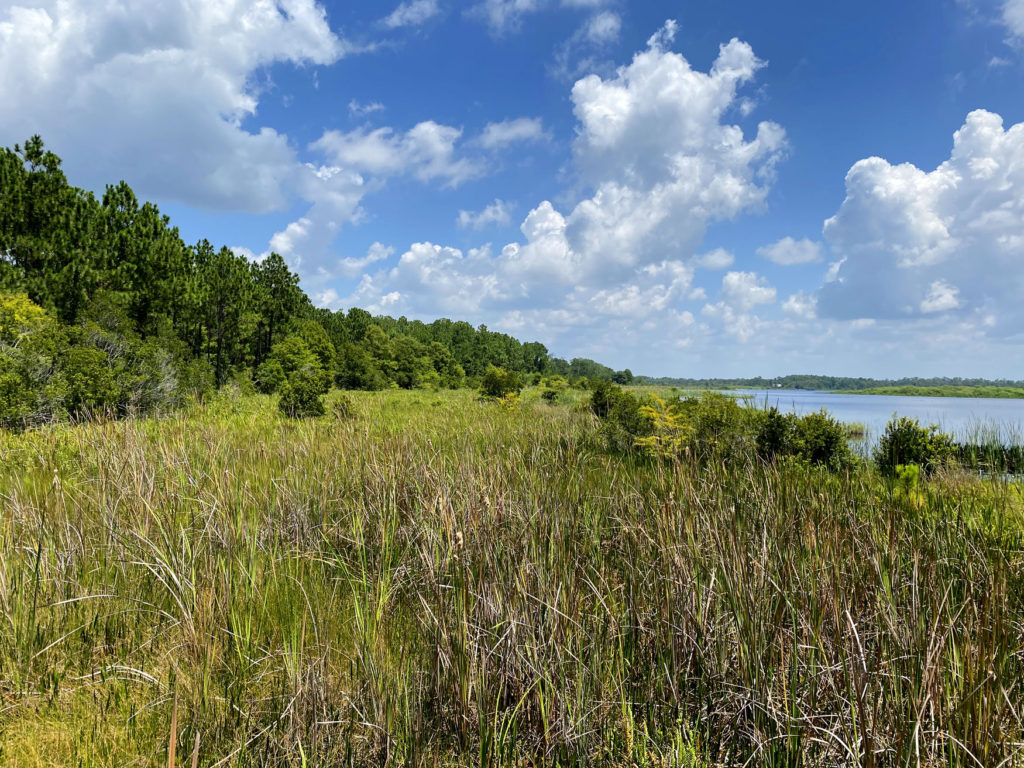
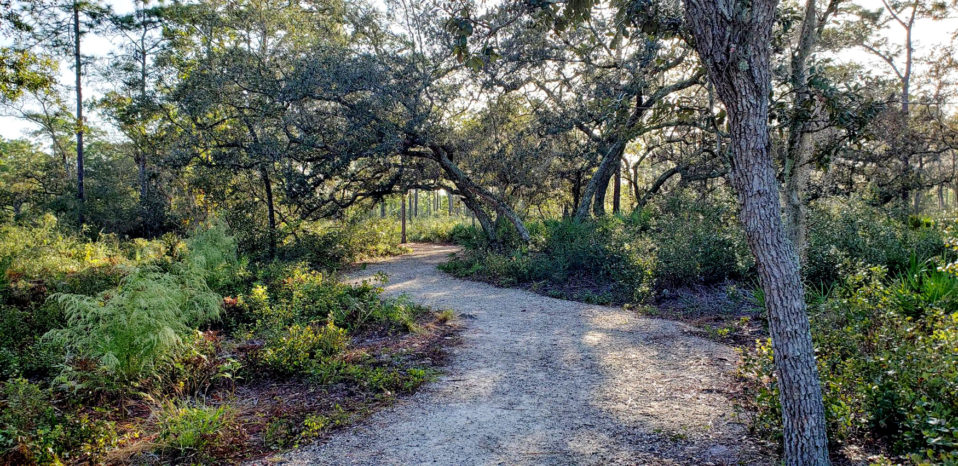
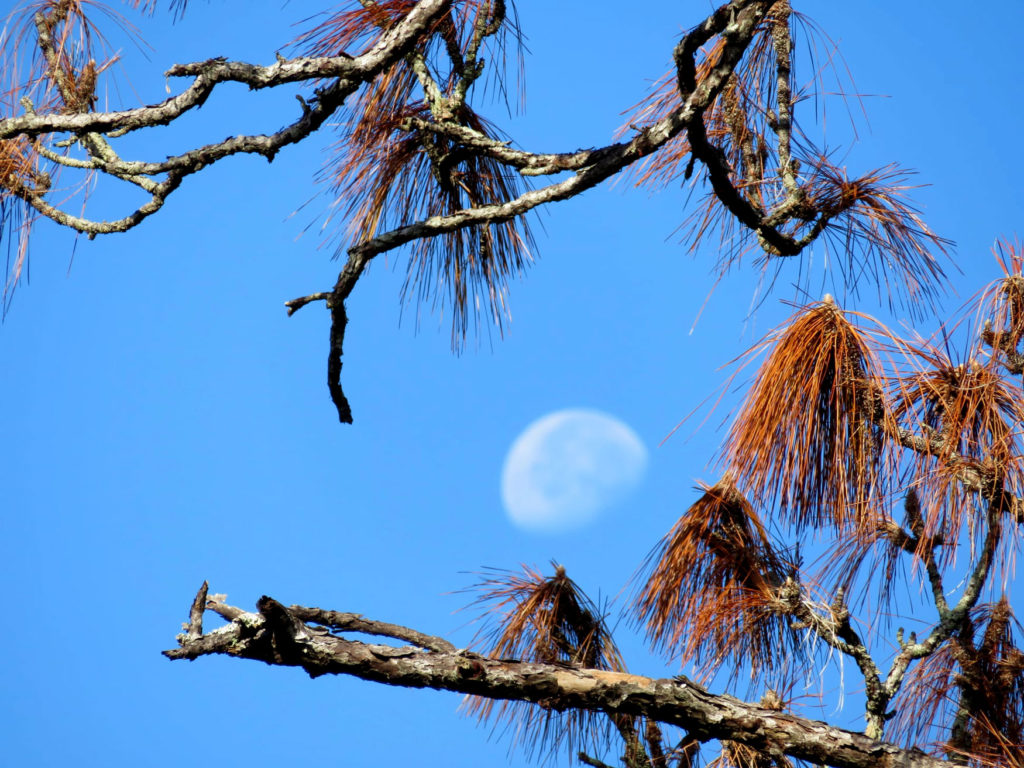
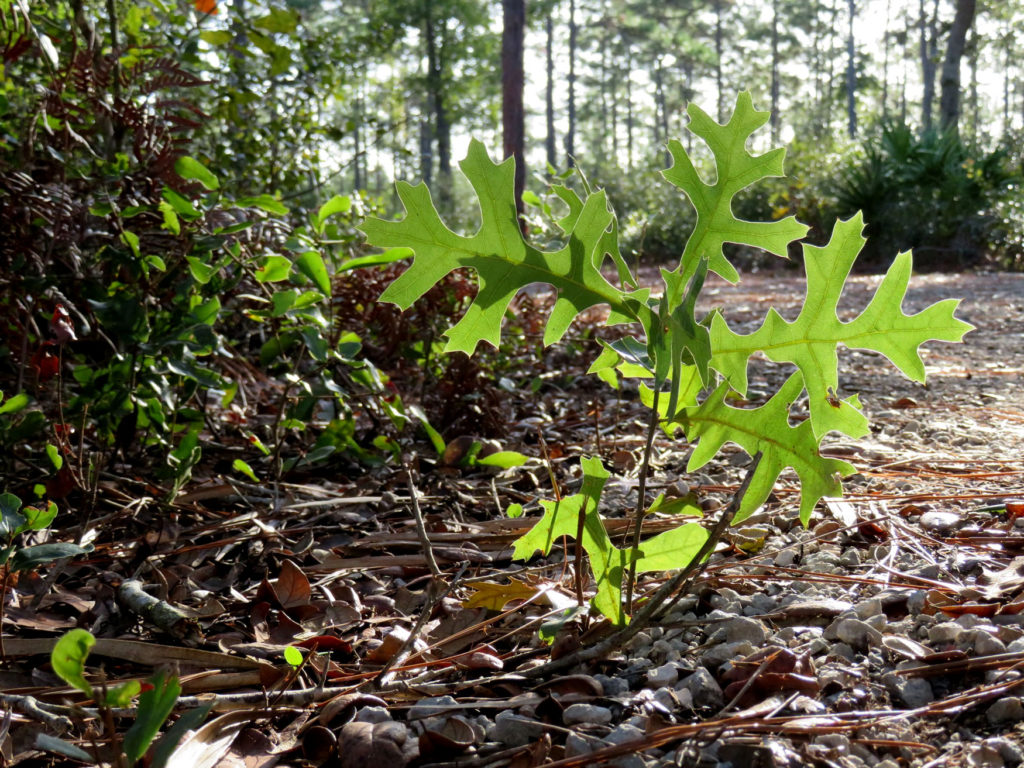
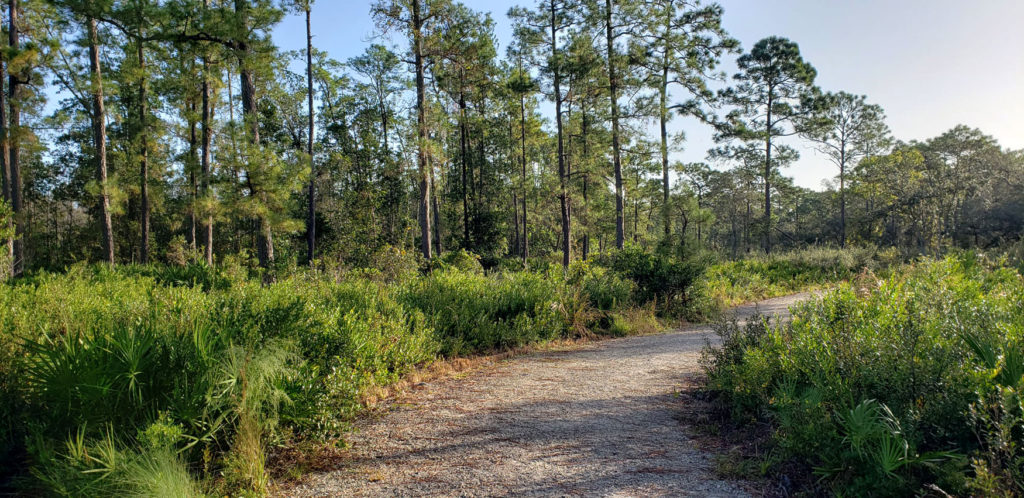
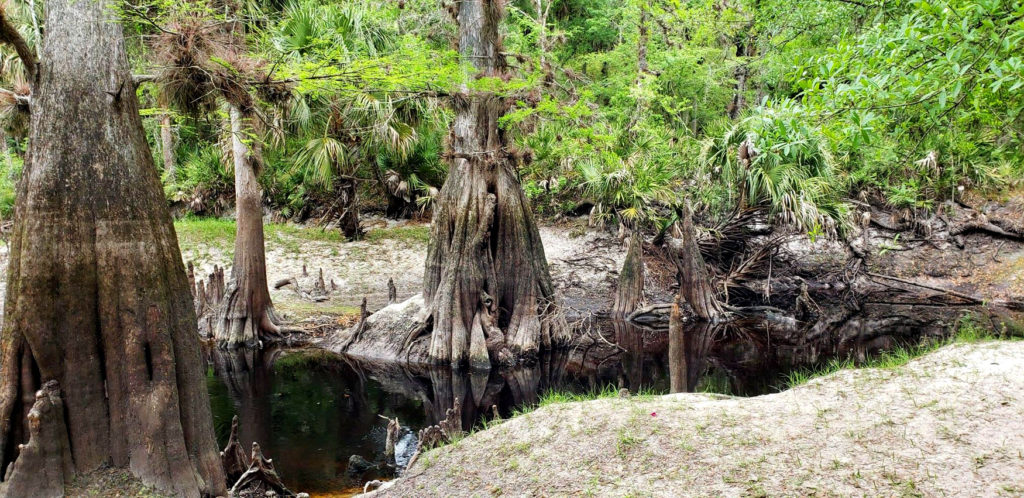
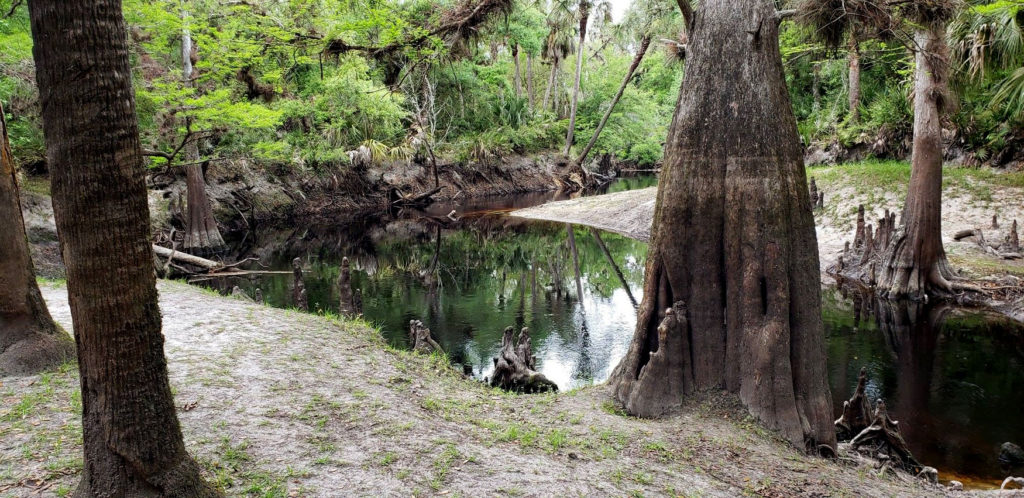
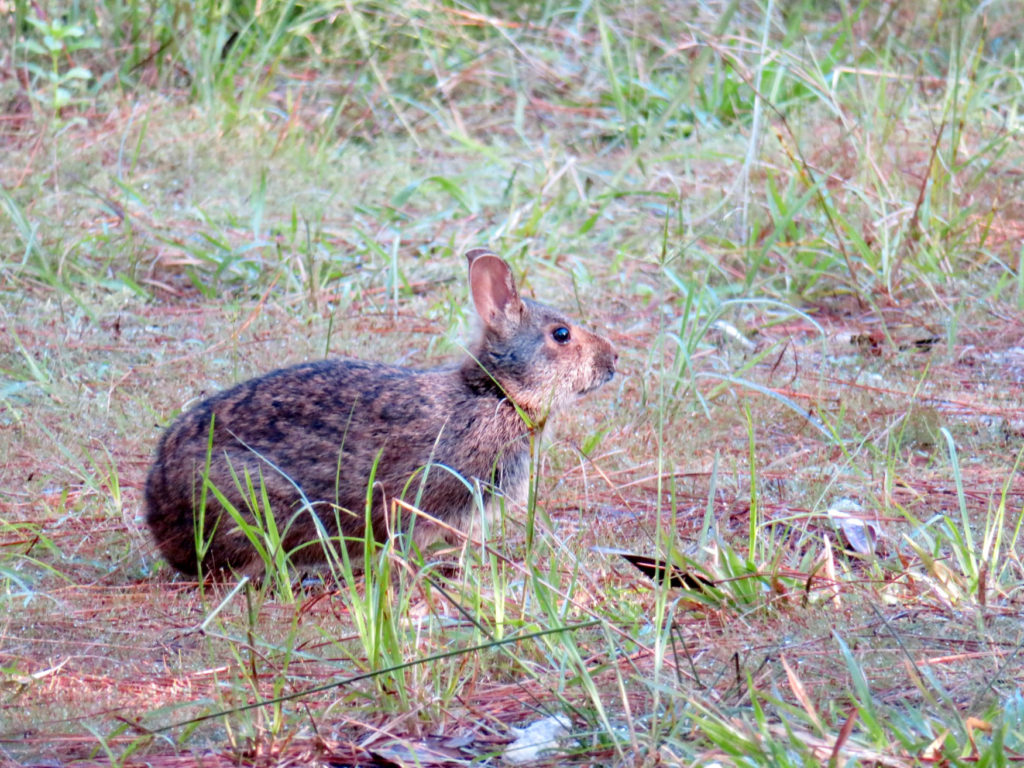
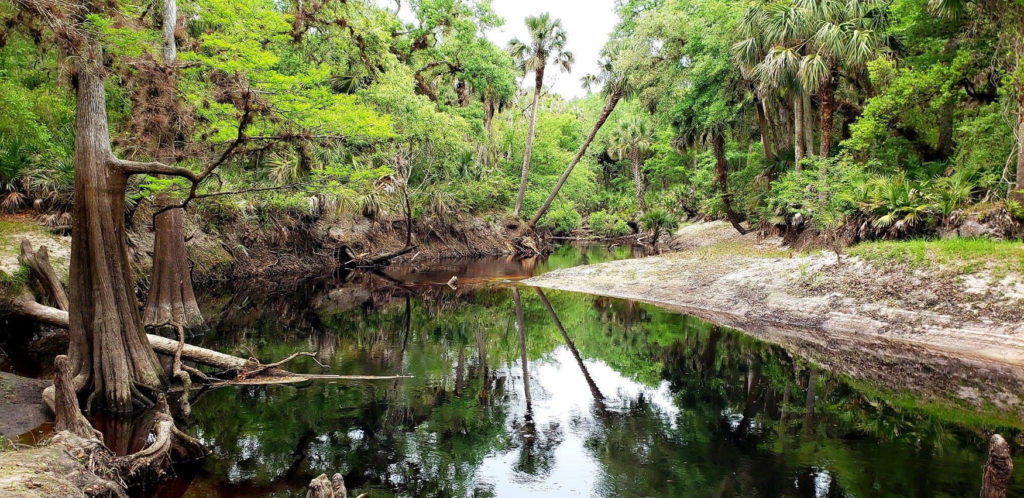
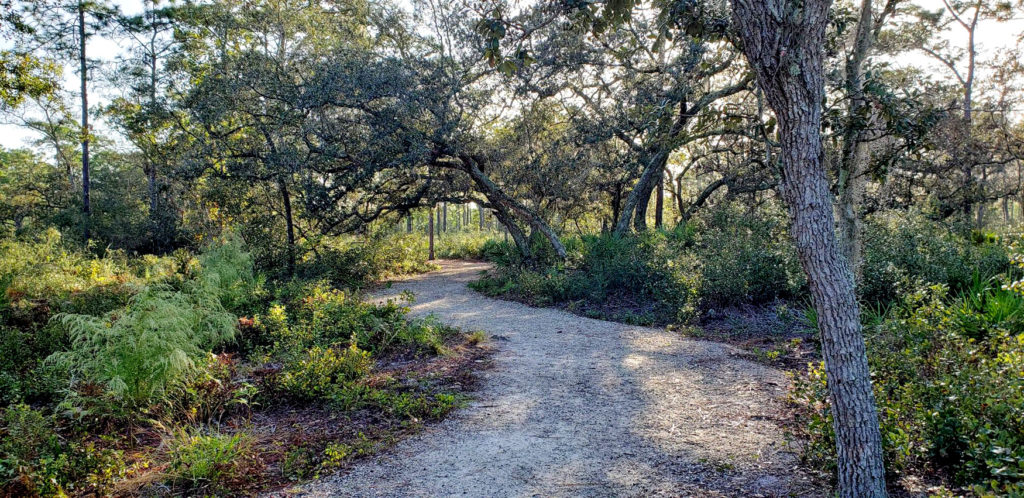
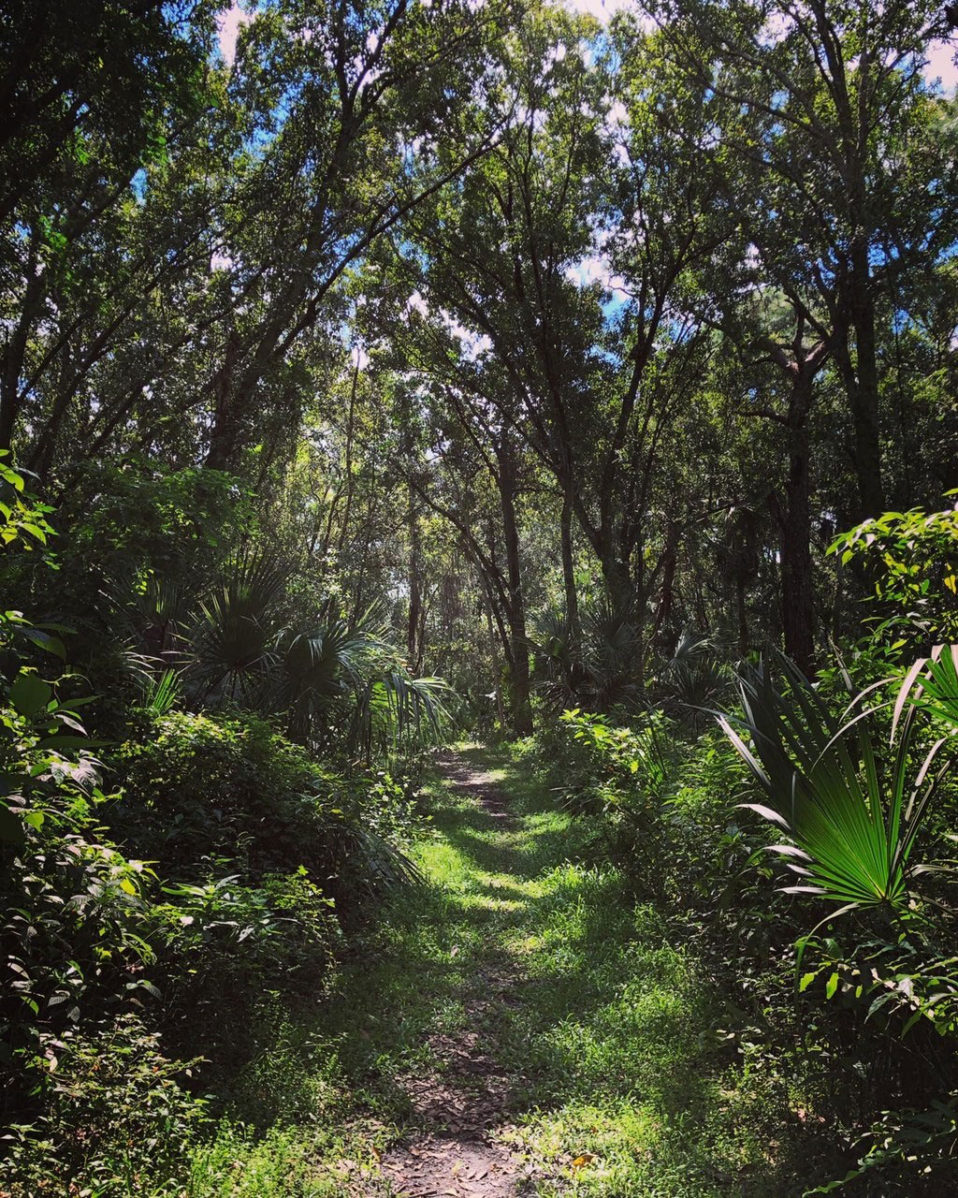
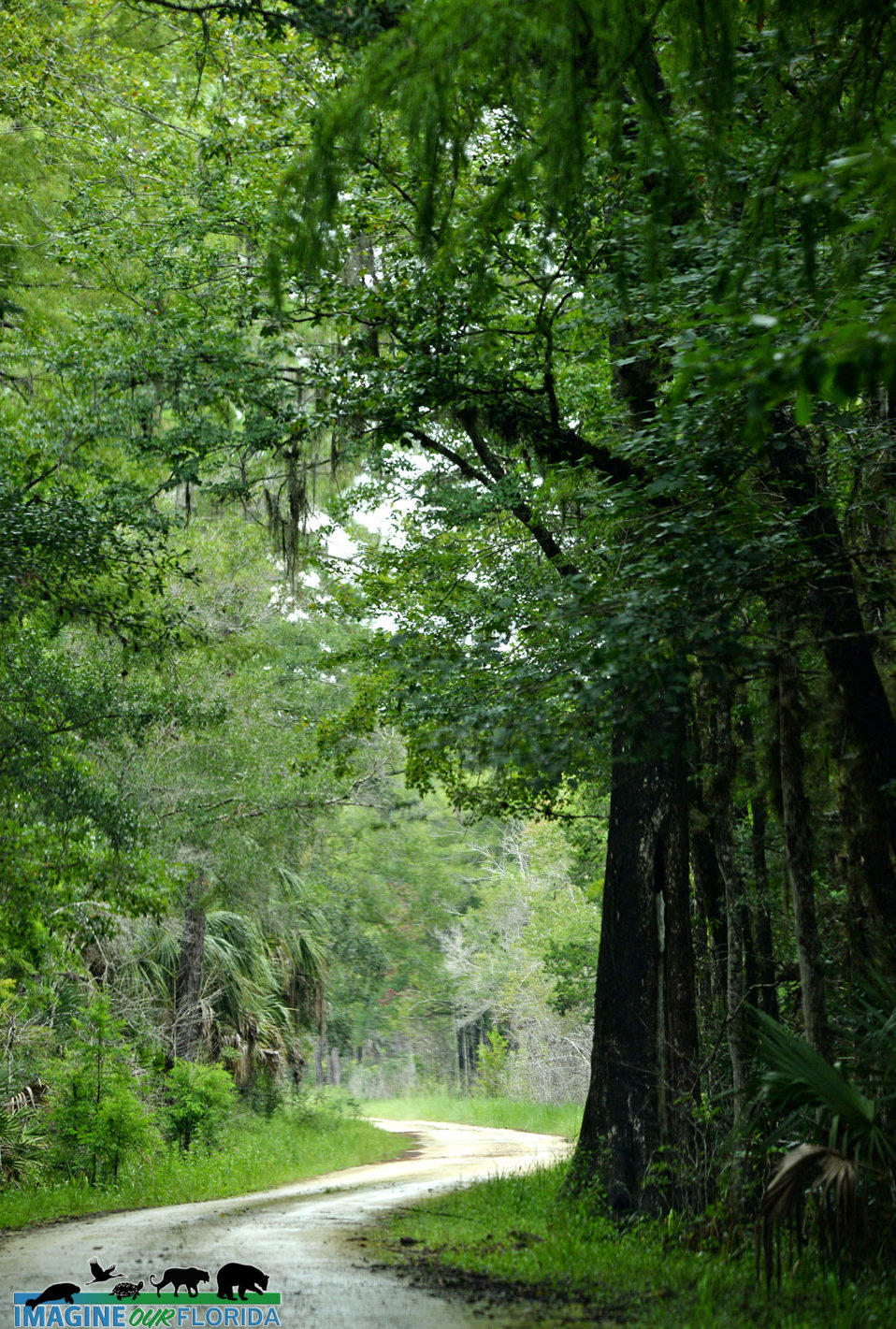
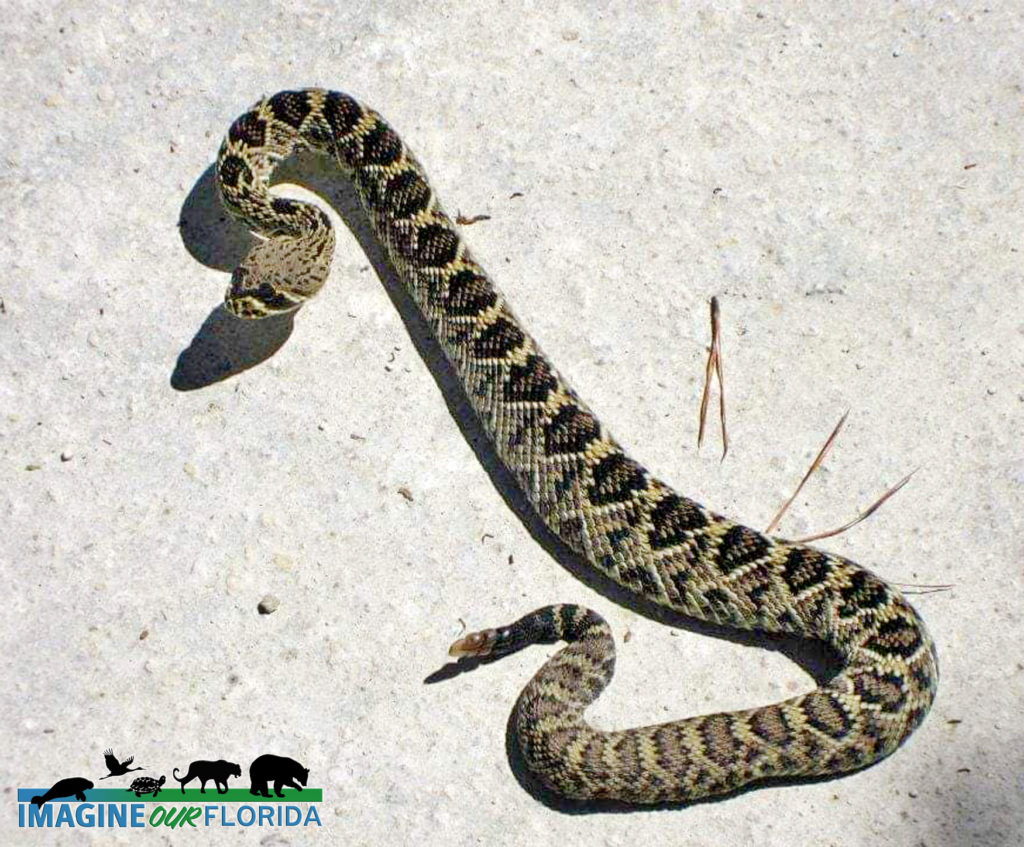
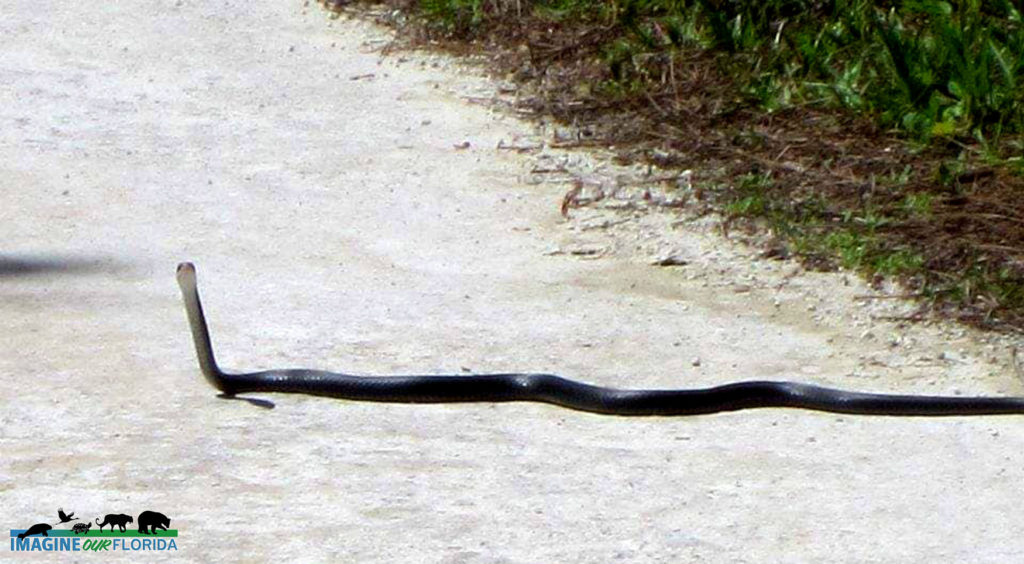
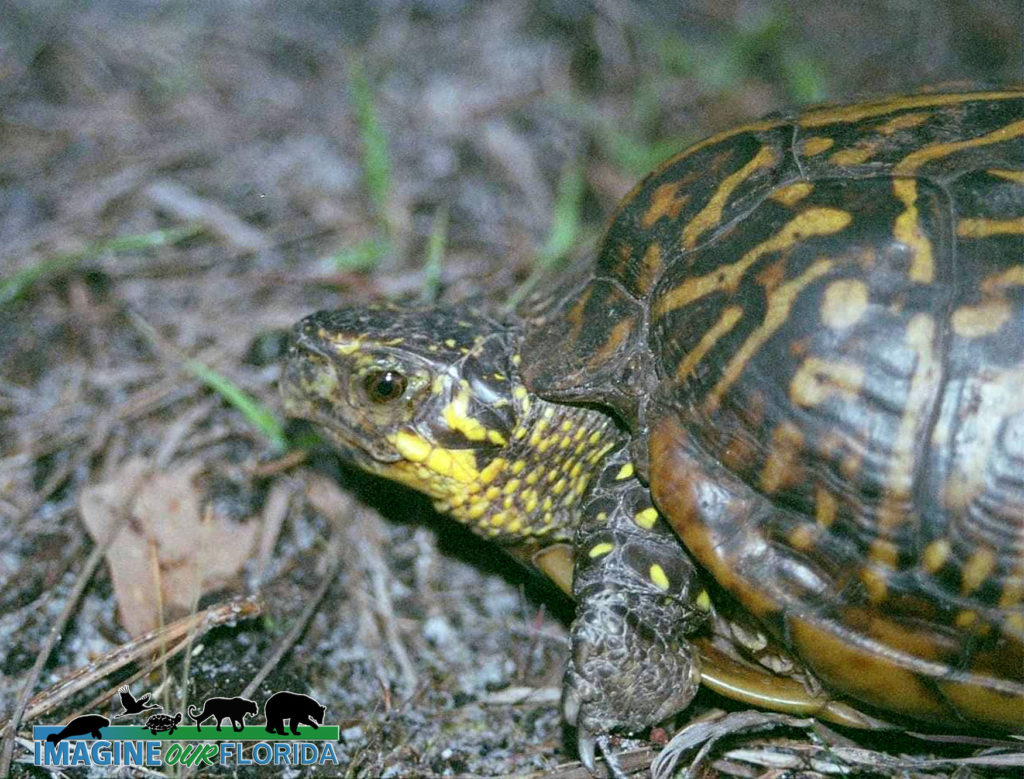
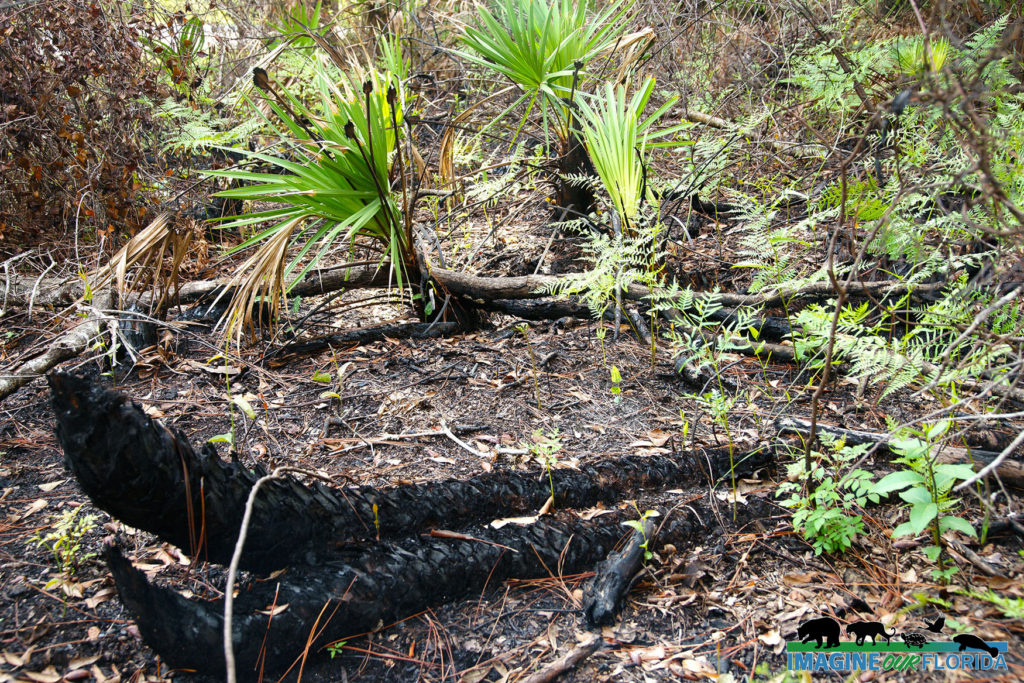
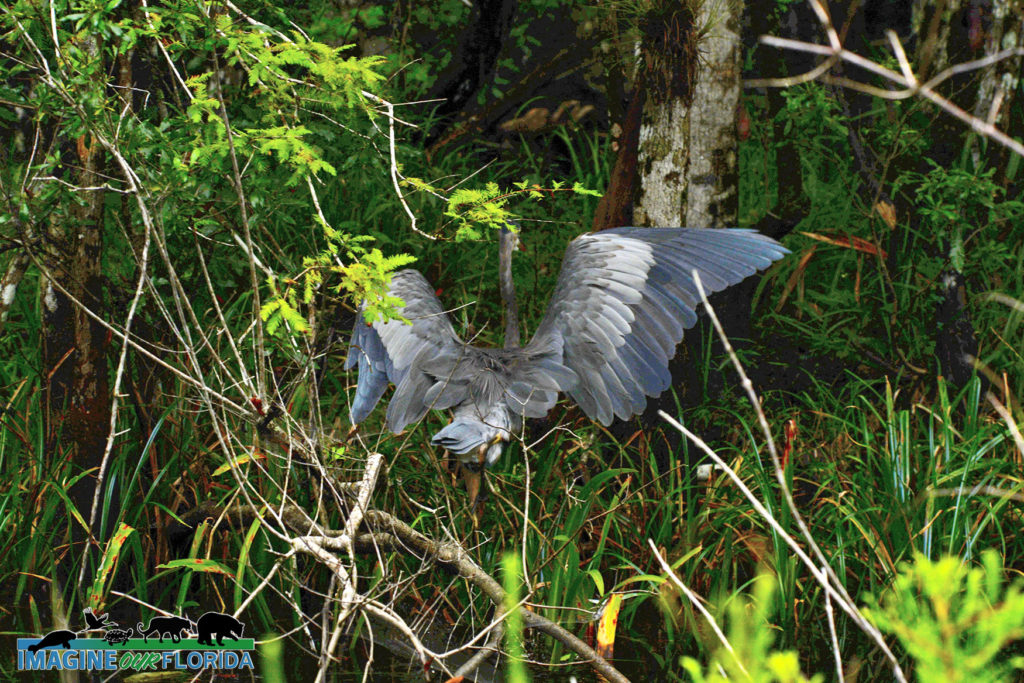
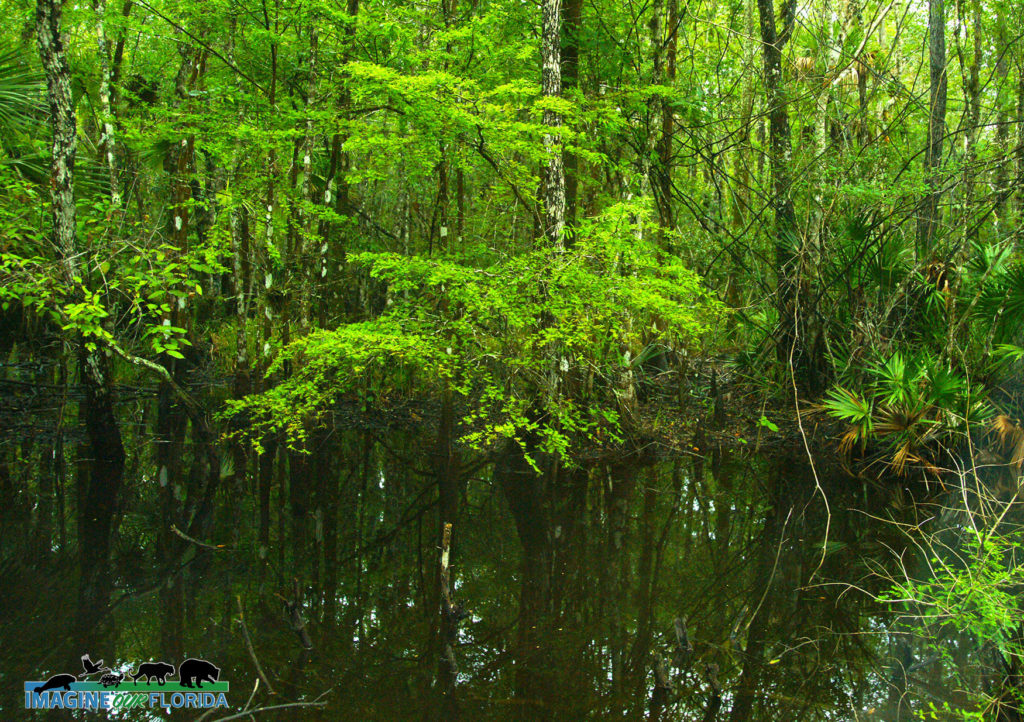
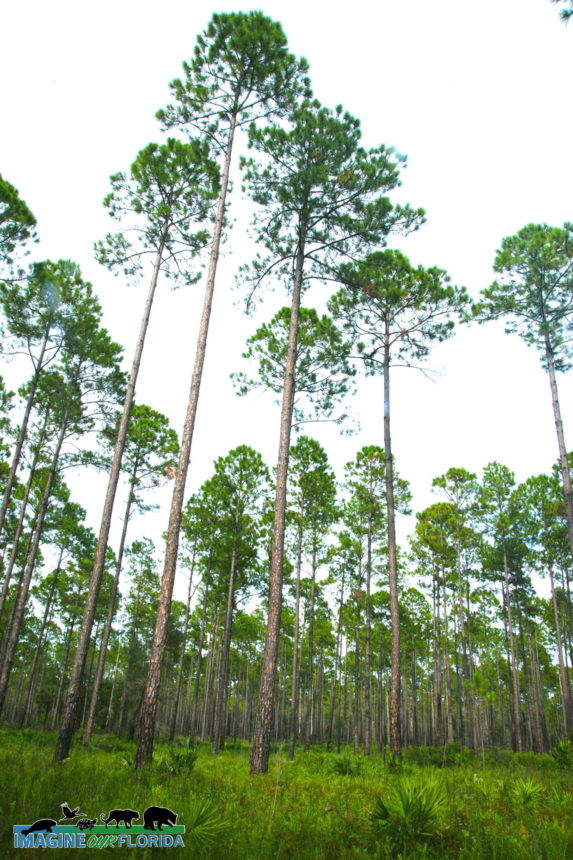
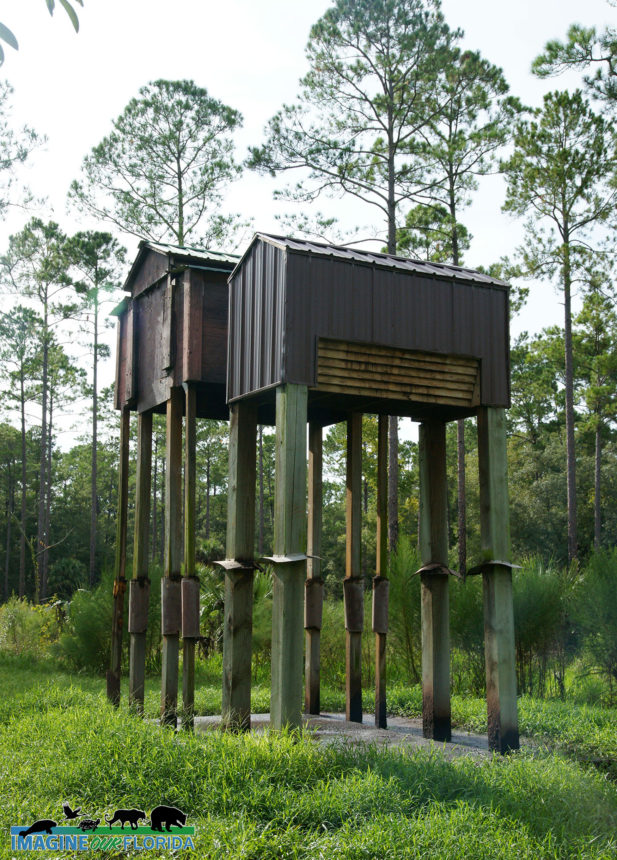
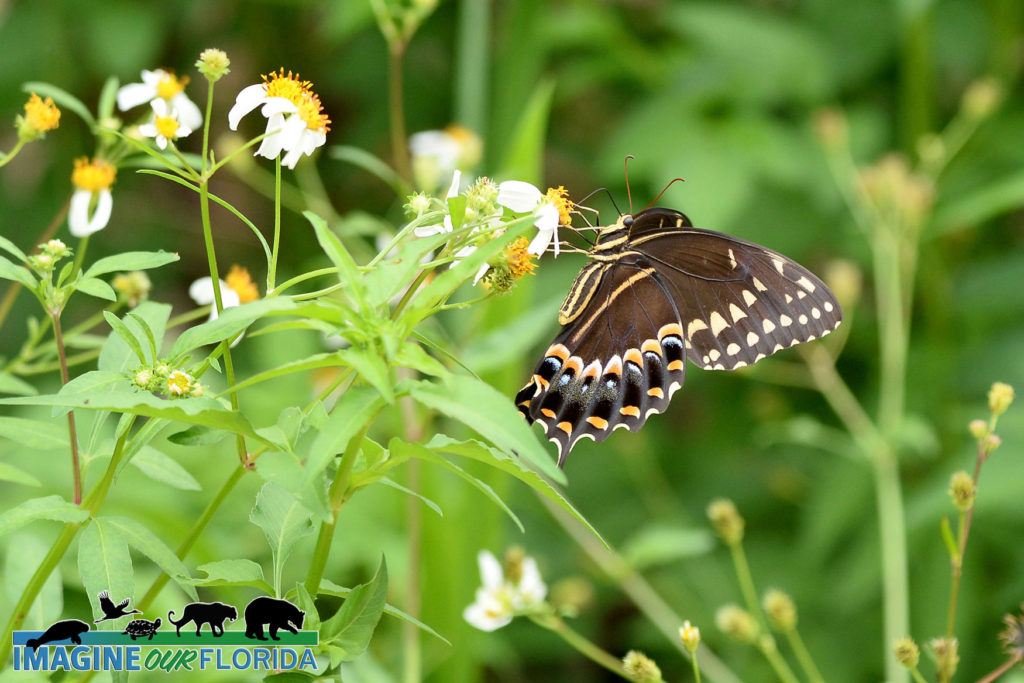
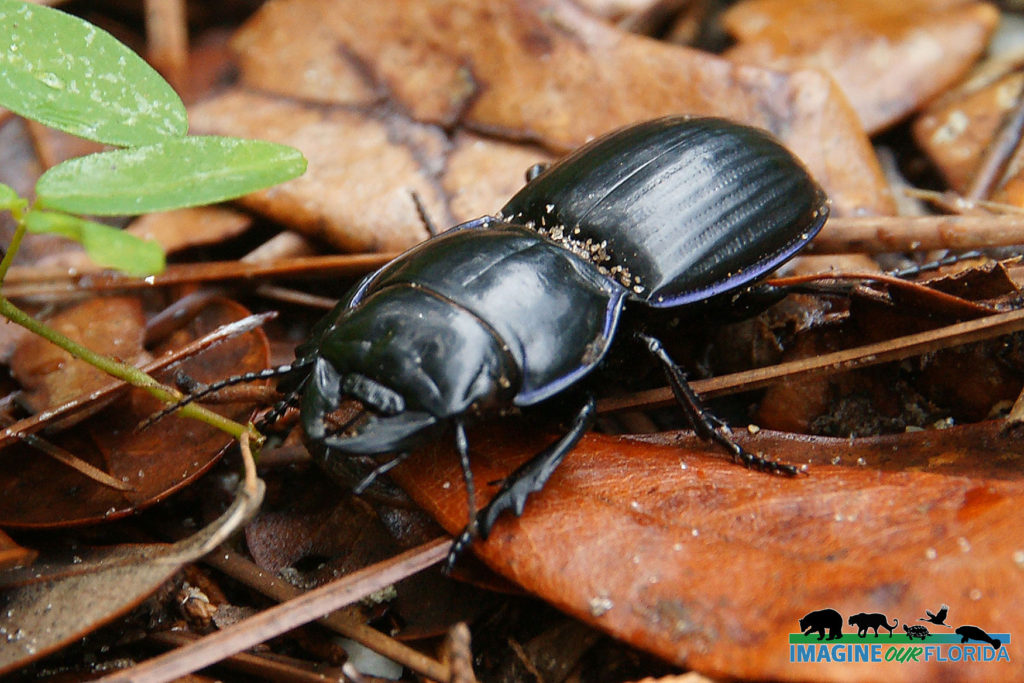
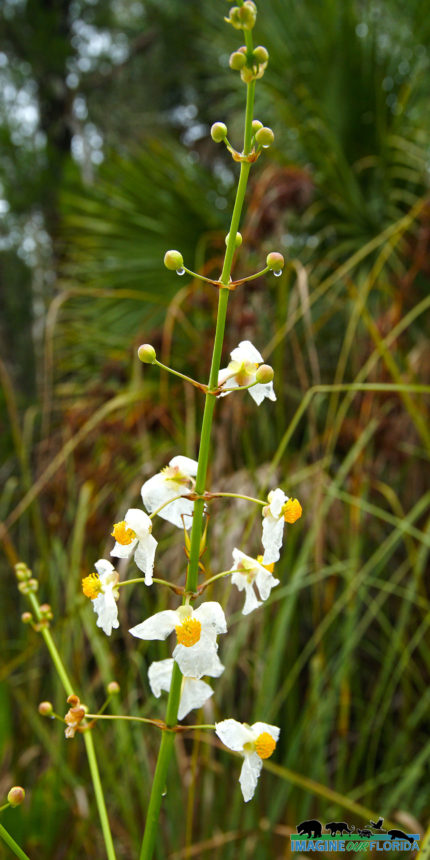
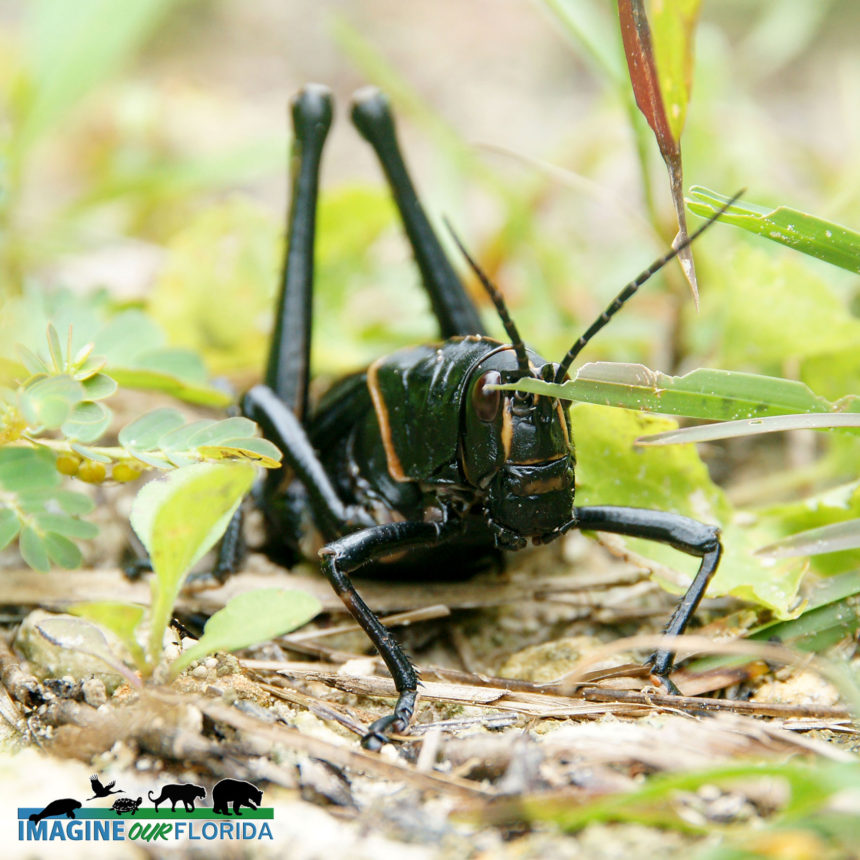
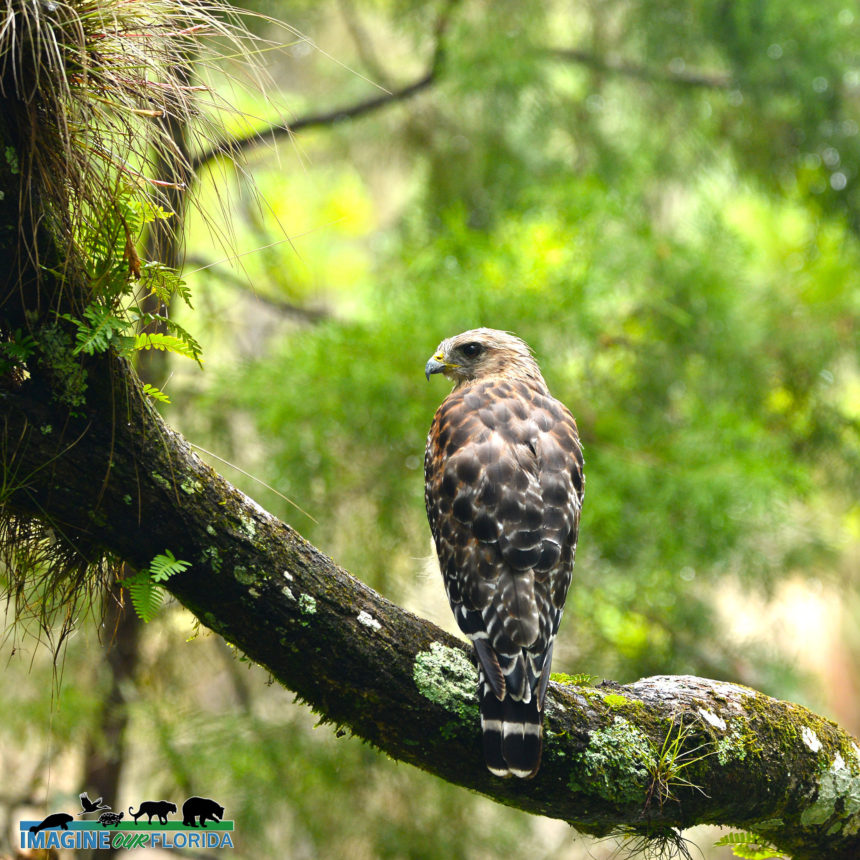
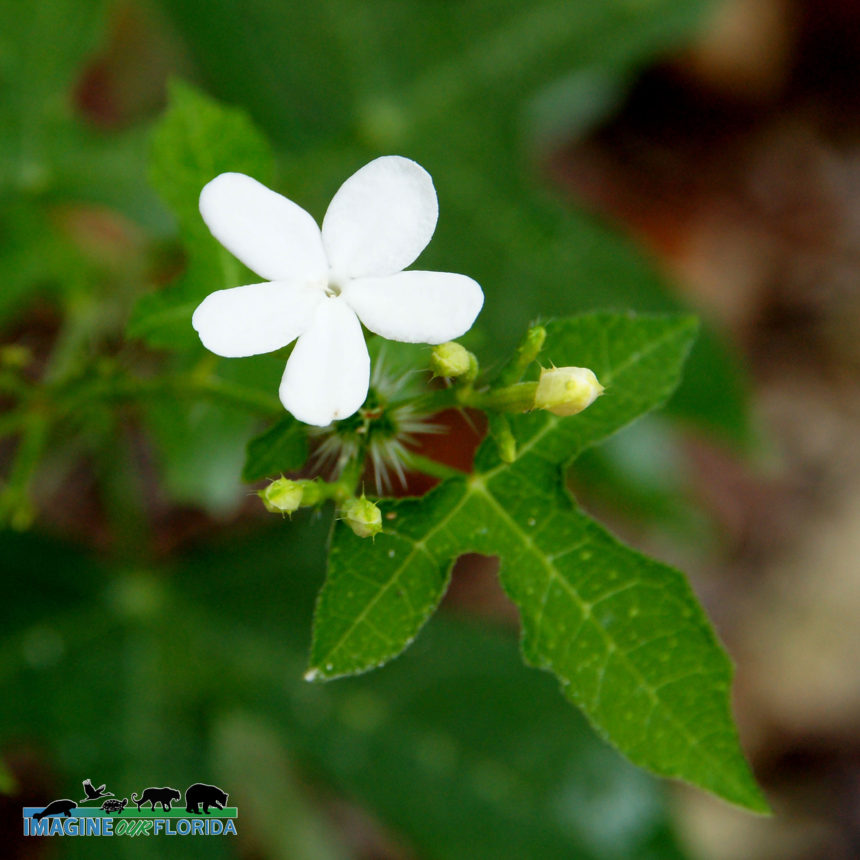
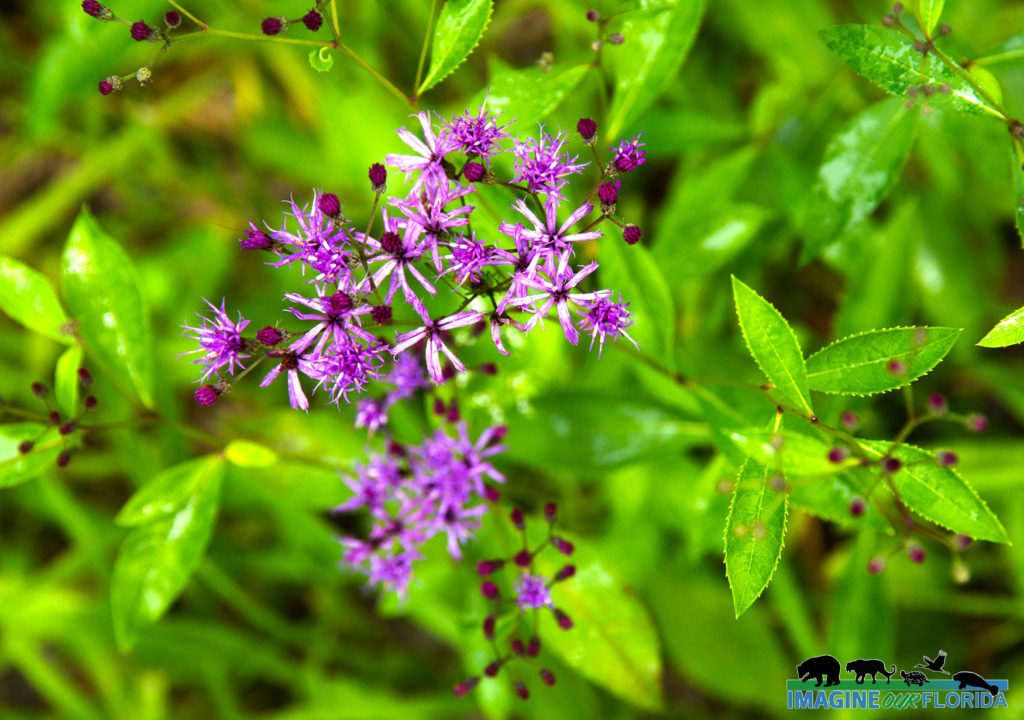
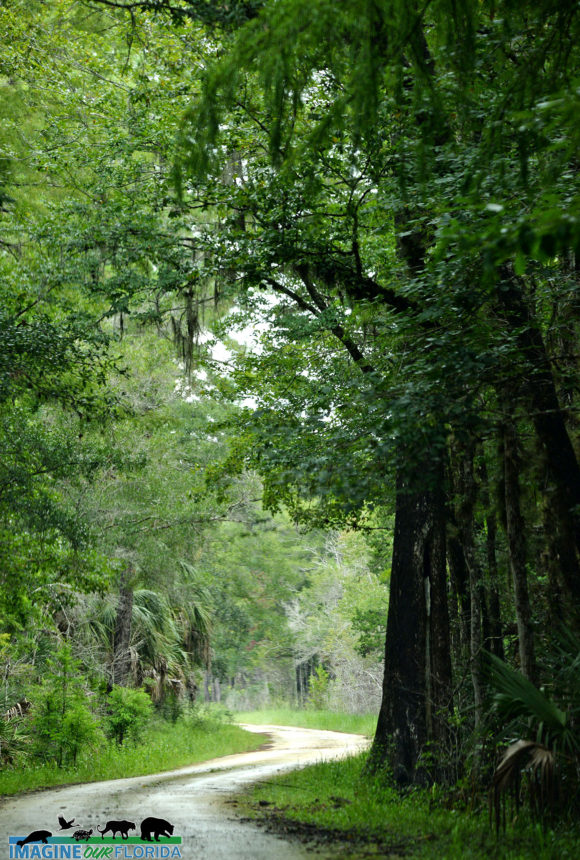
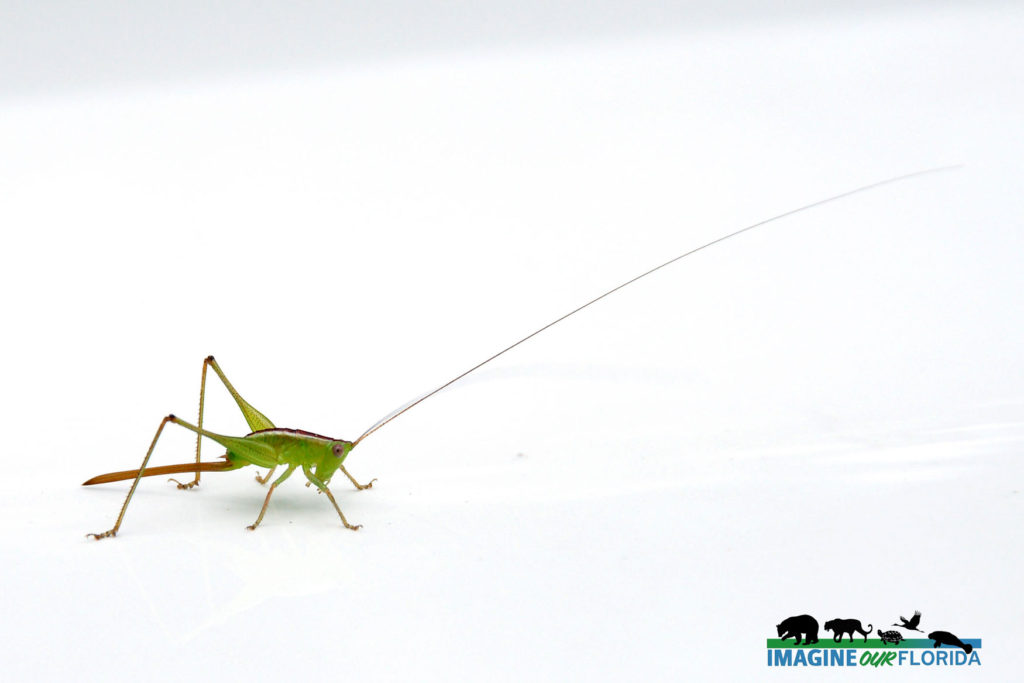
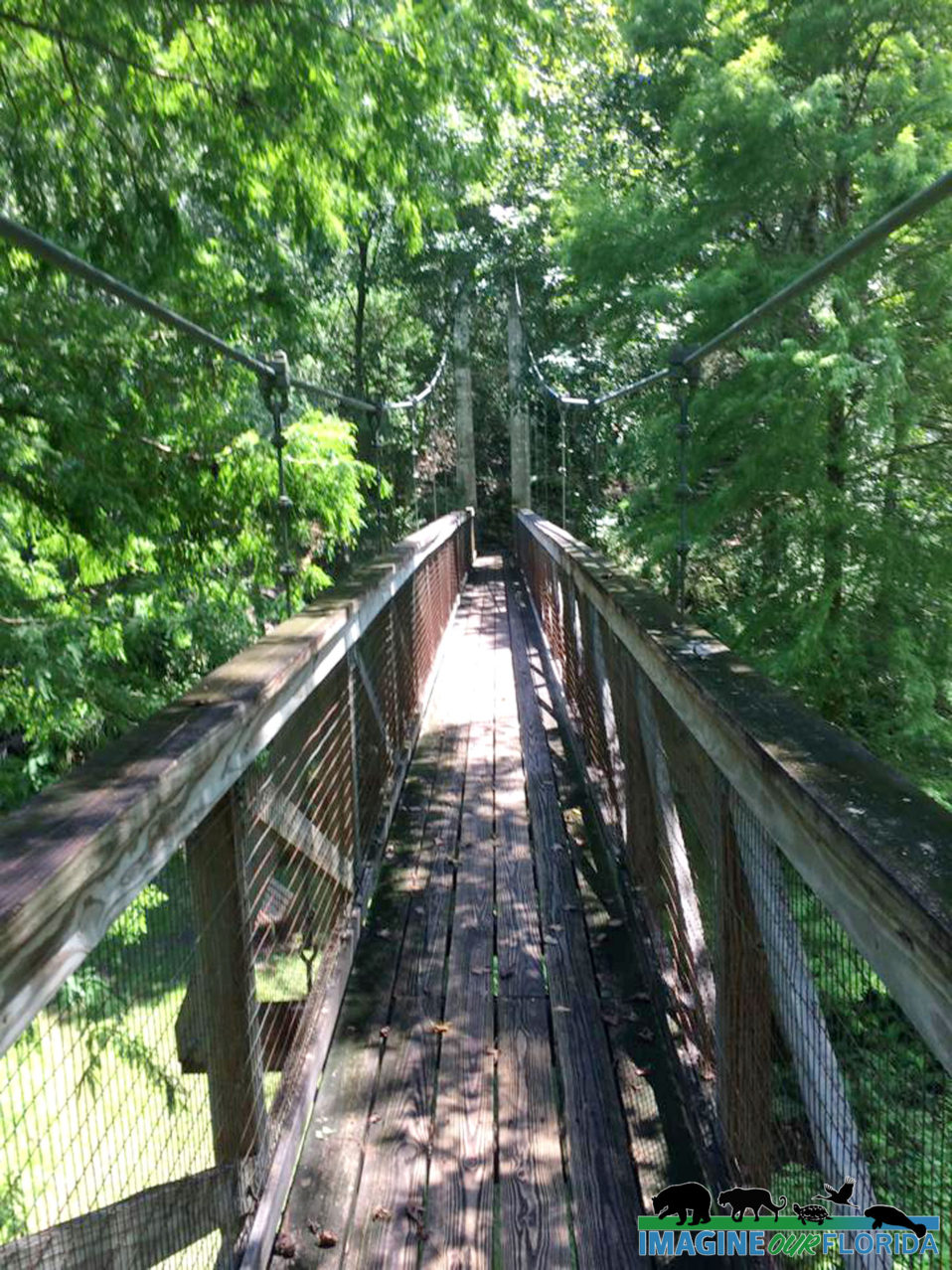
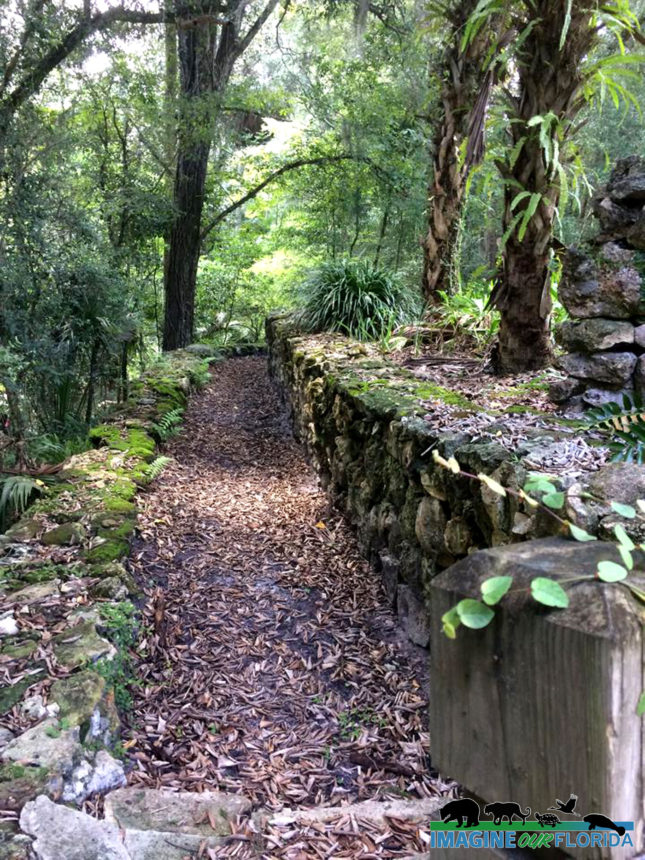
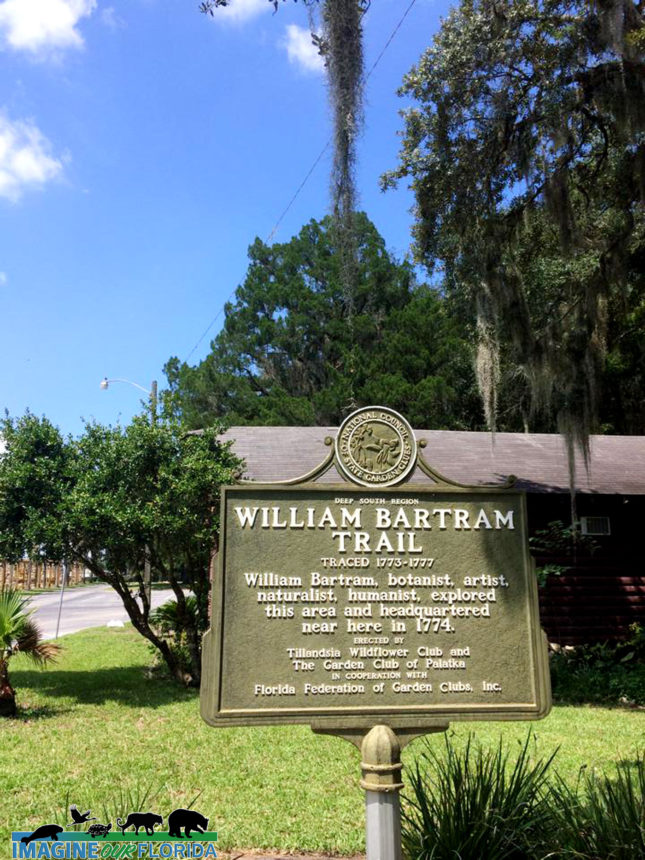
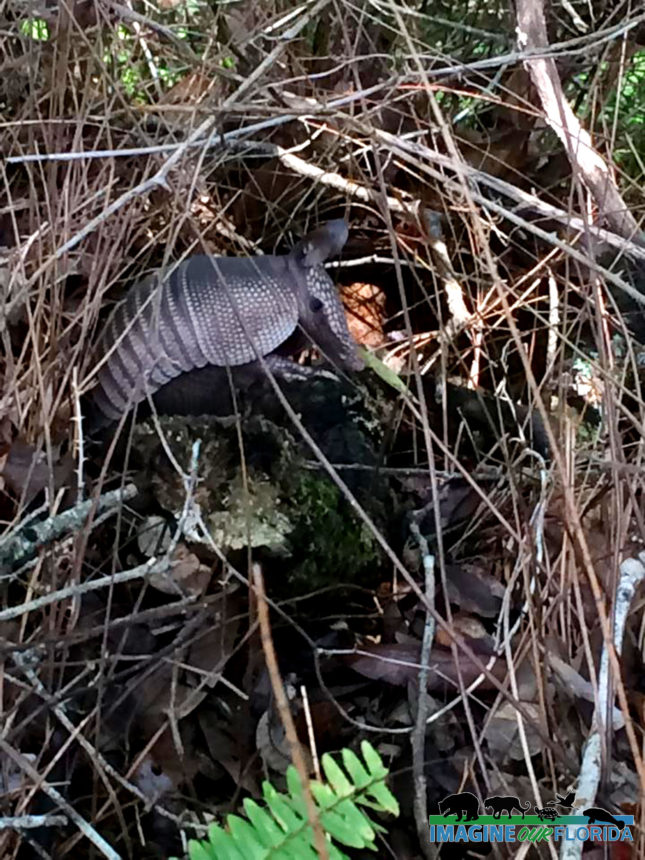
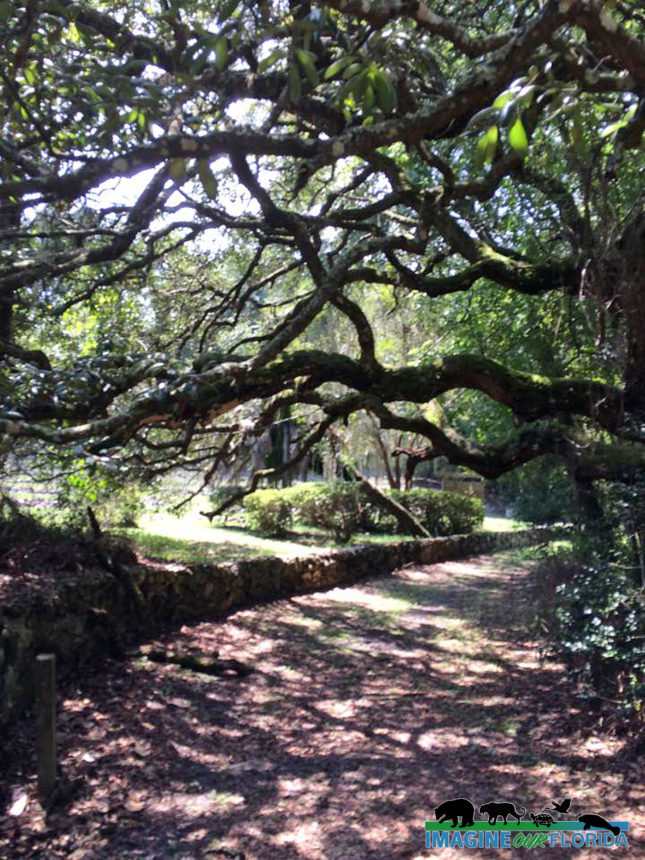
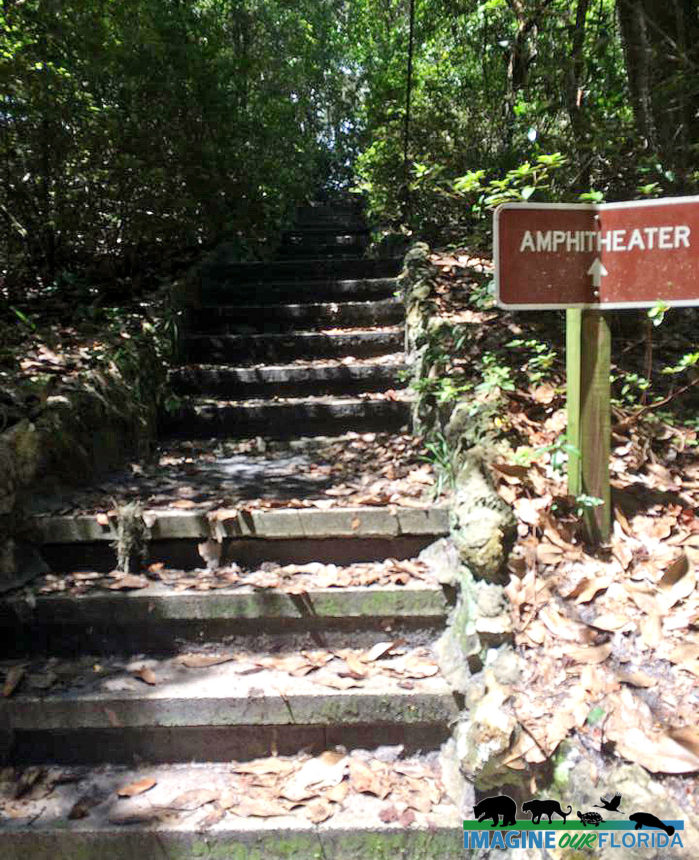
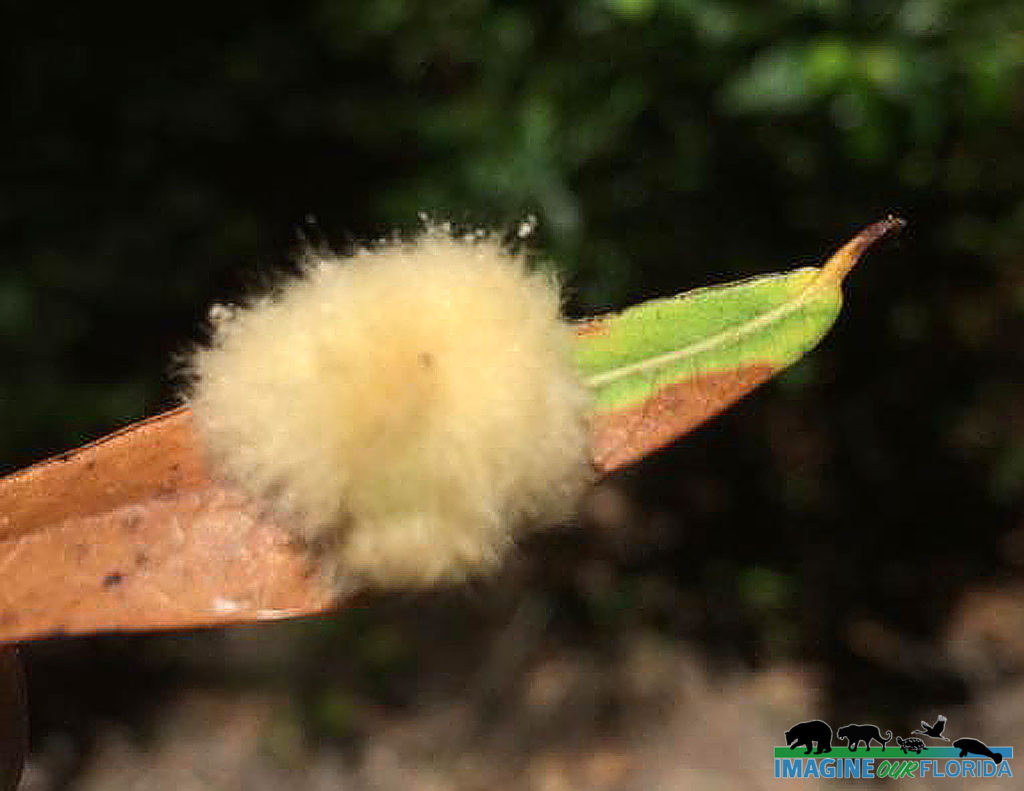
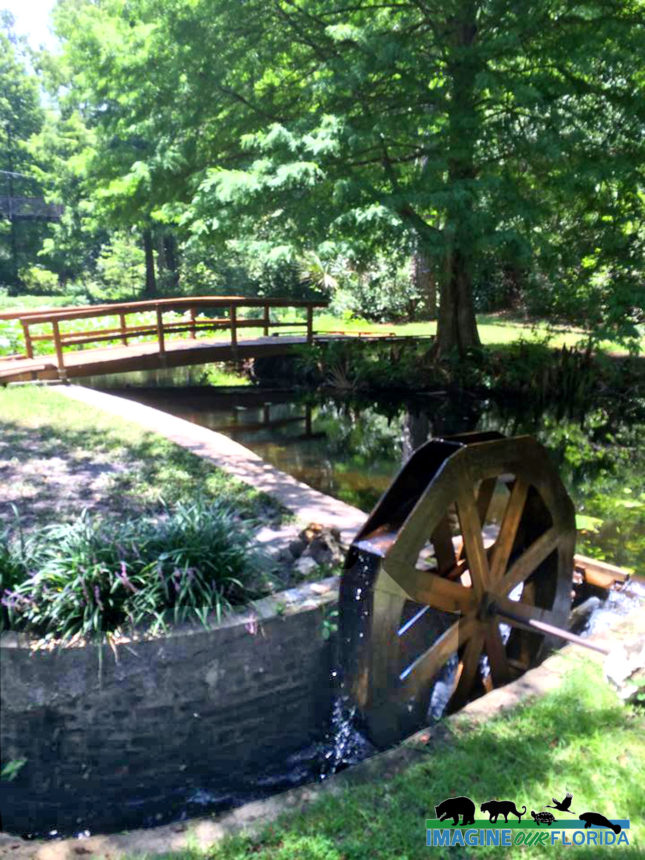
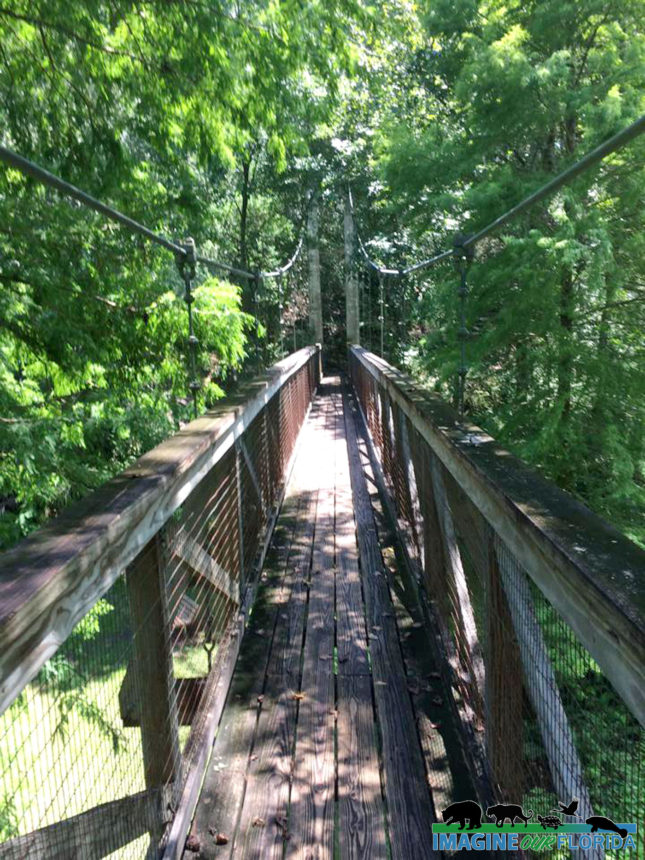
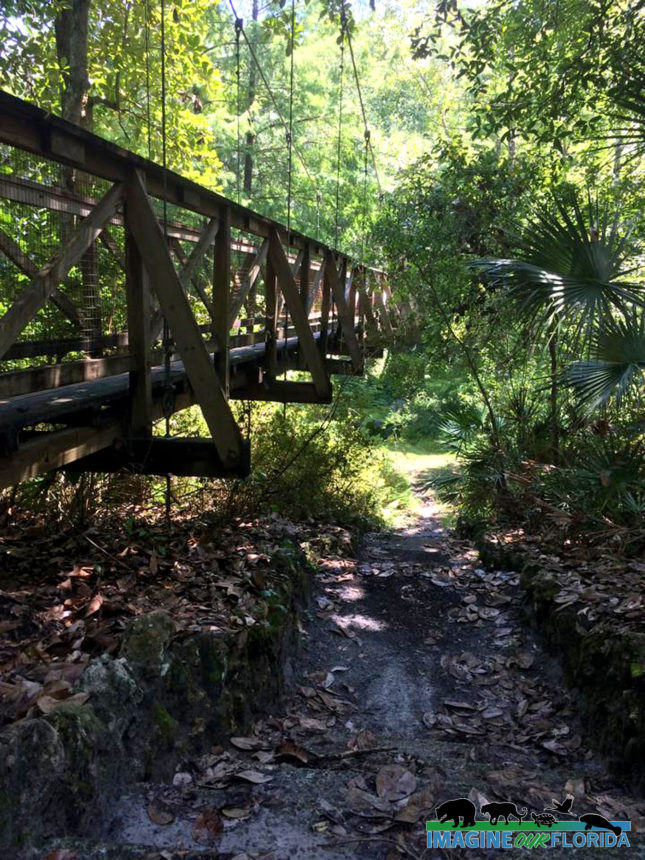
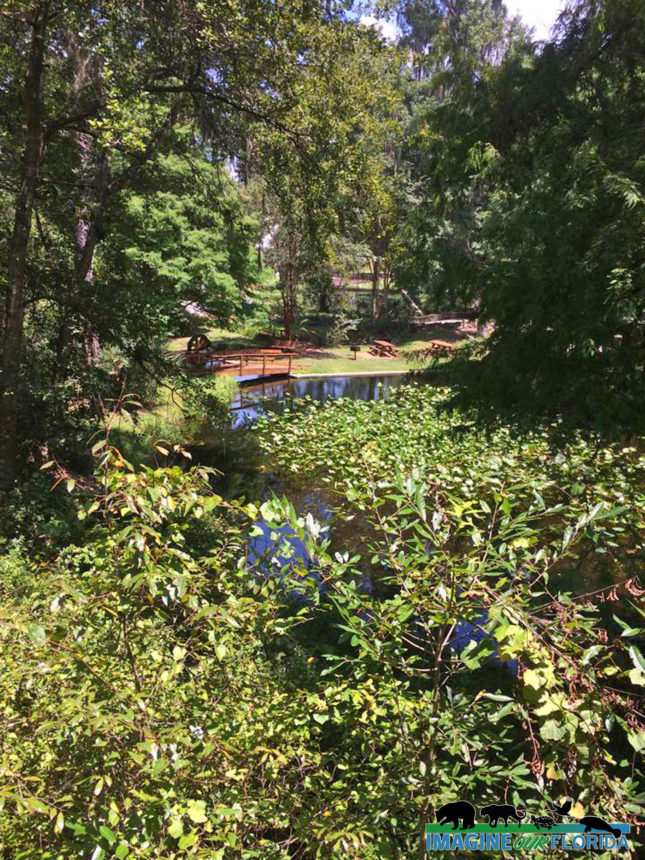
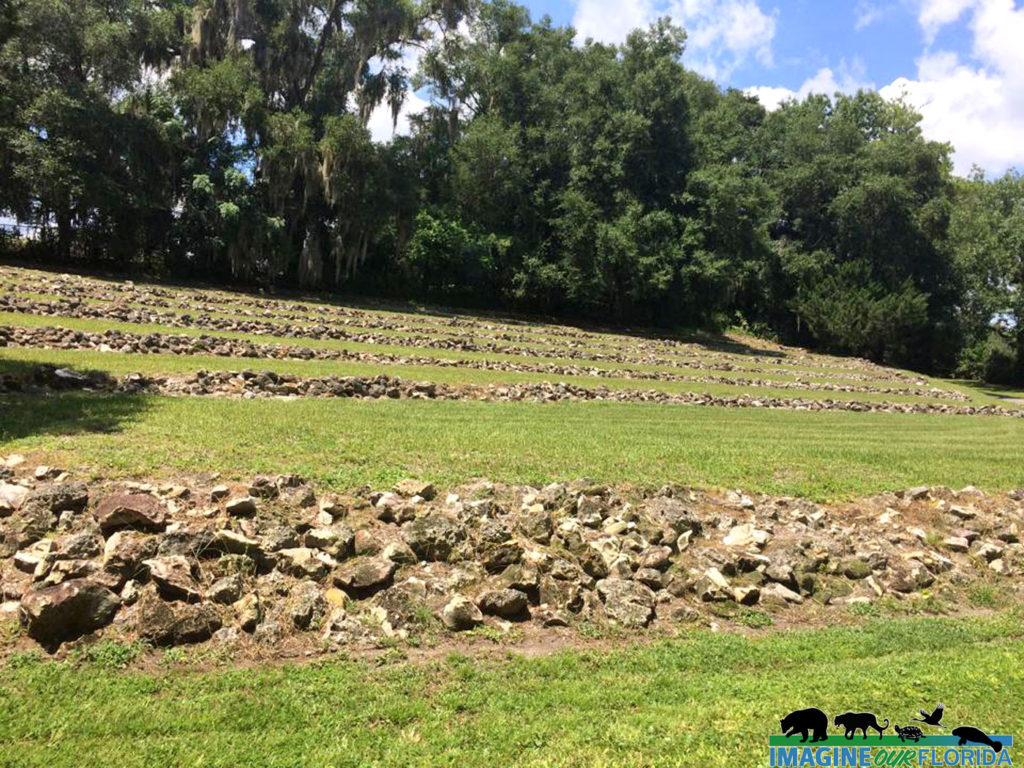
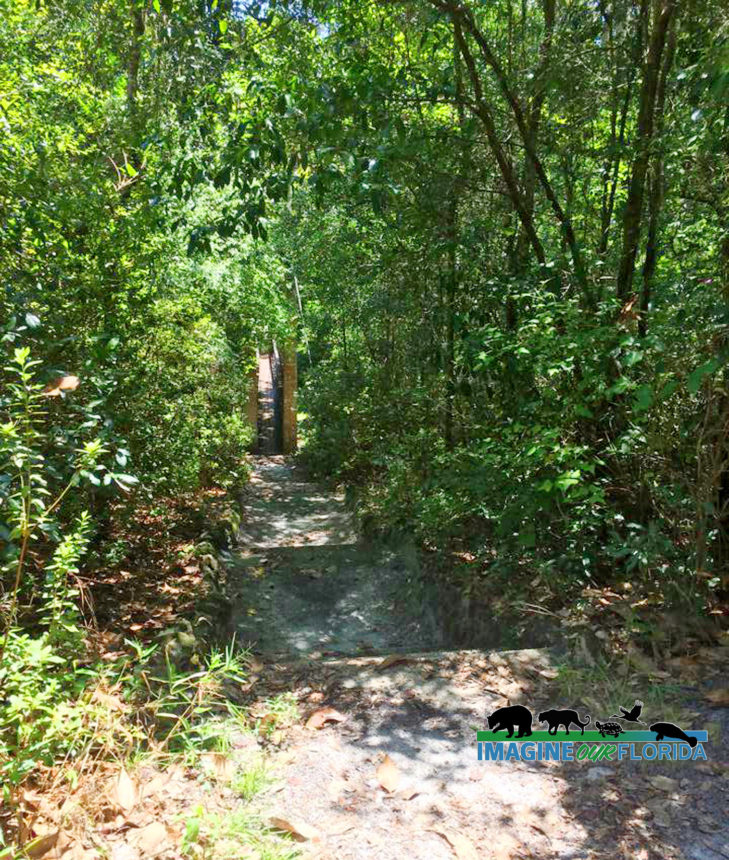
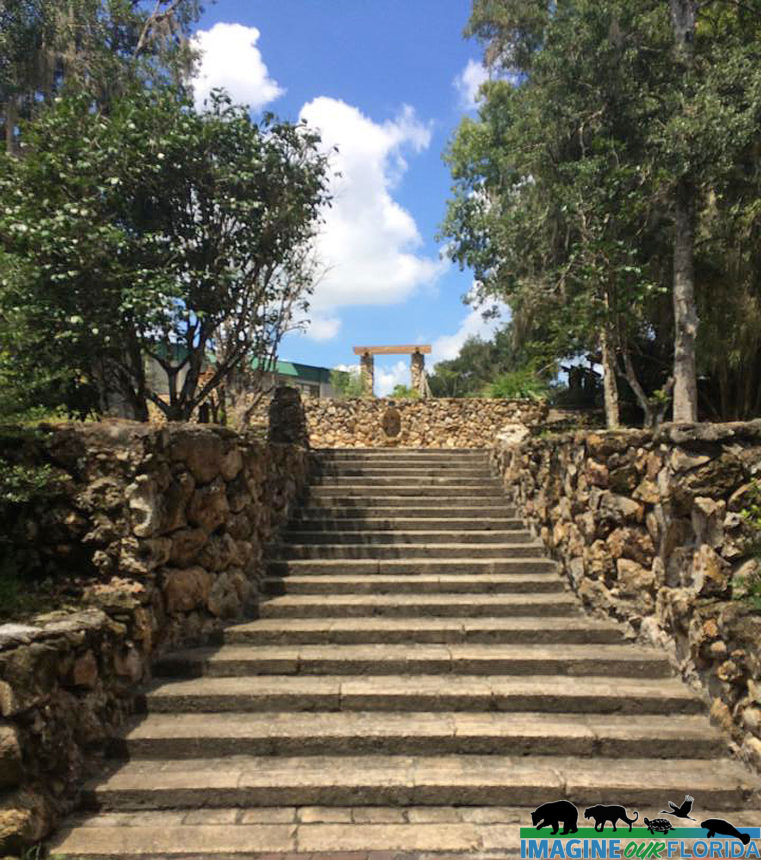
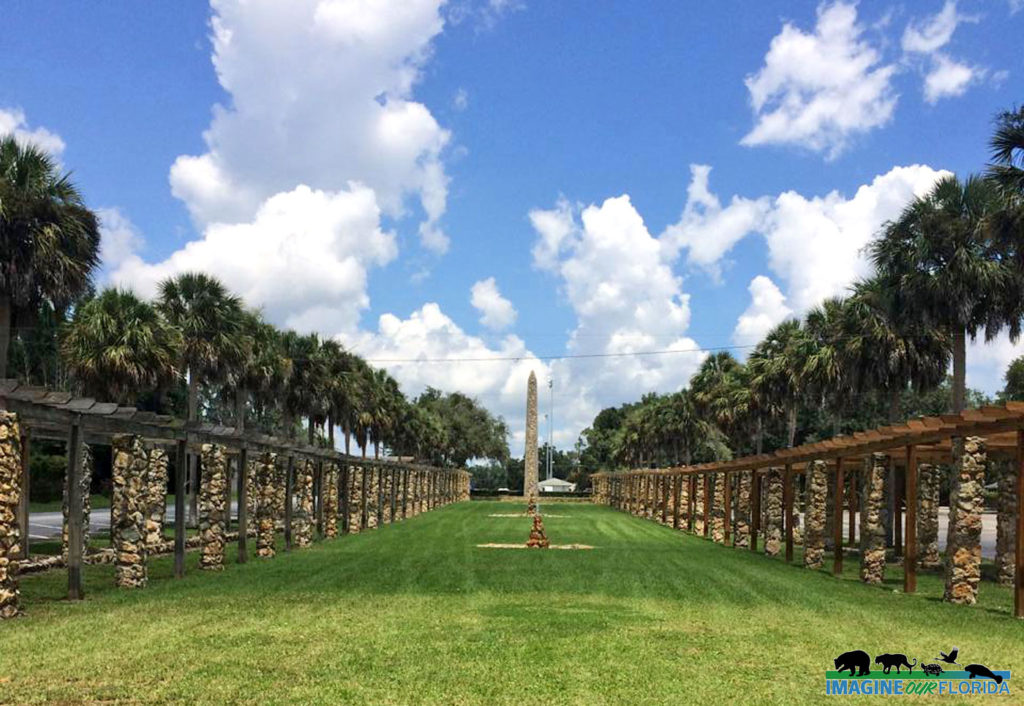
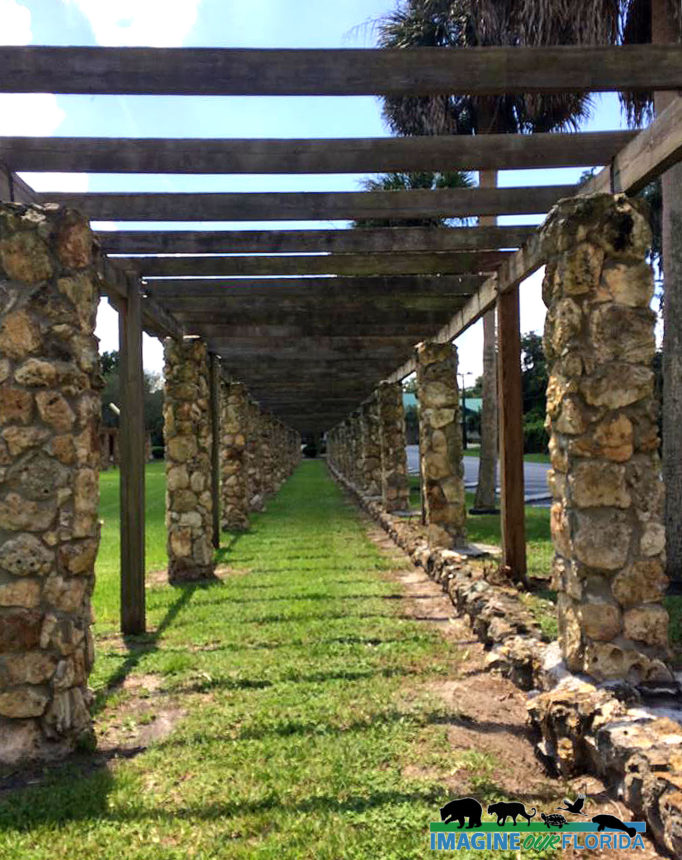
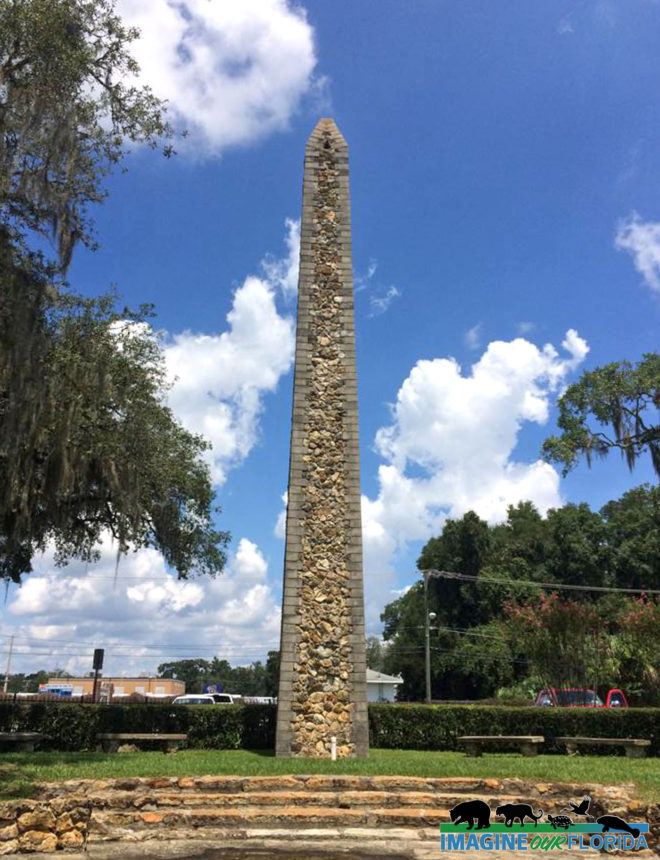
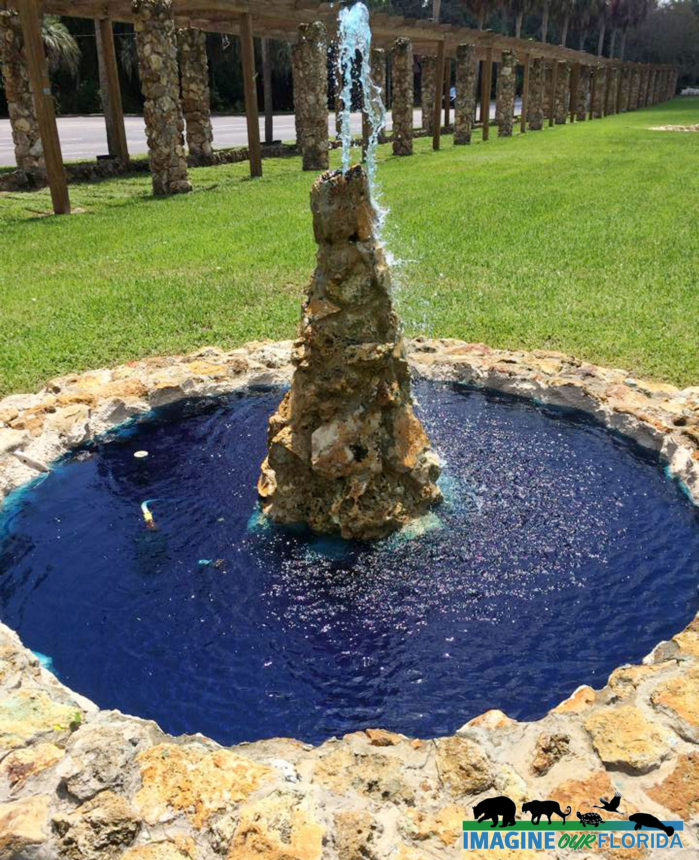
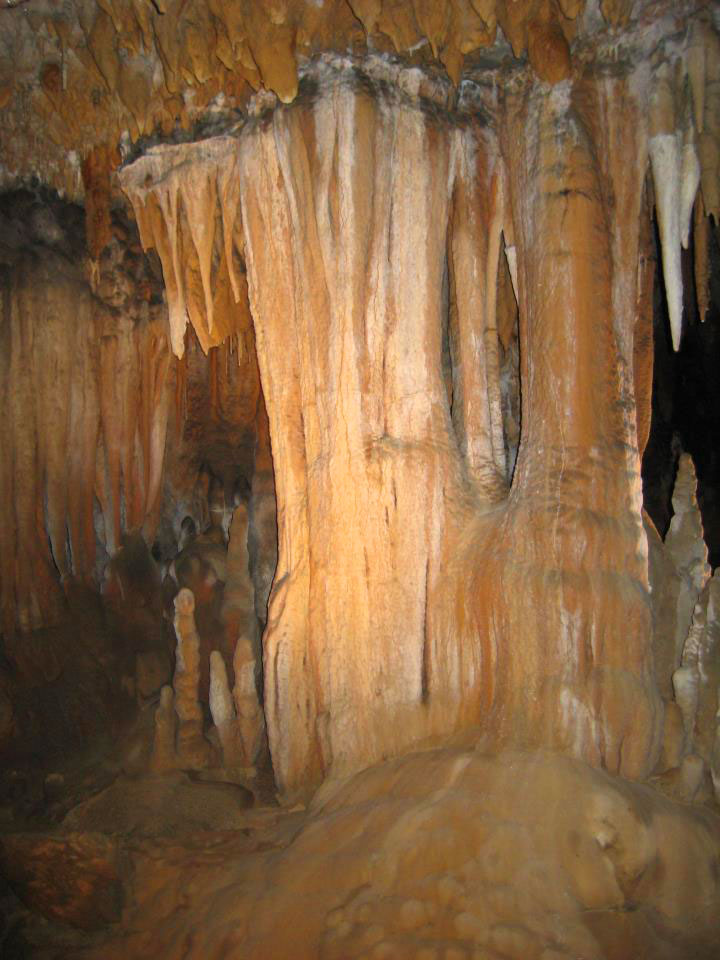
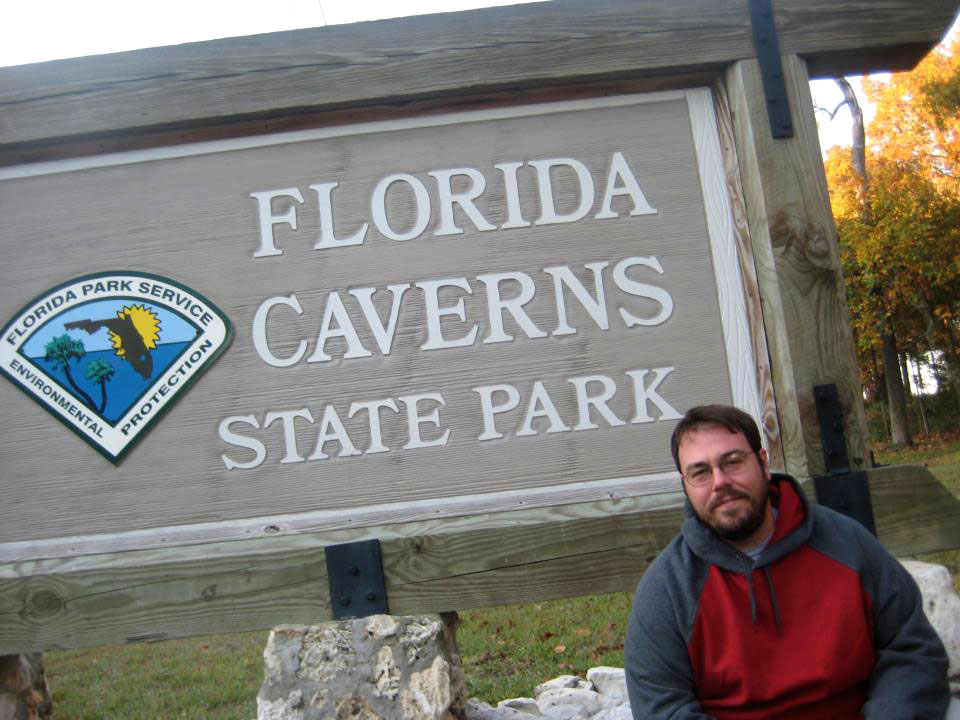
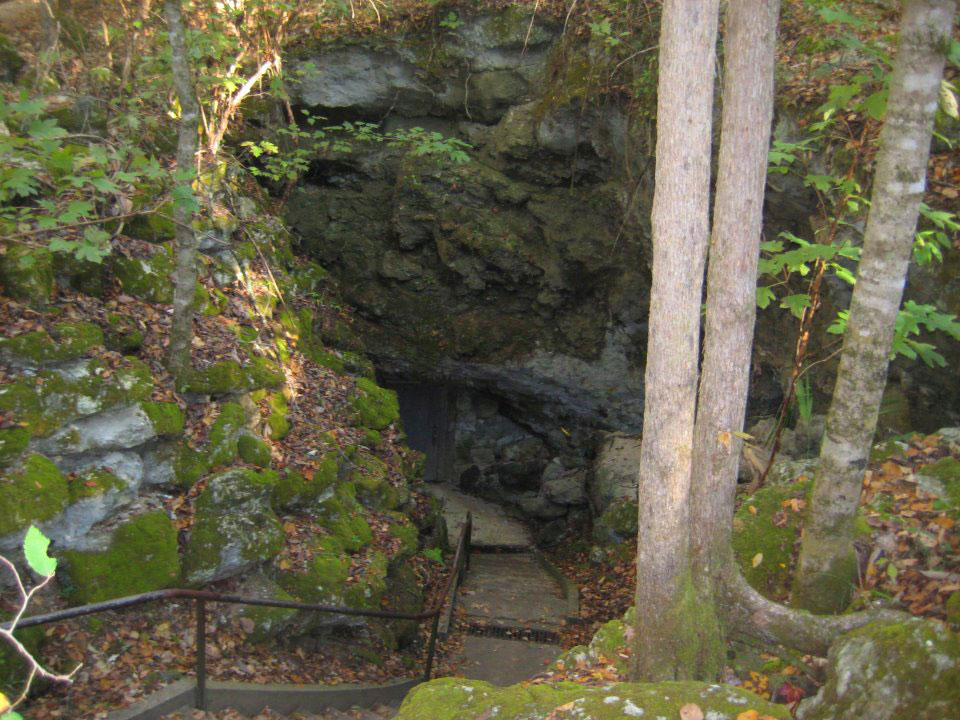
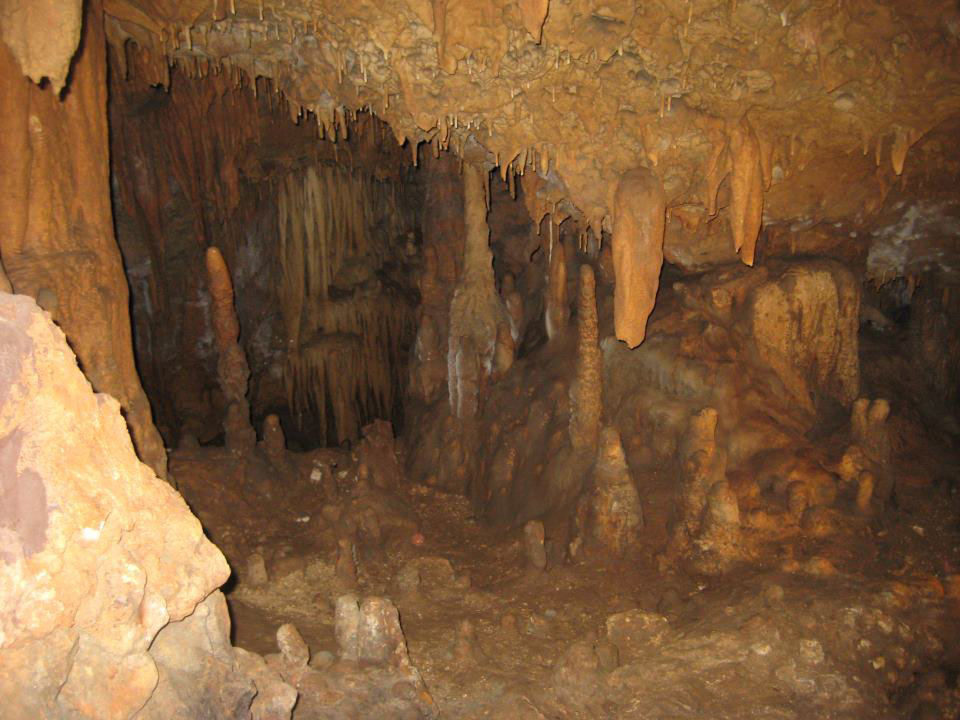
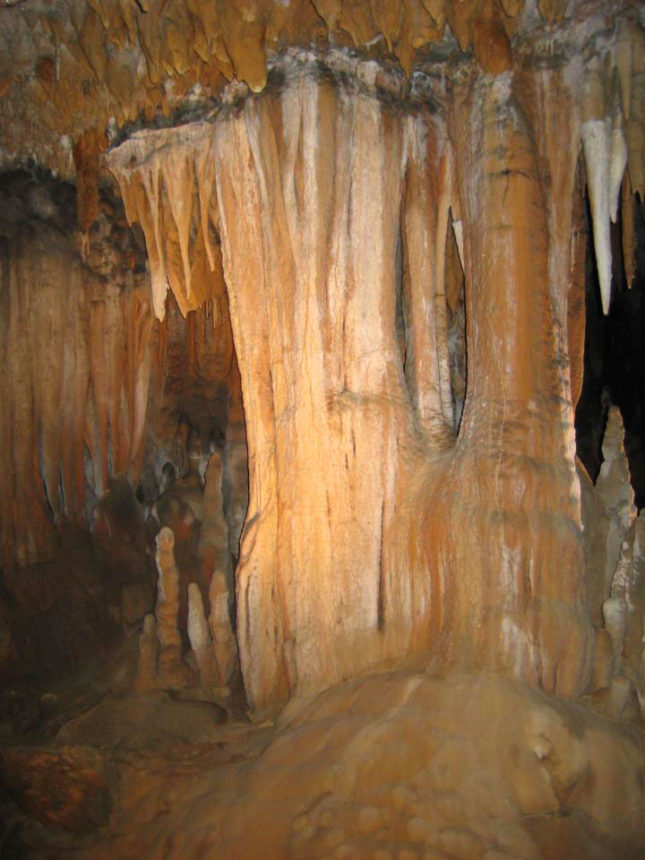
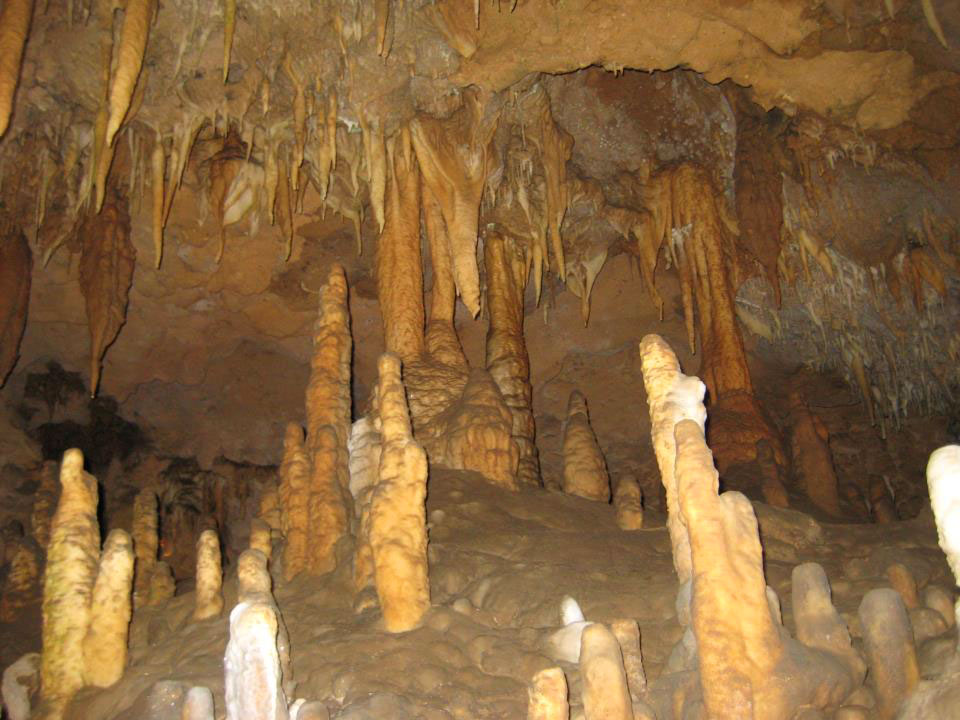
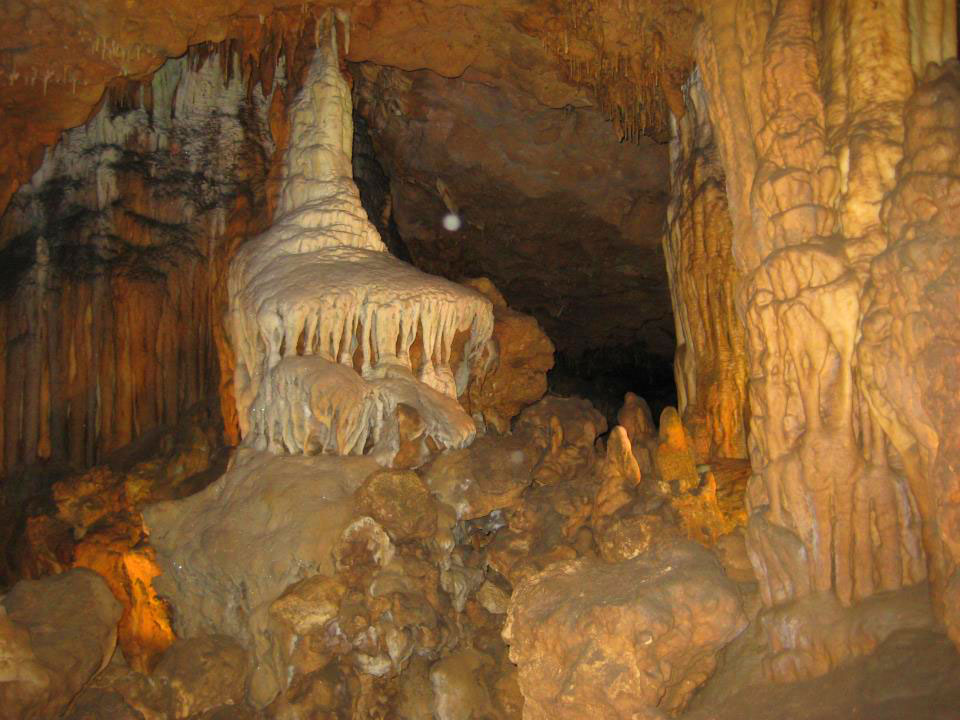
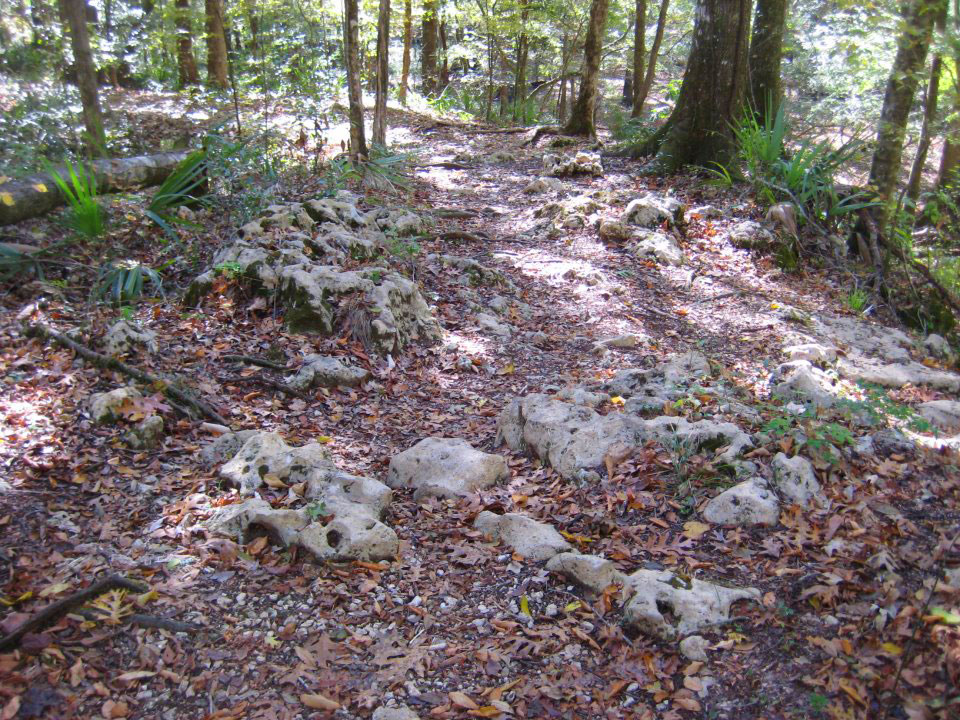
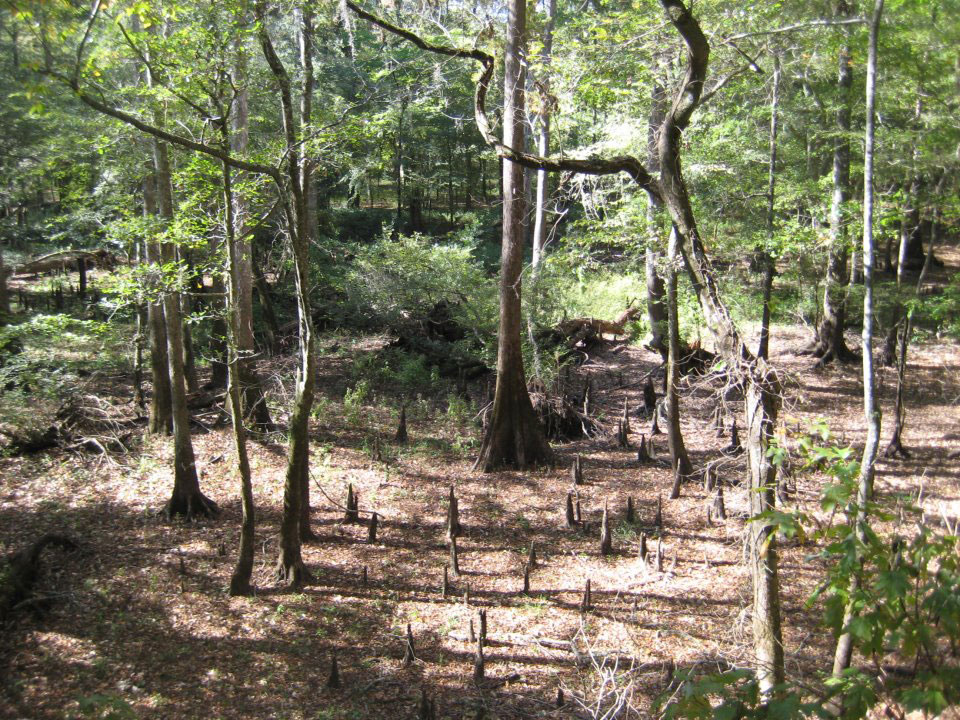
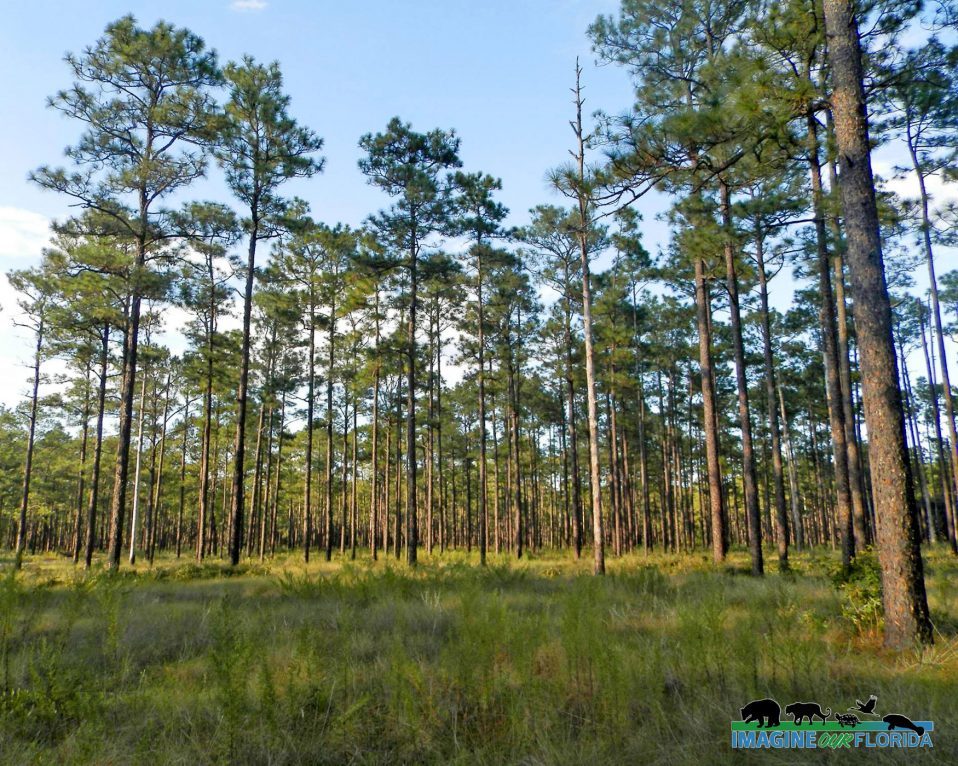
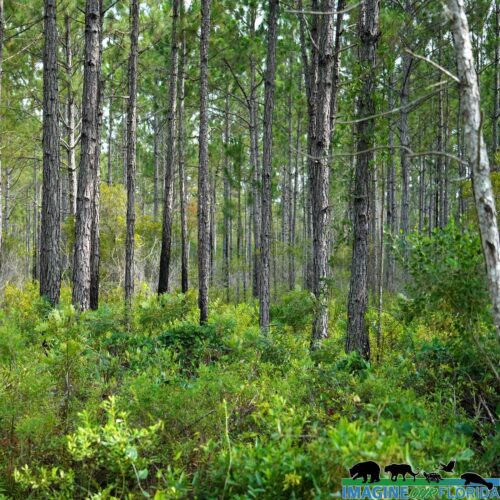
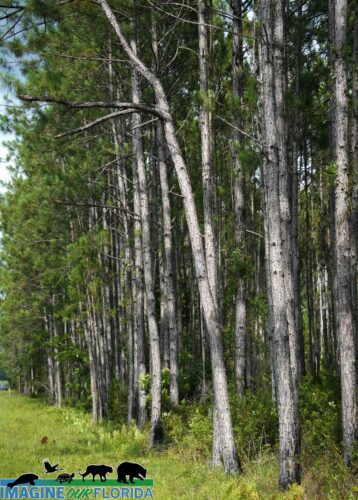
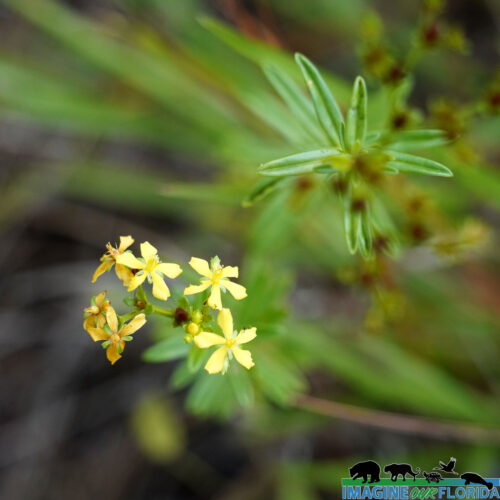
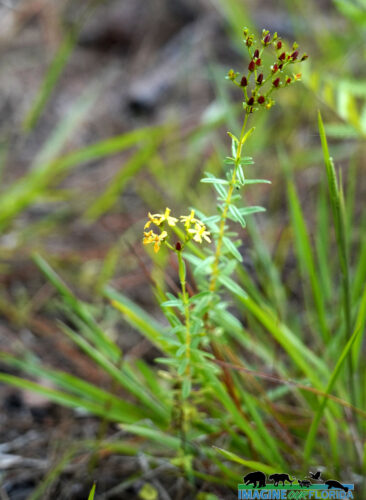
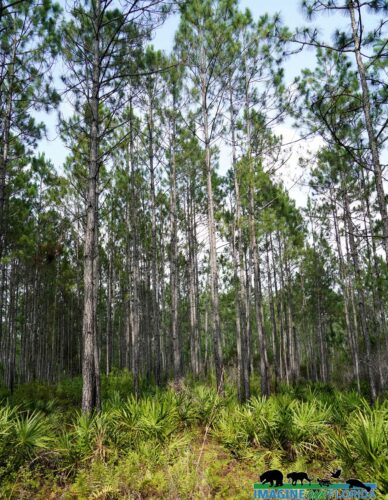
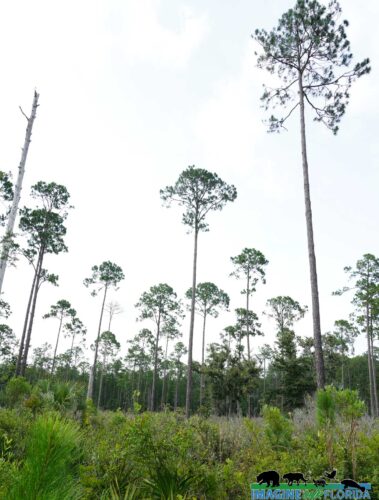
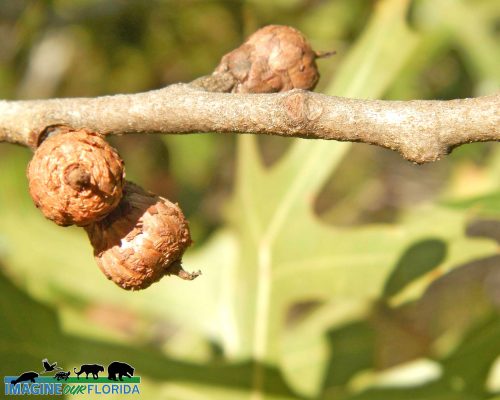
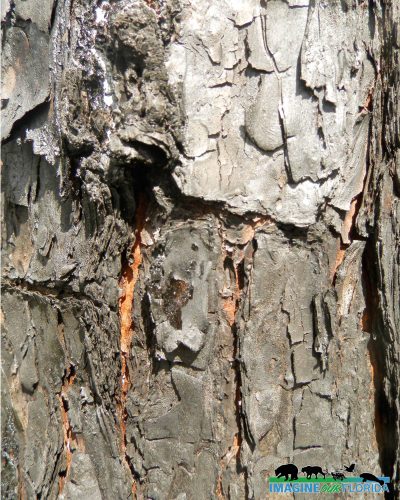
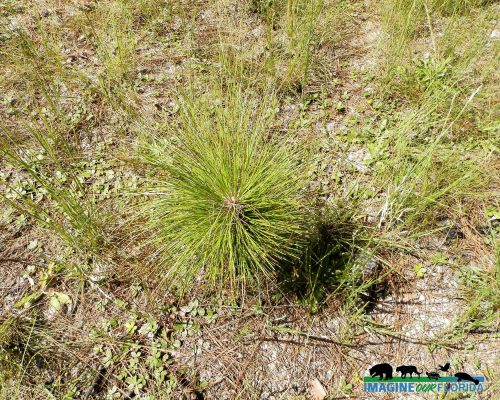
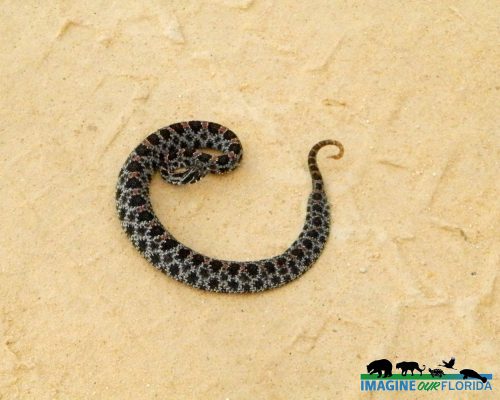

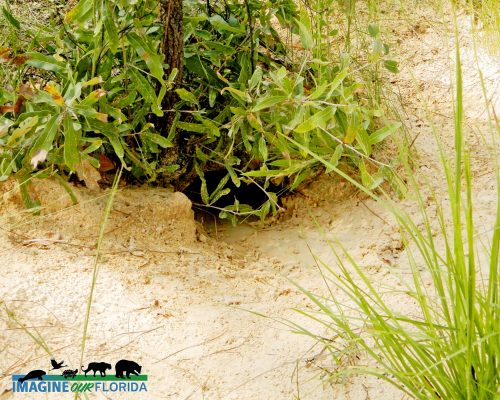
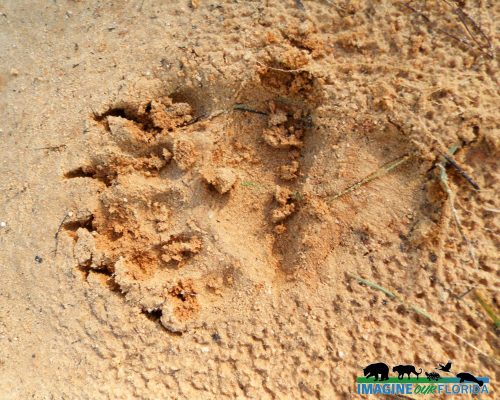
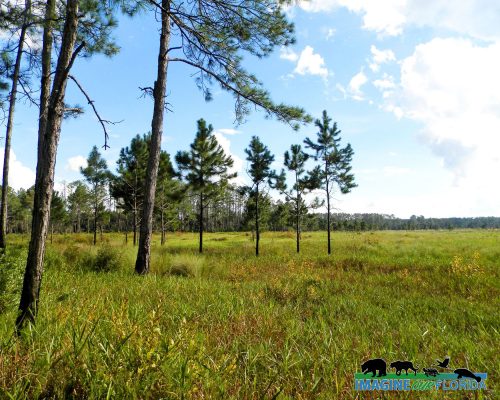
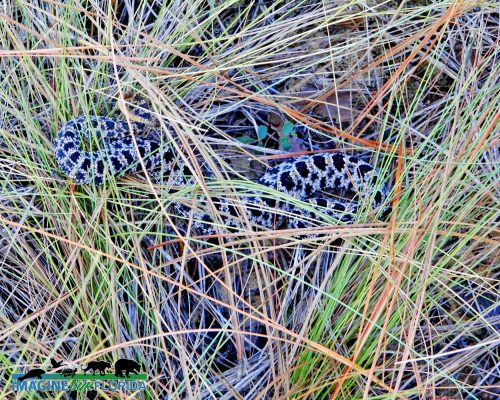
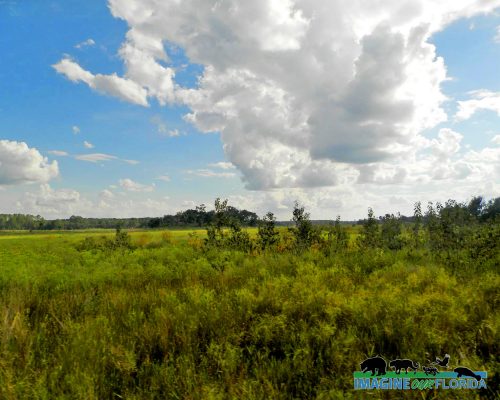
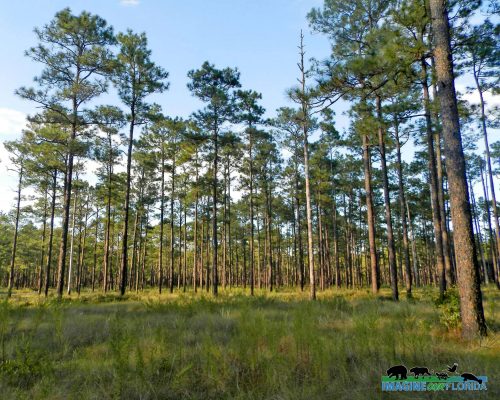
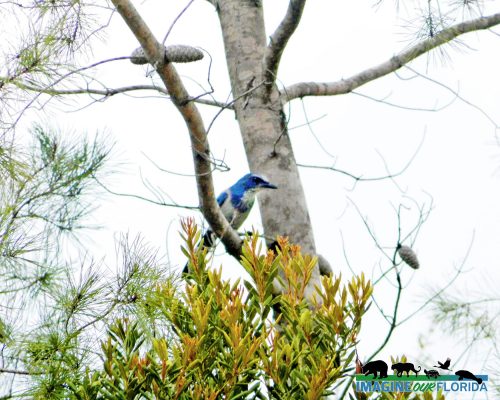
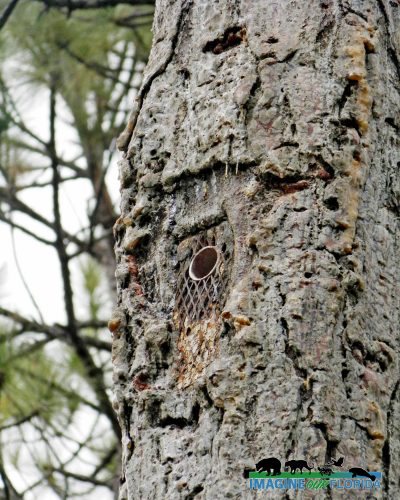

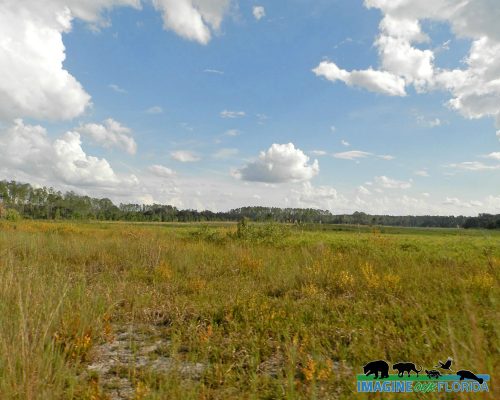
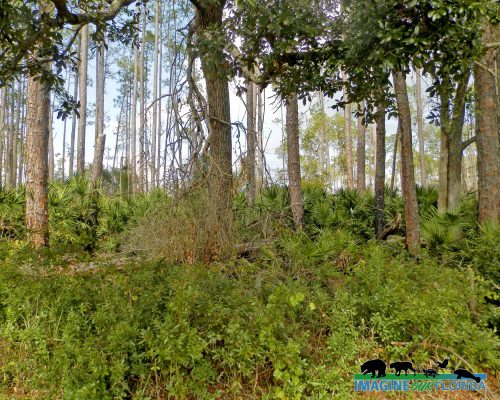

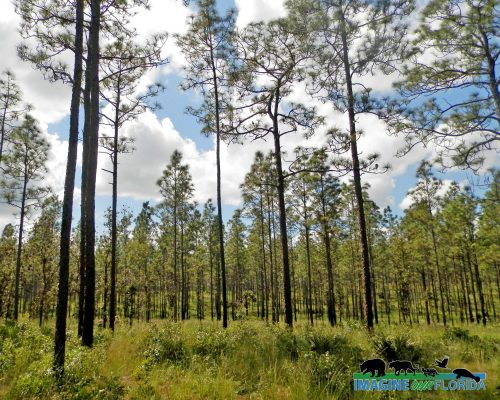
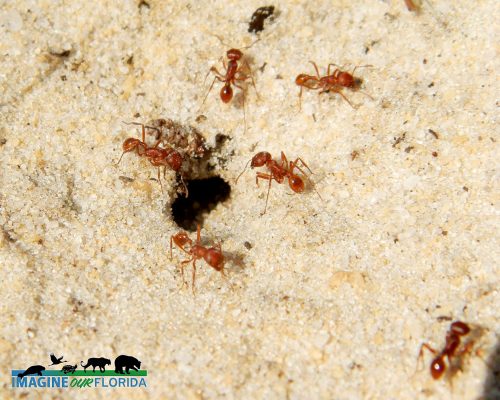
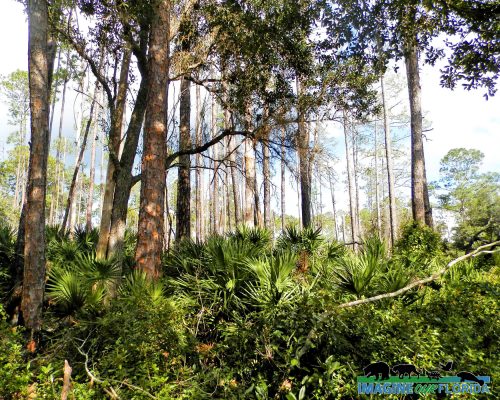
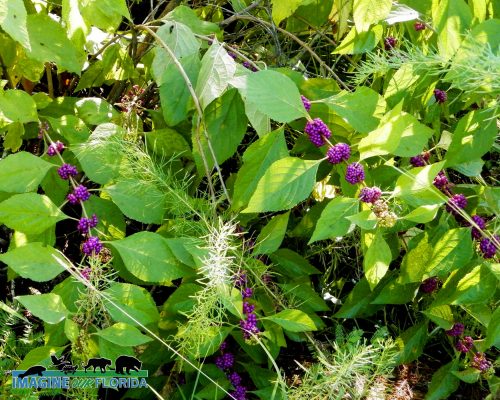
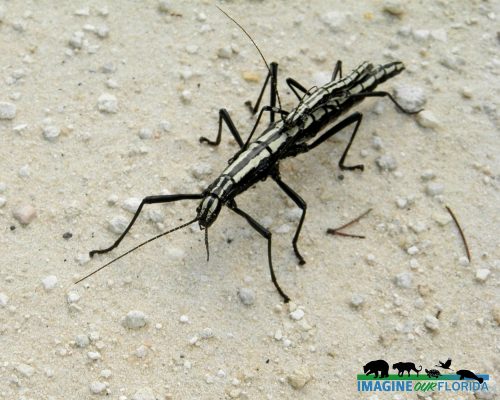
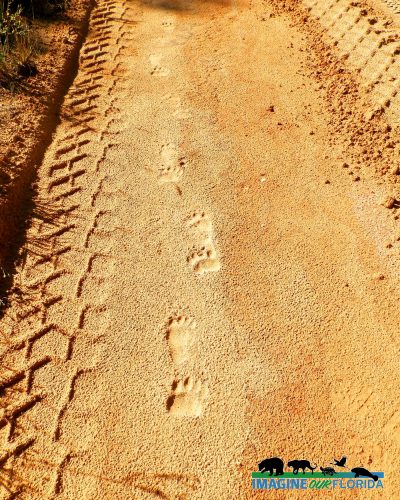
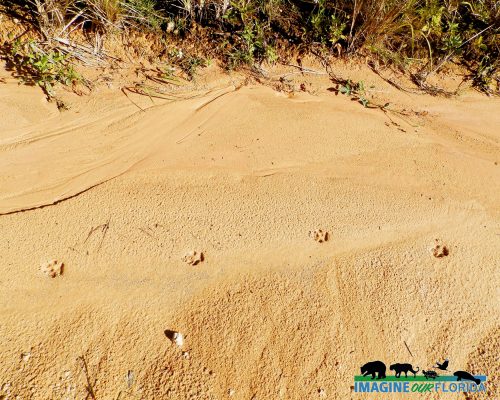
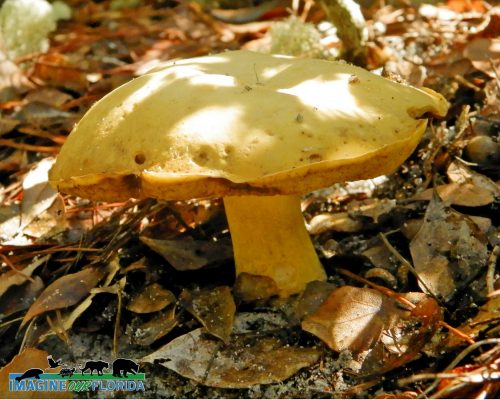

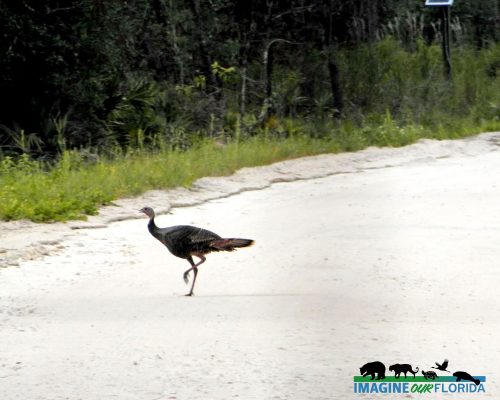

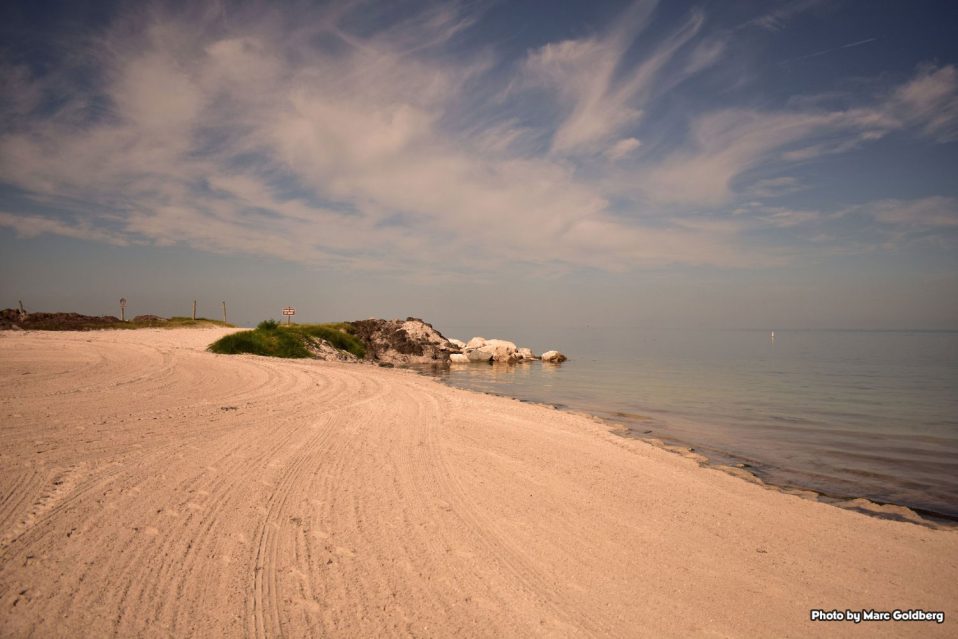
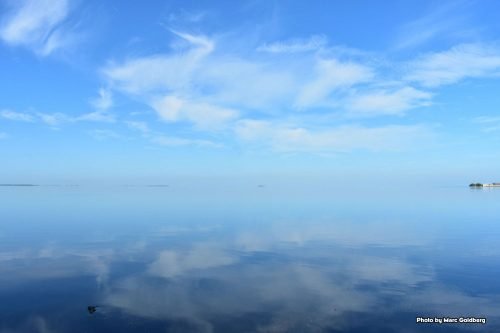
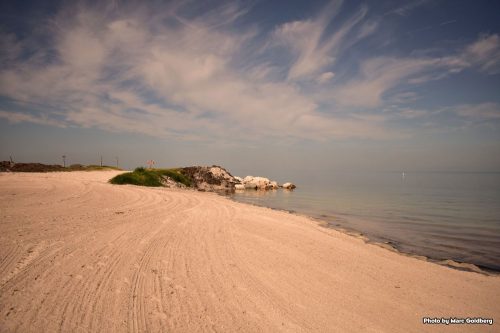
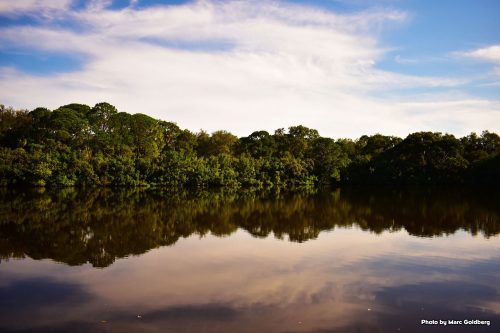

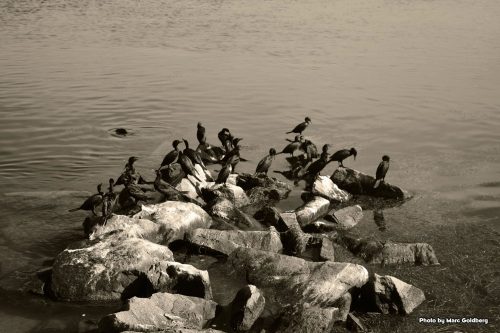
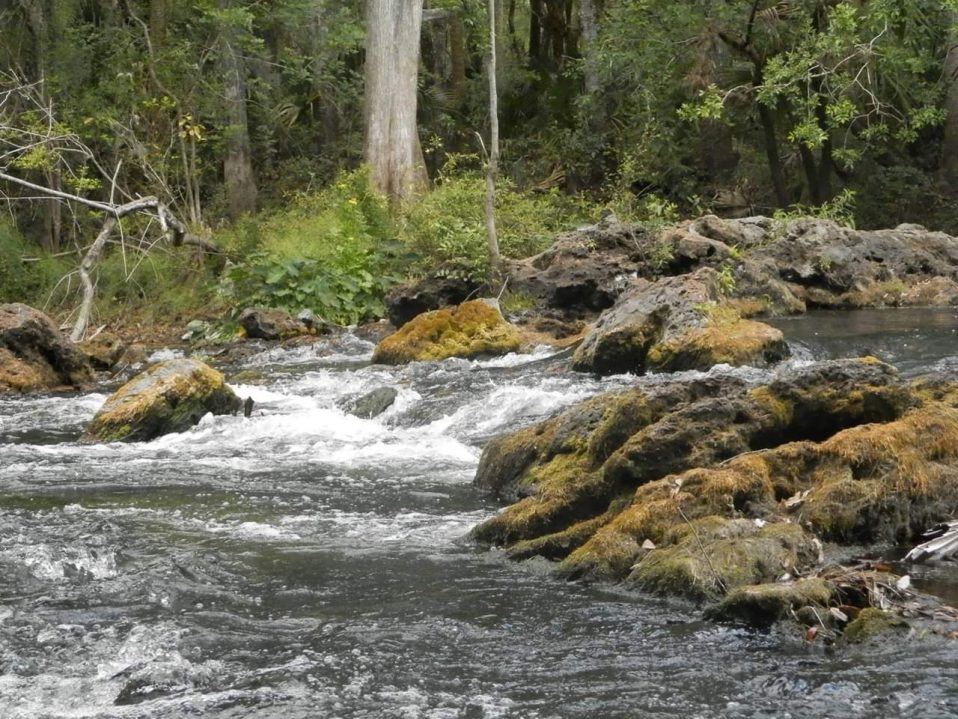
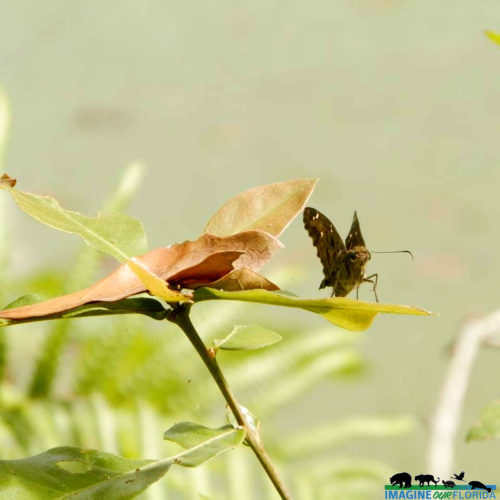
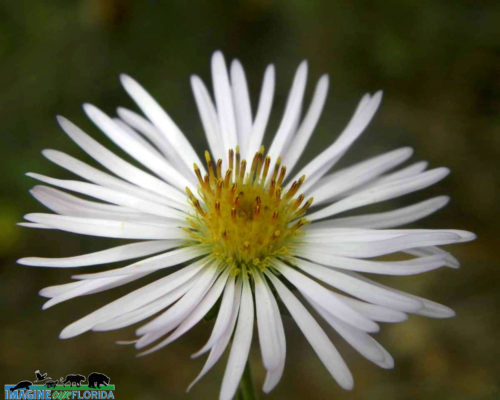
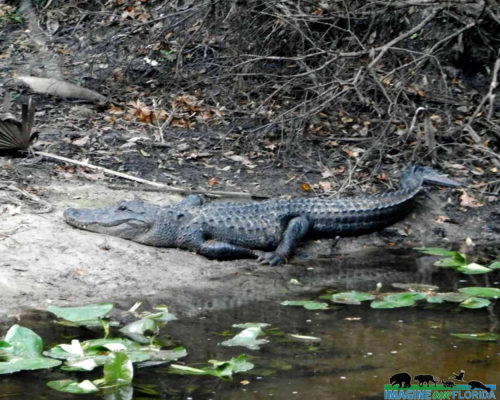
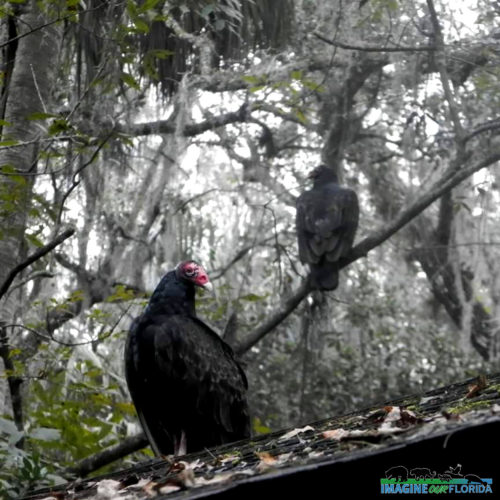
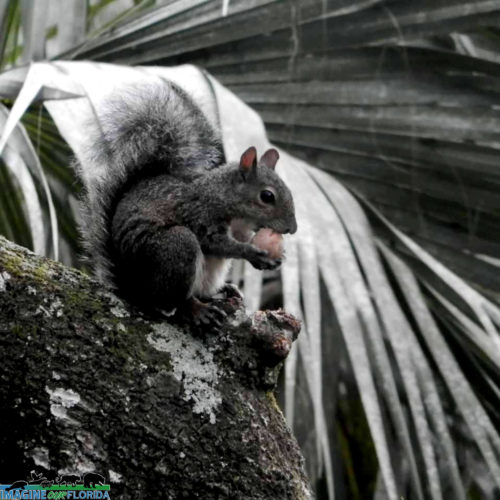
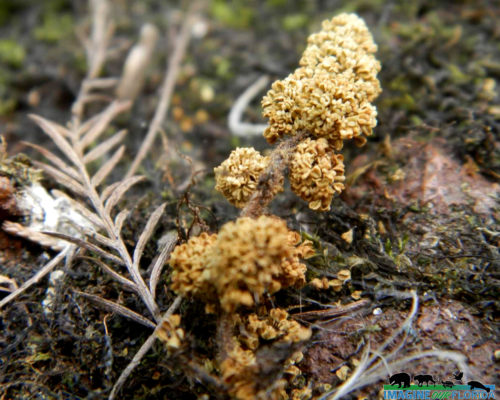
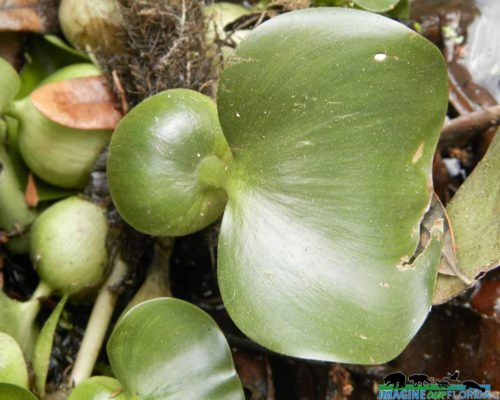
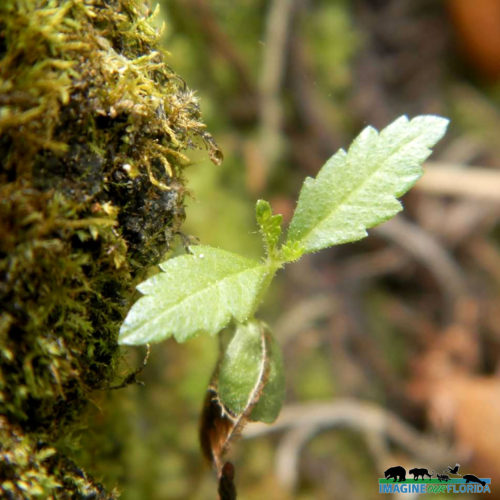
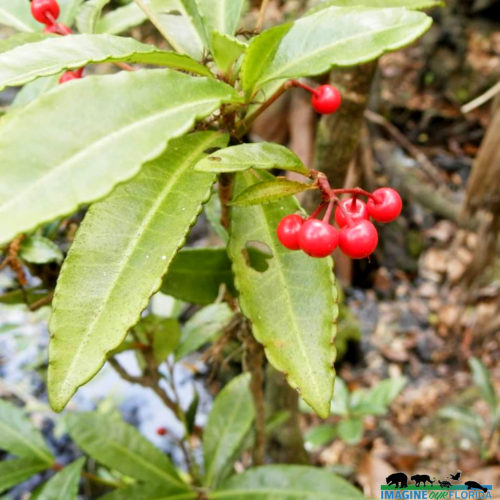
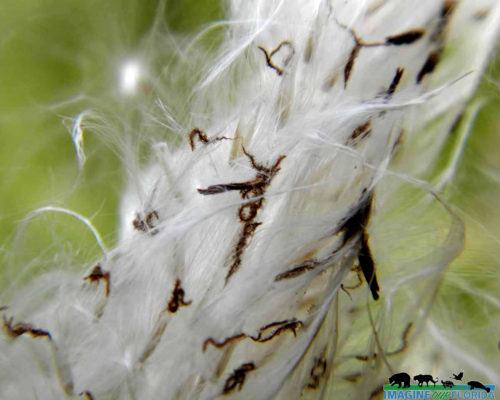
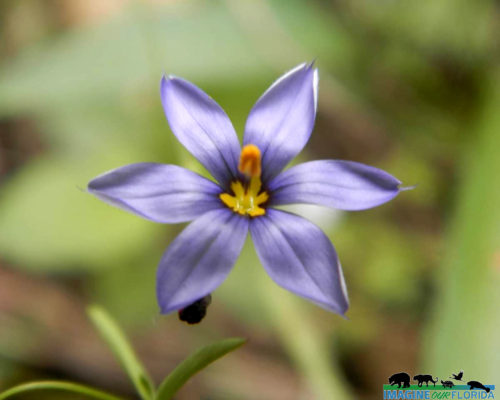
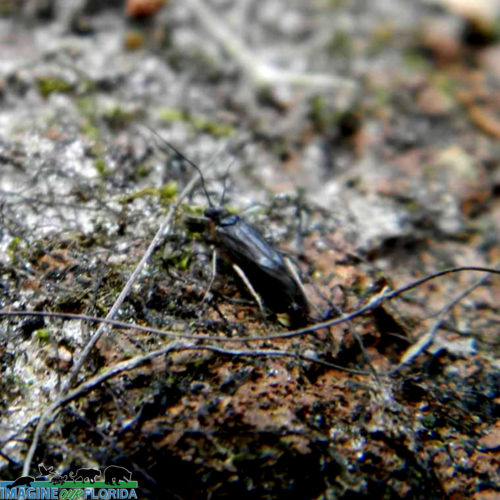
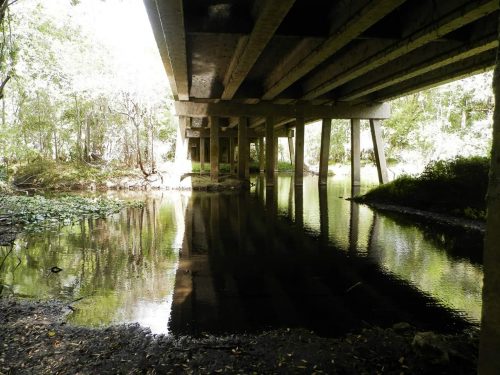
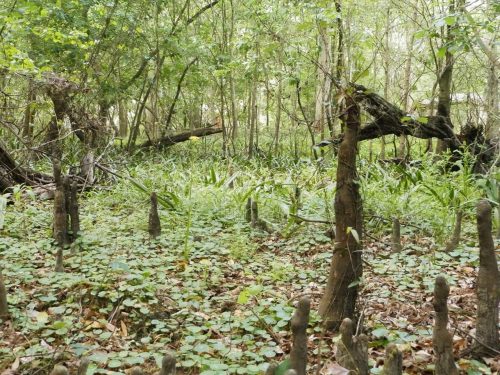


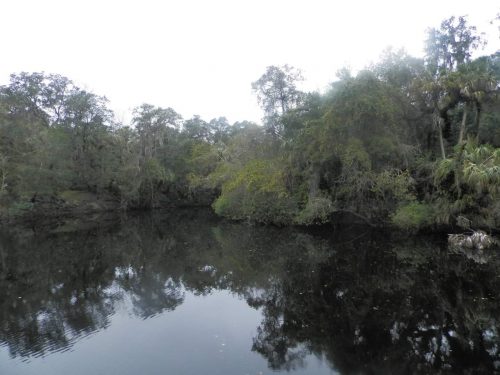
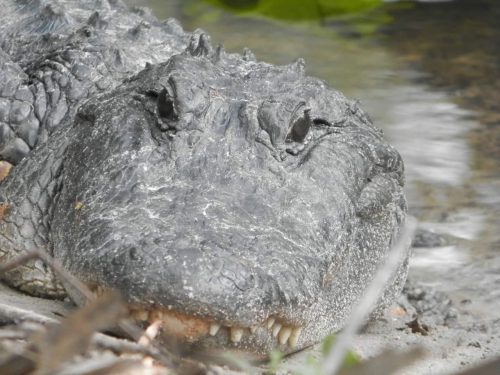
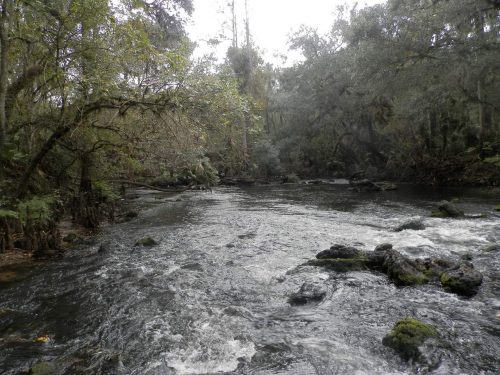
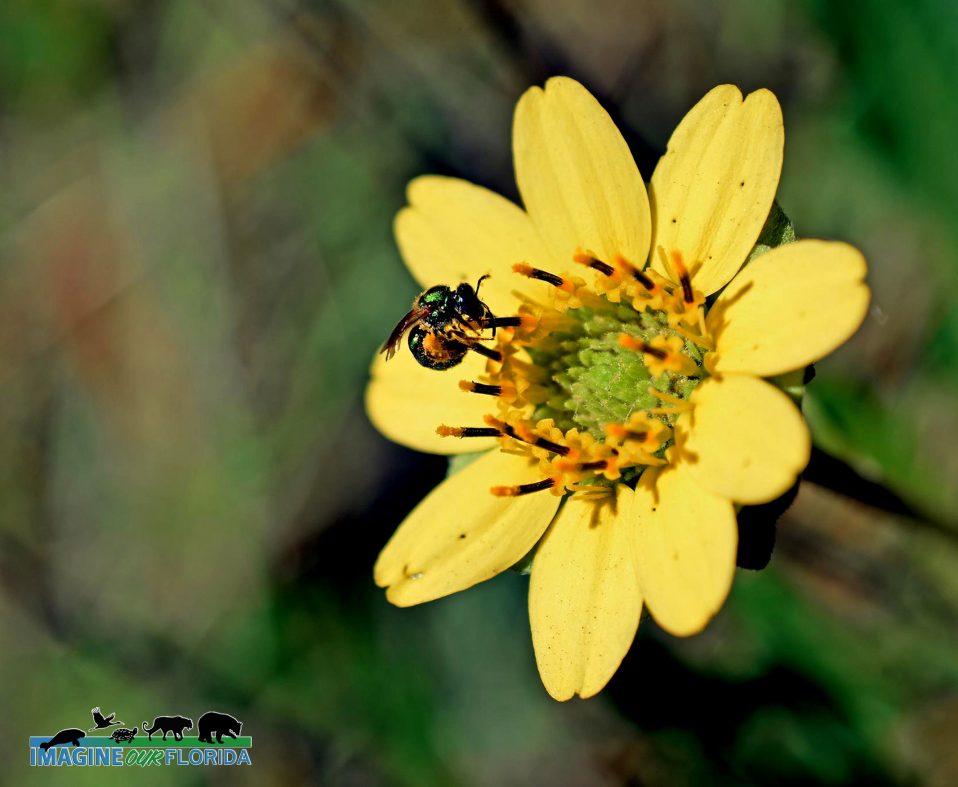
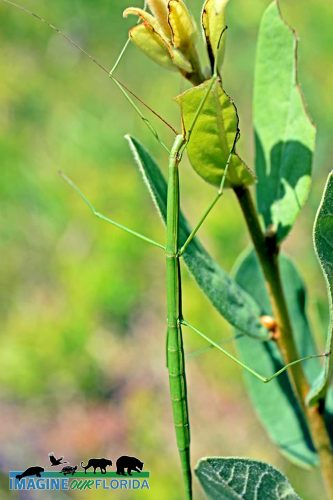
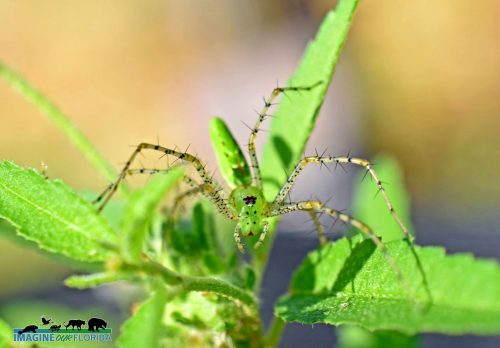
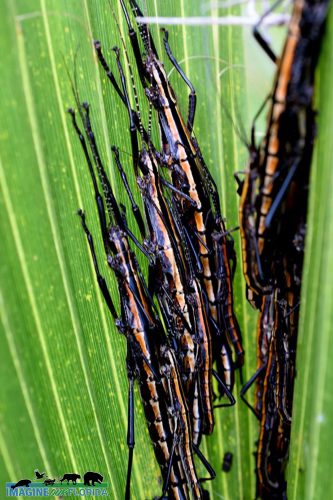
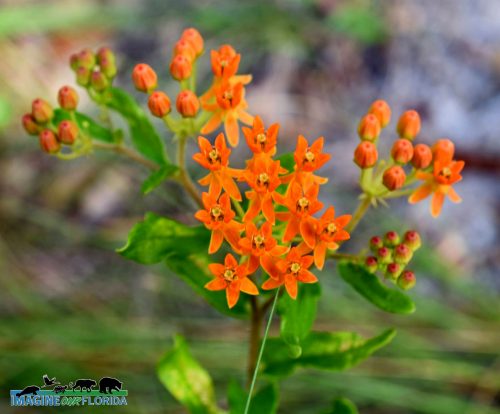

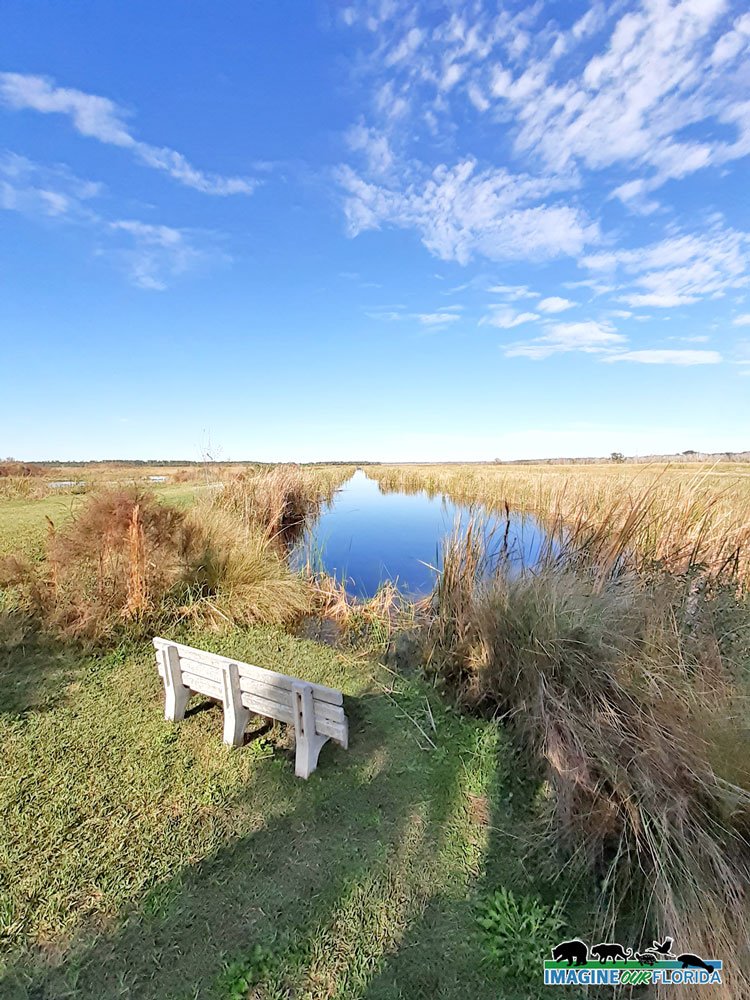
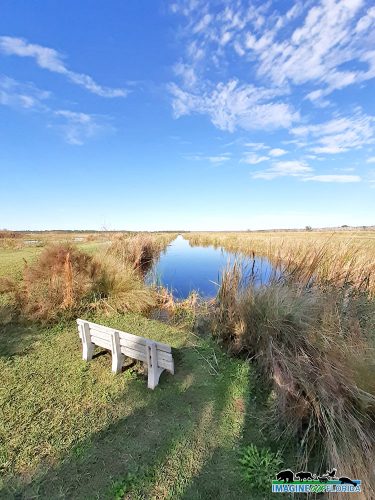
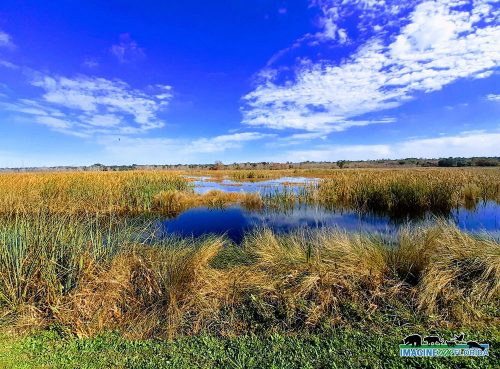

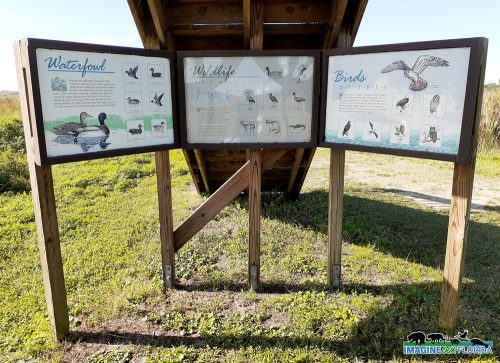
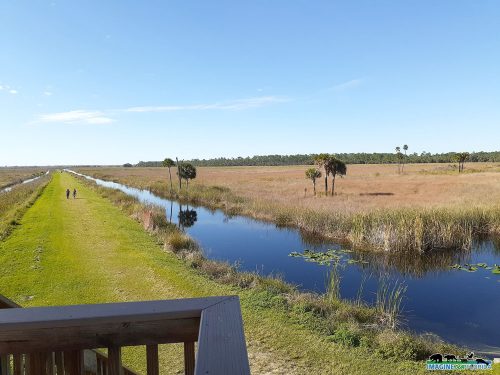
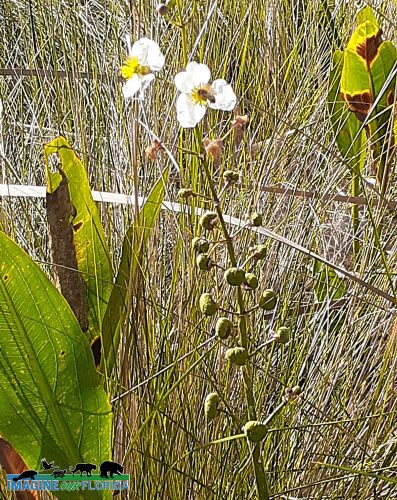
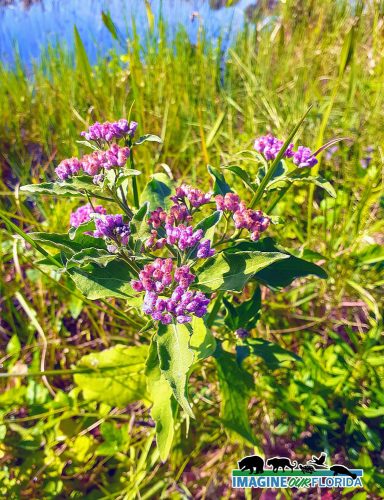
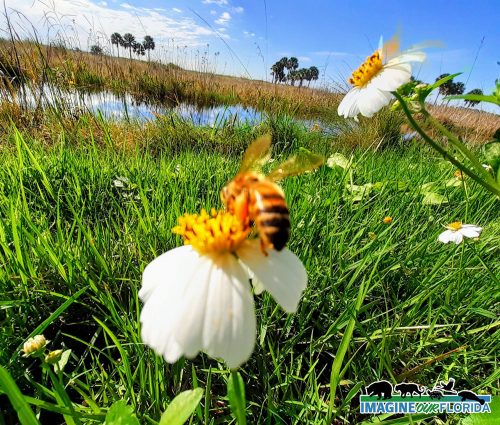
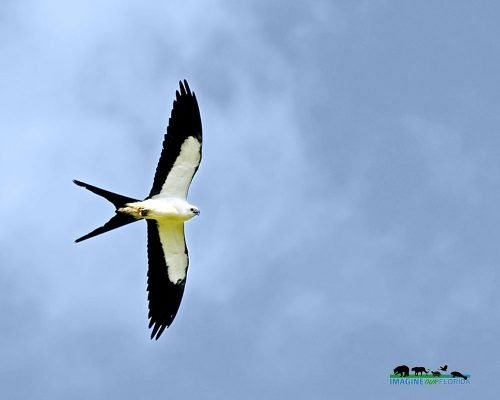
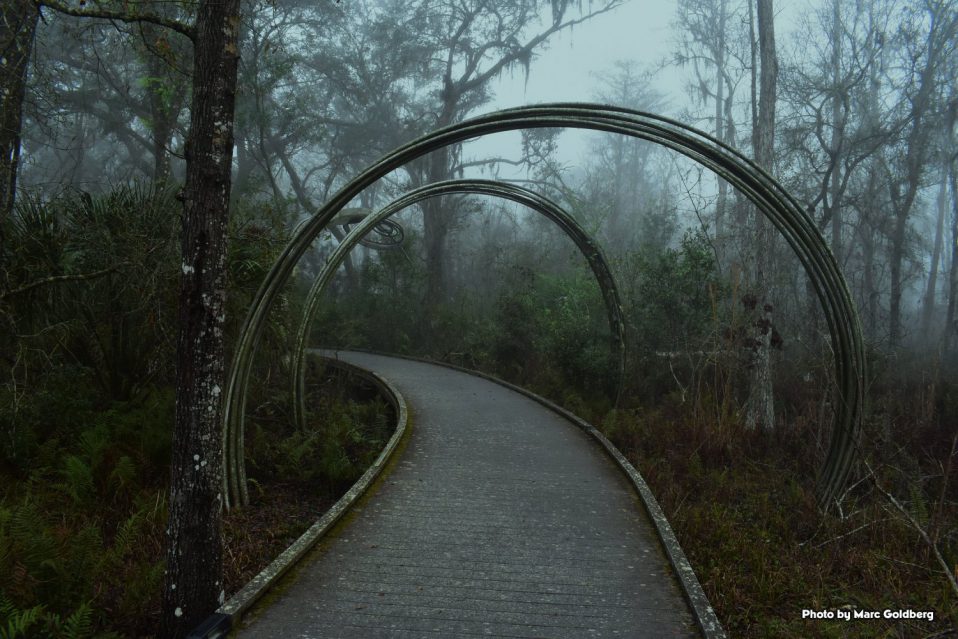
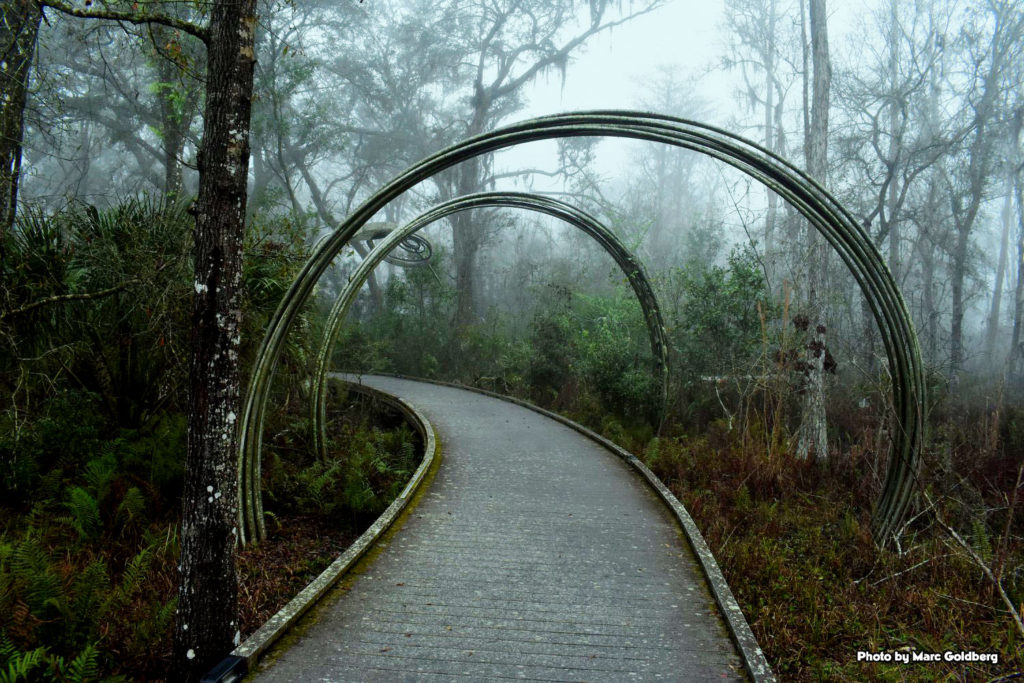
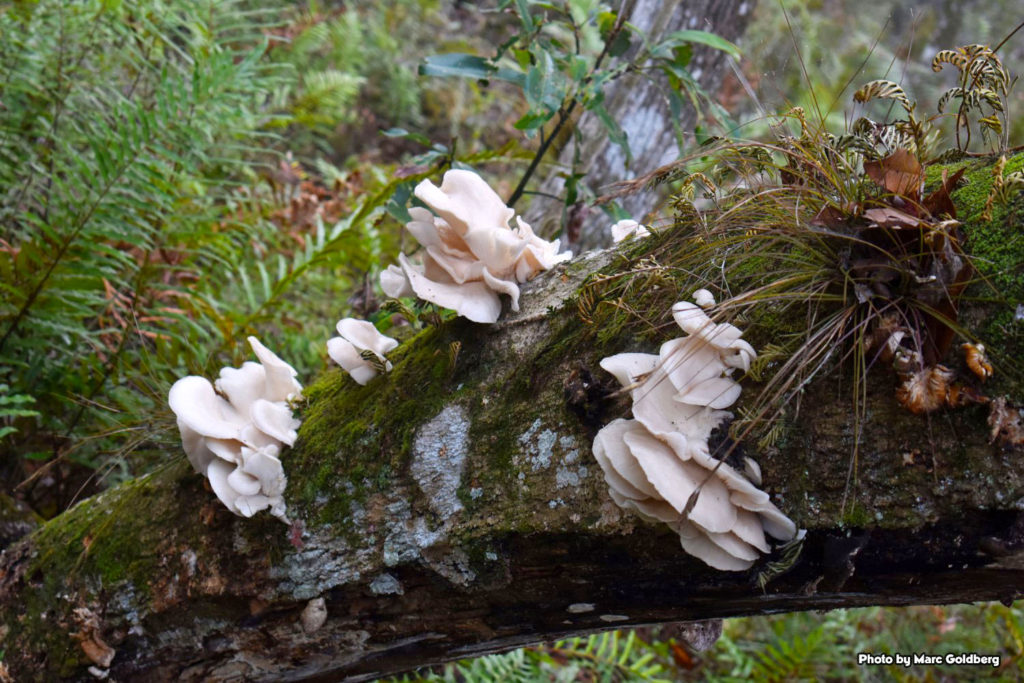
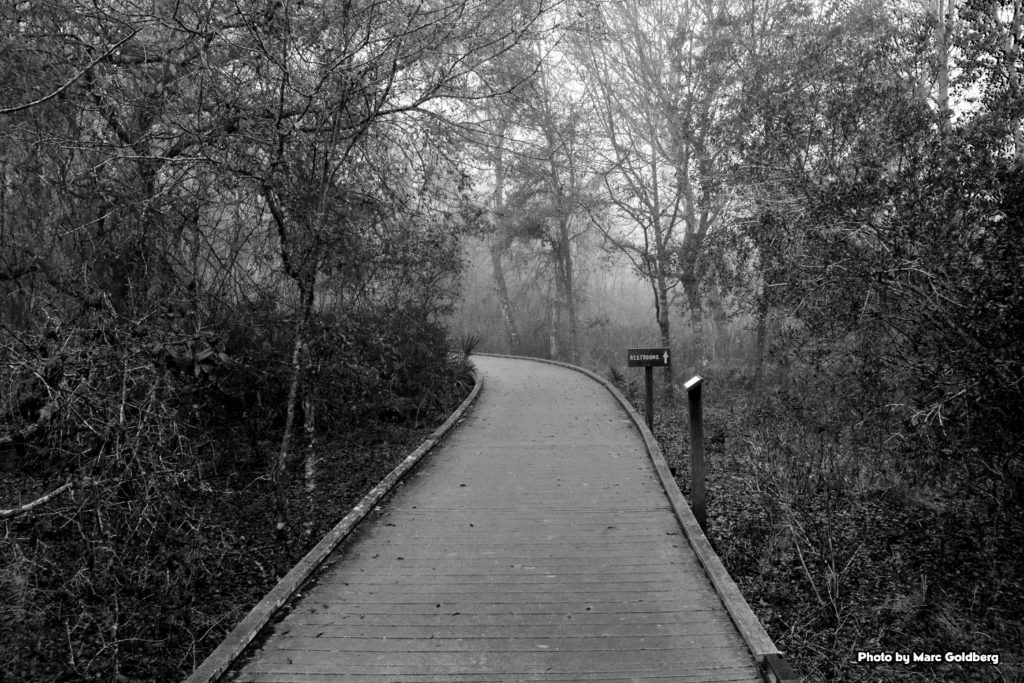
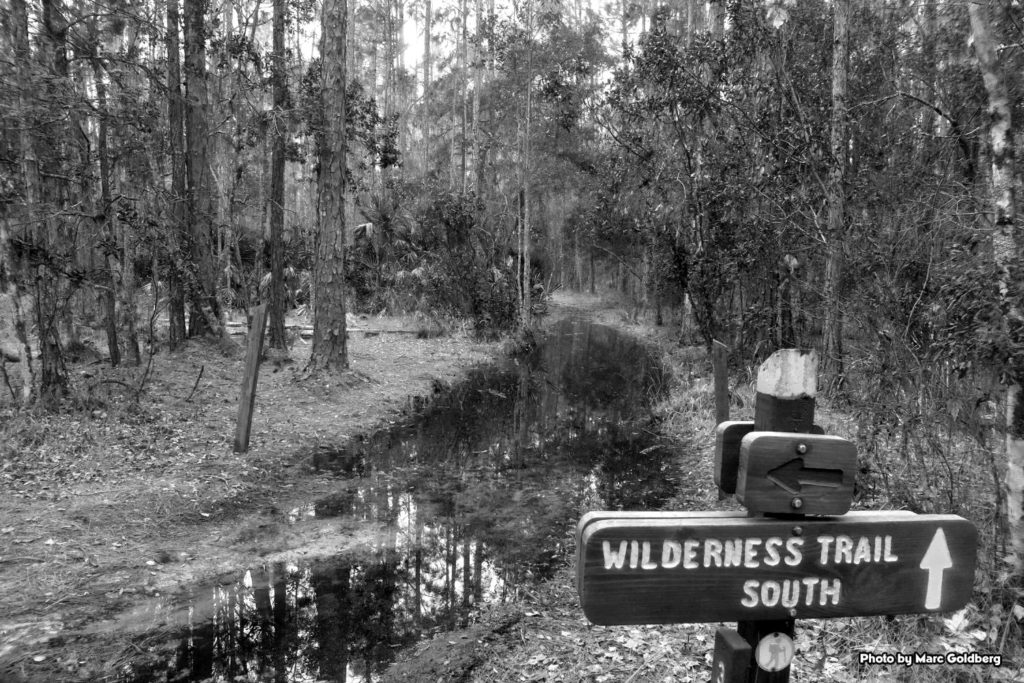
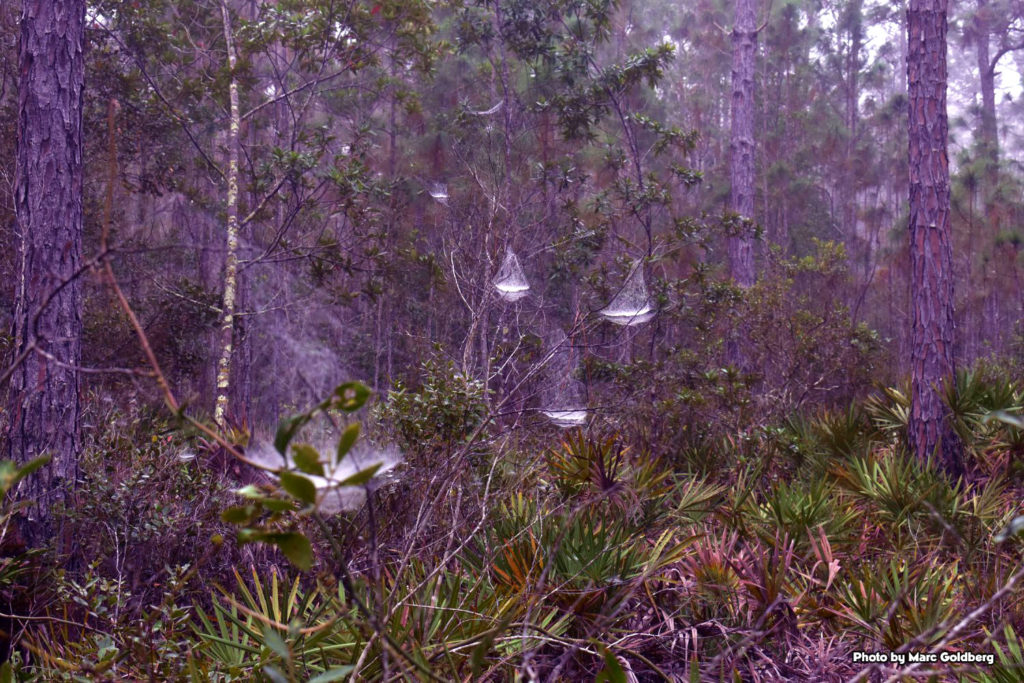
Recent Comments